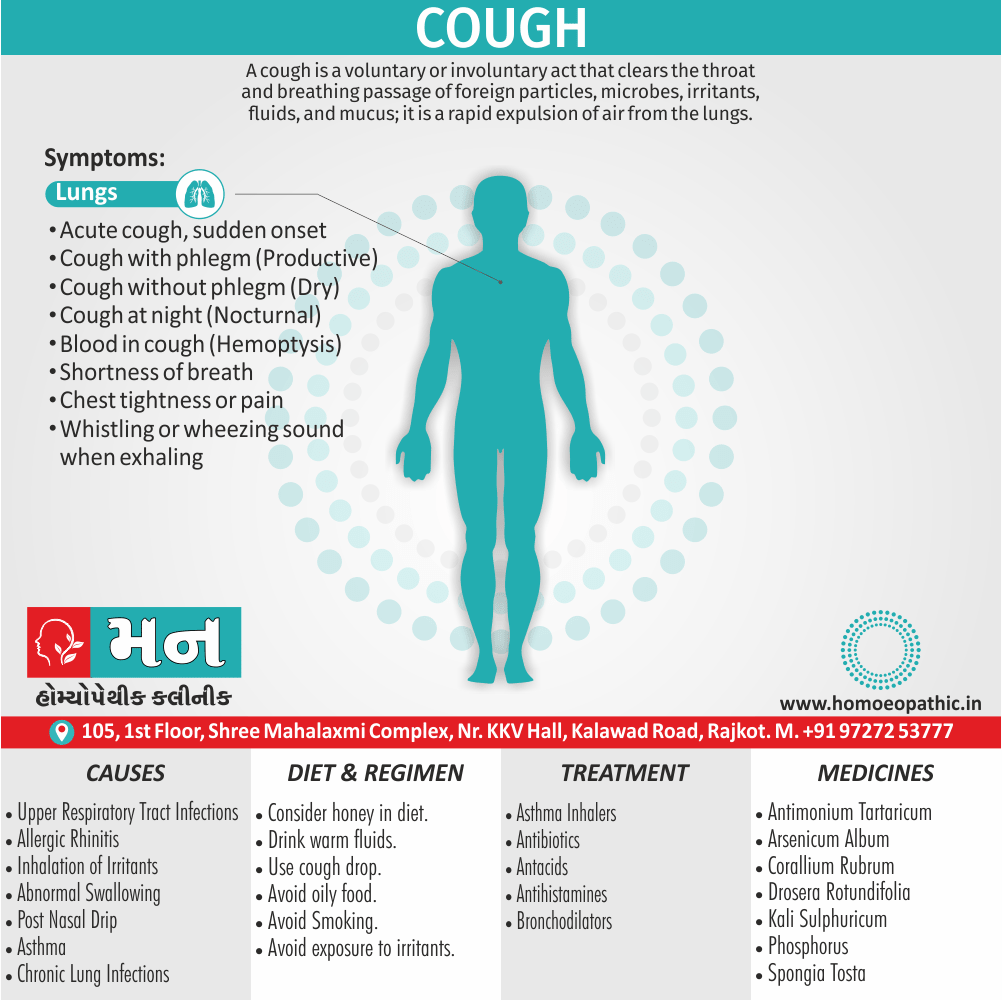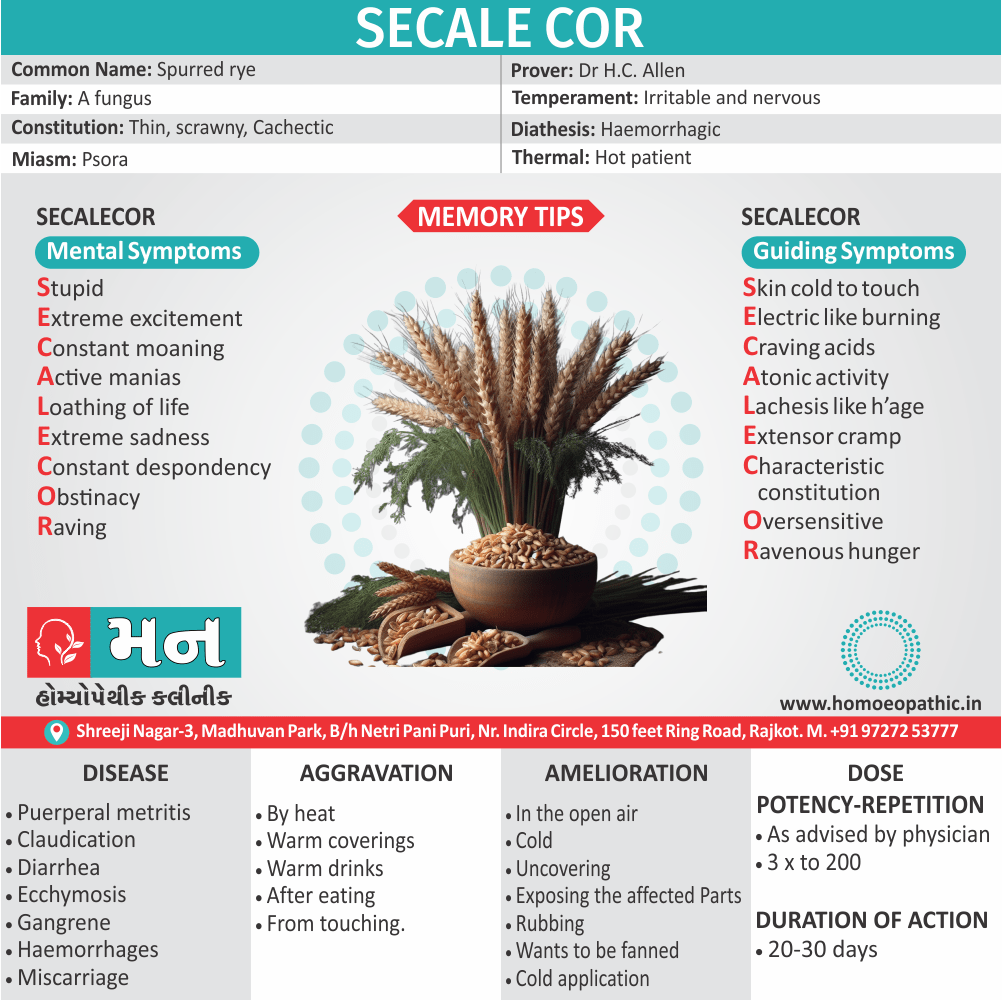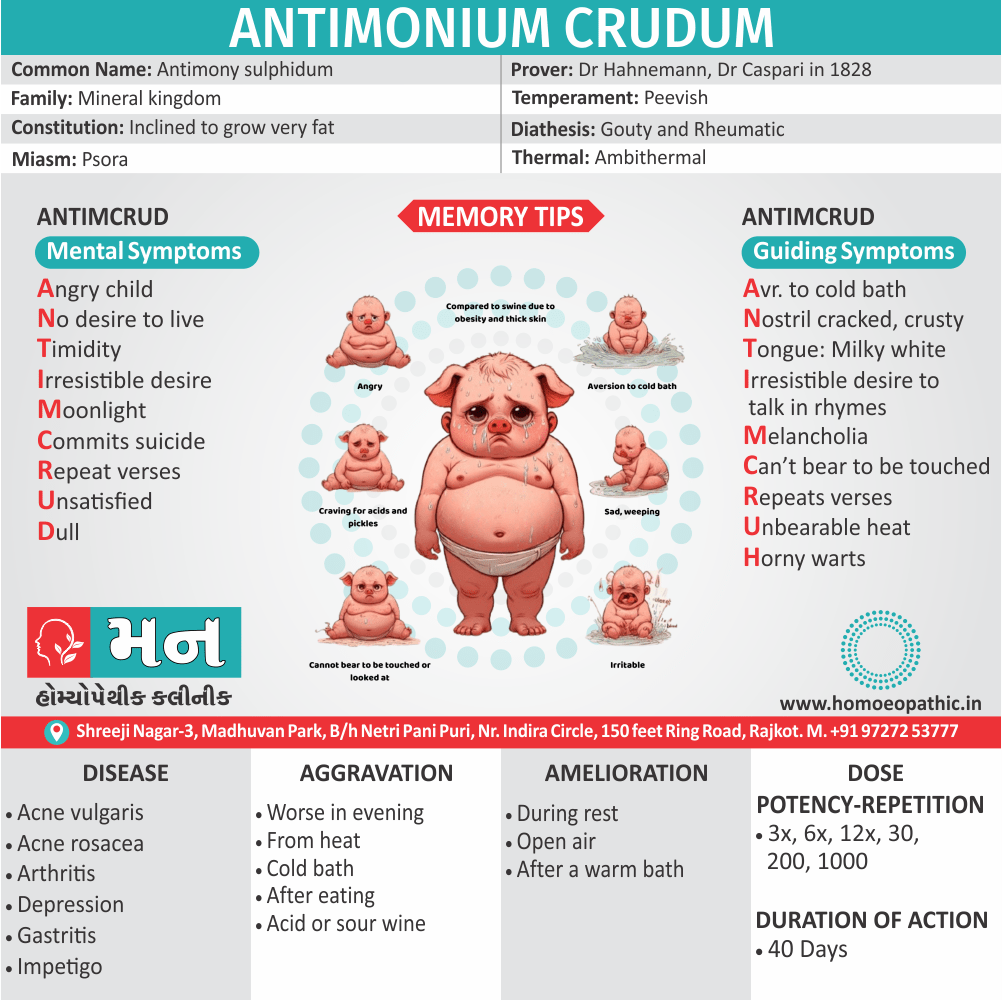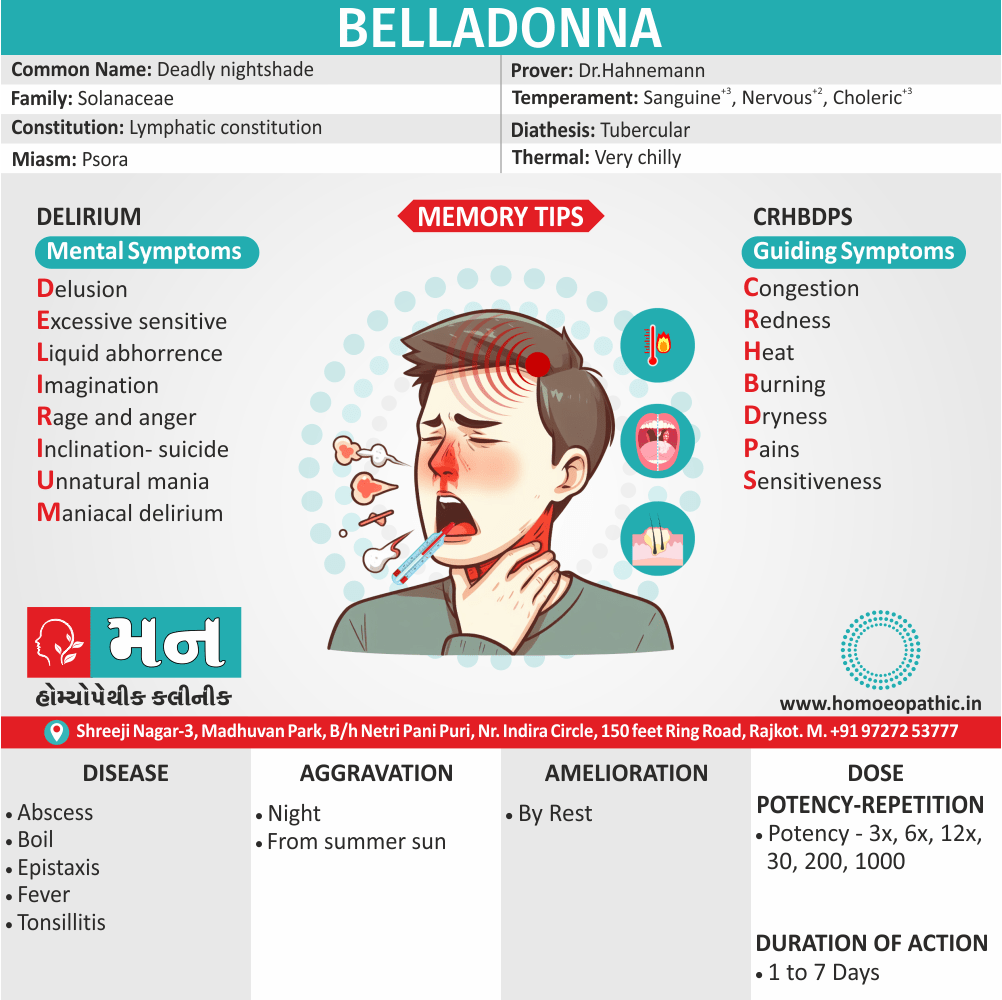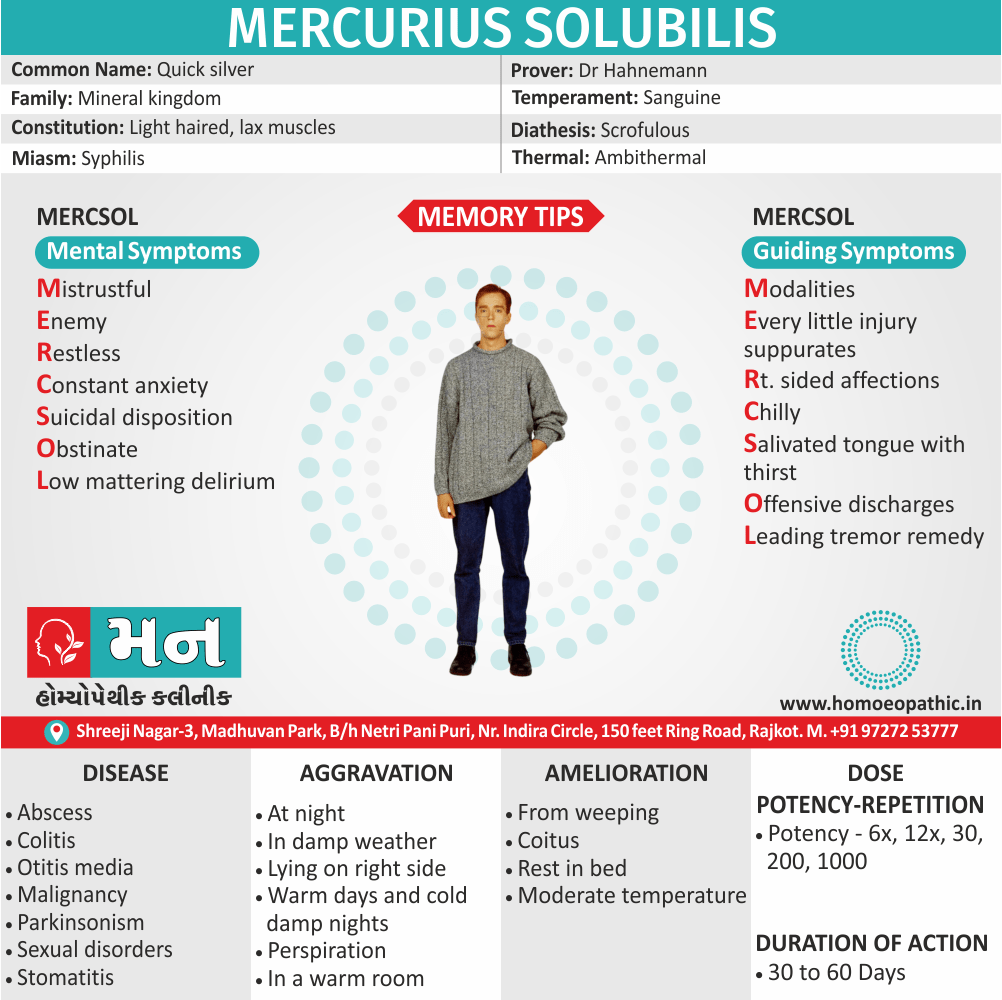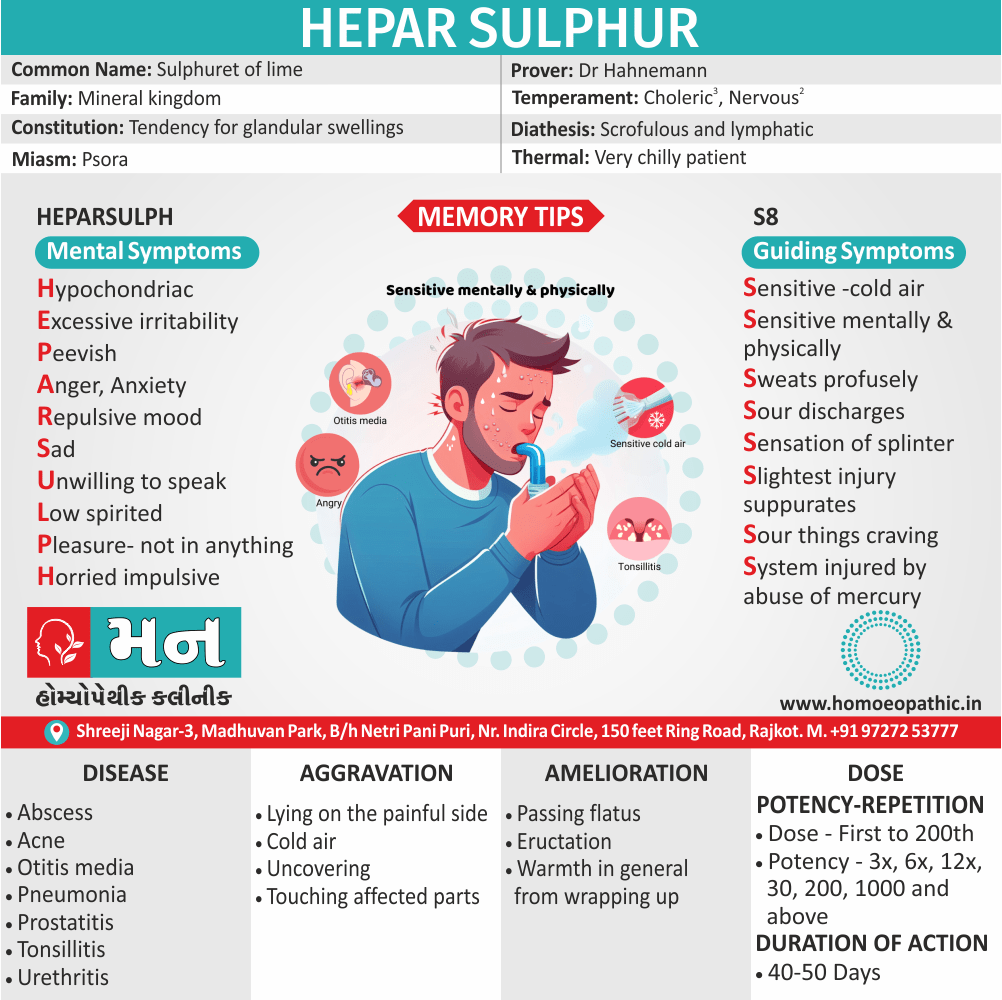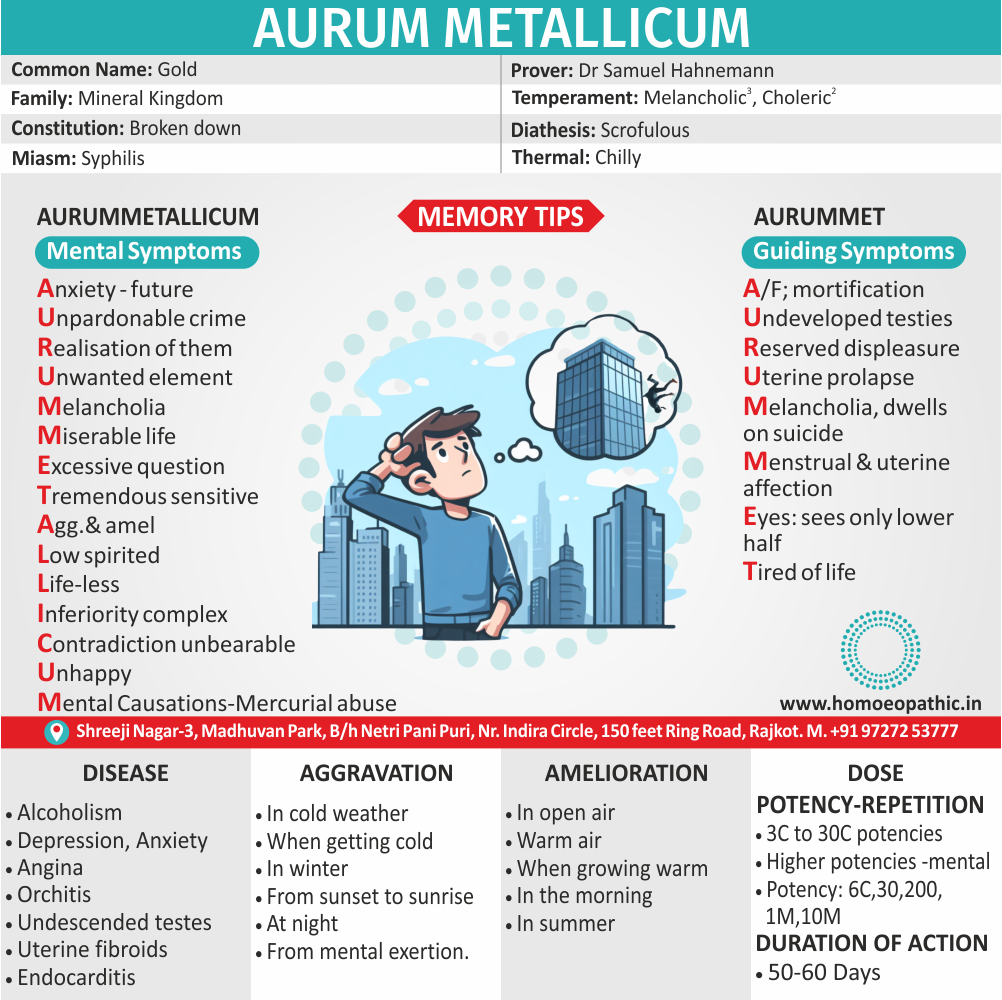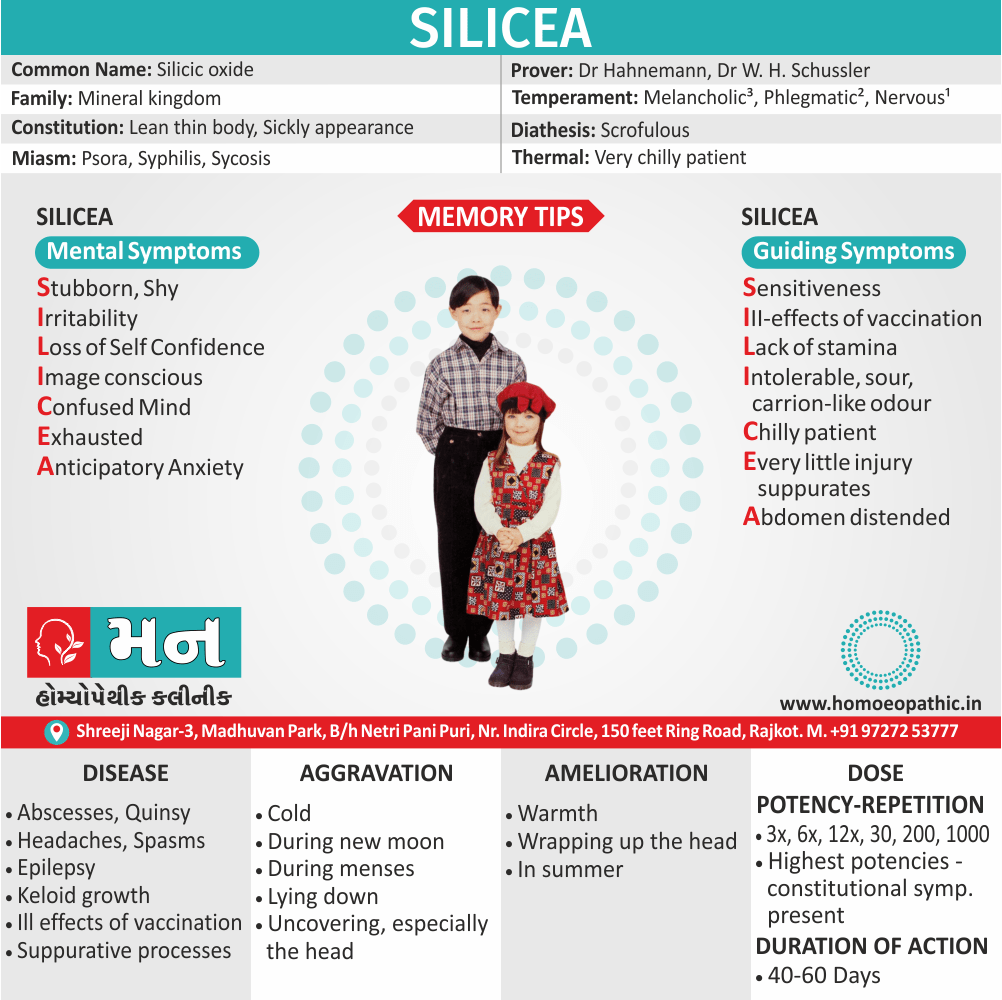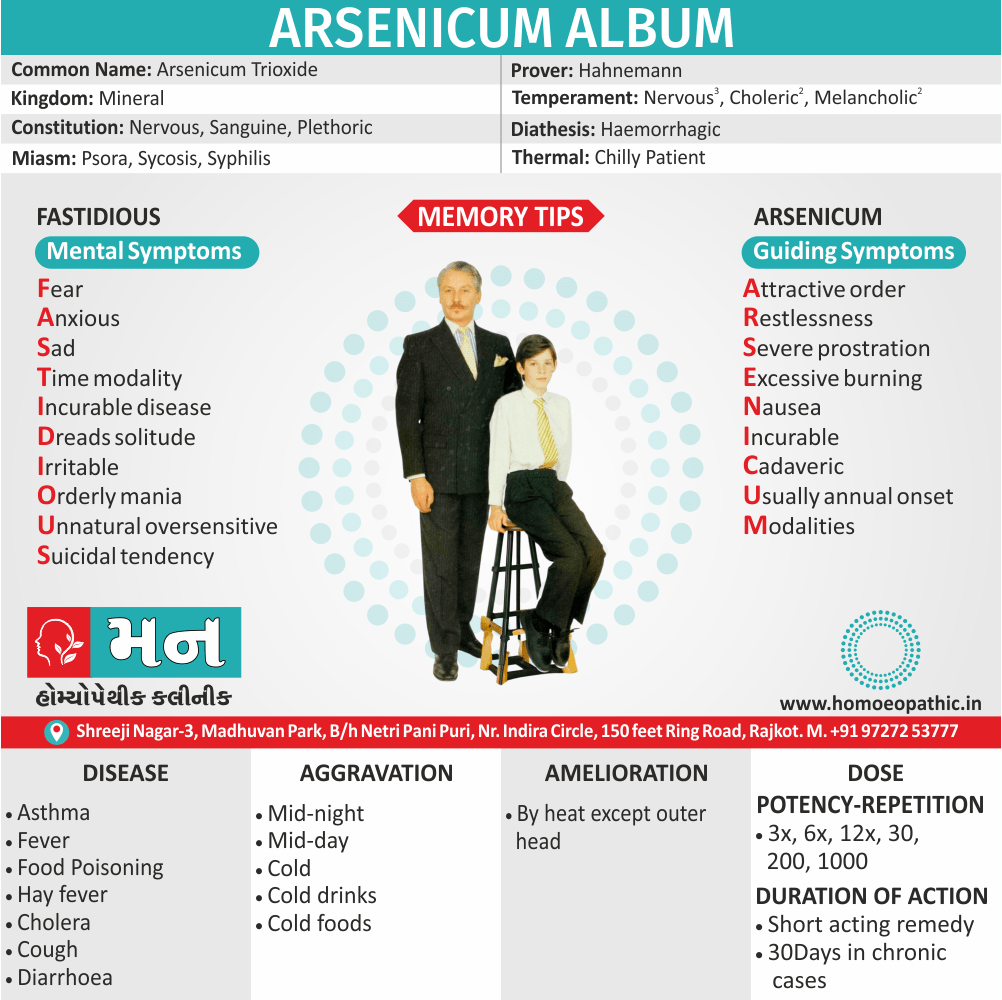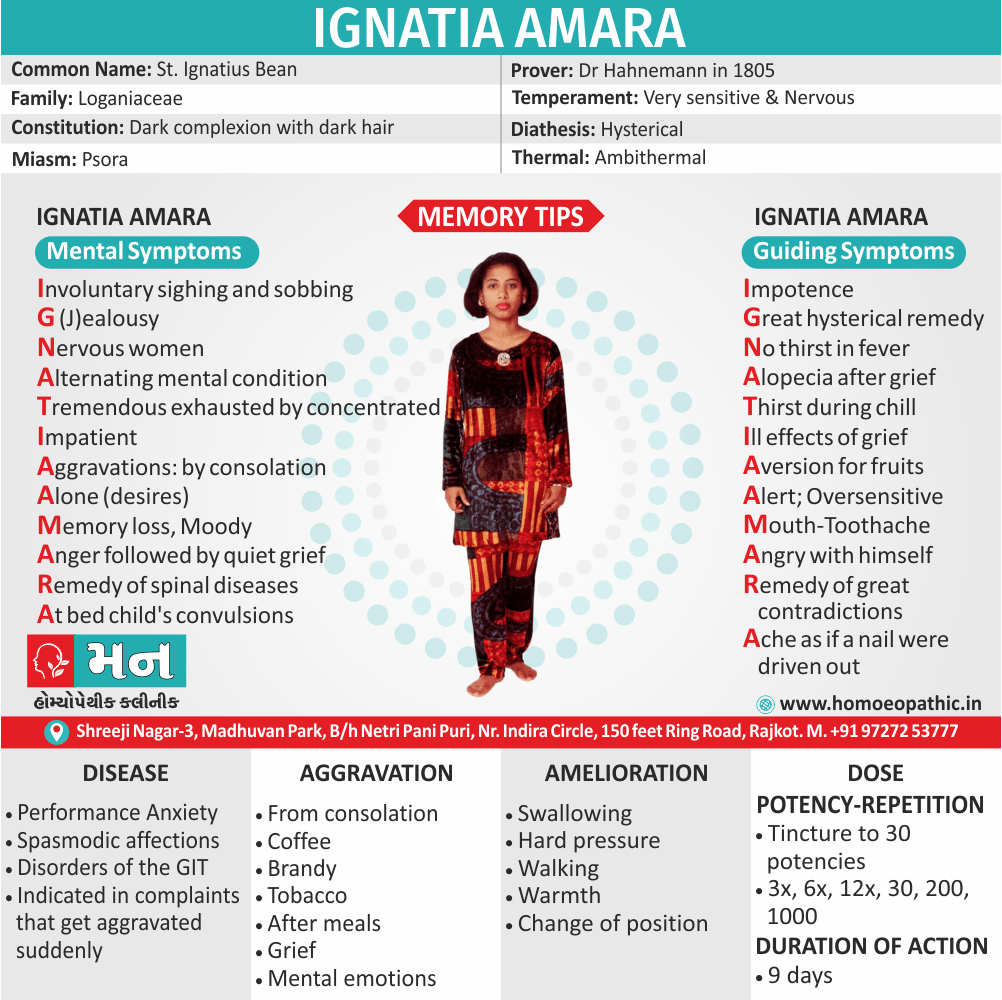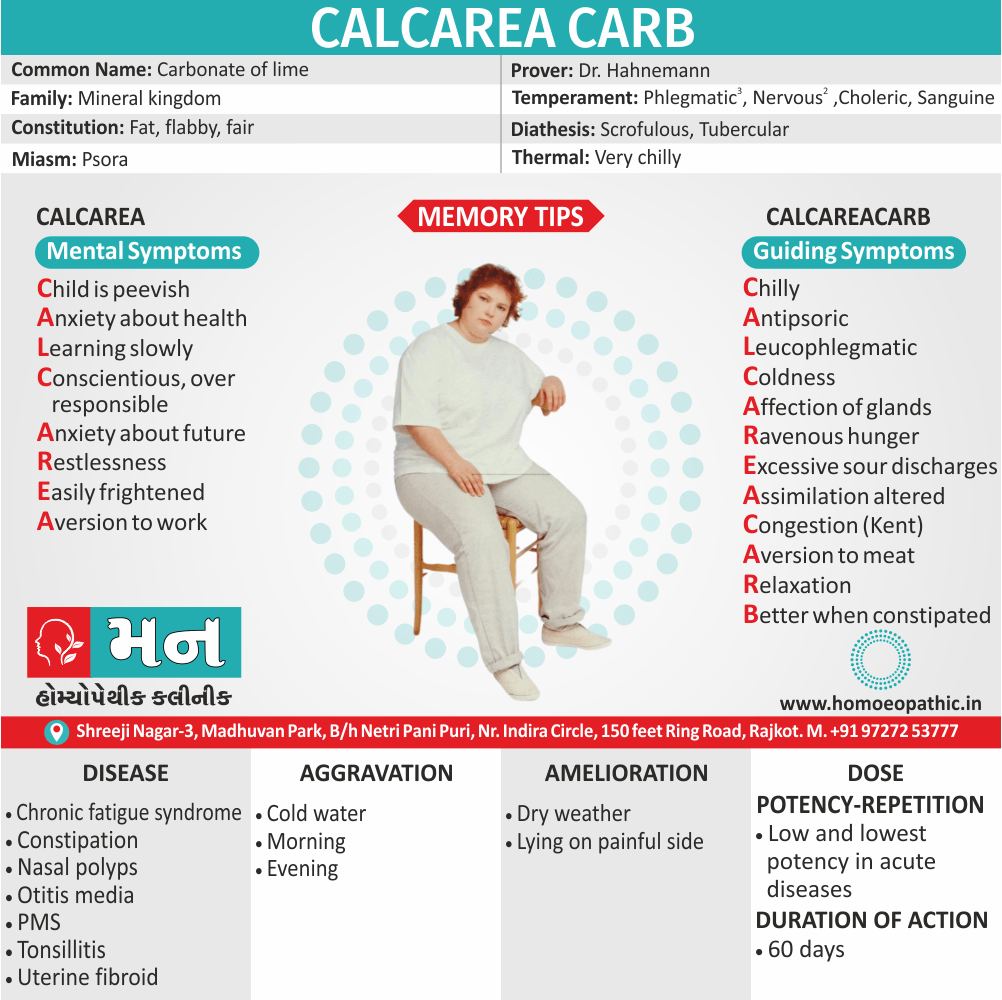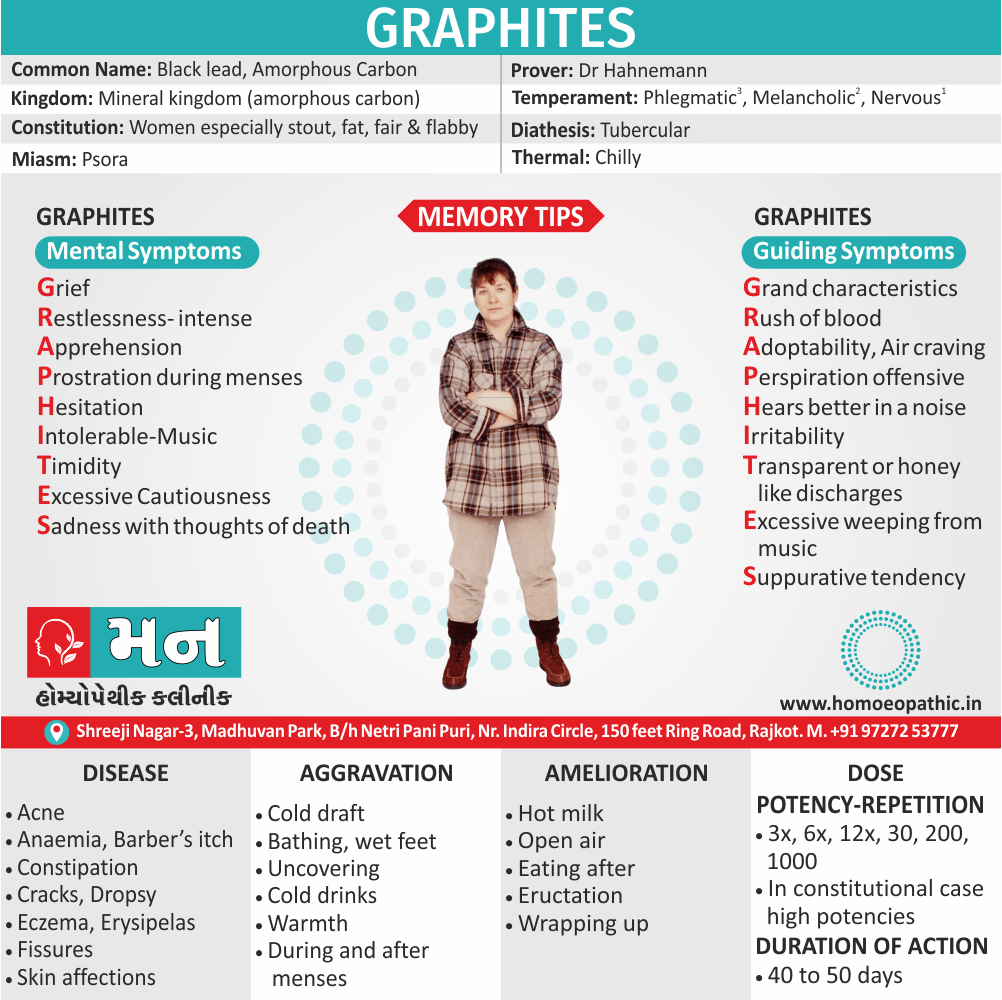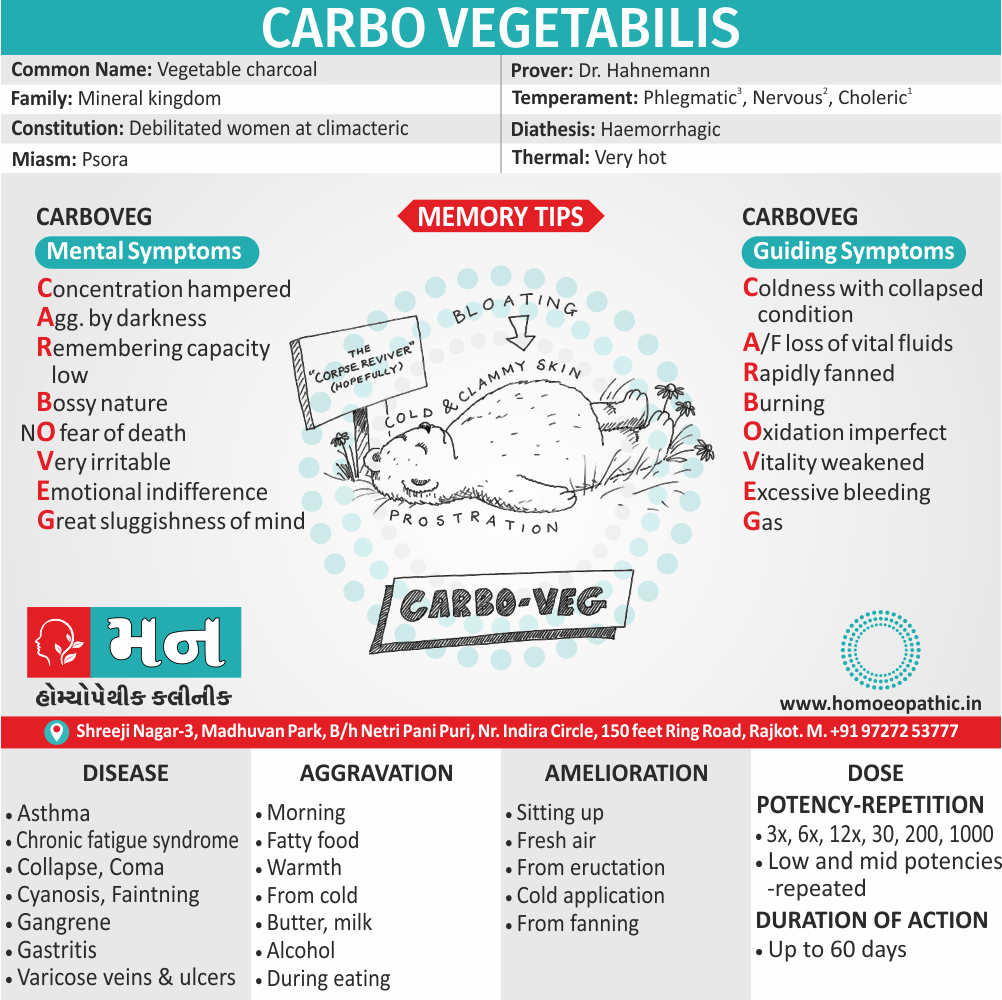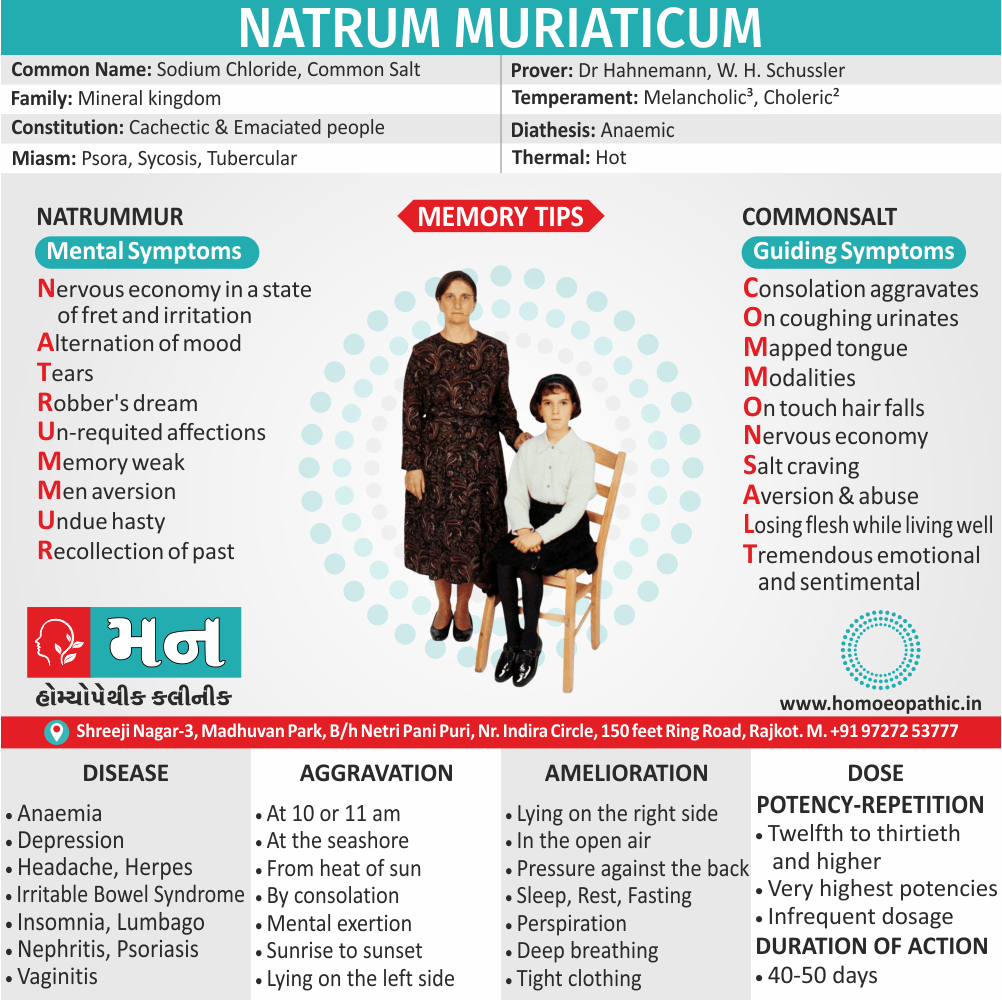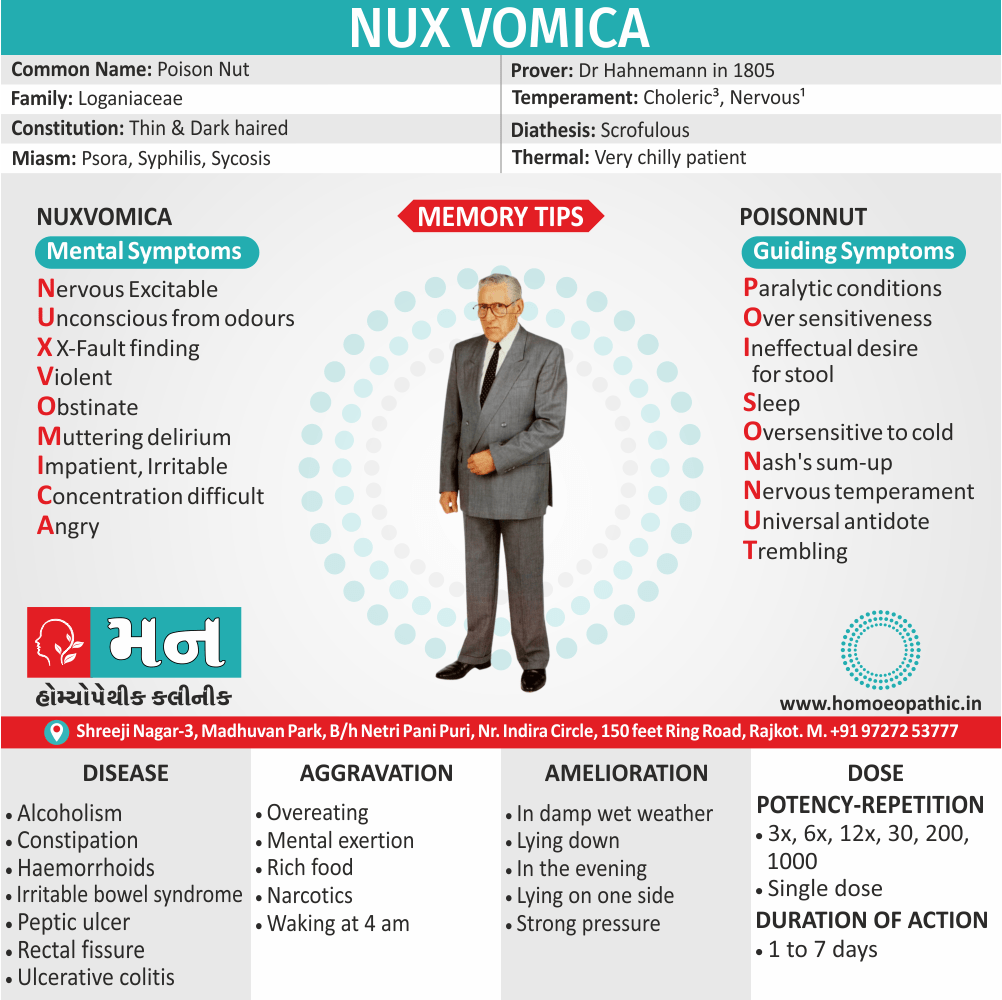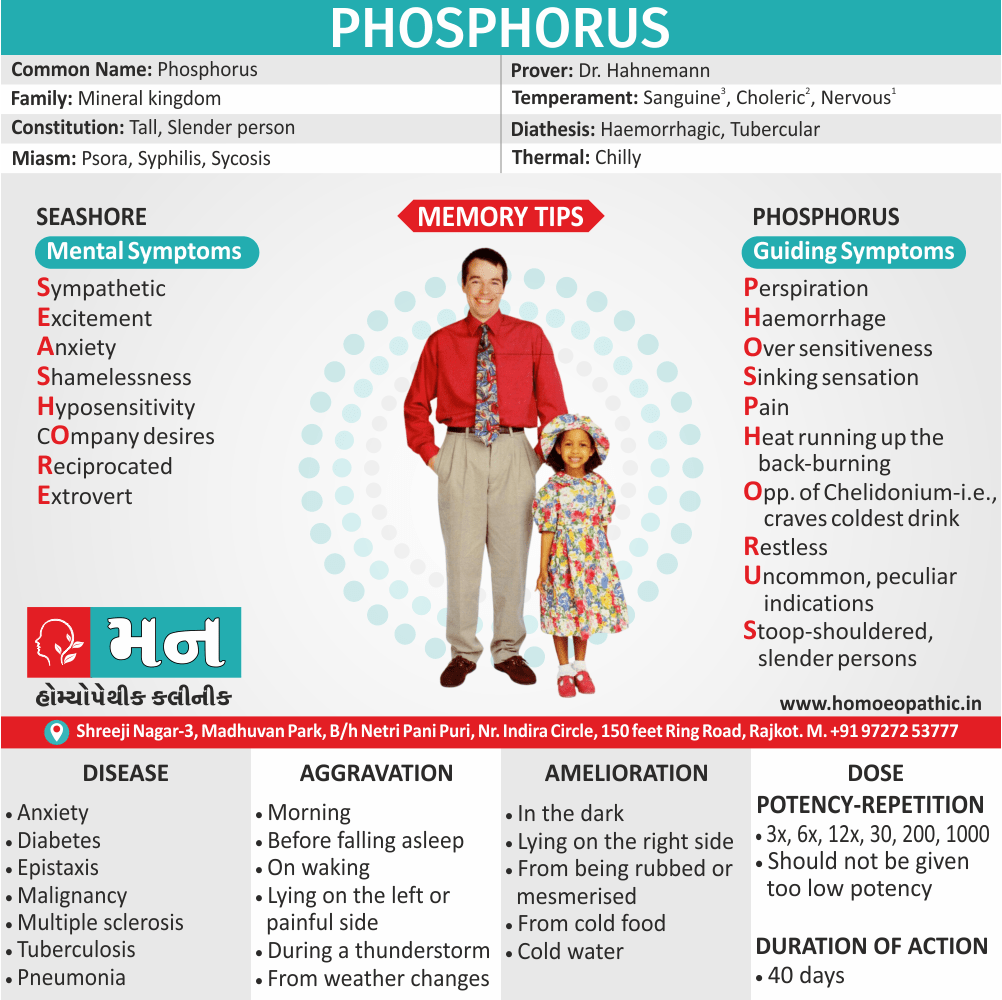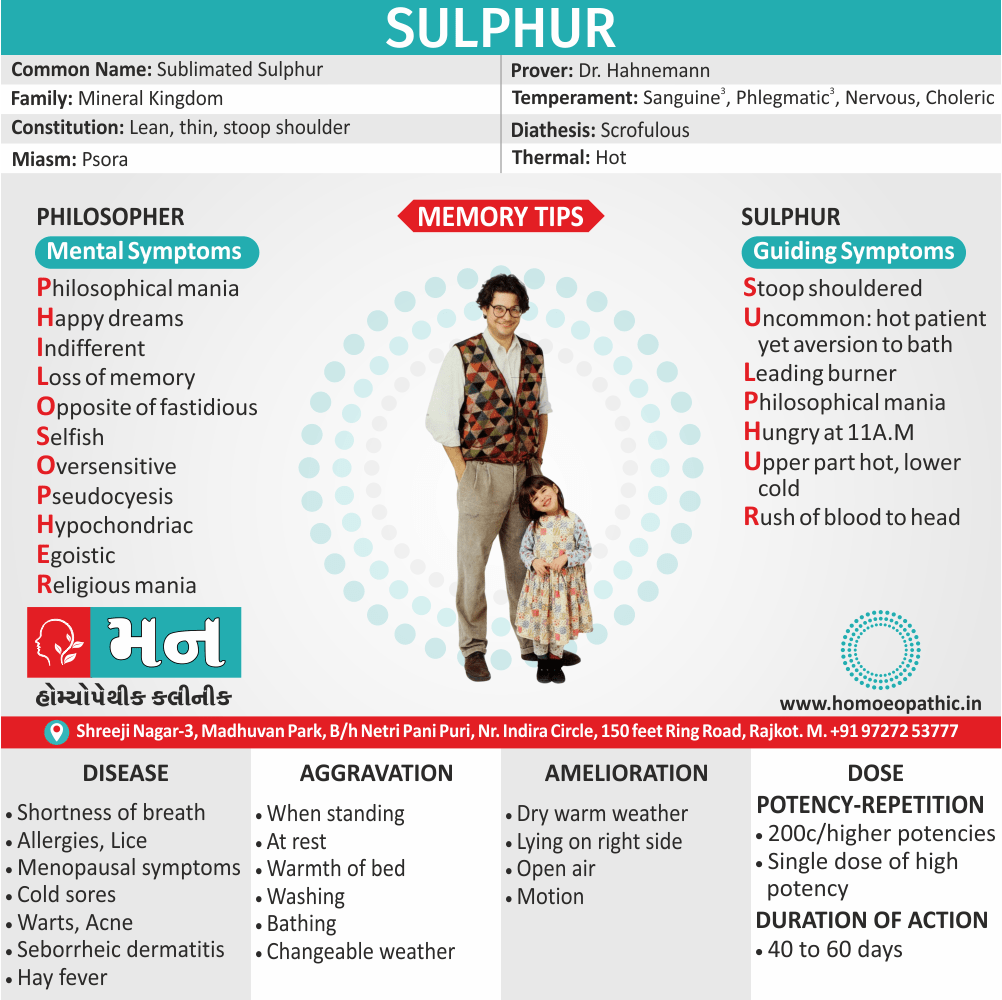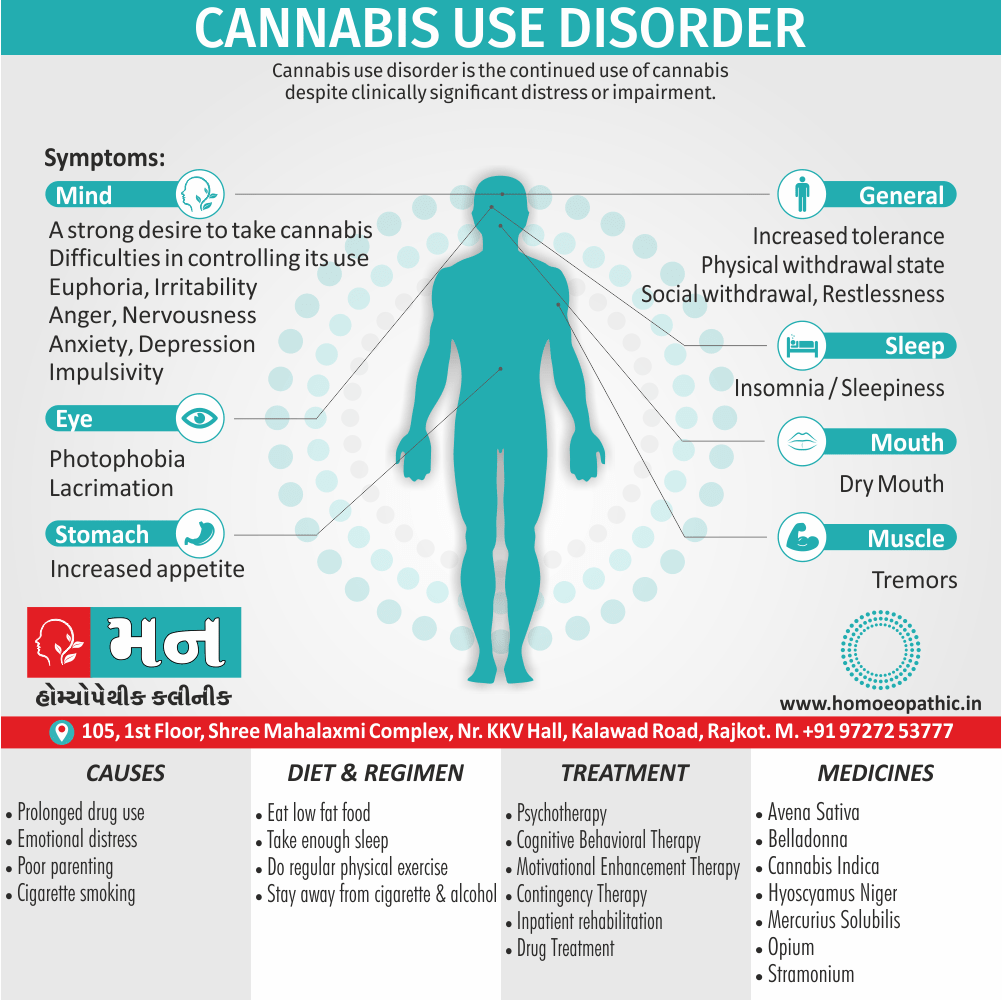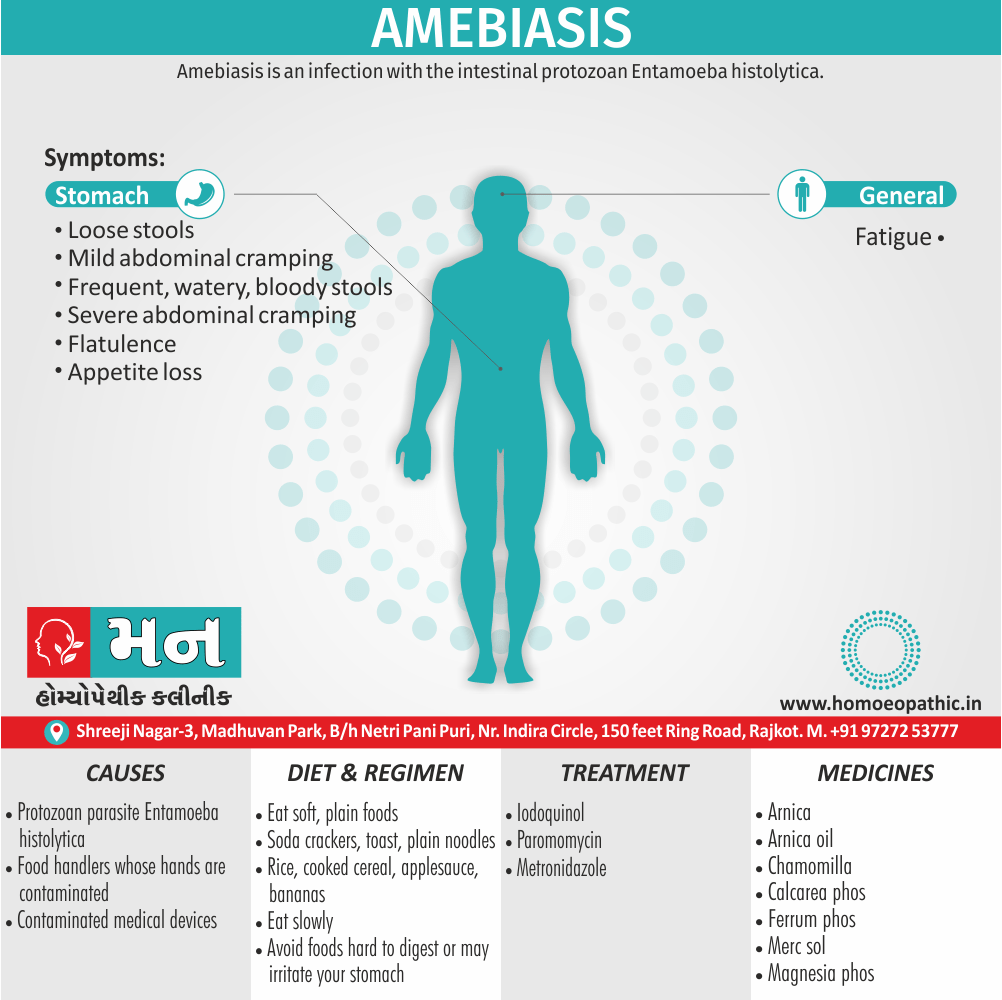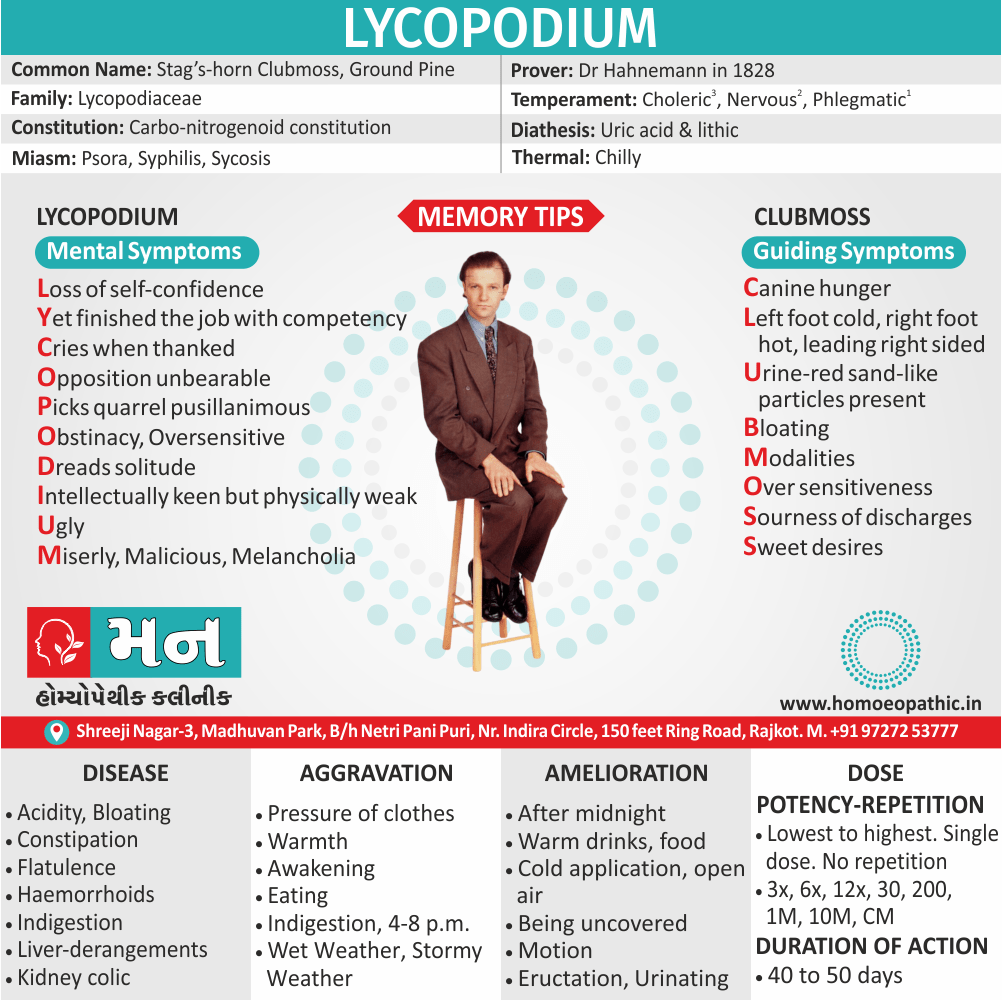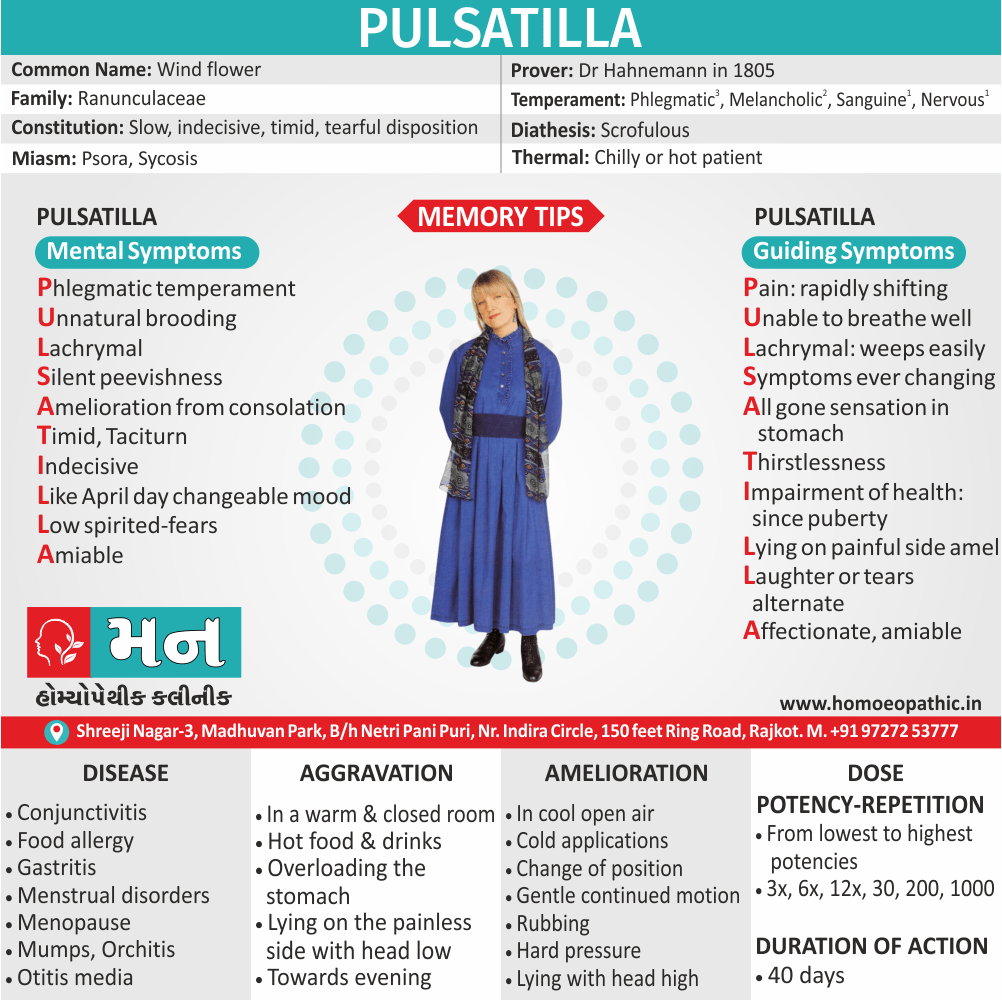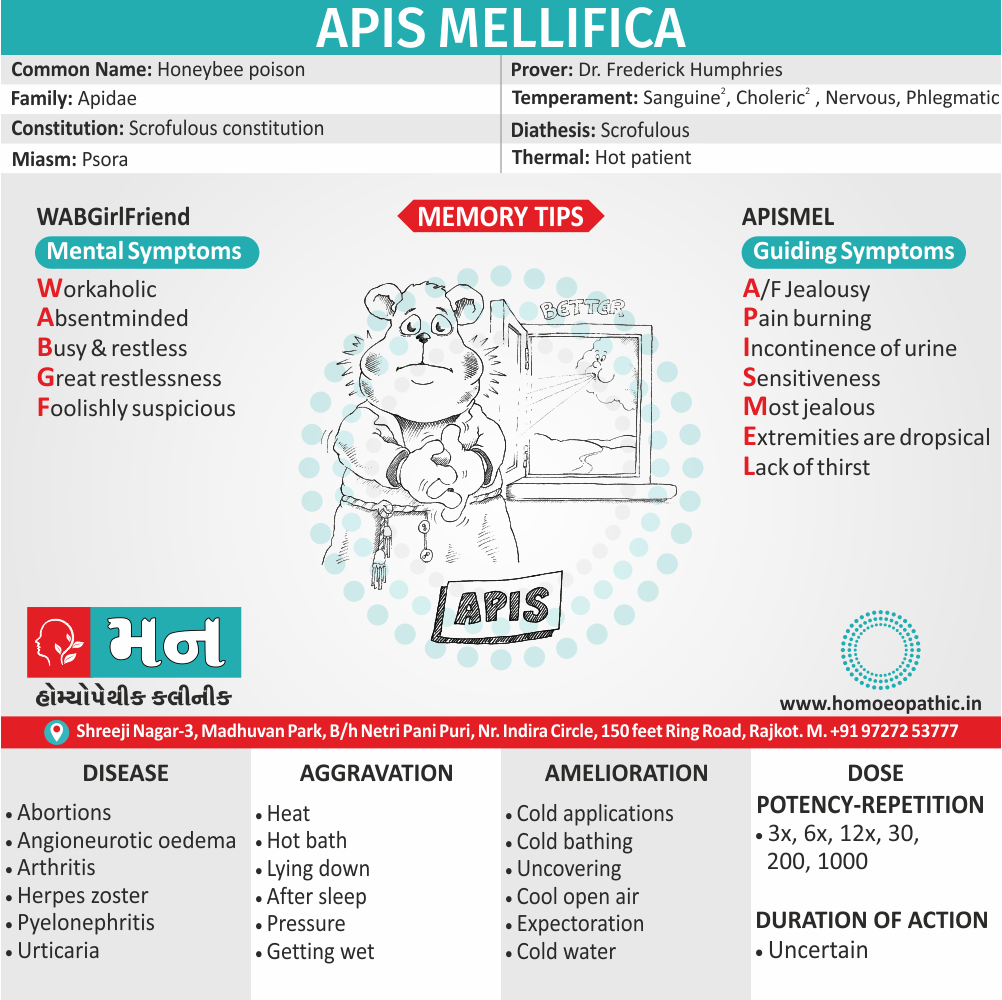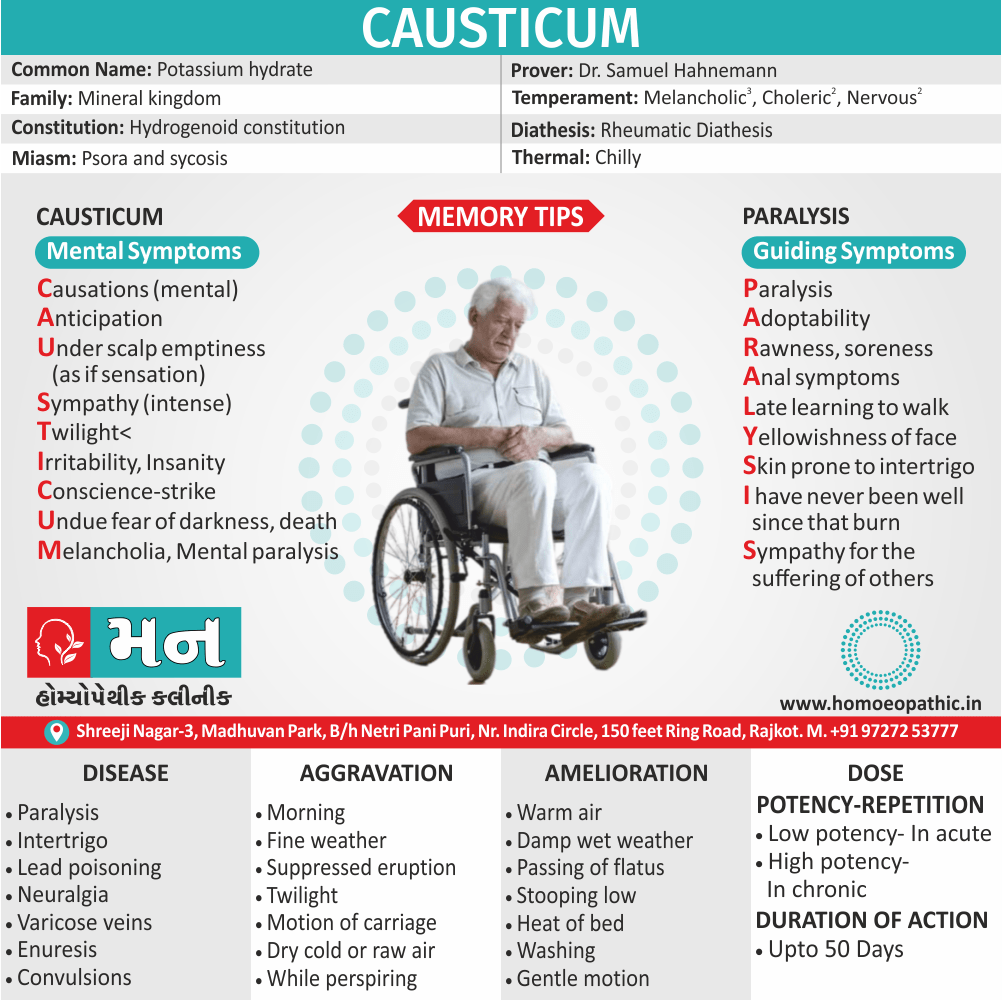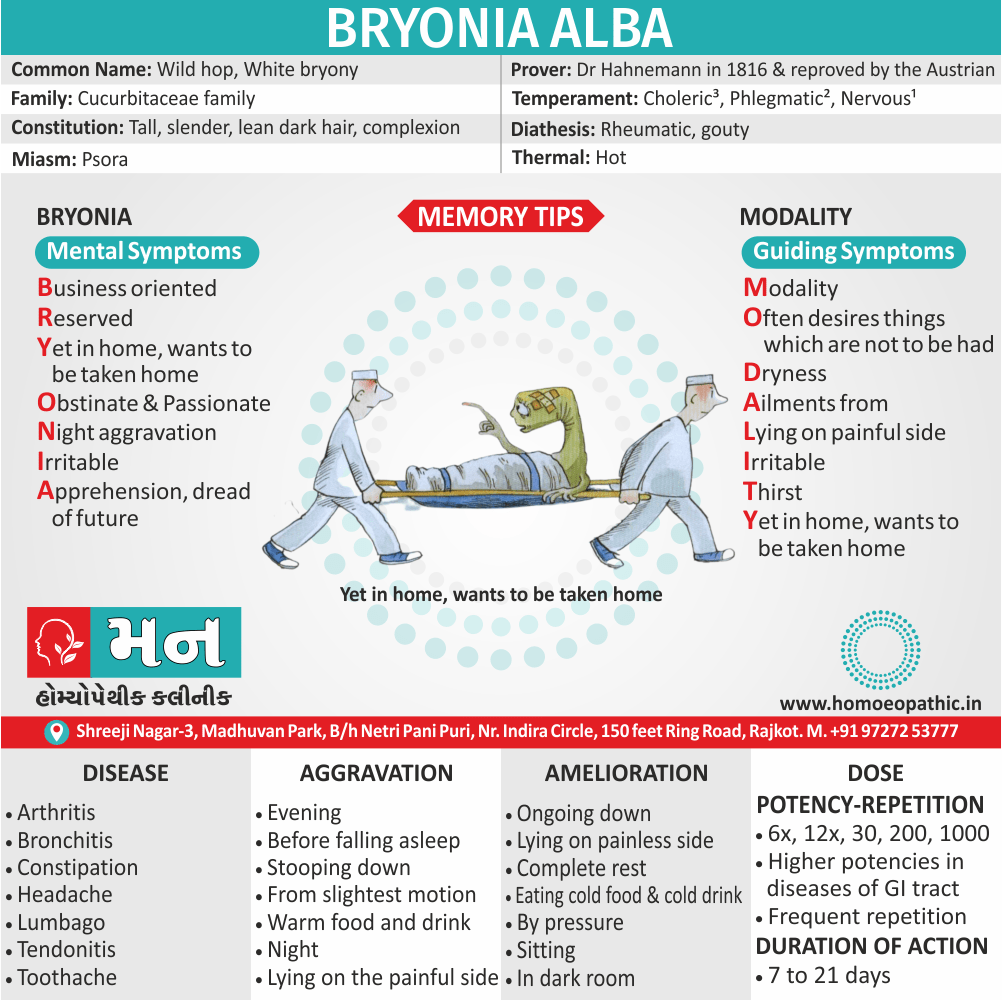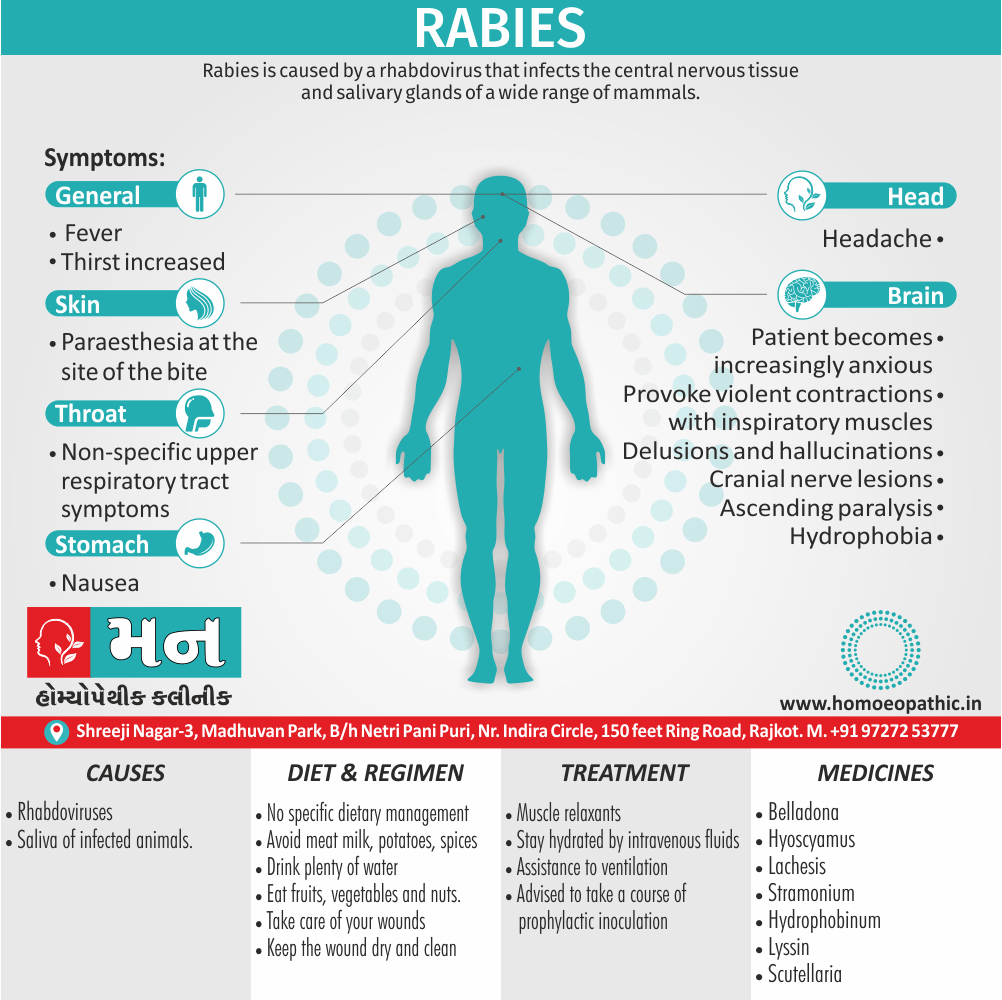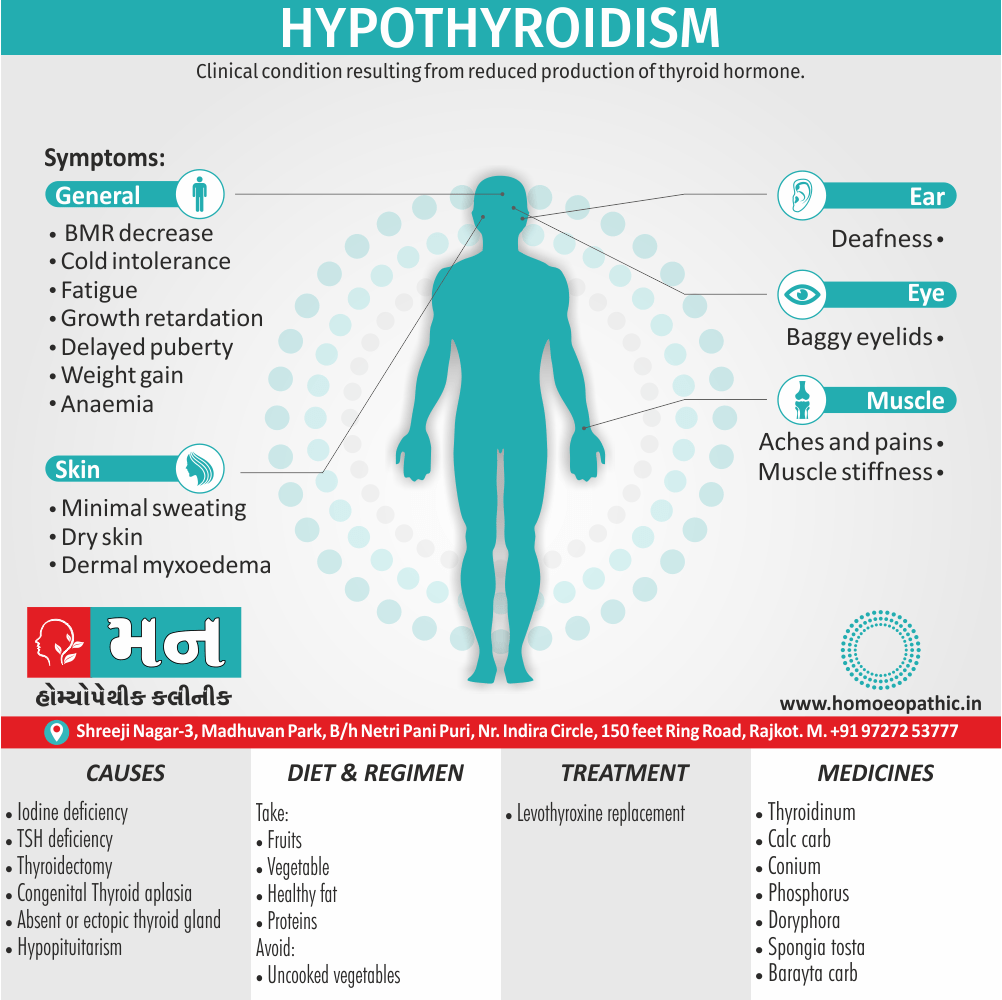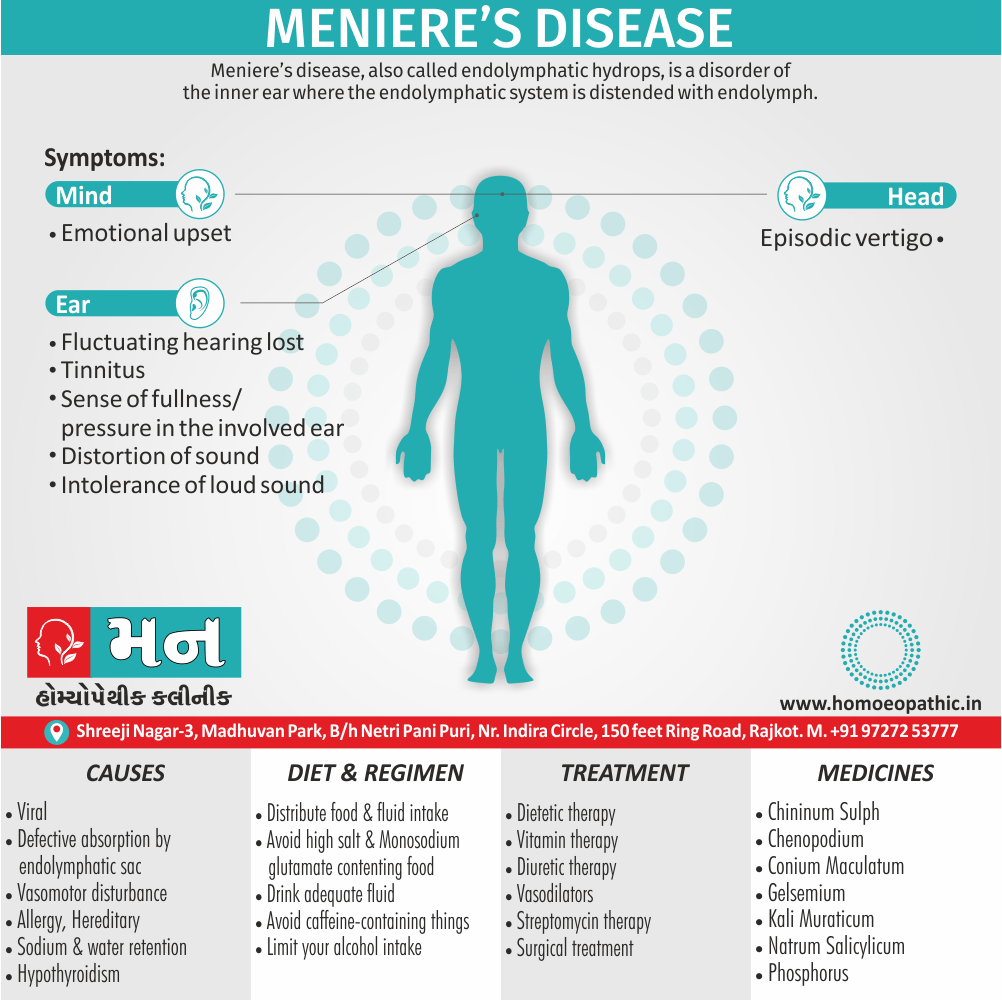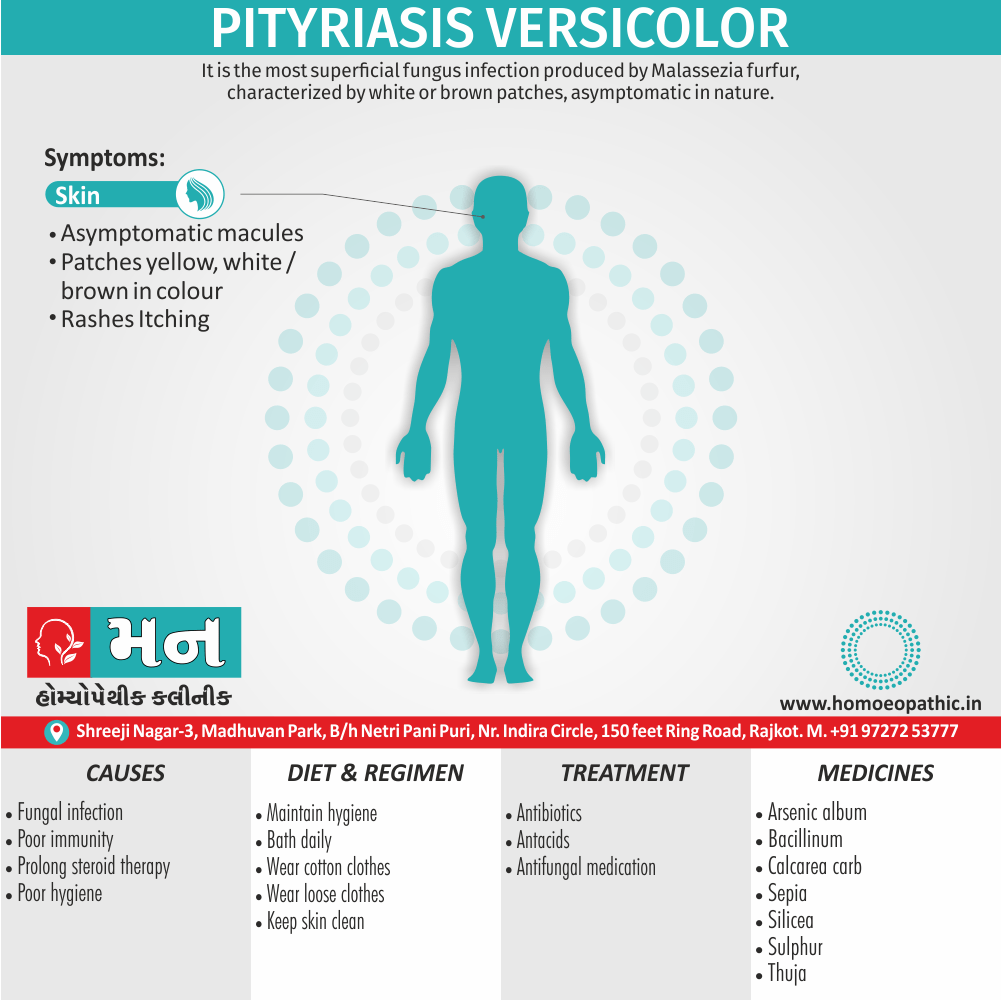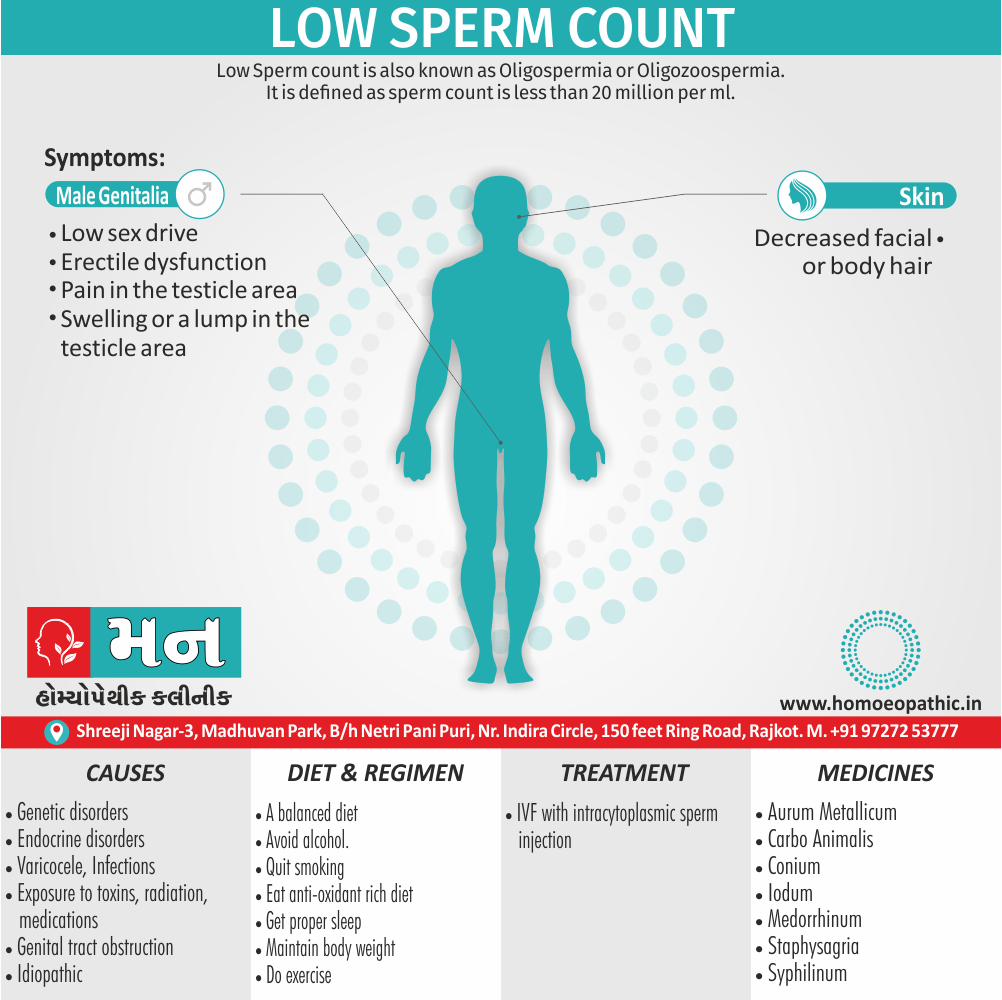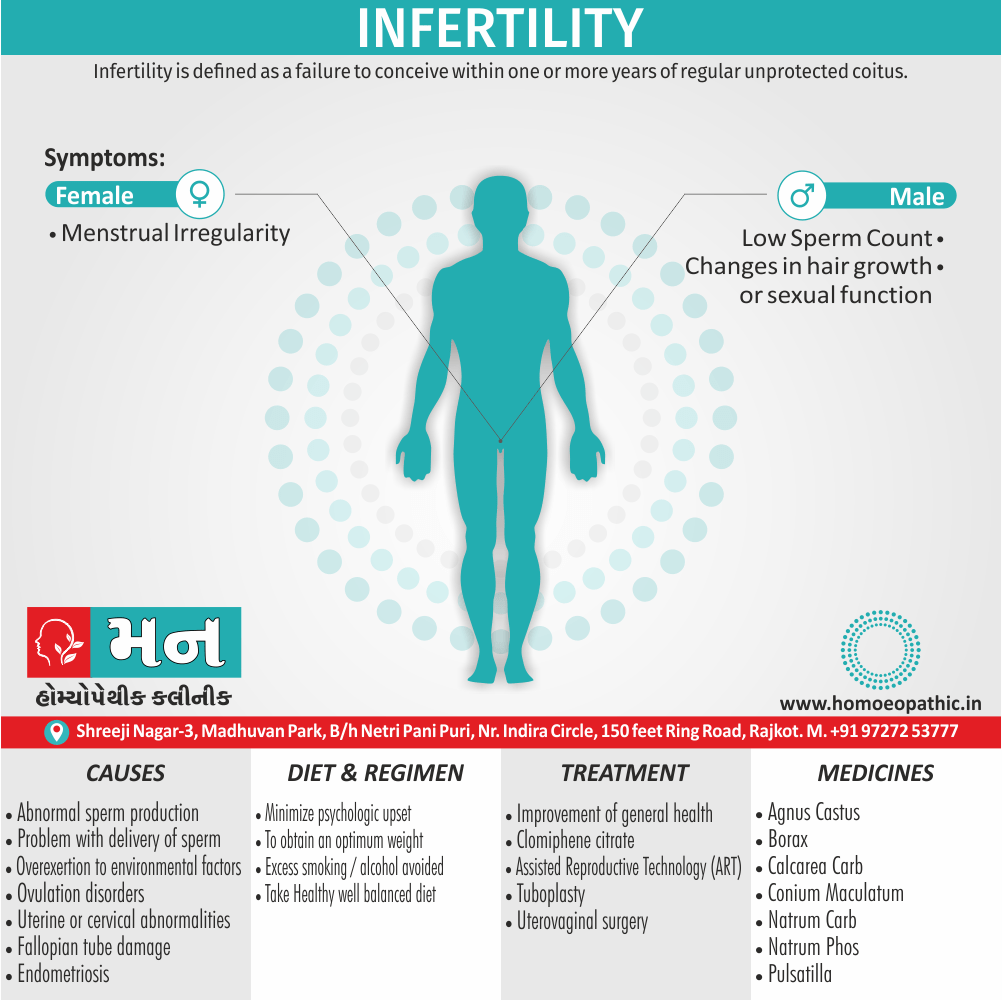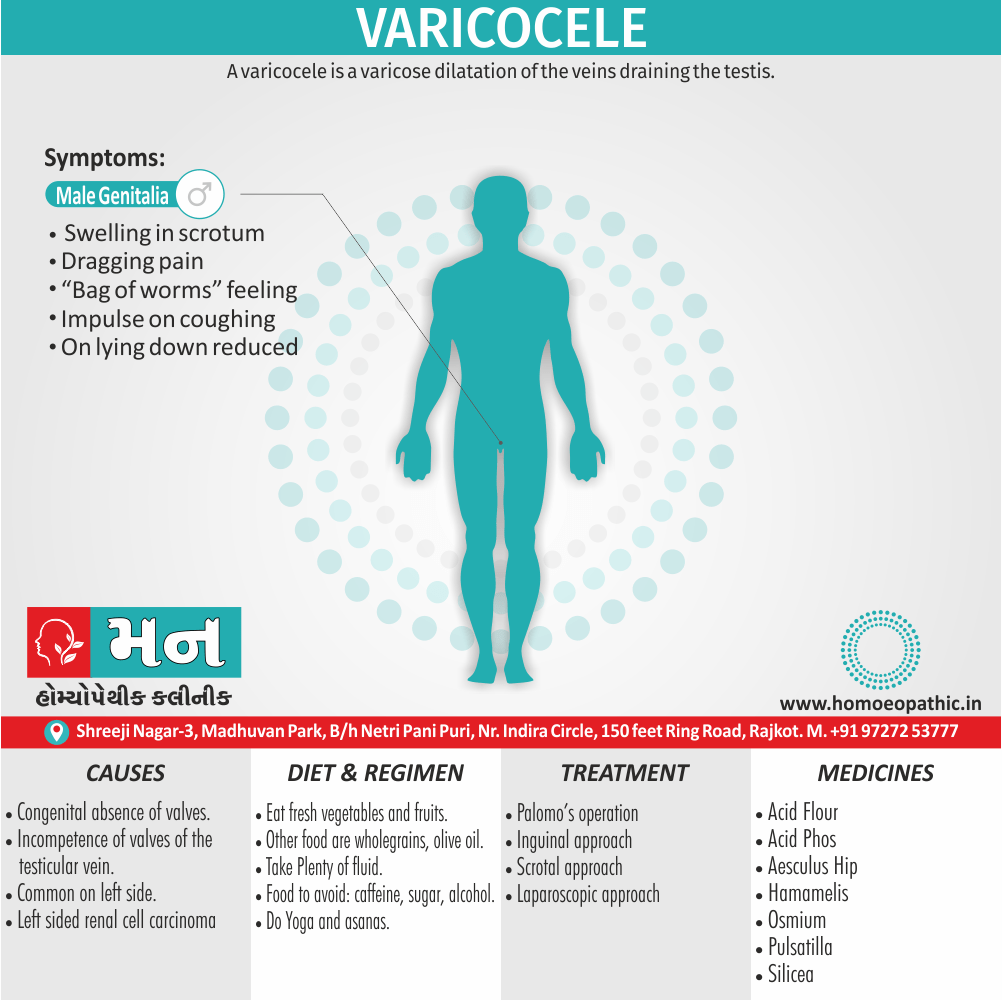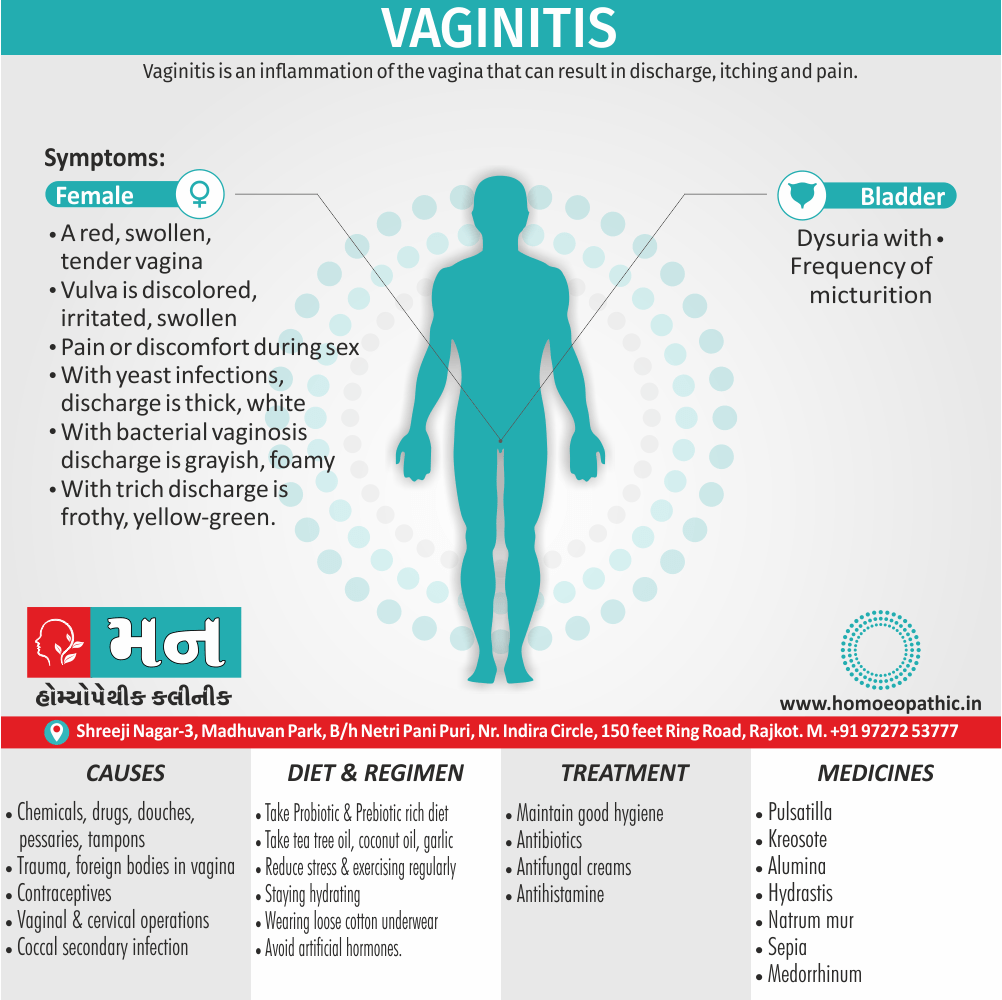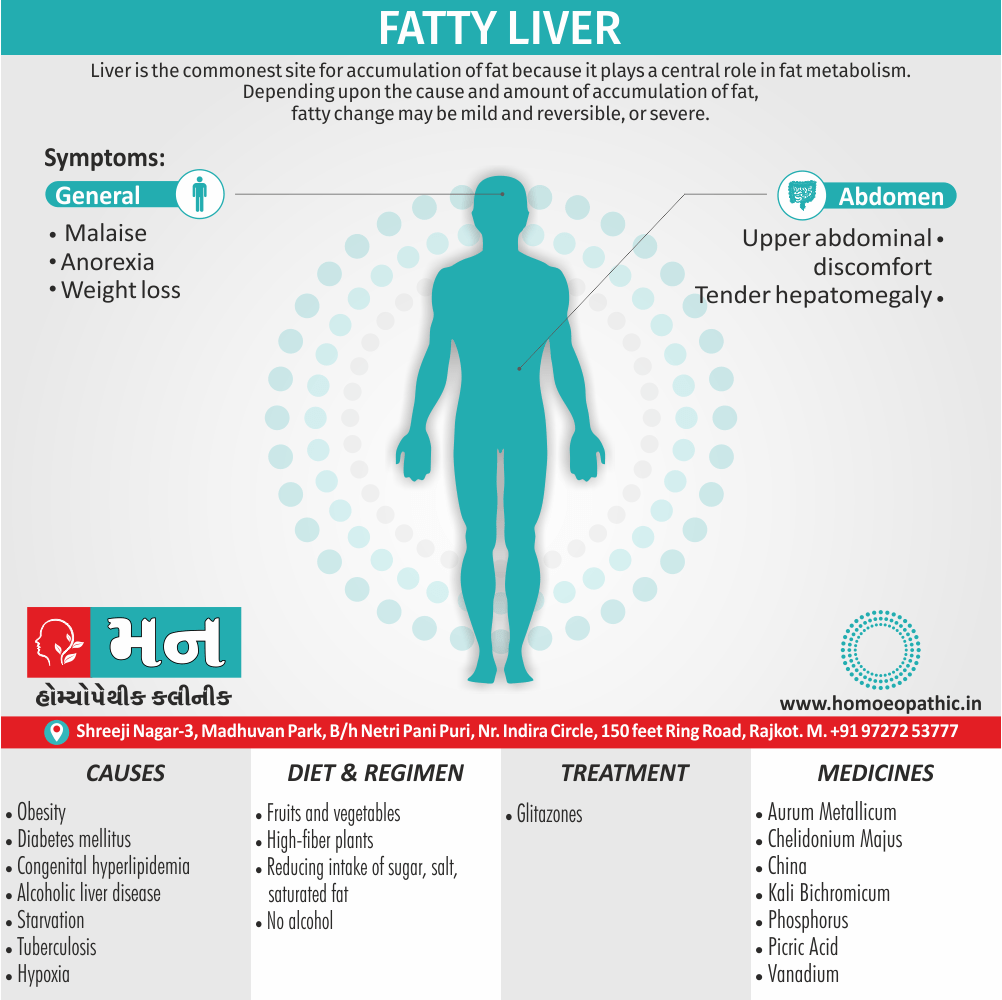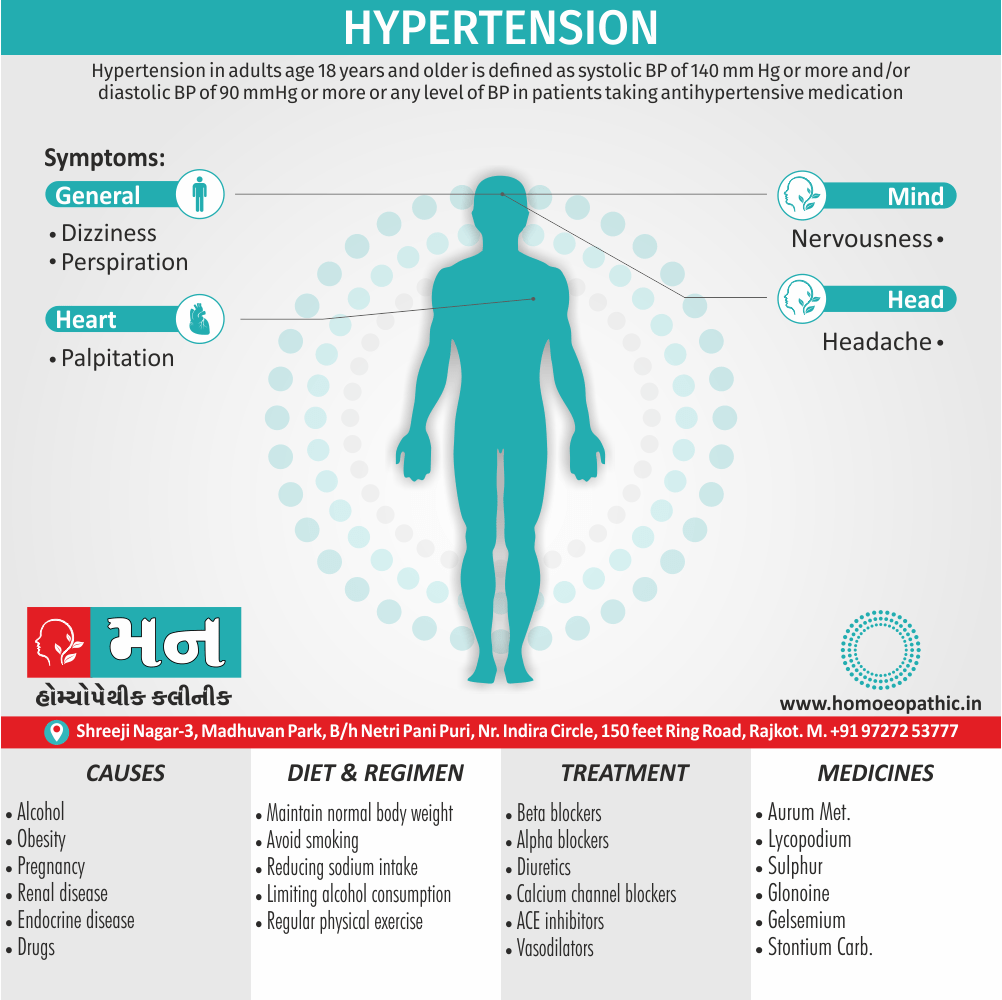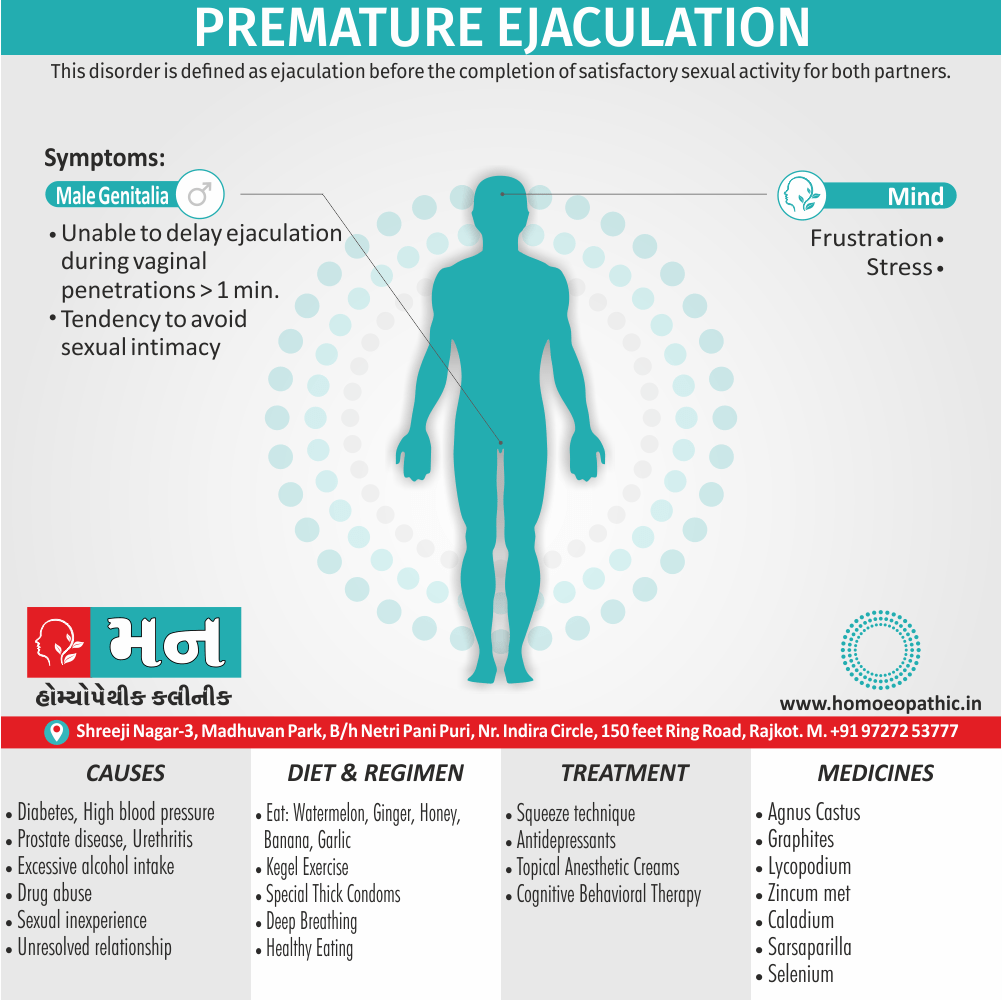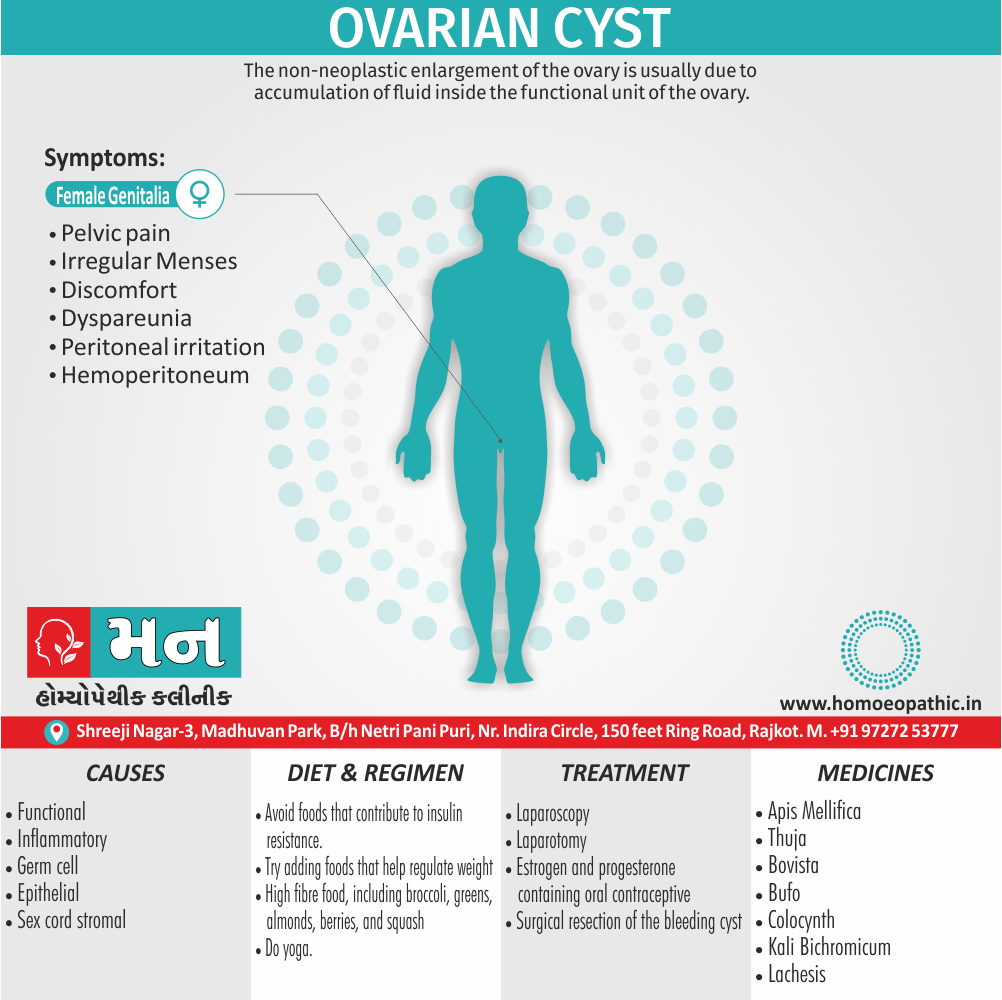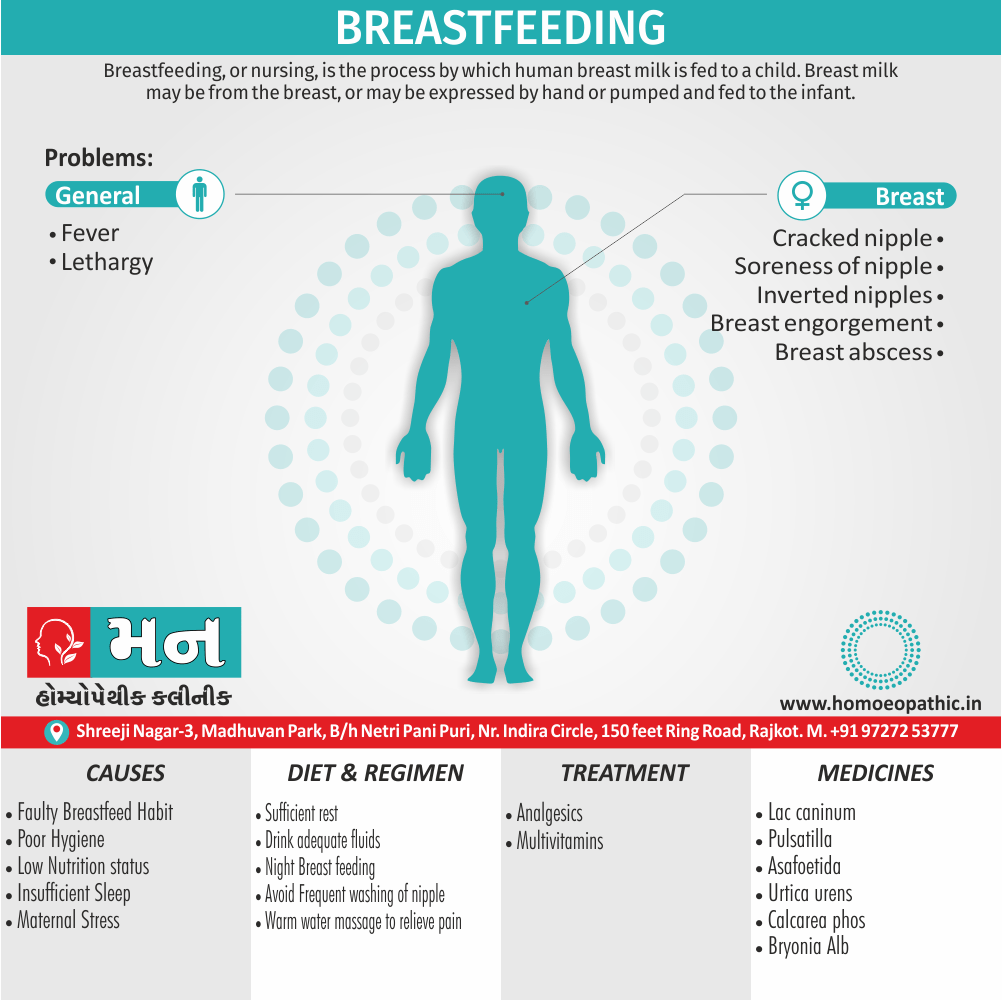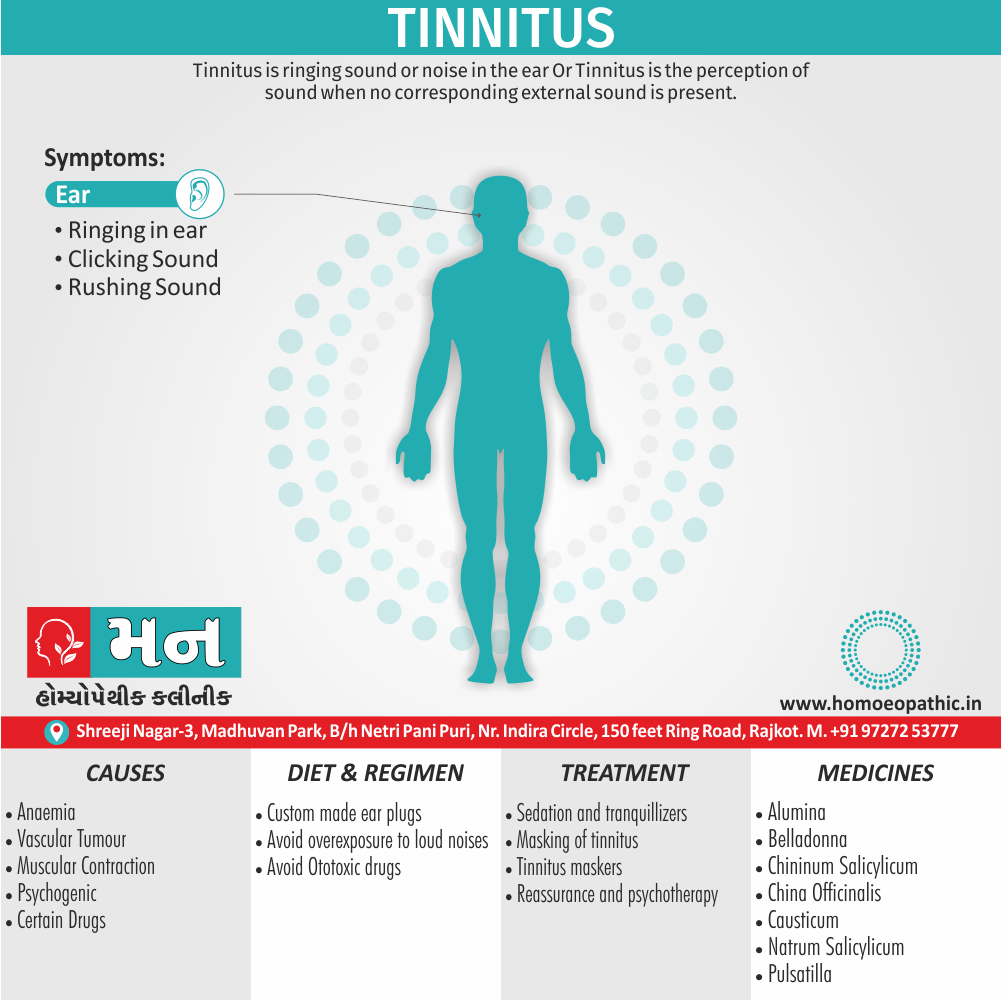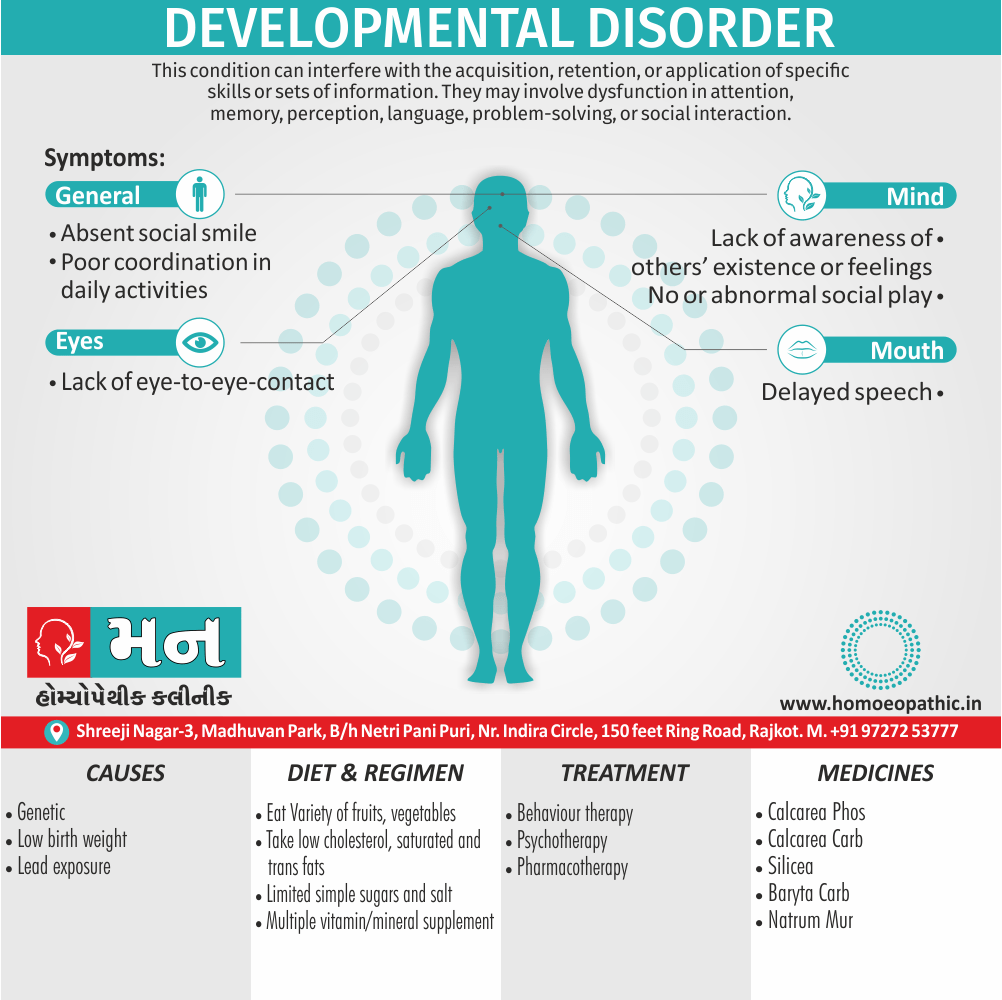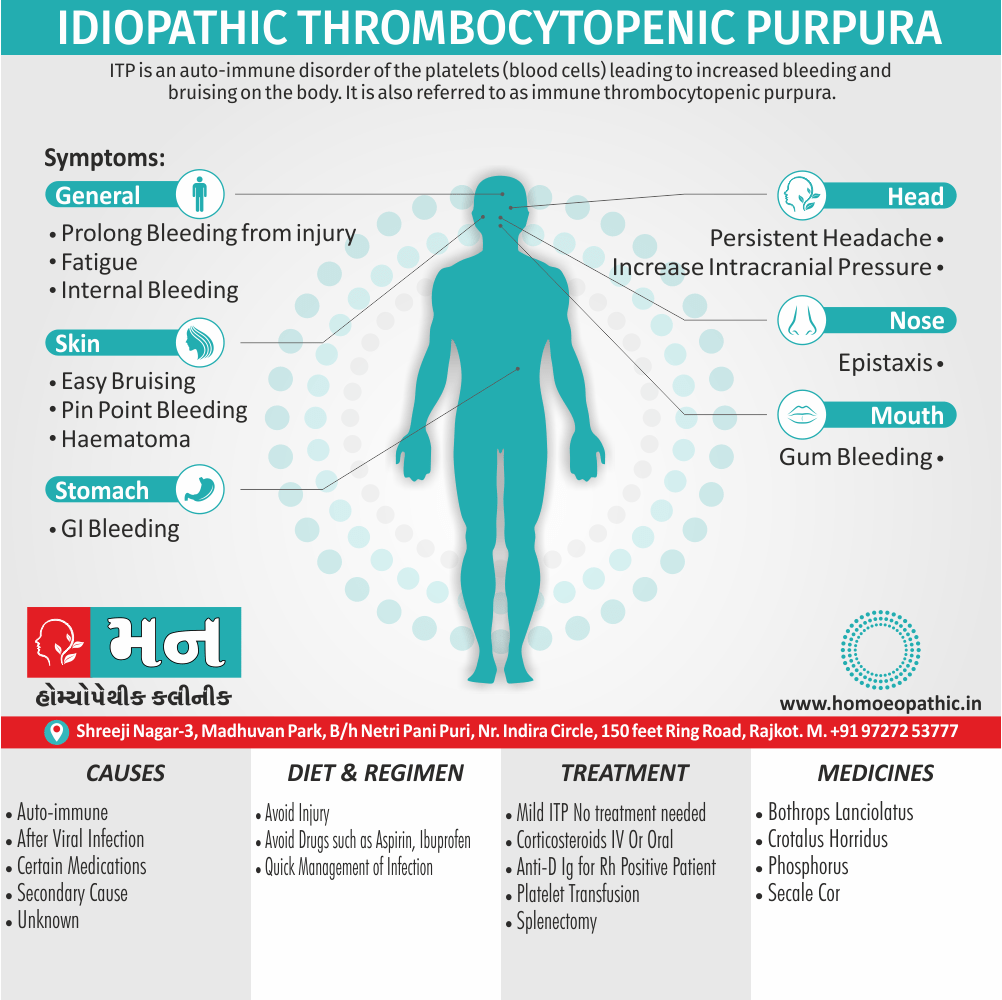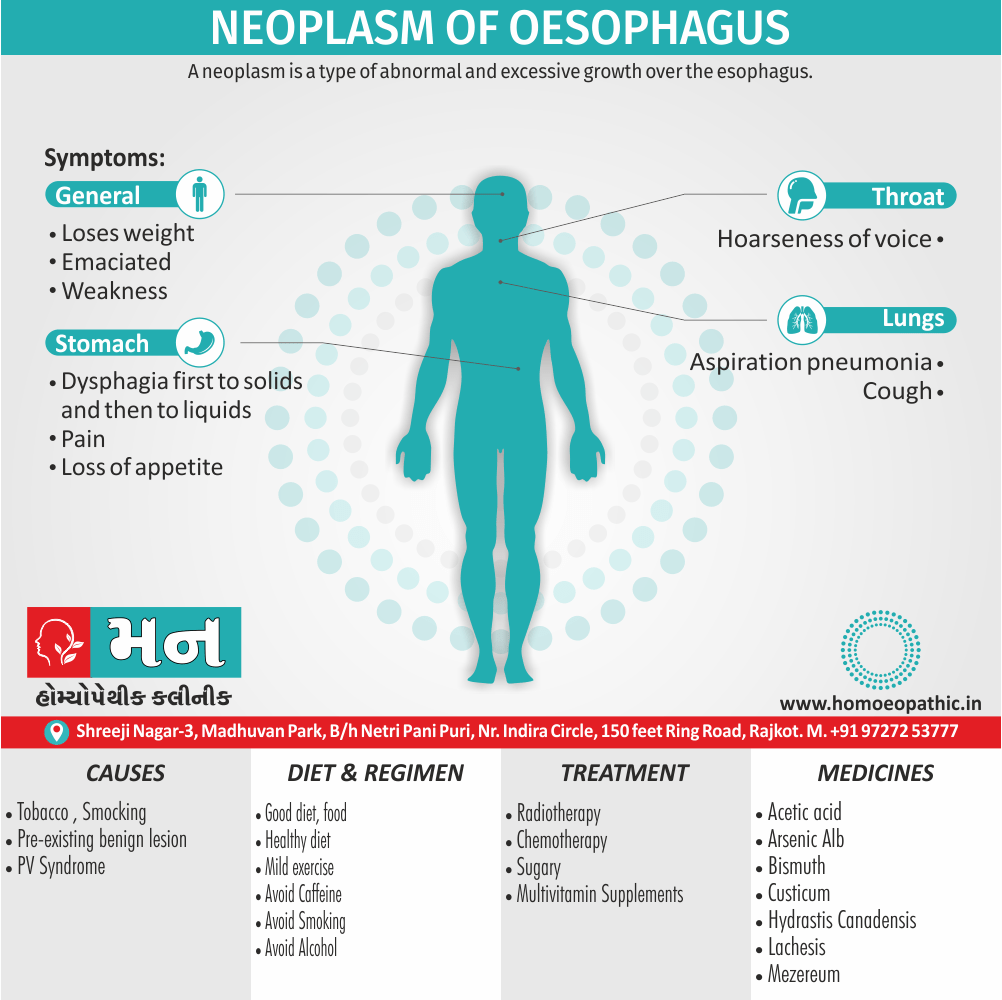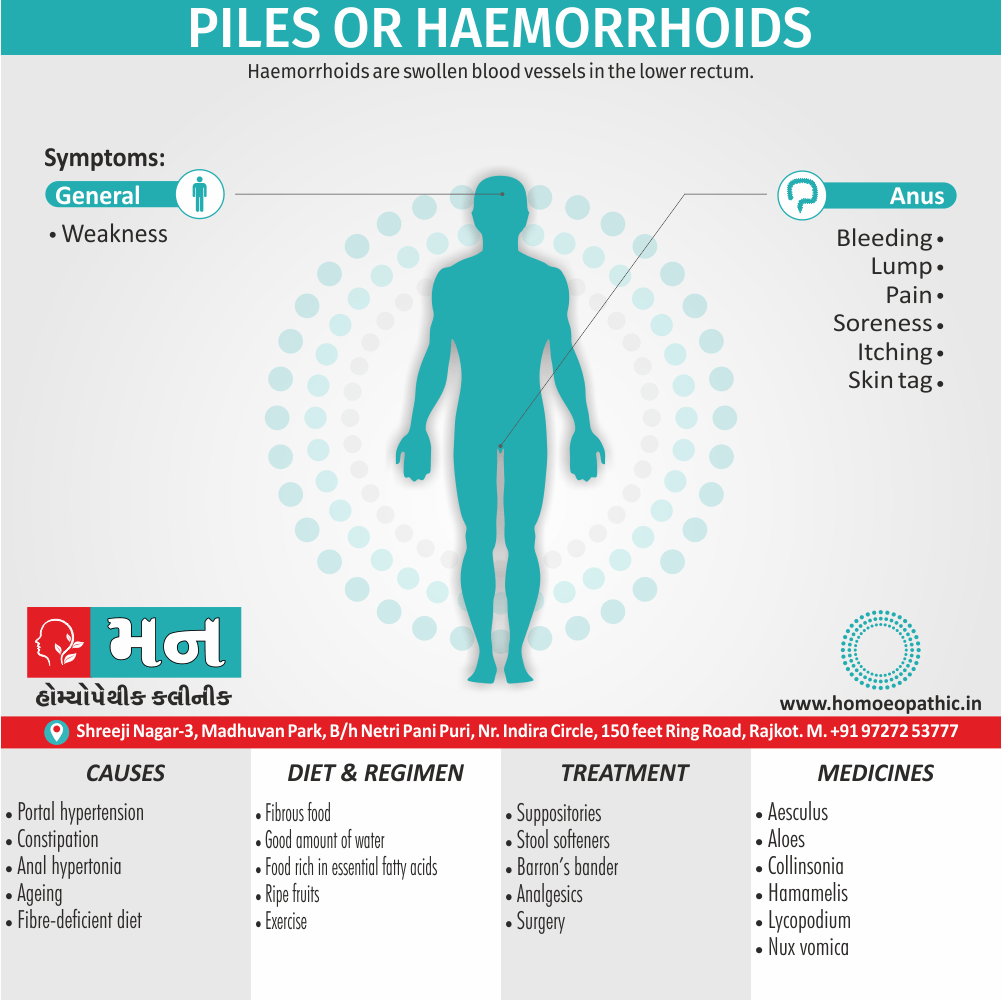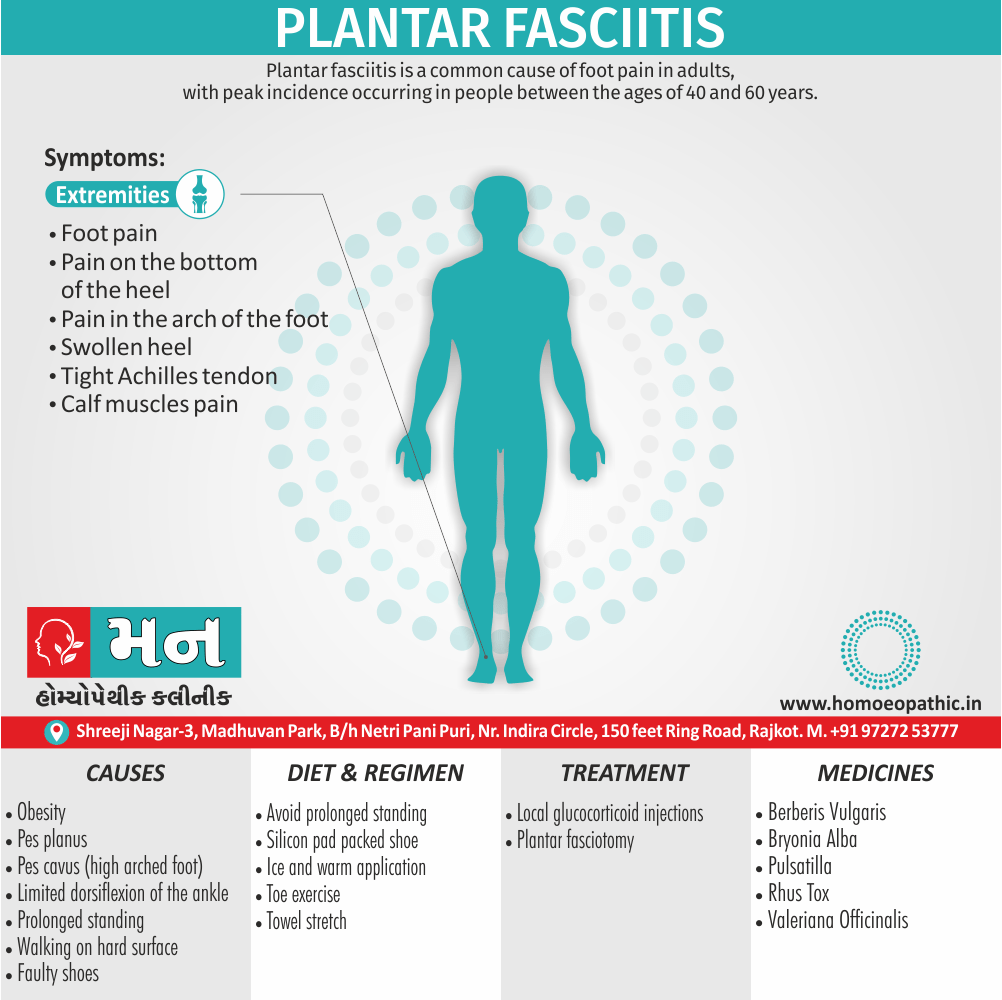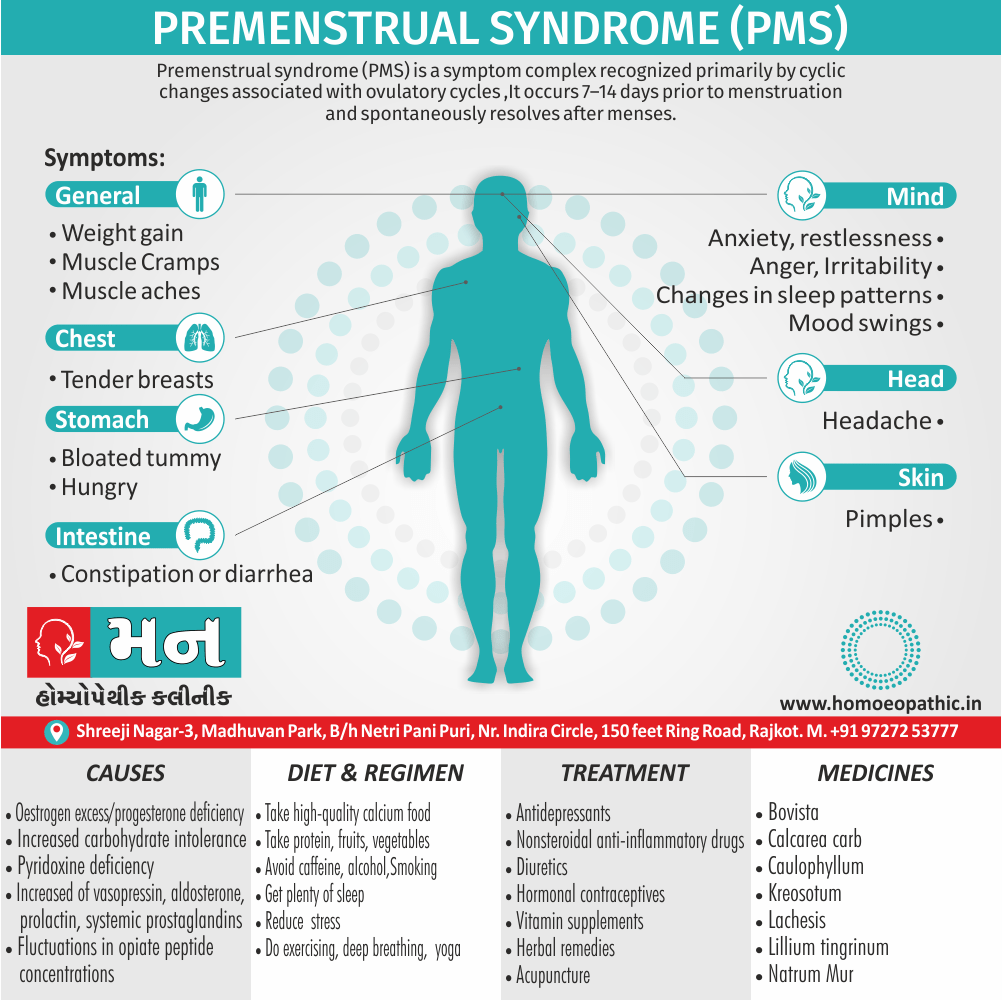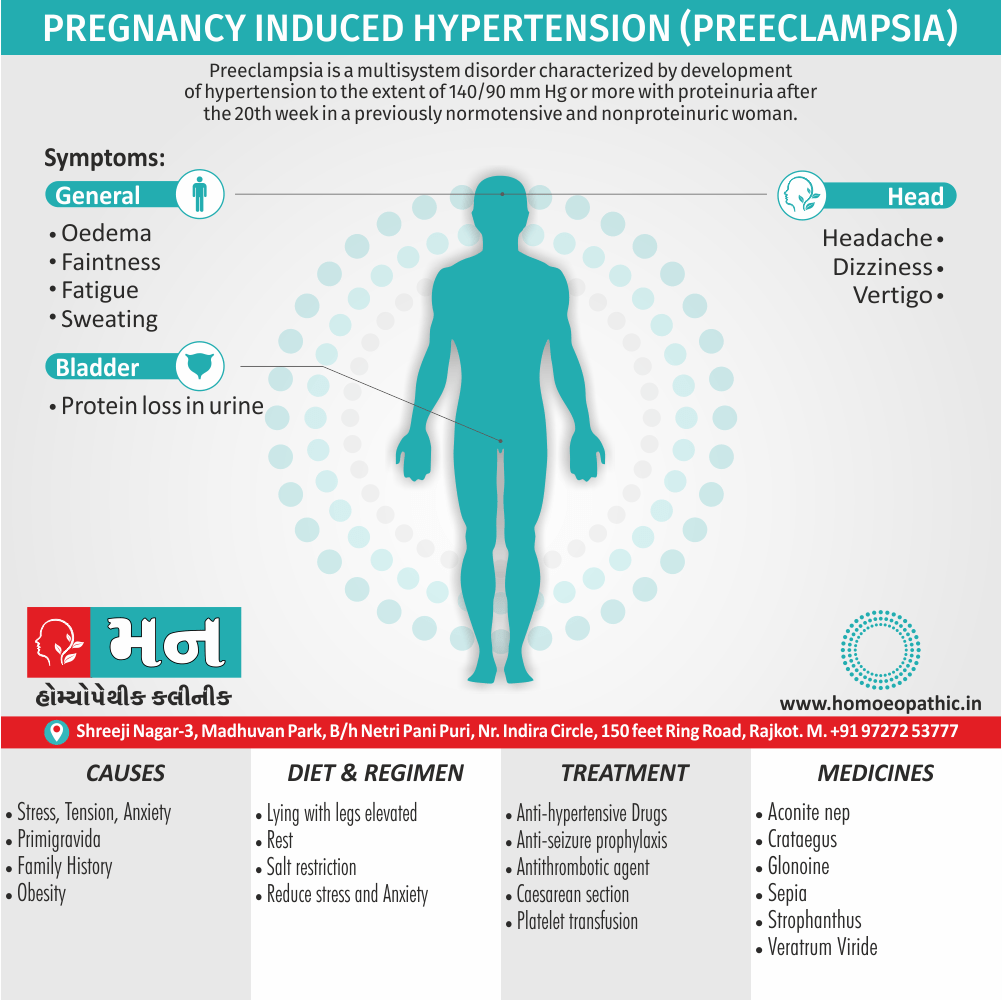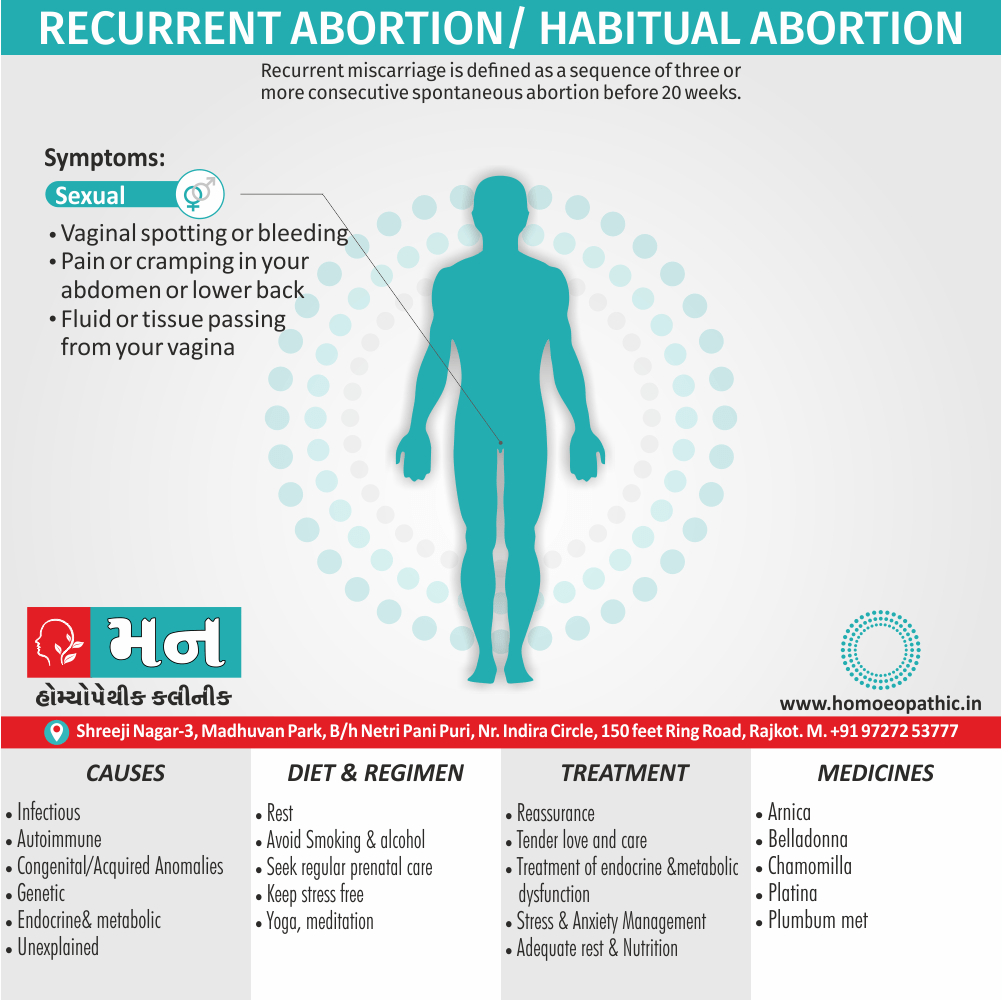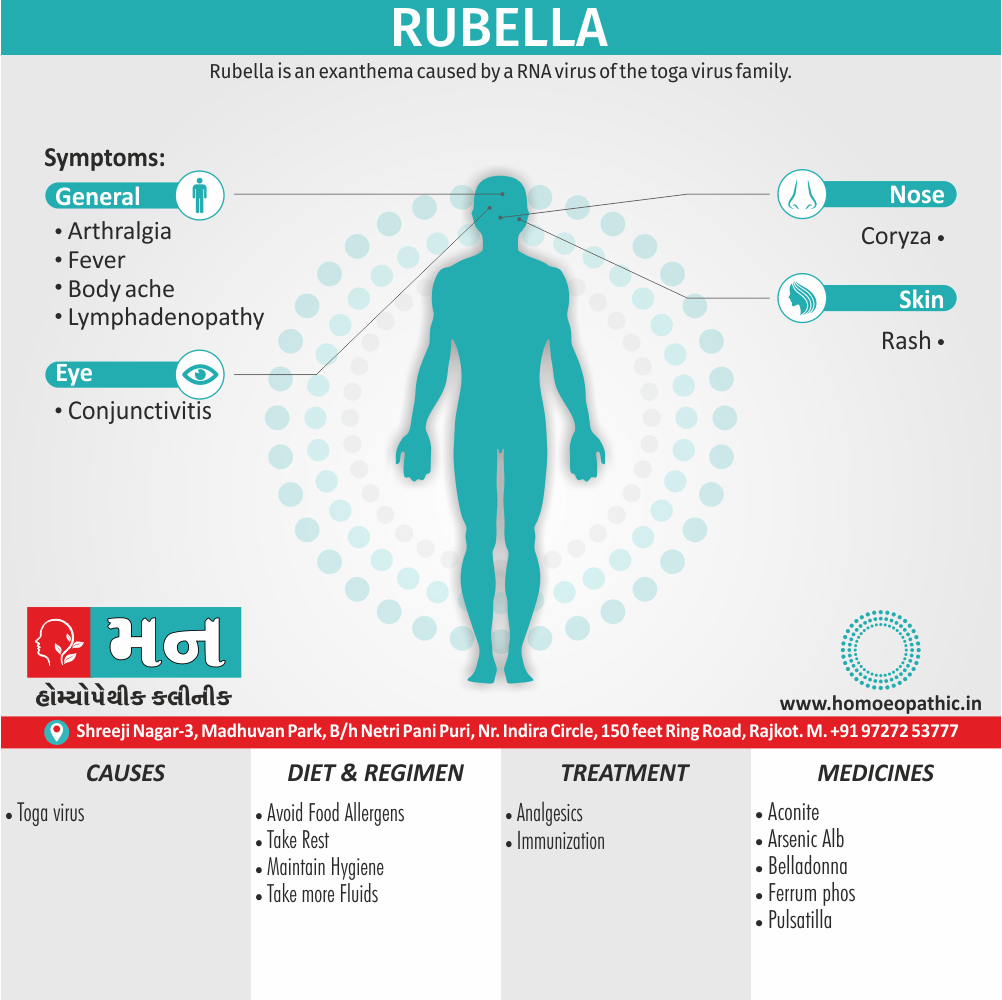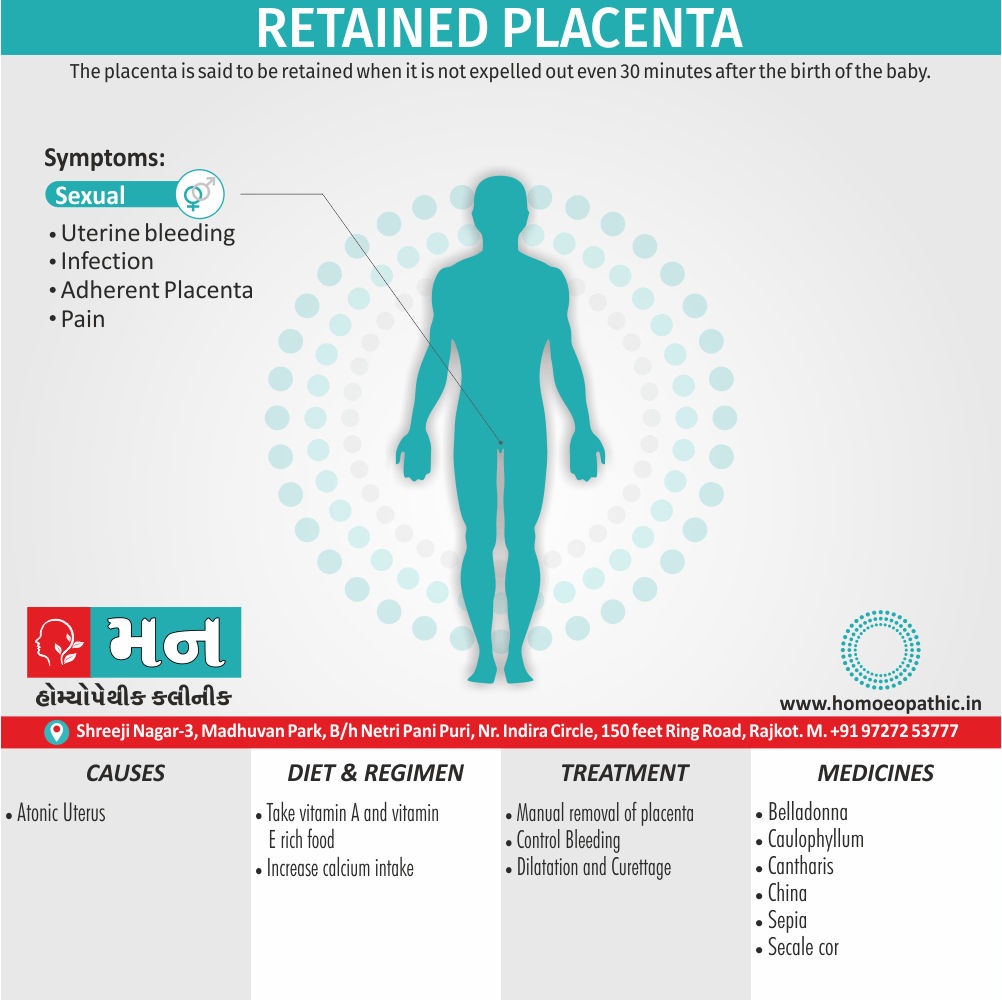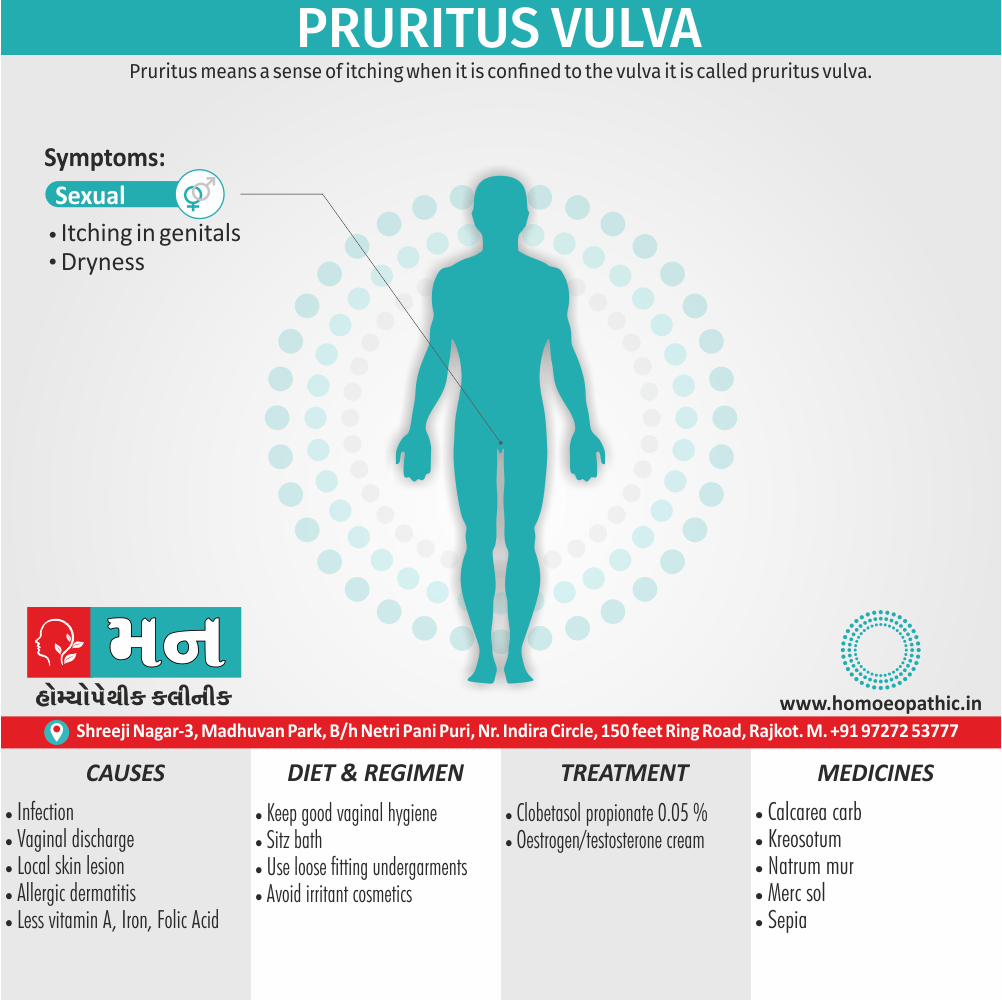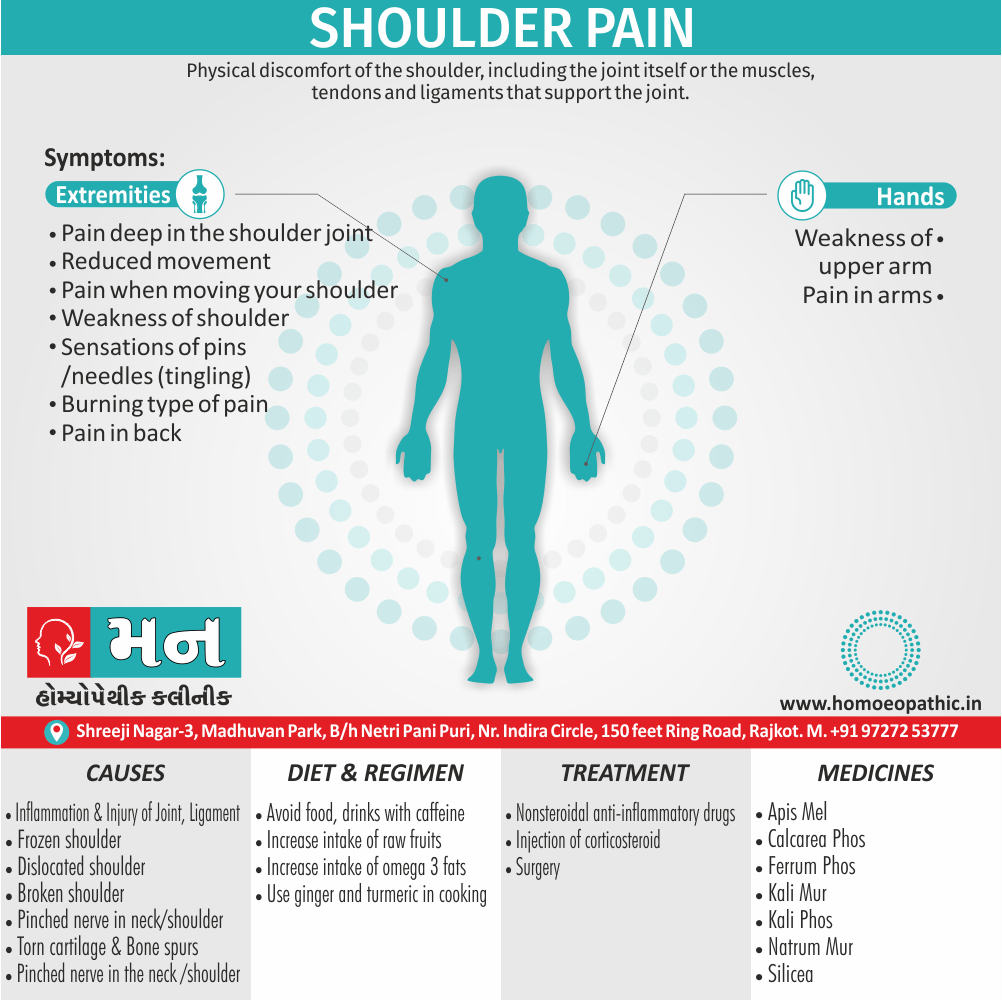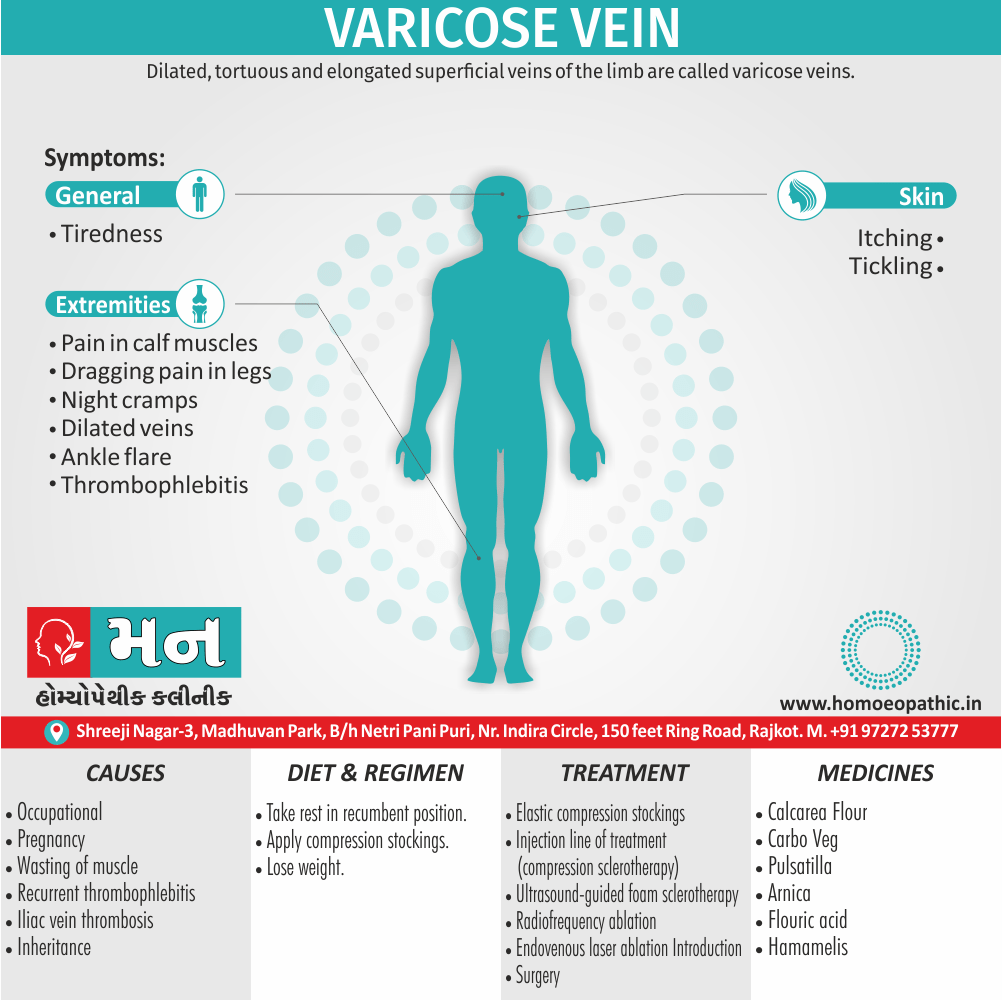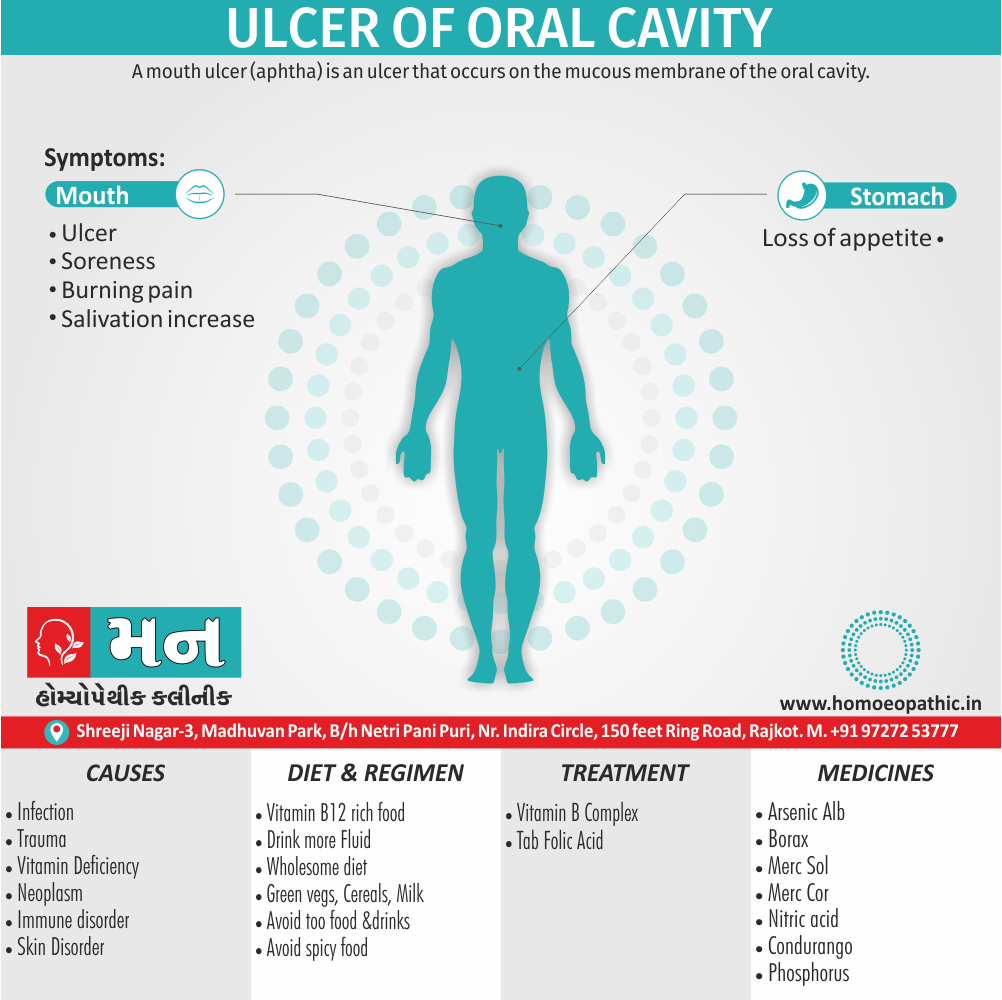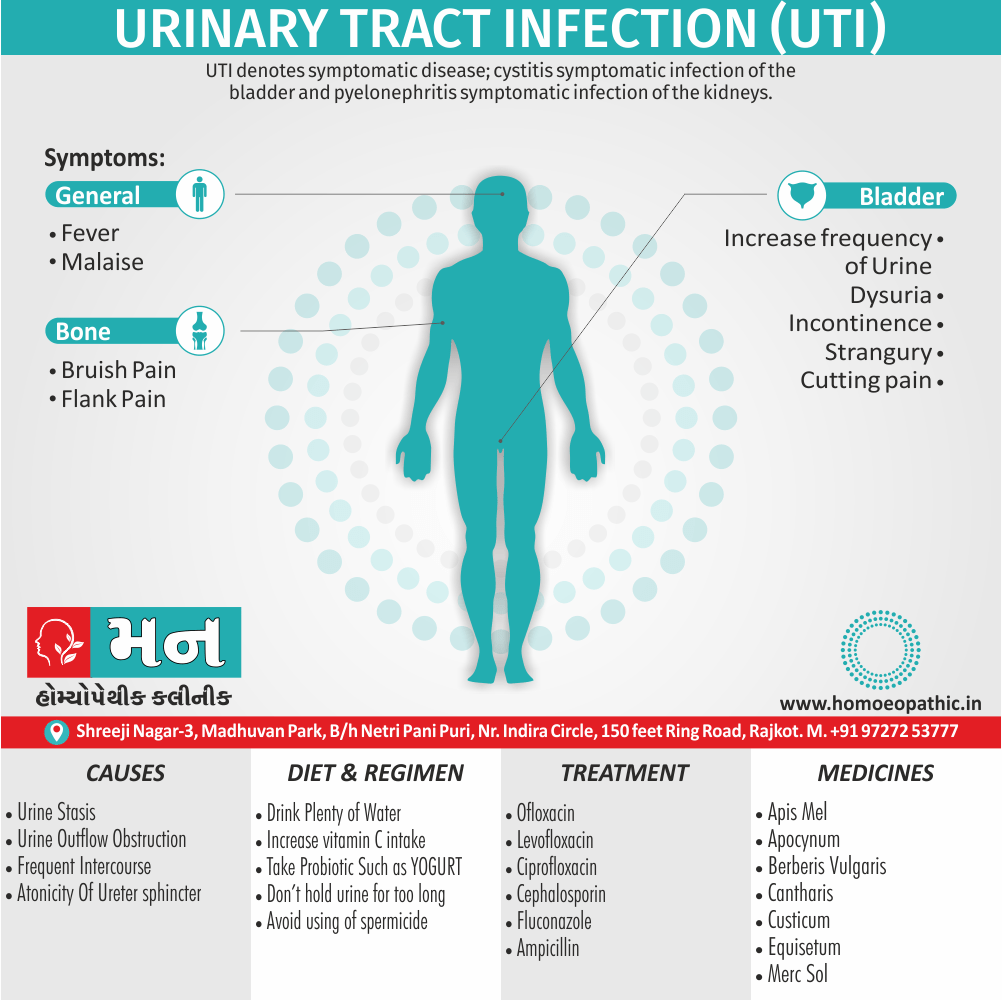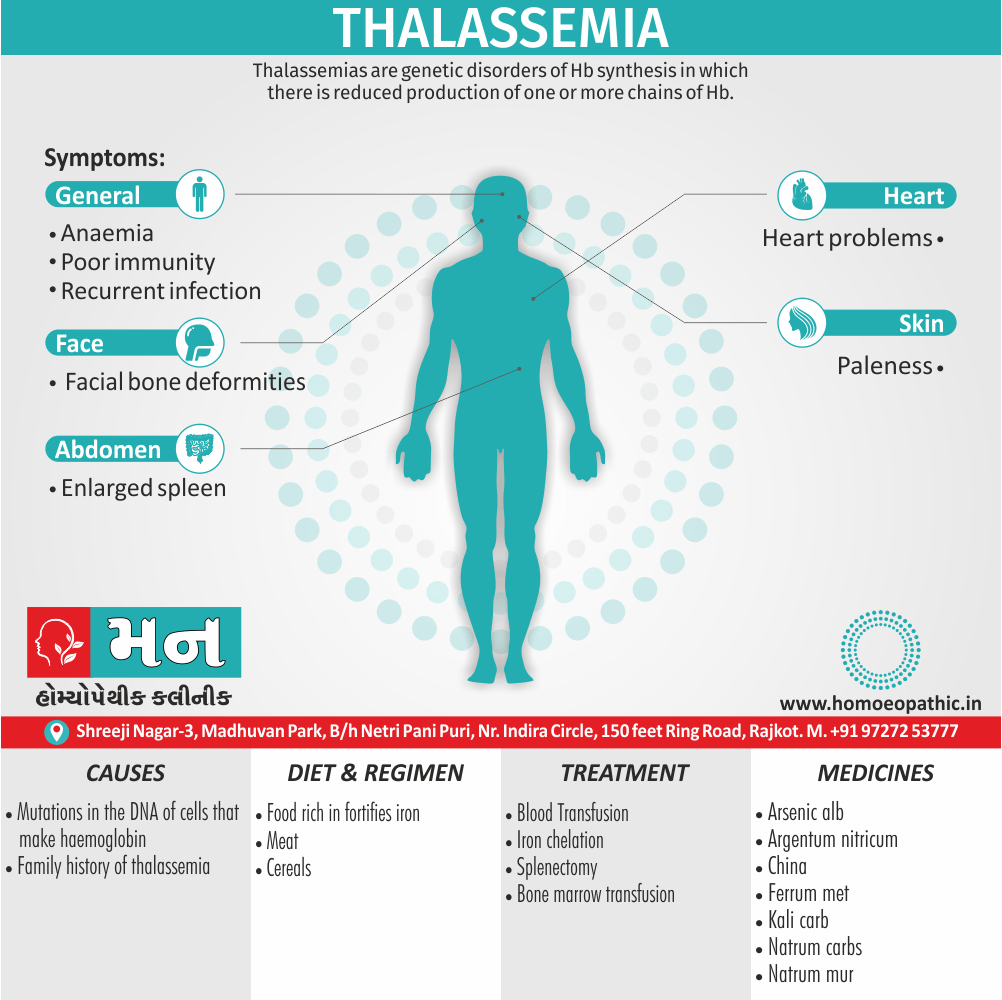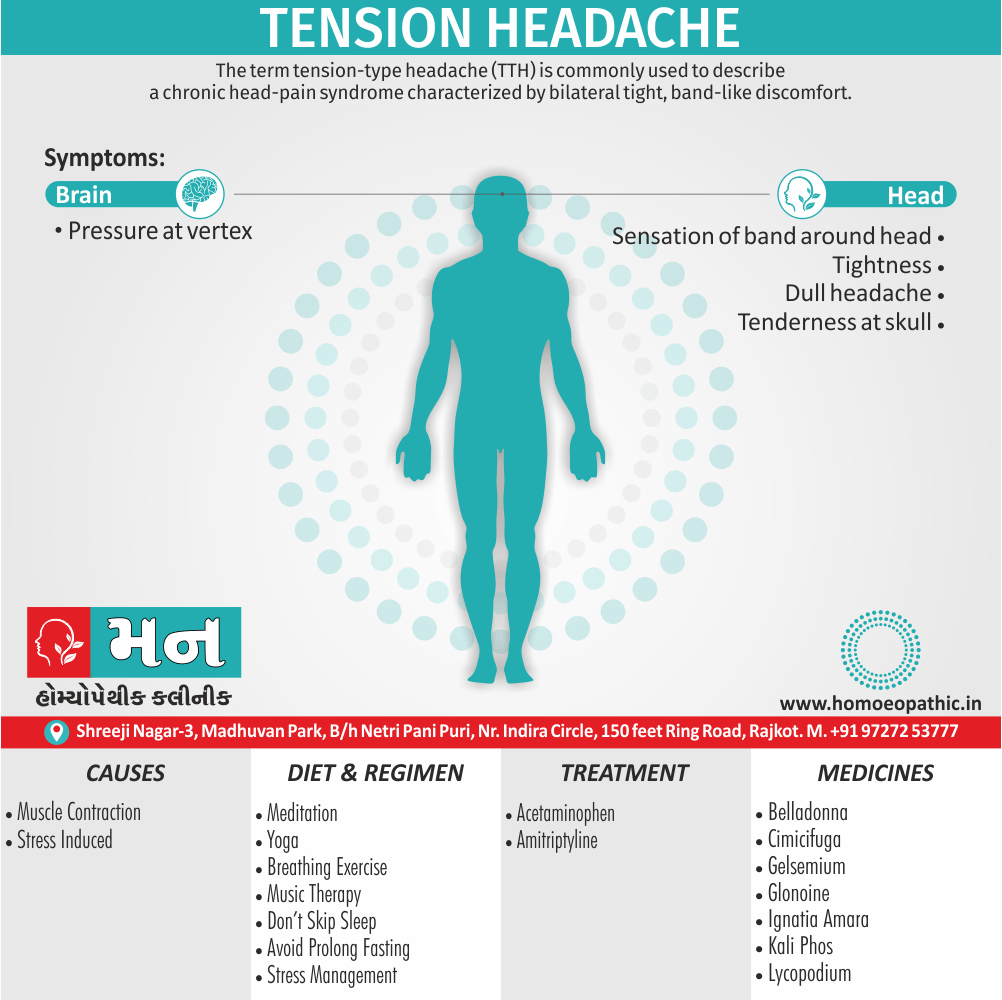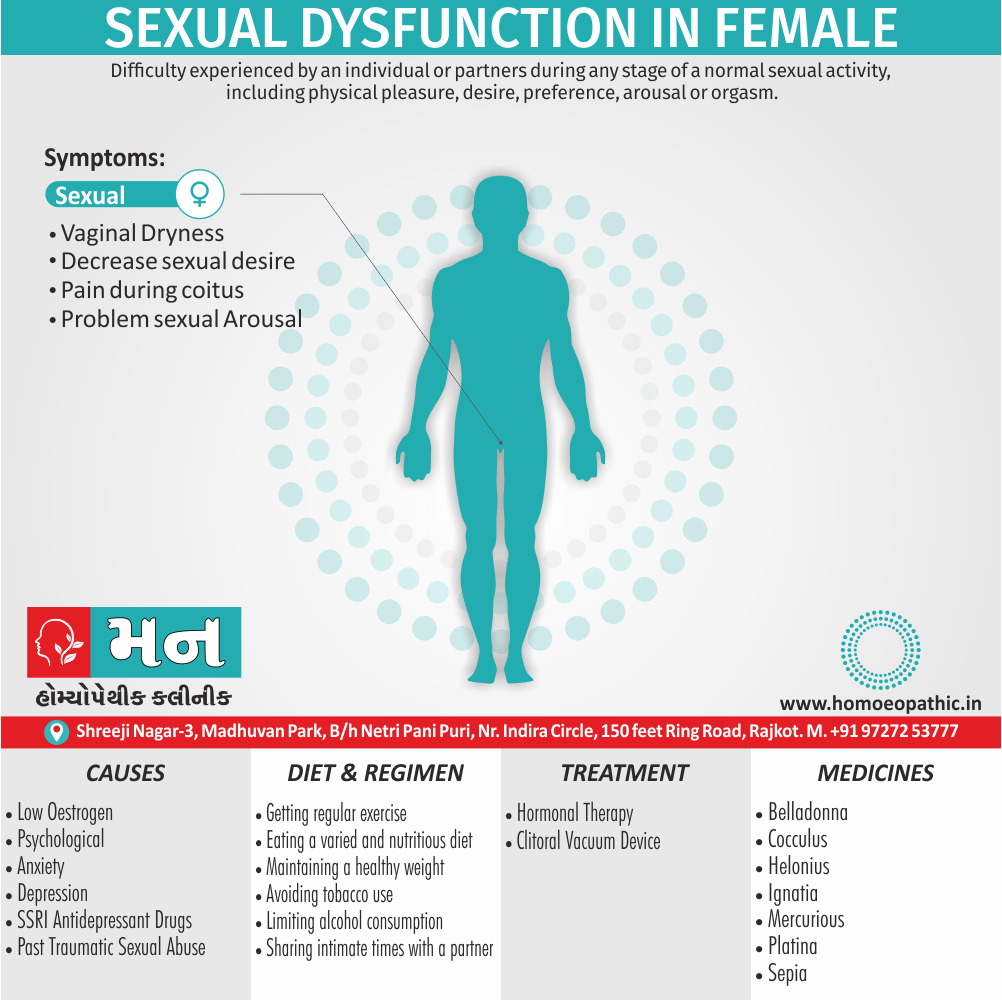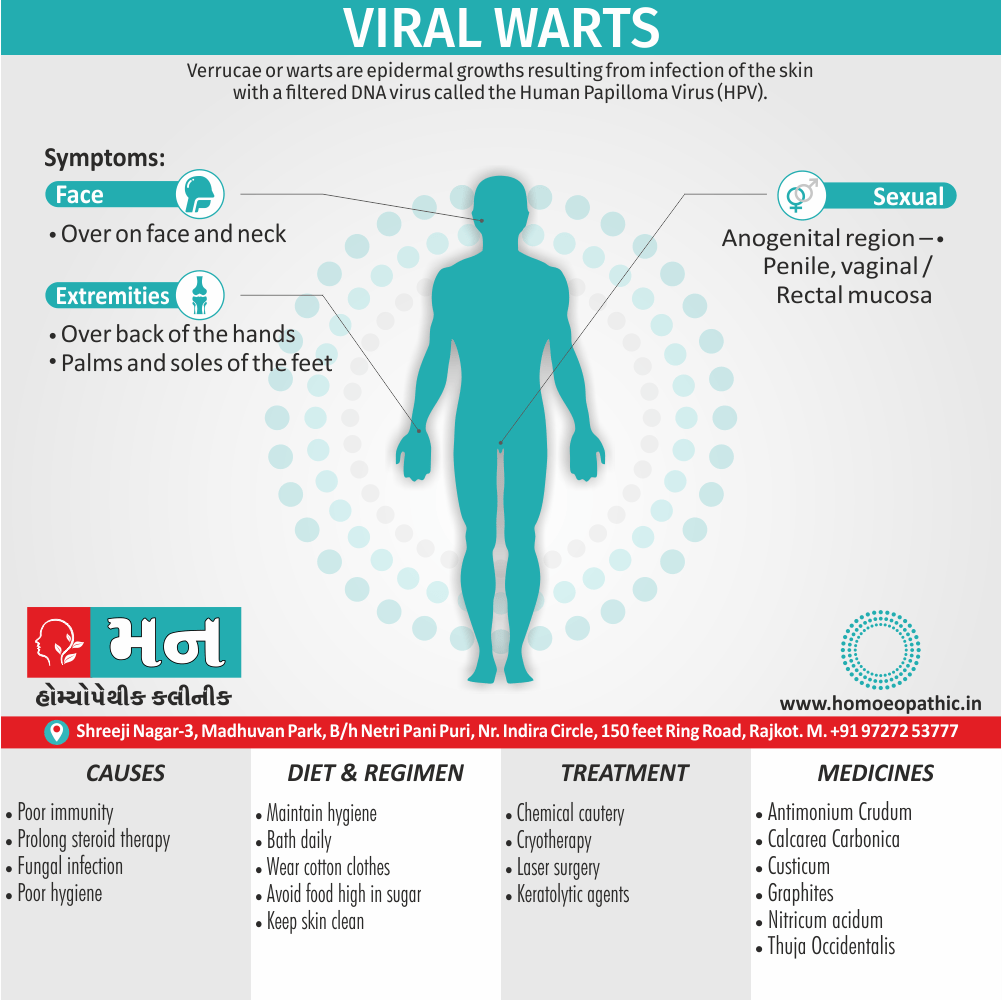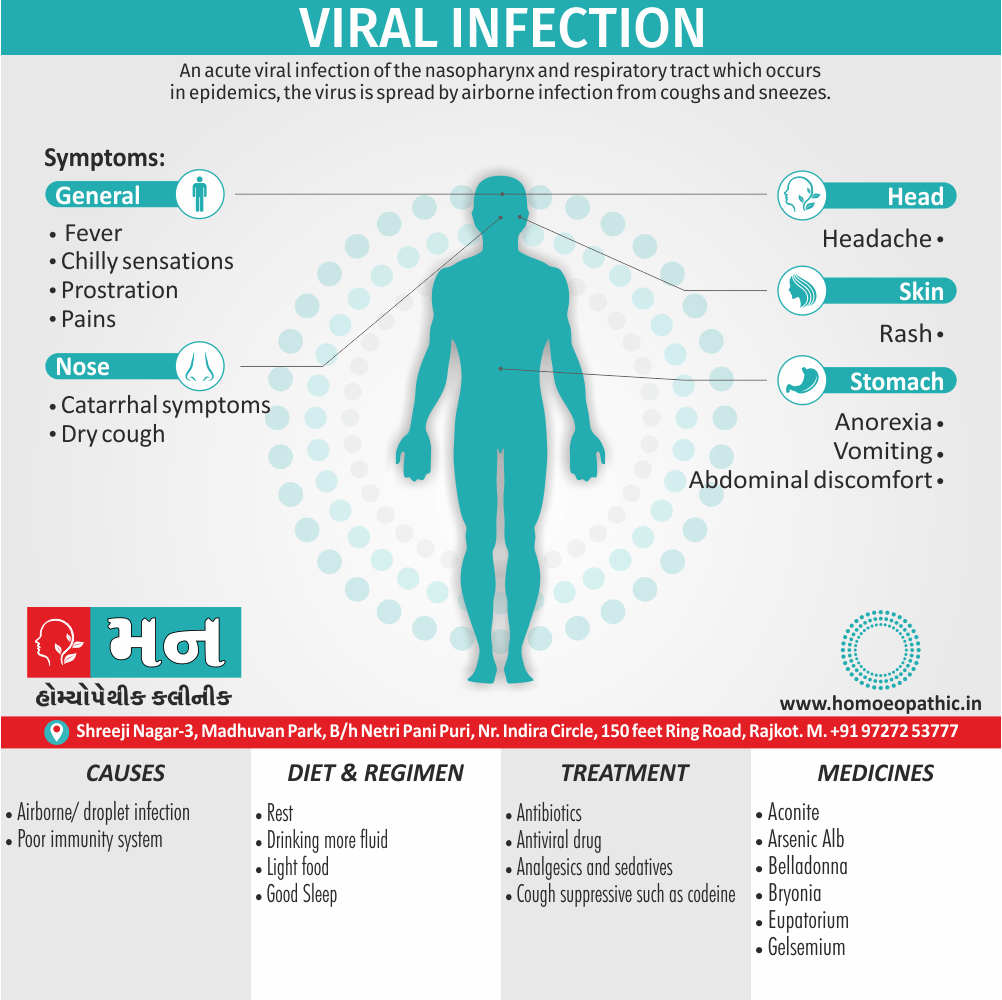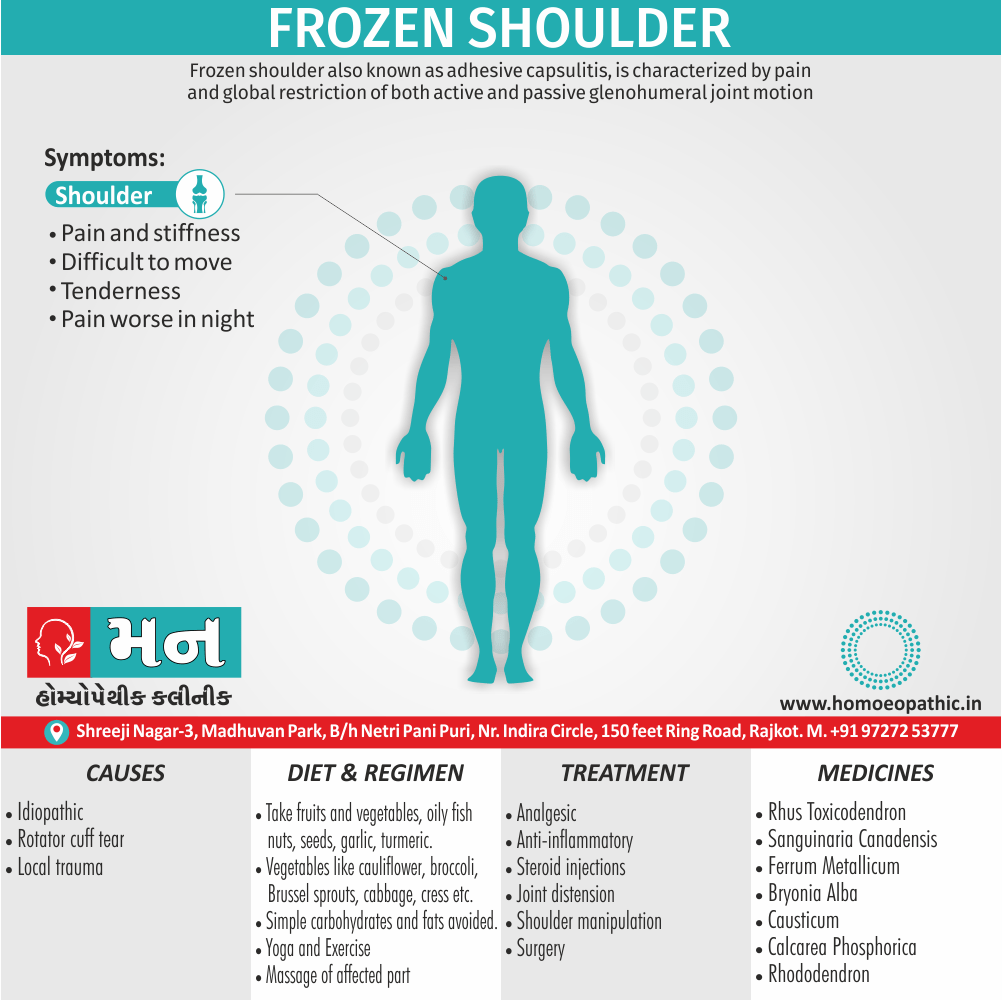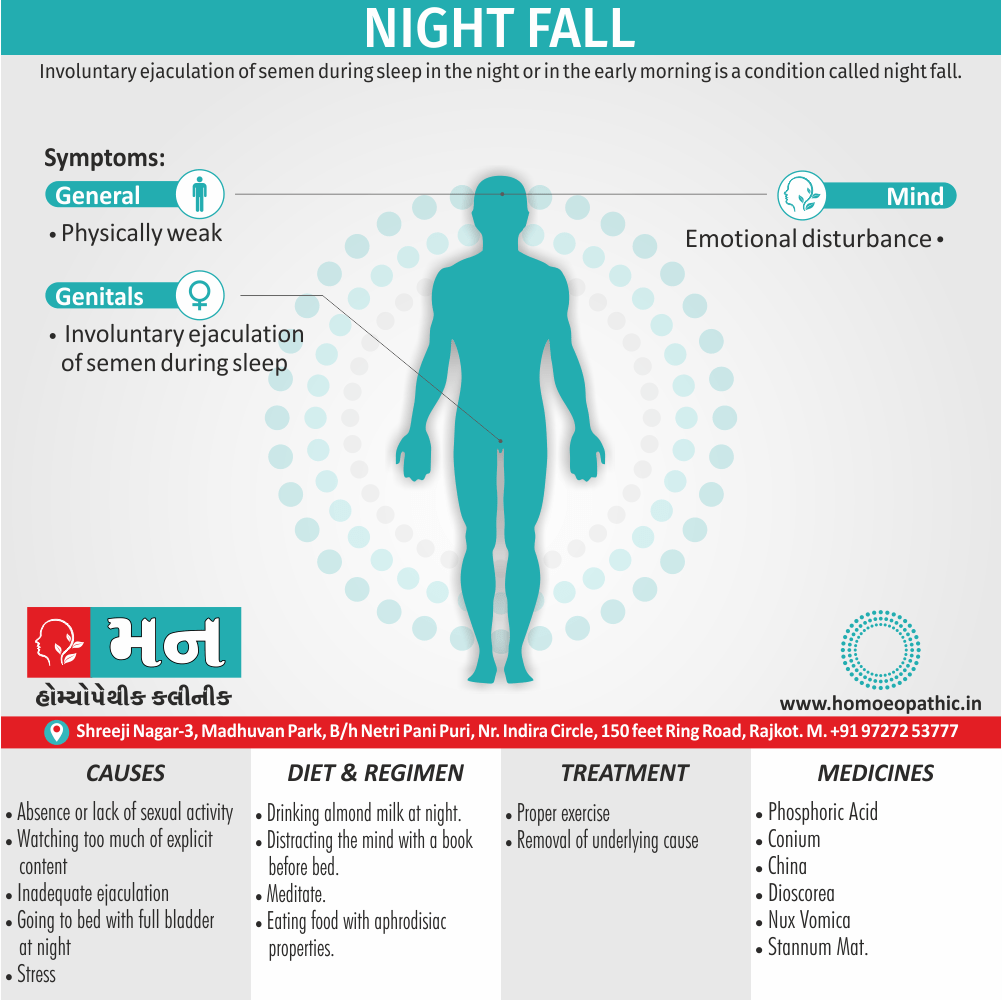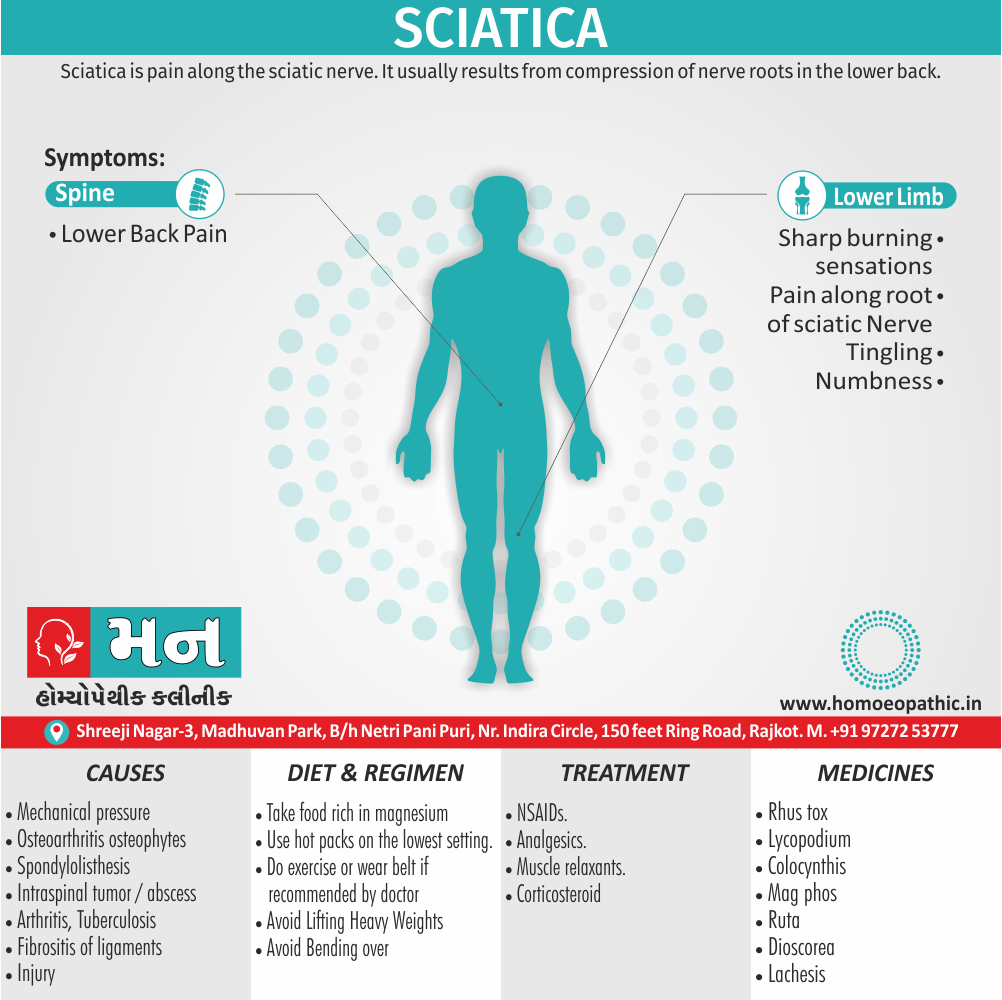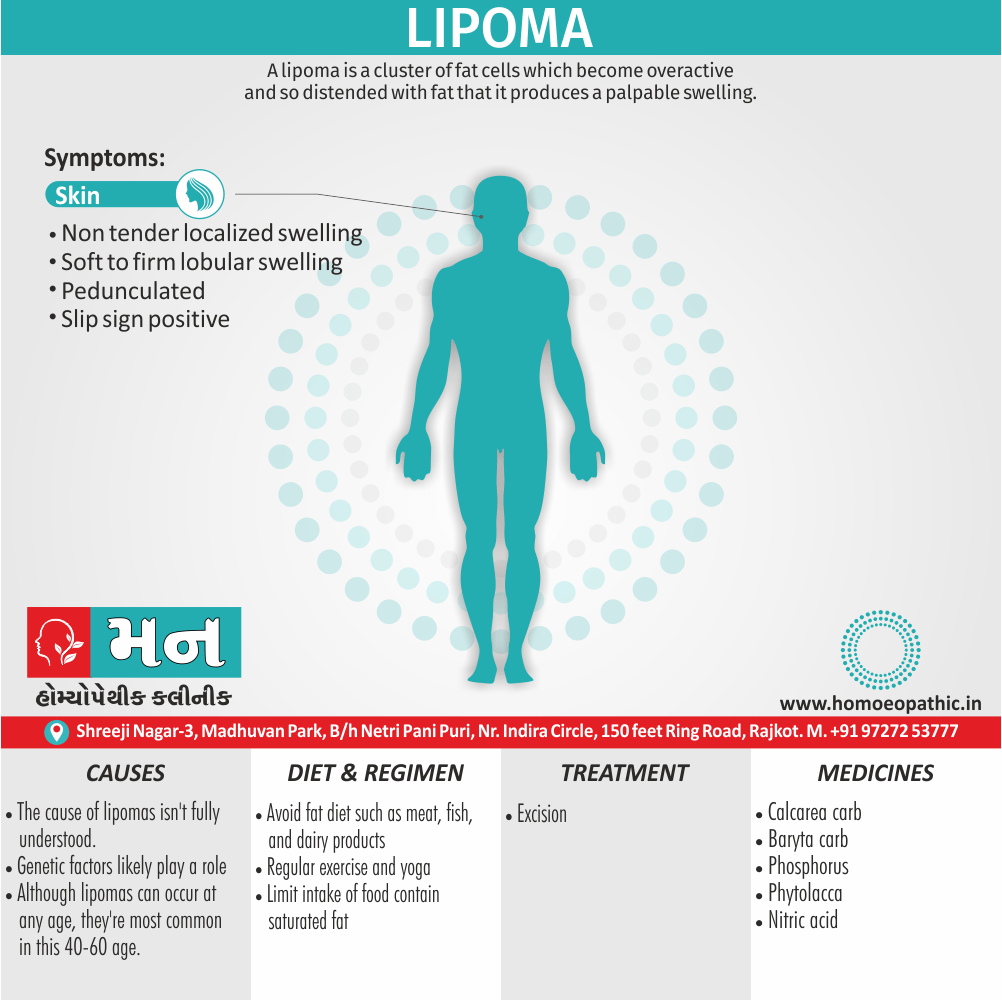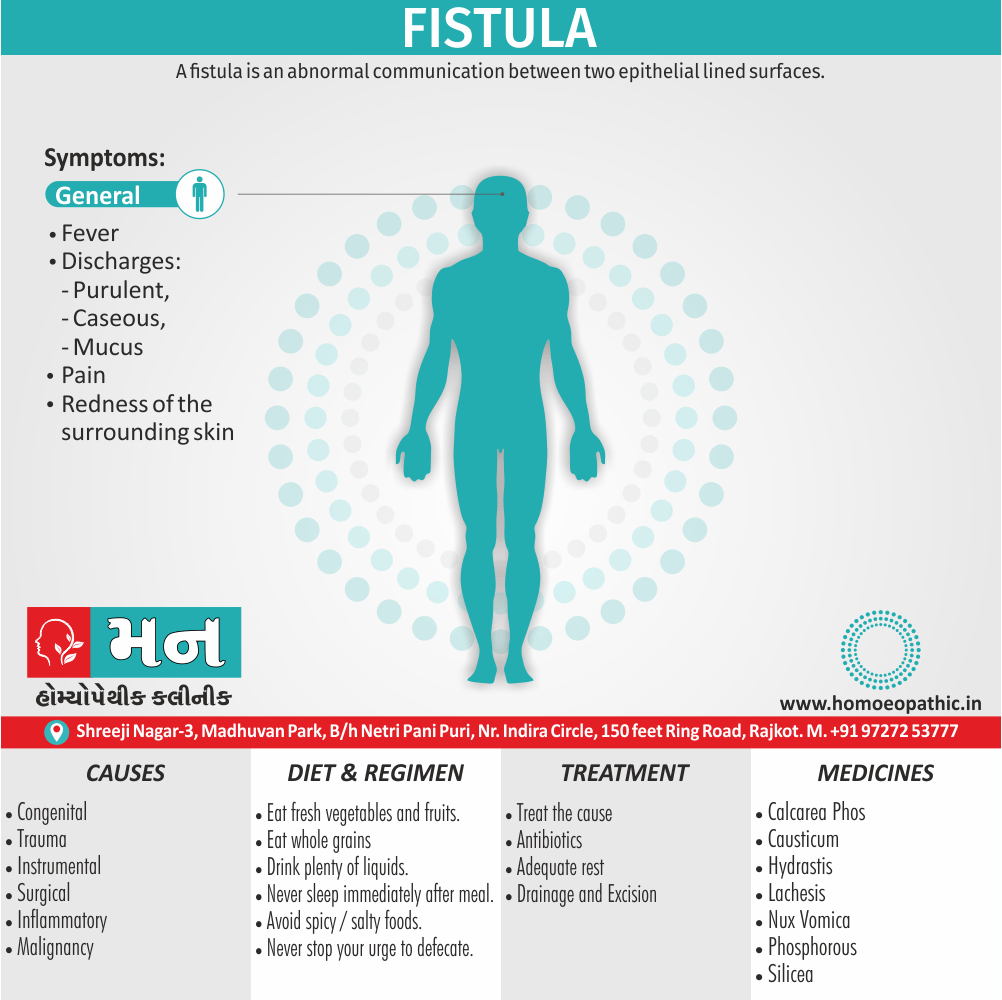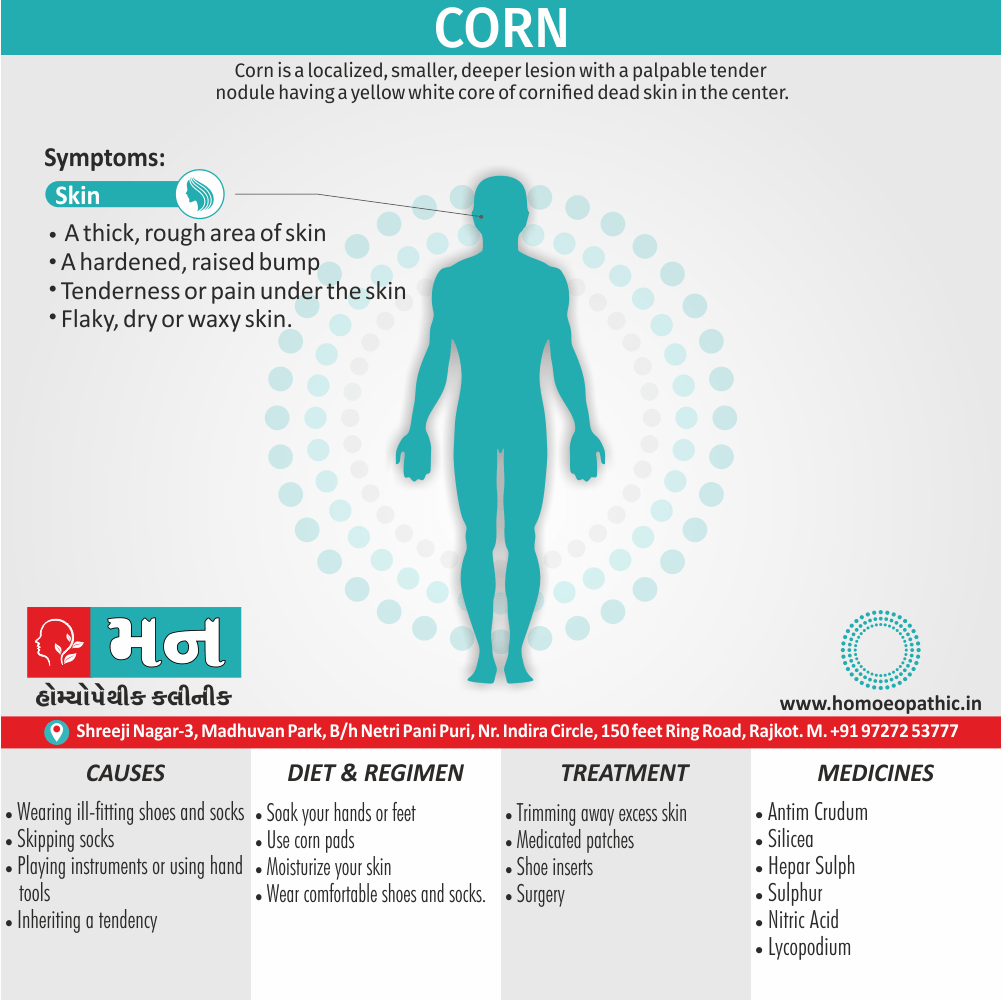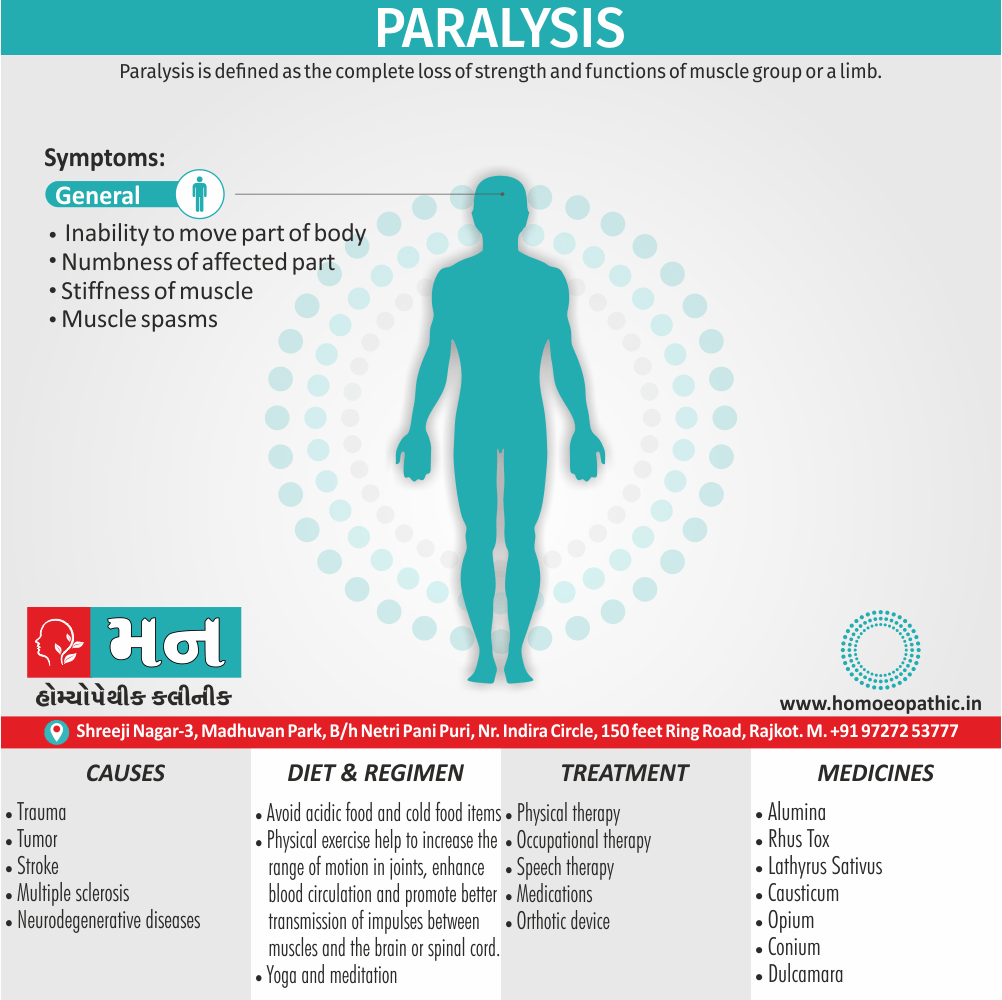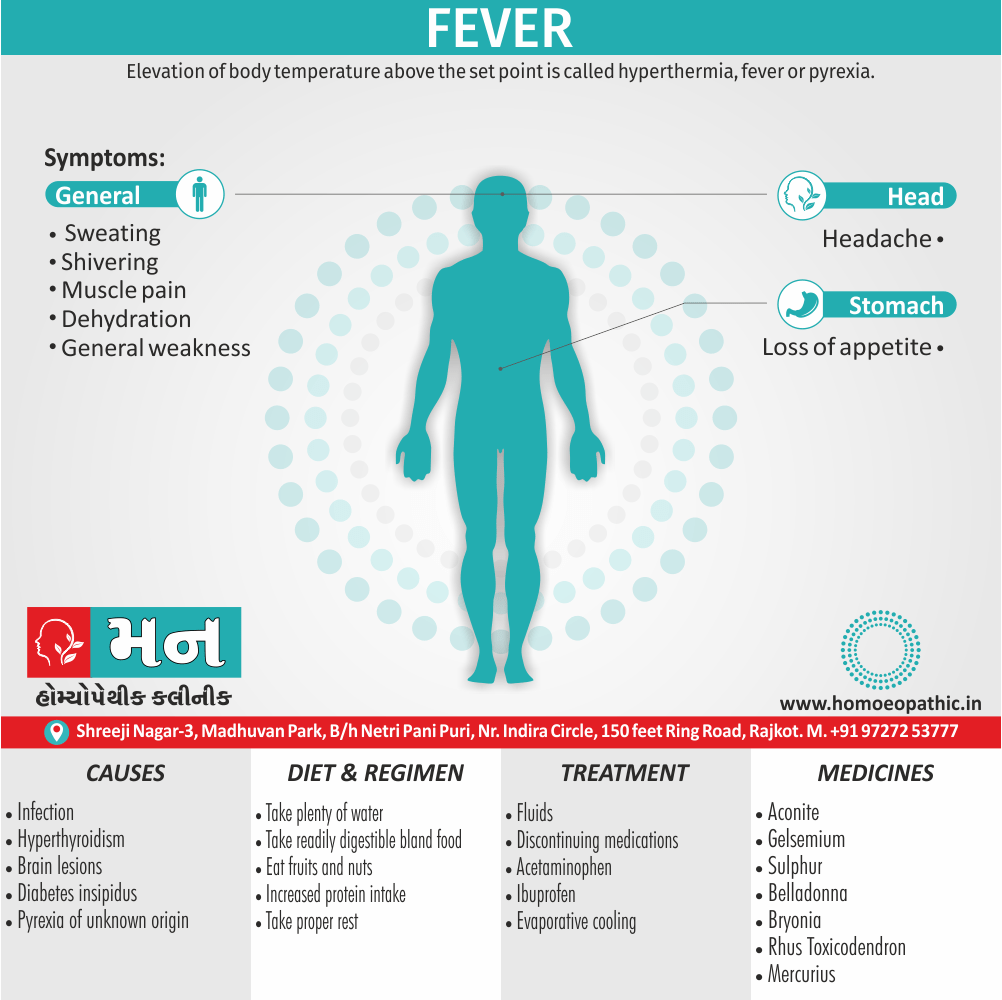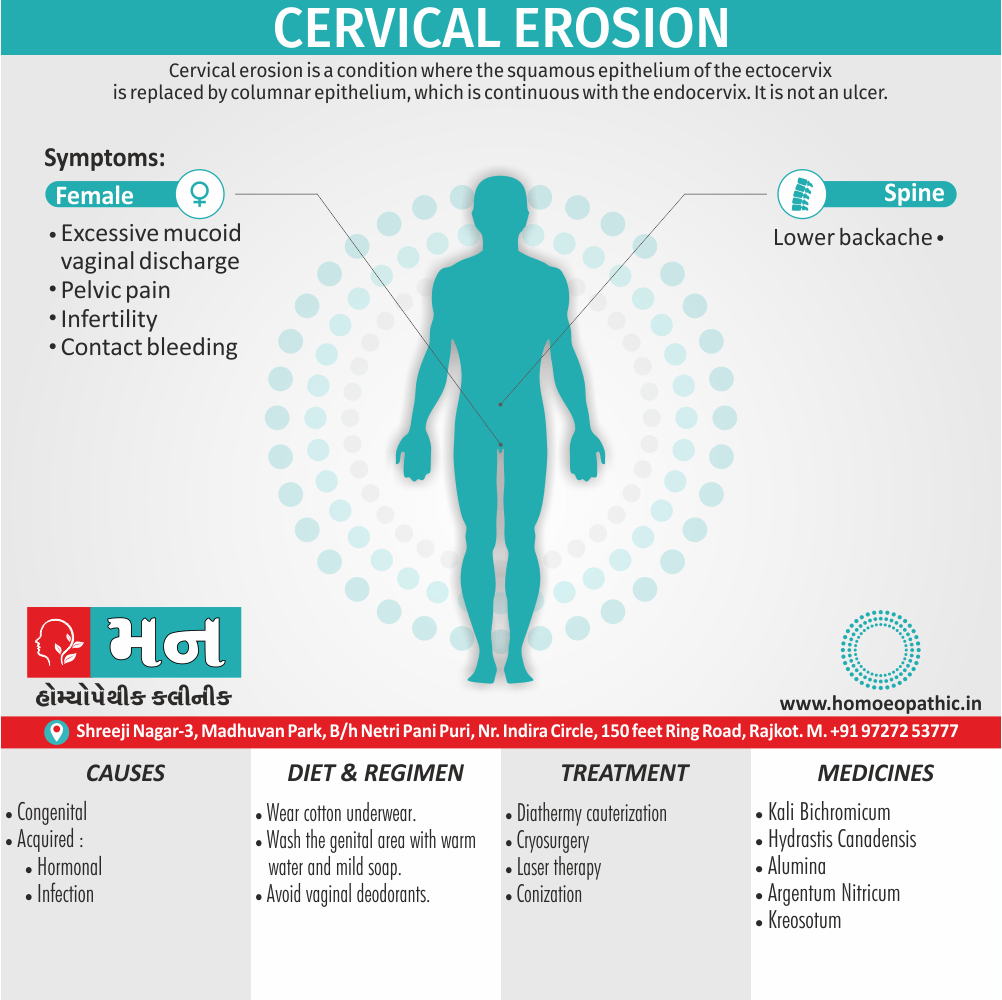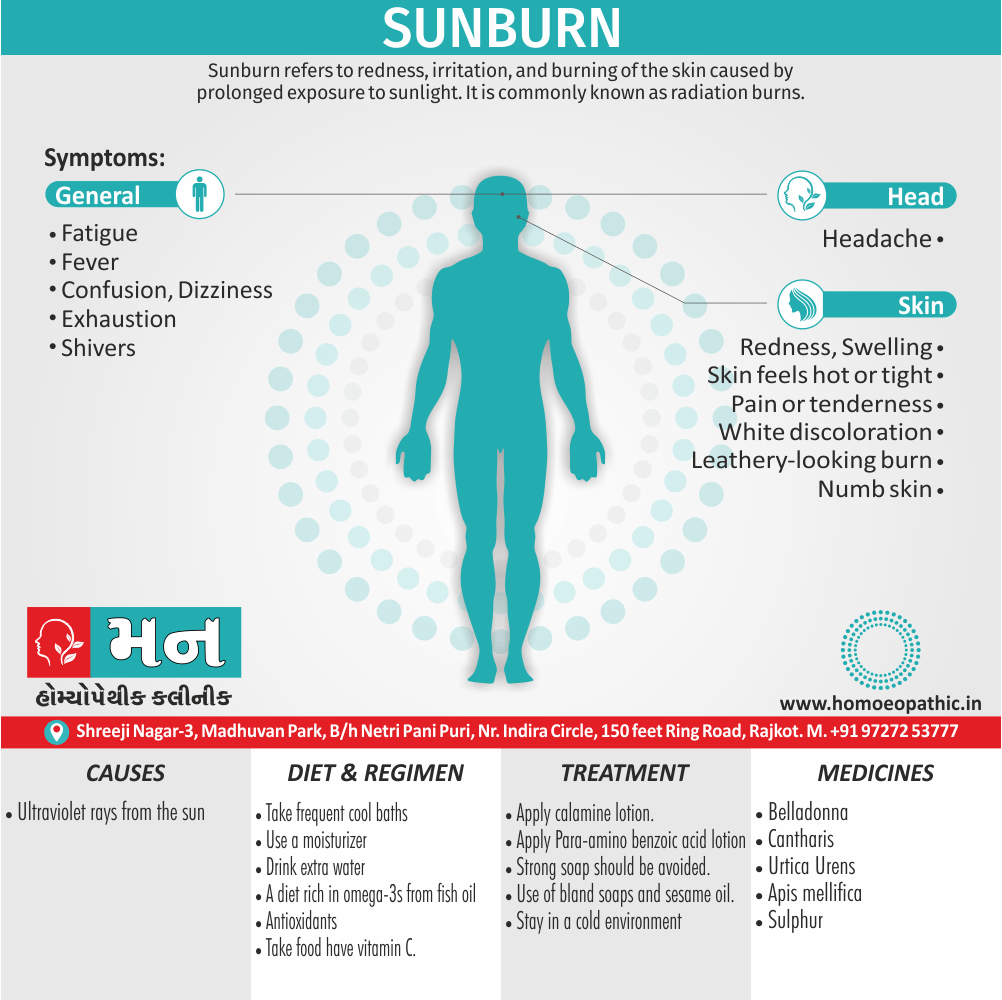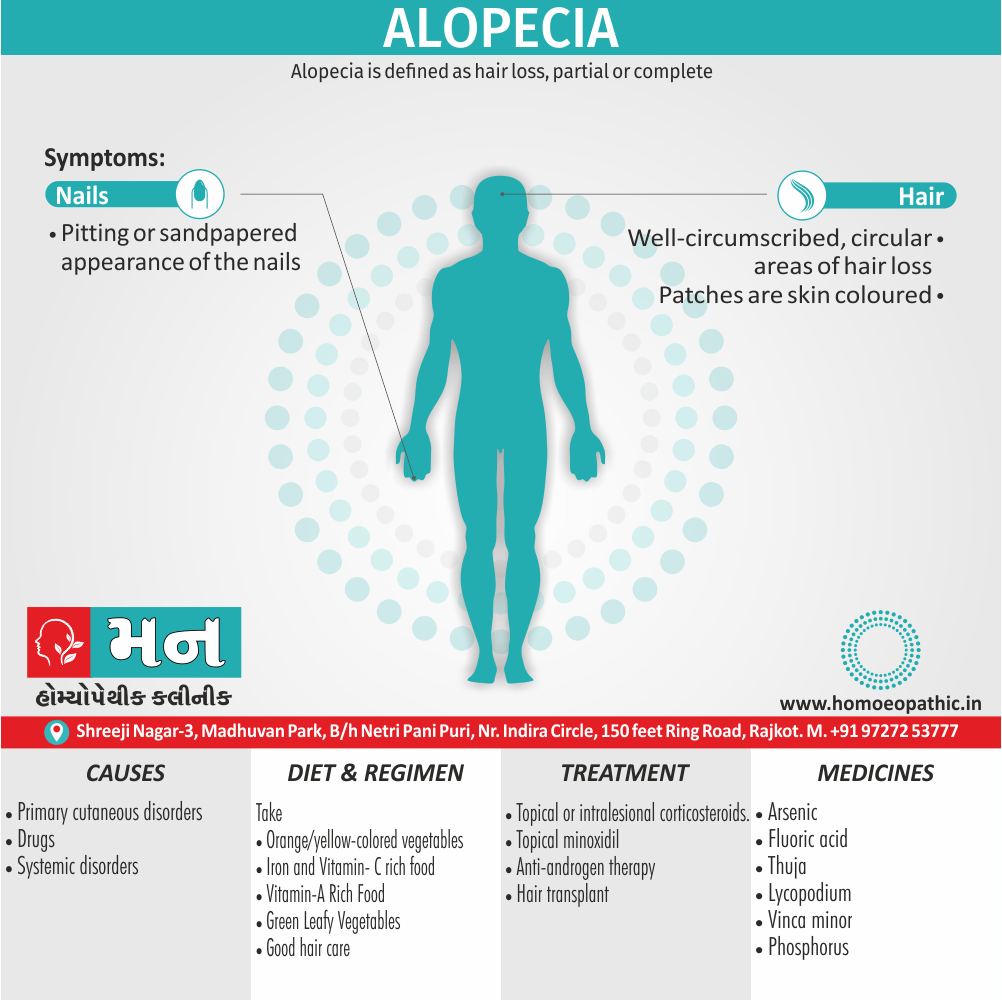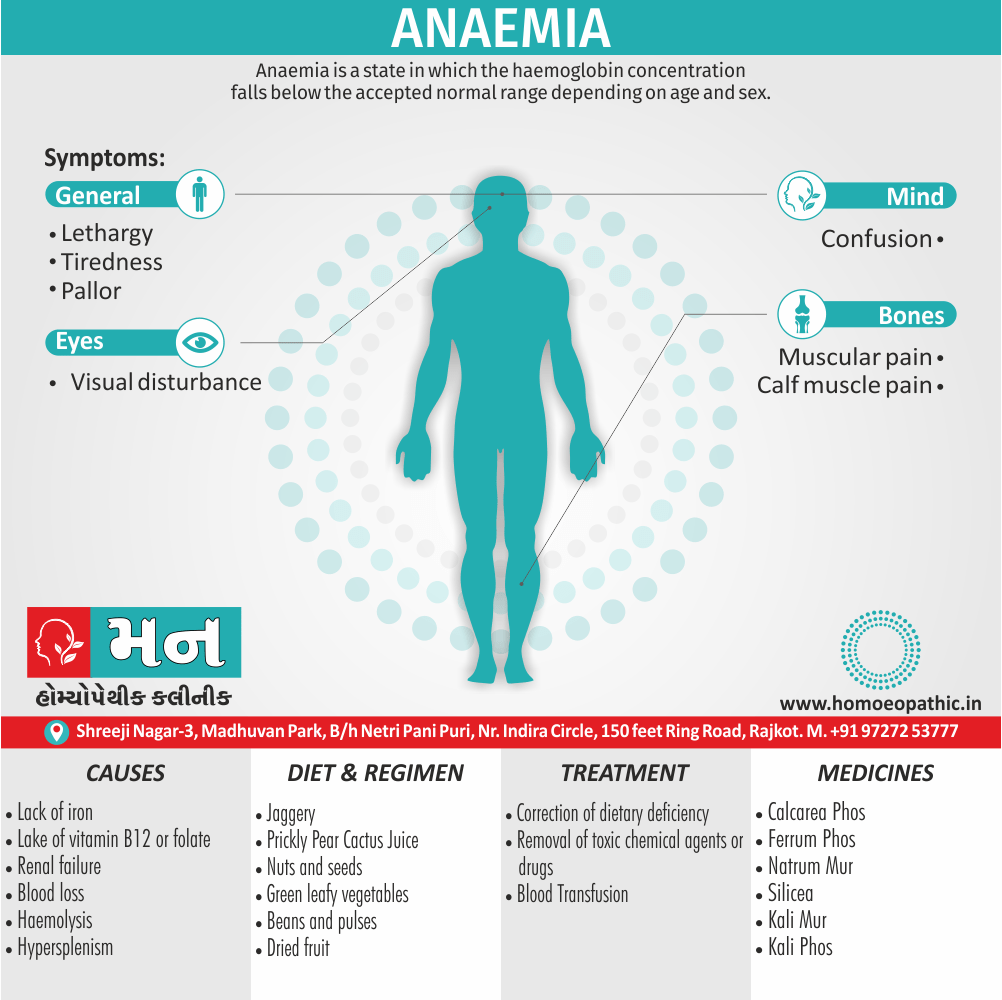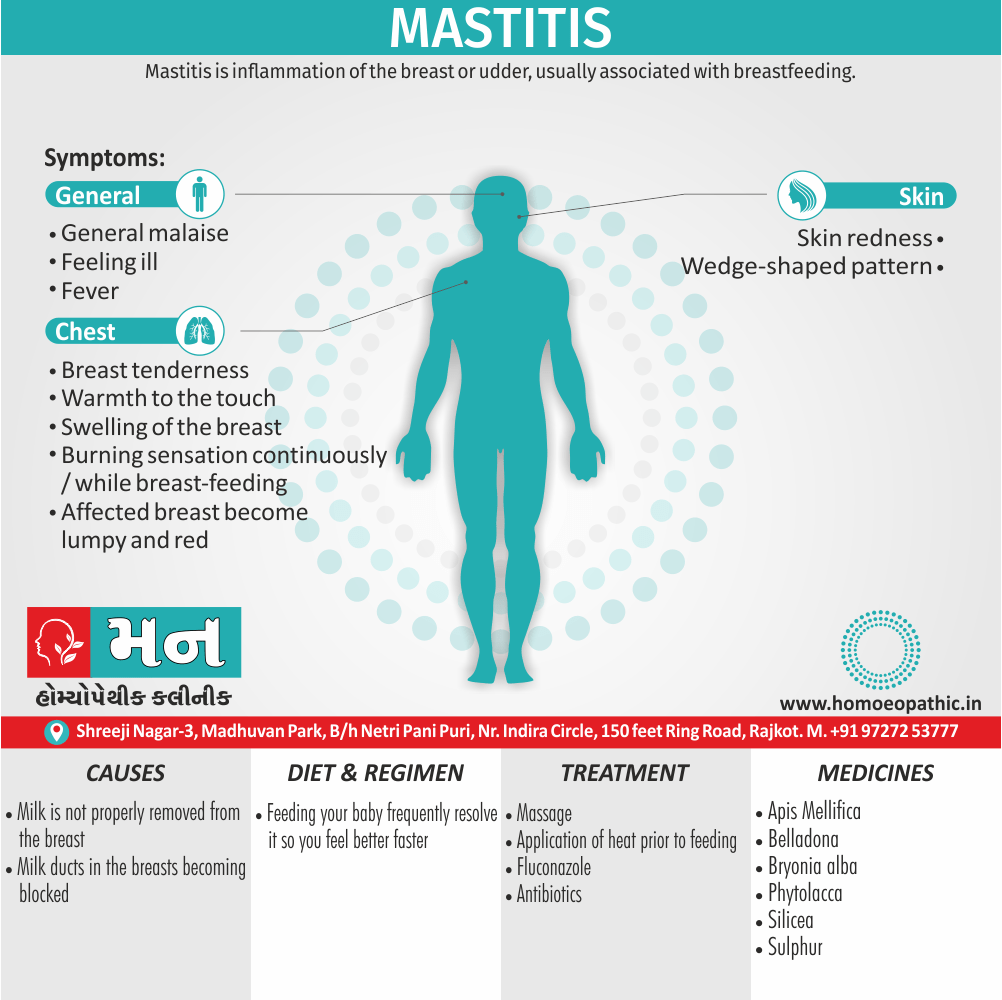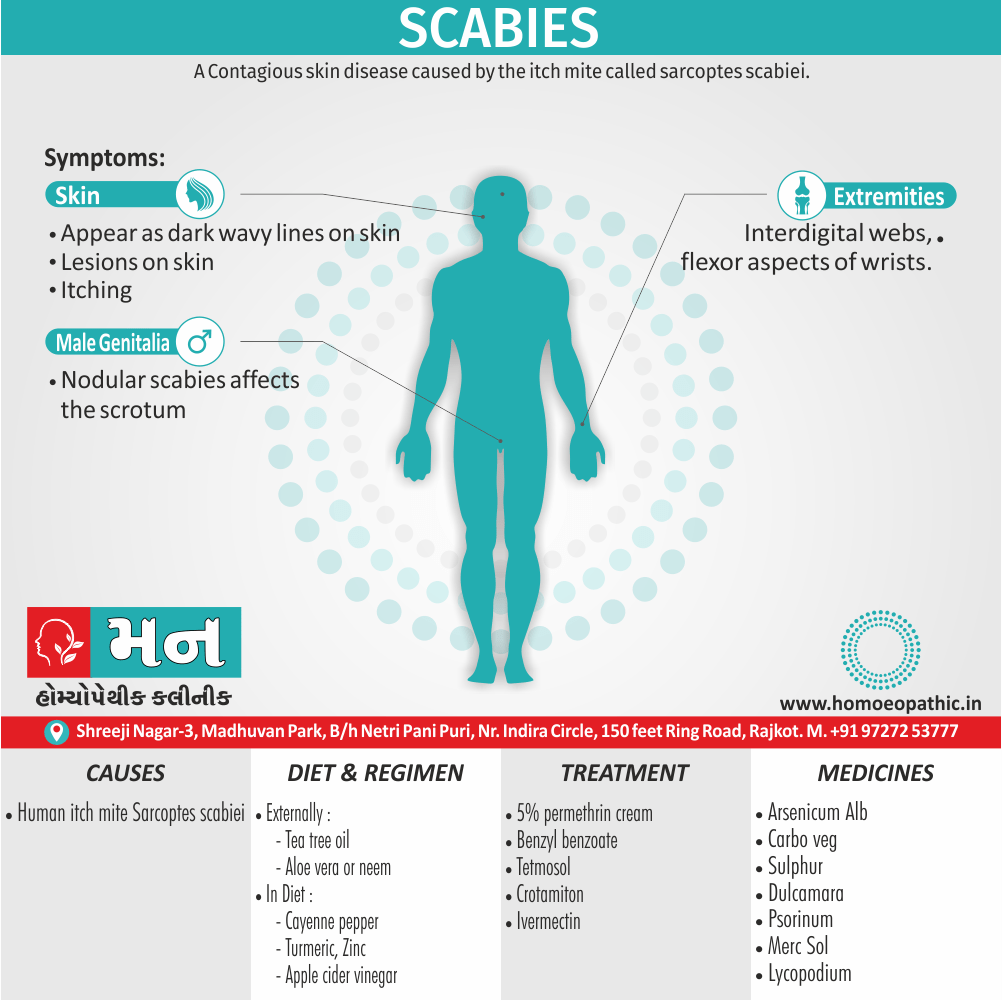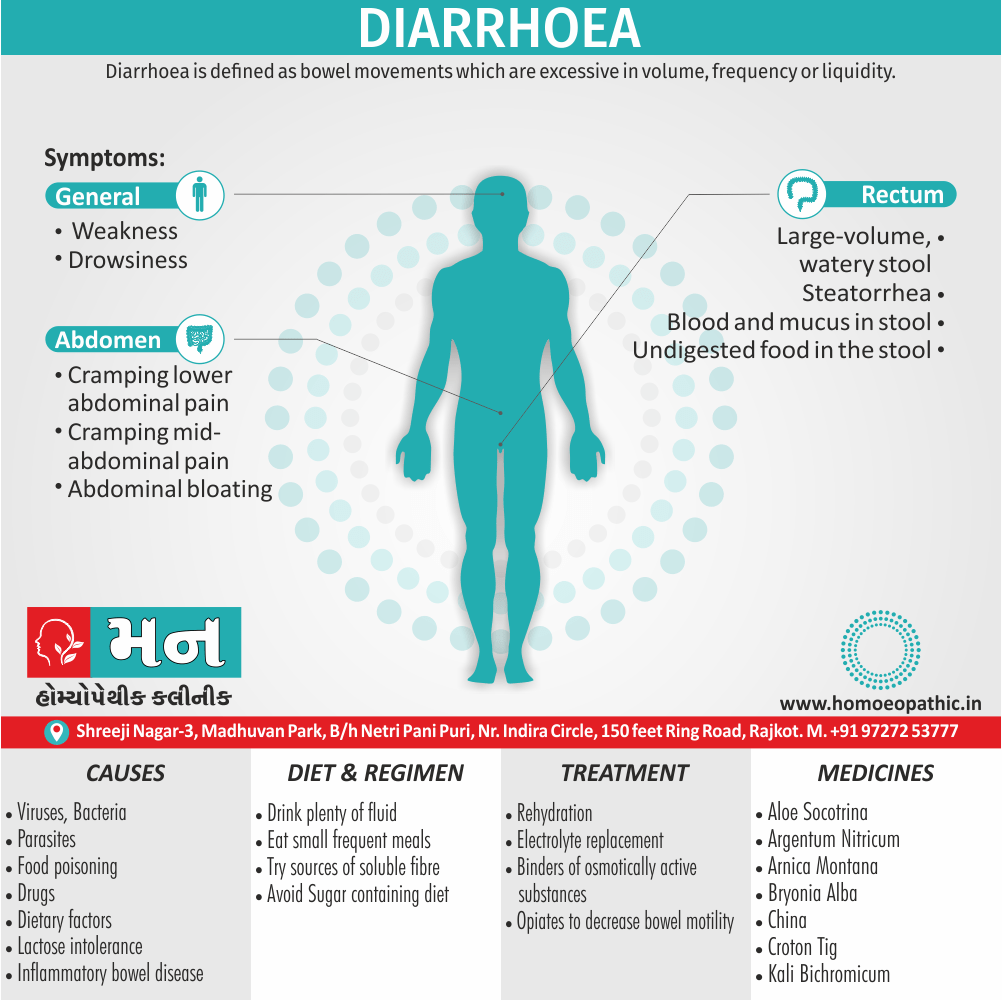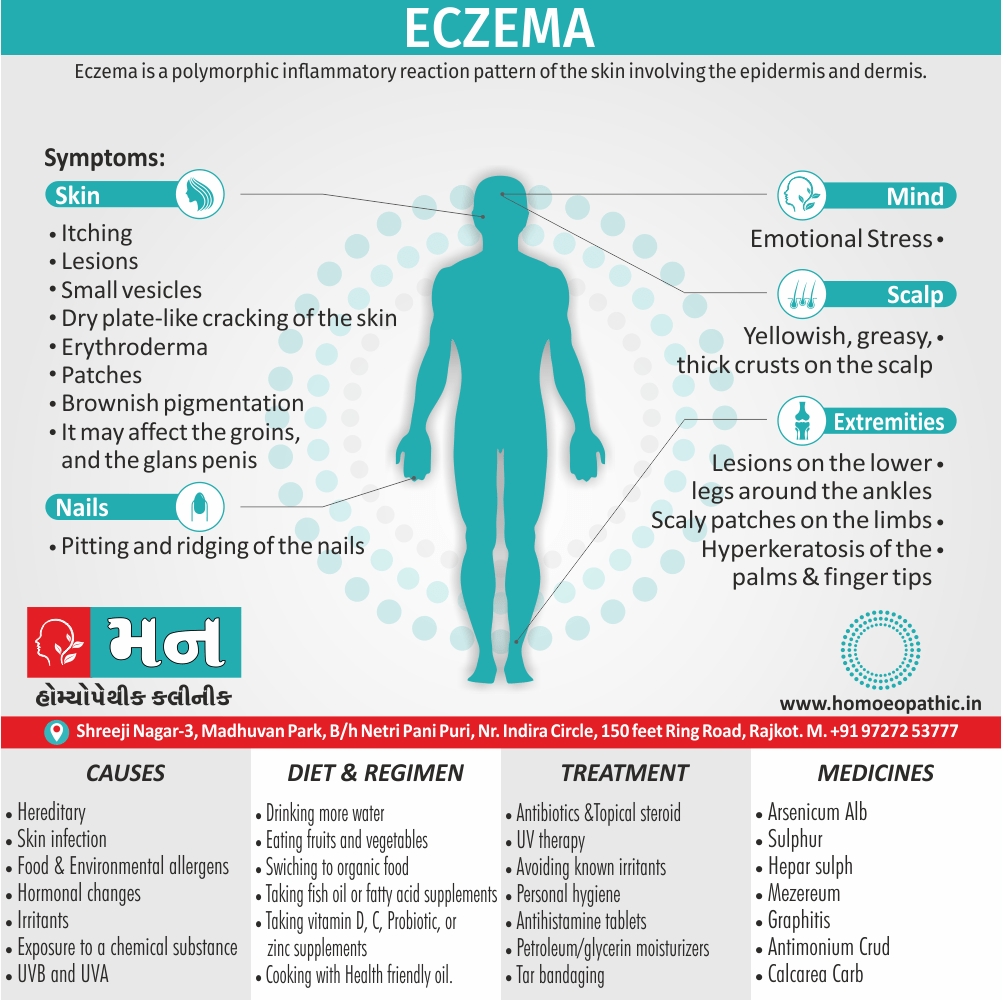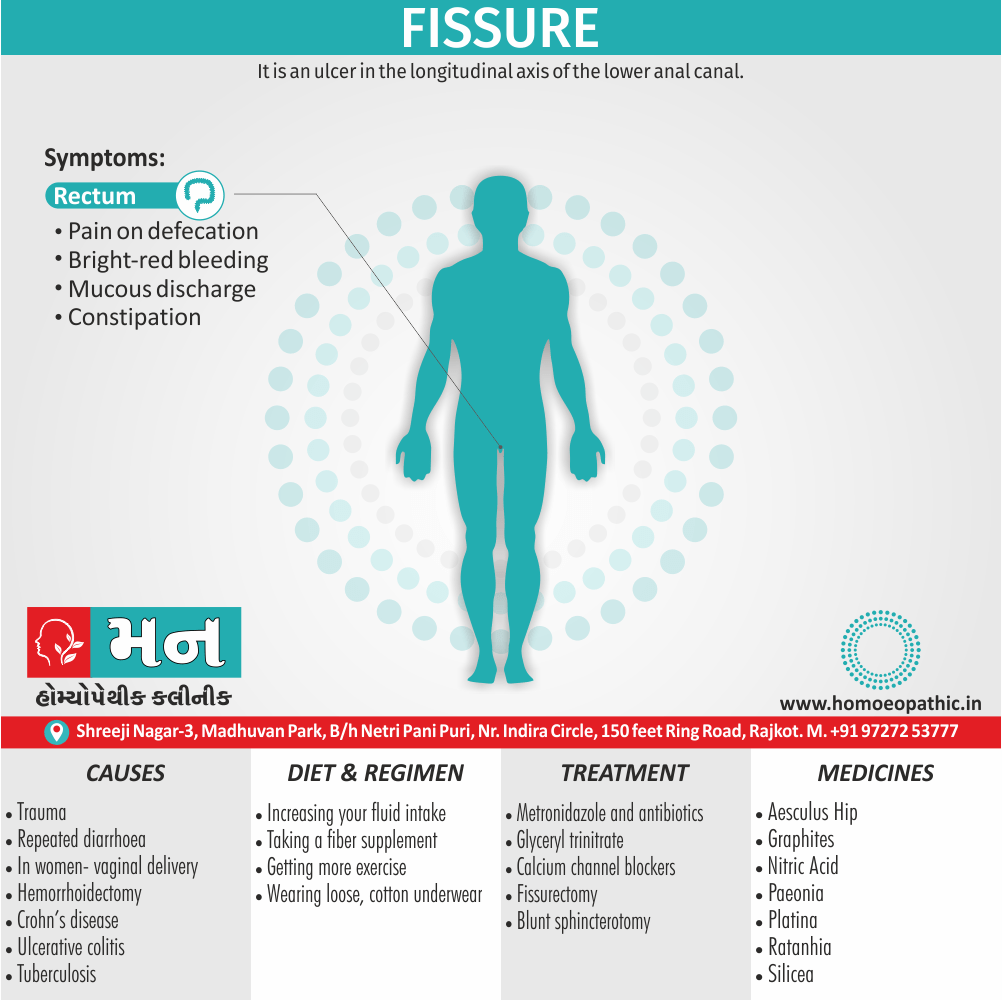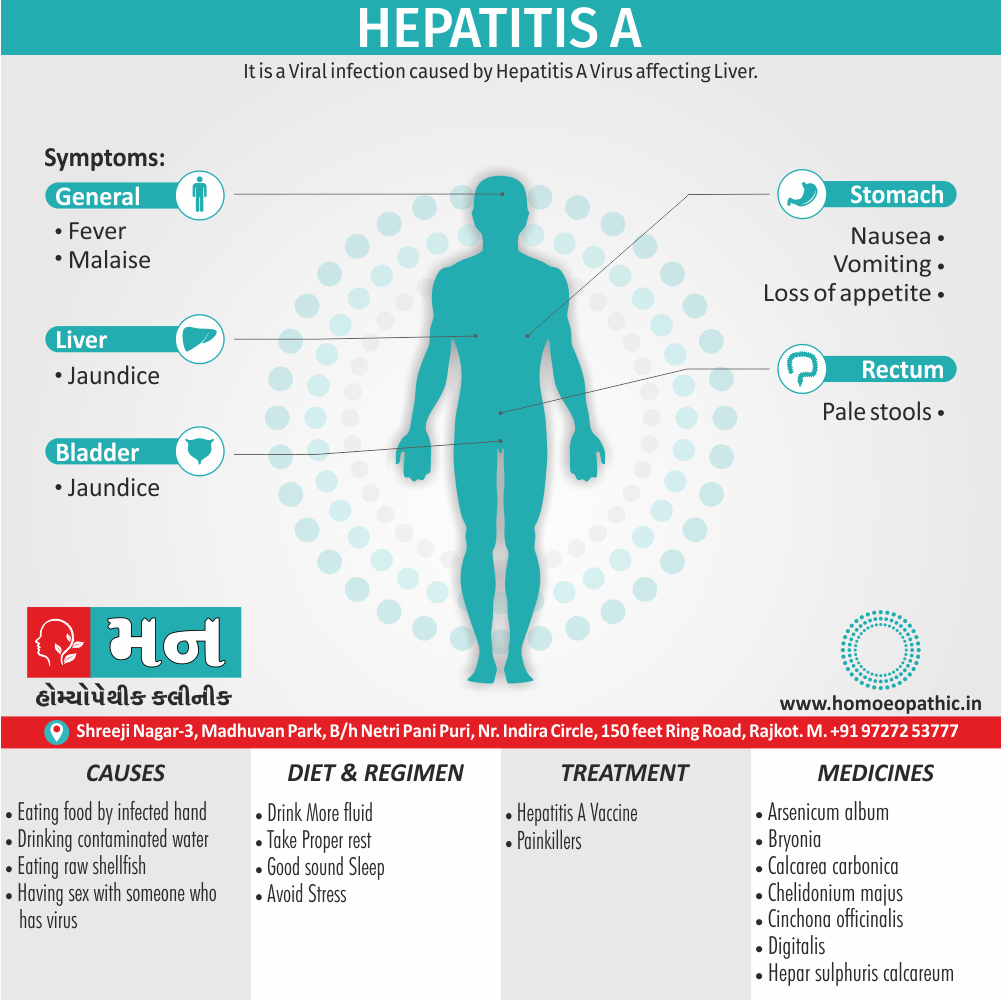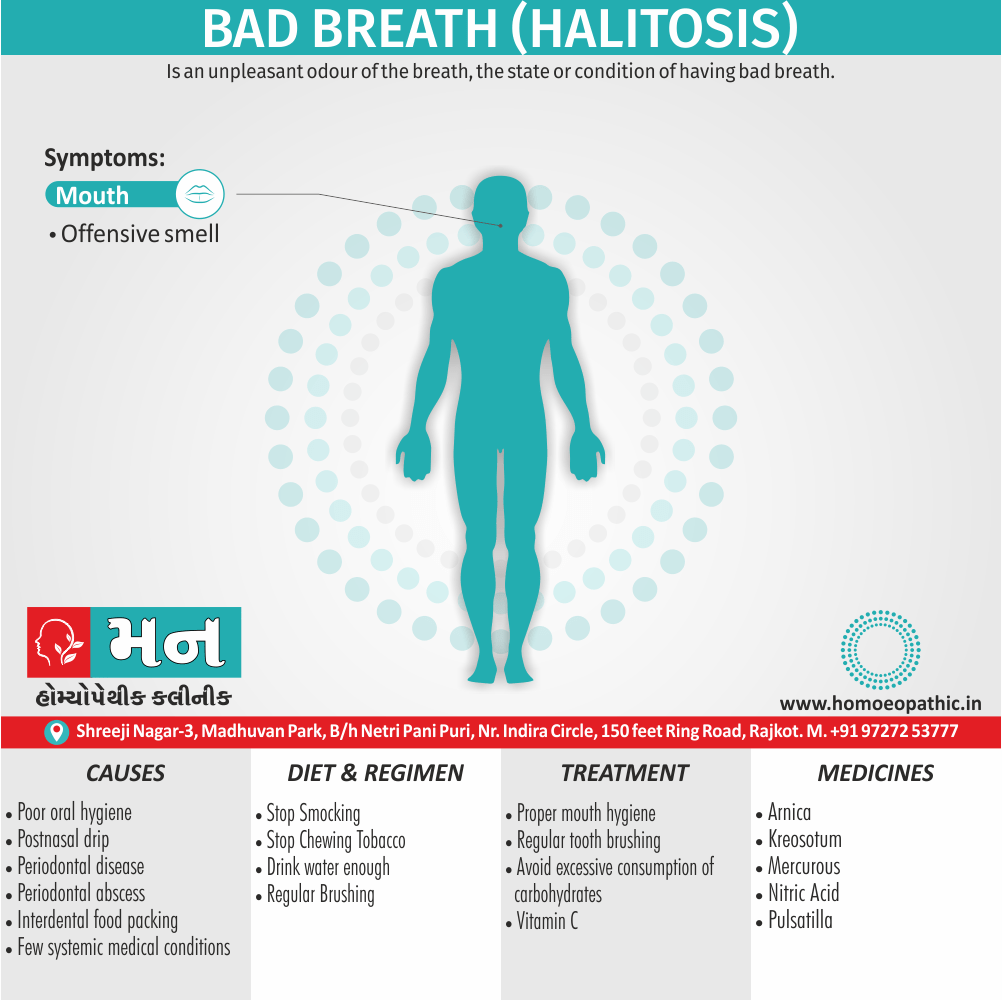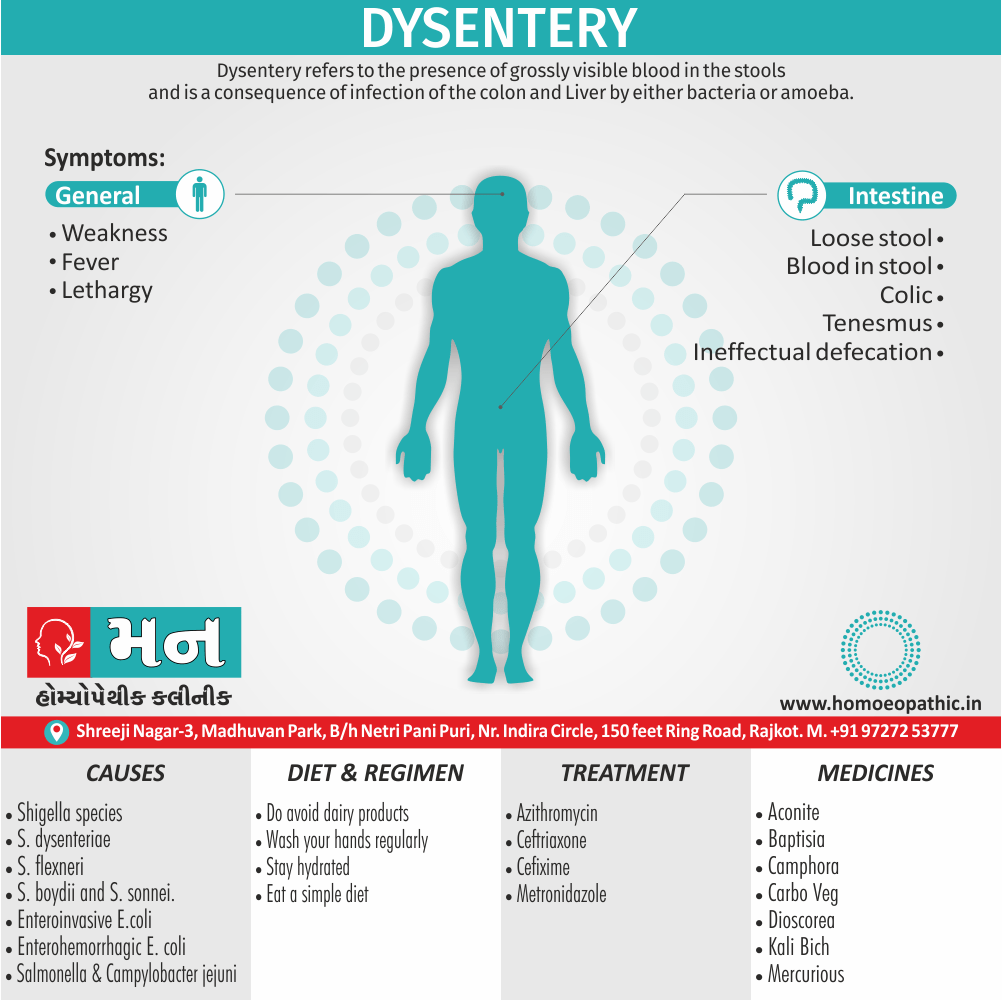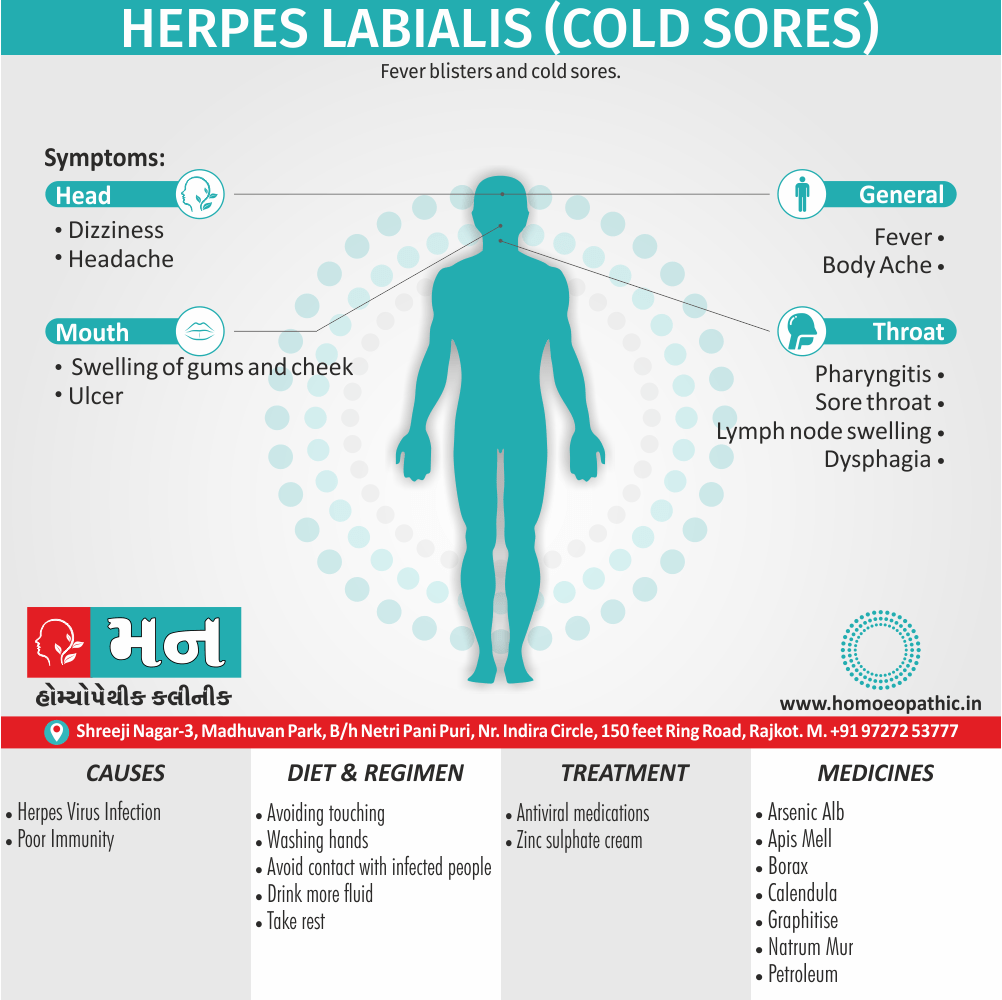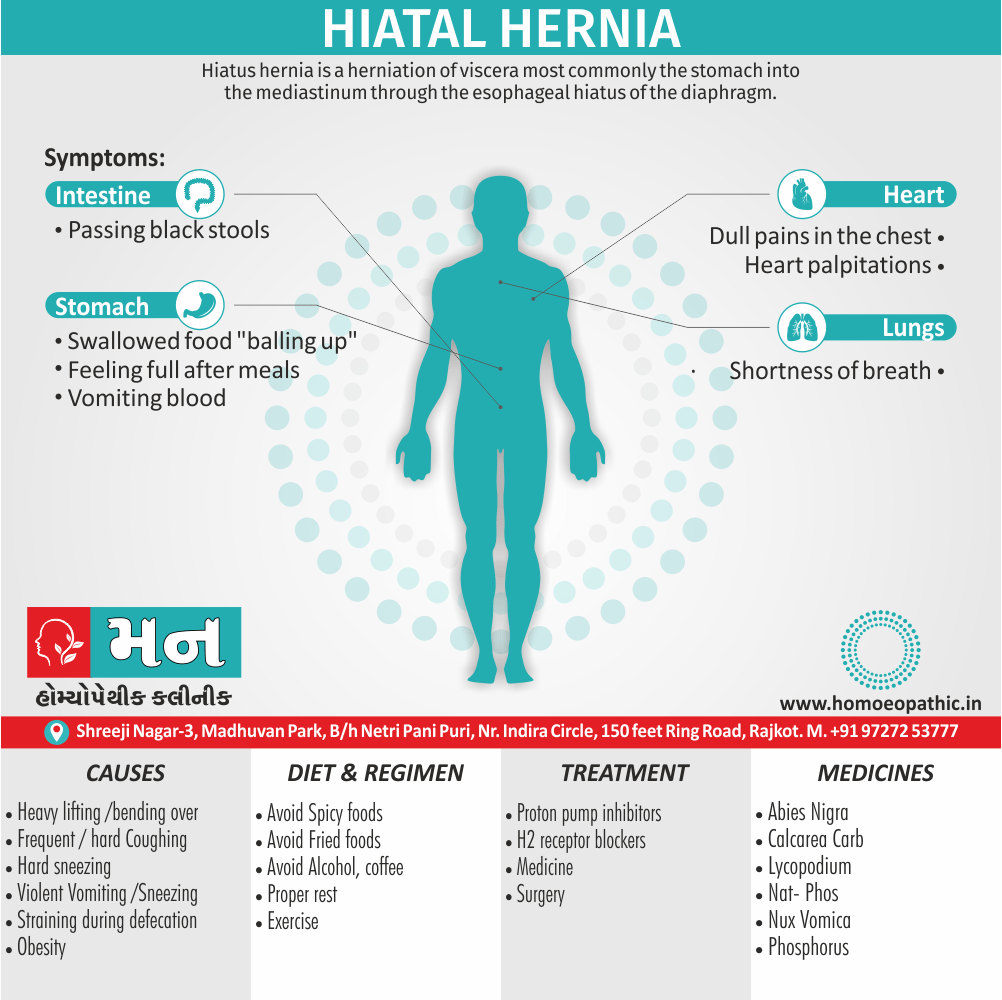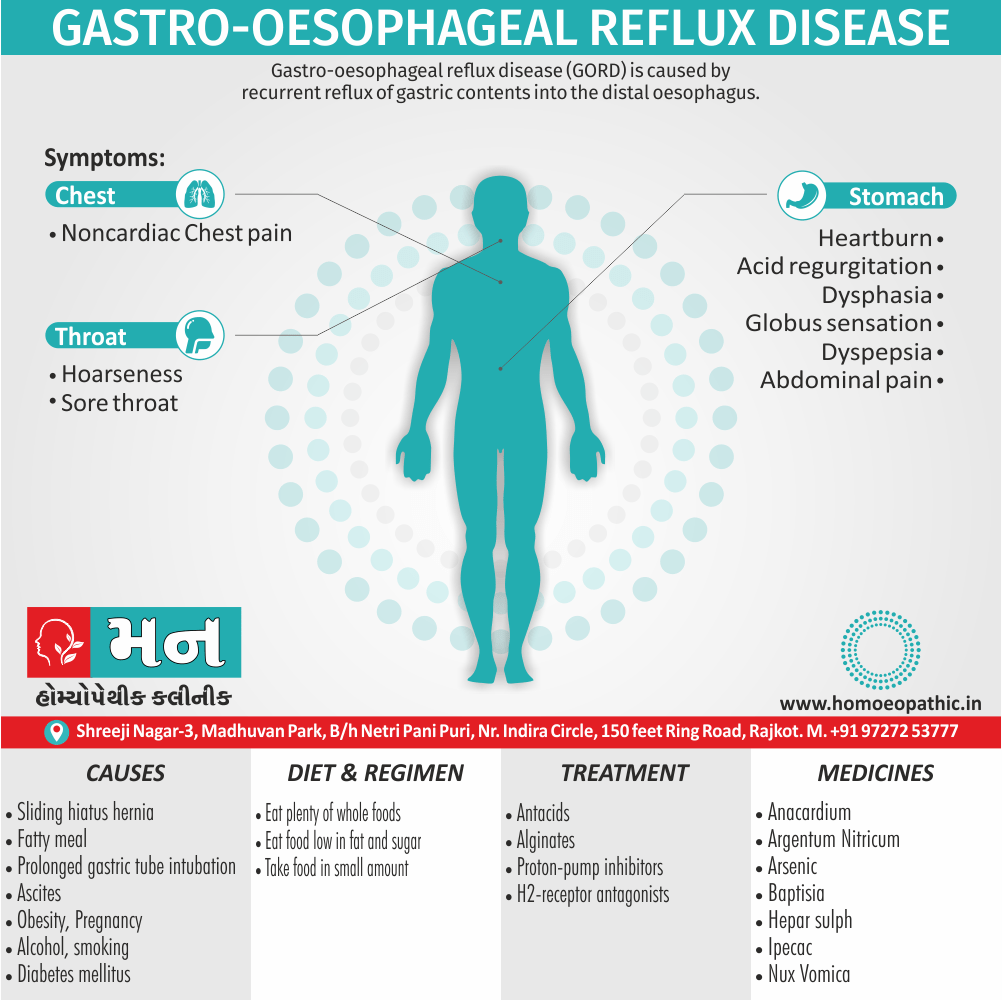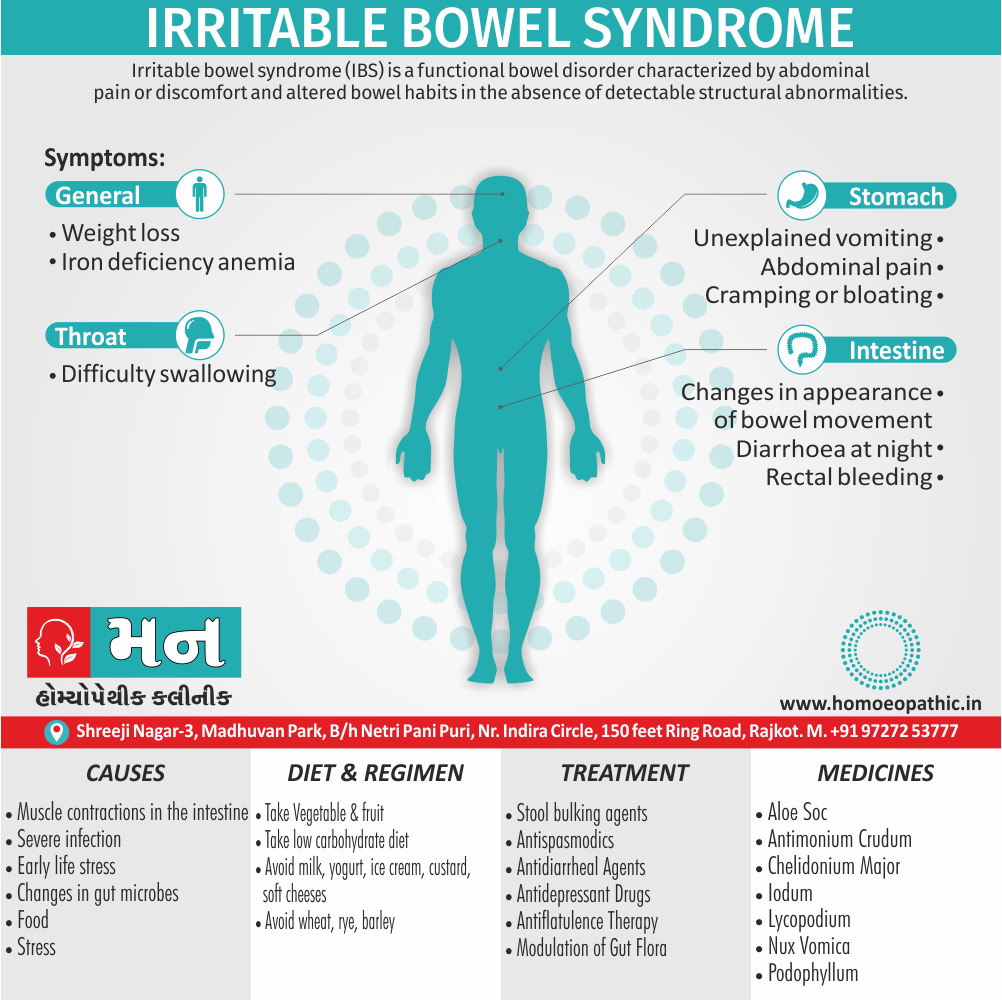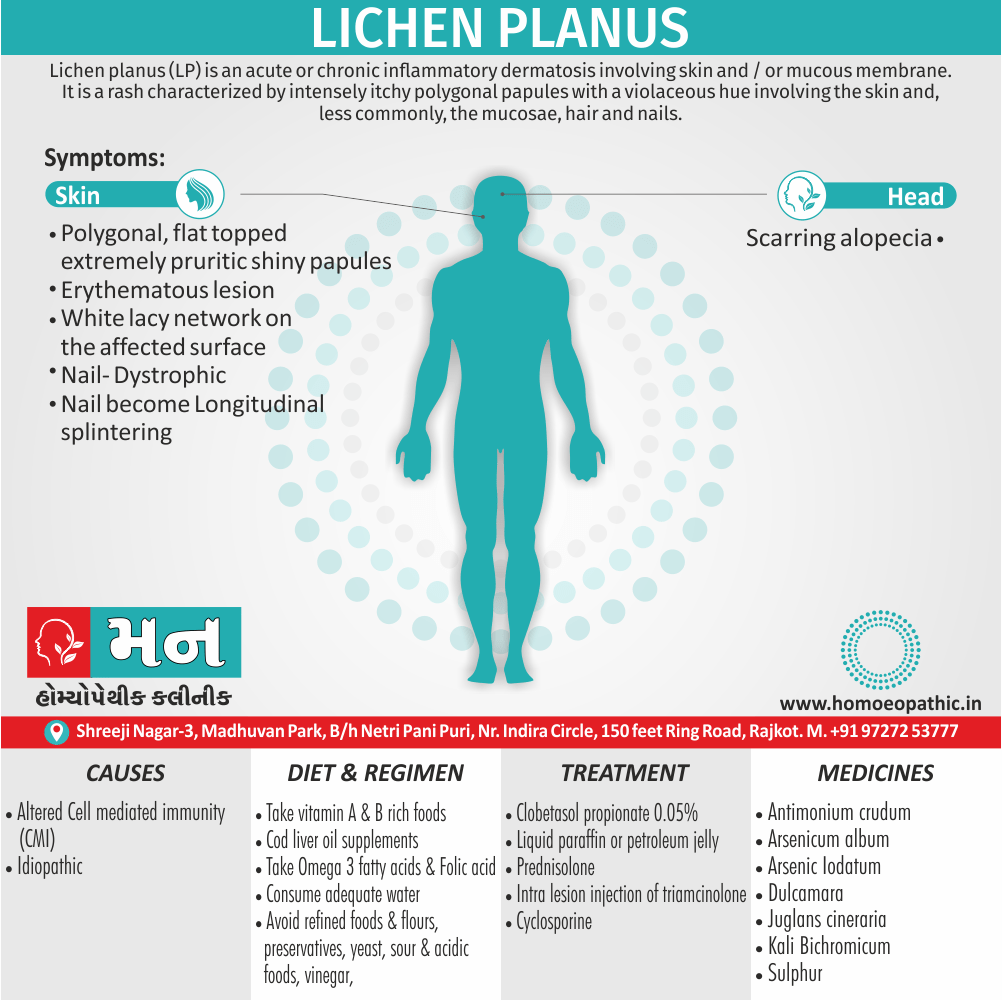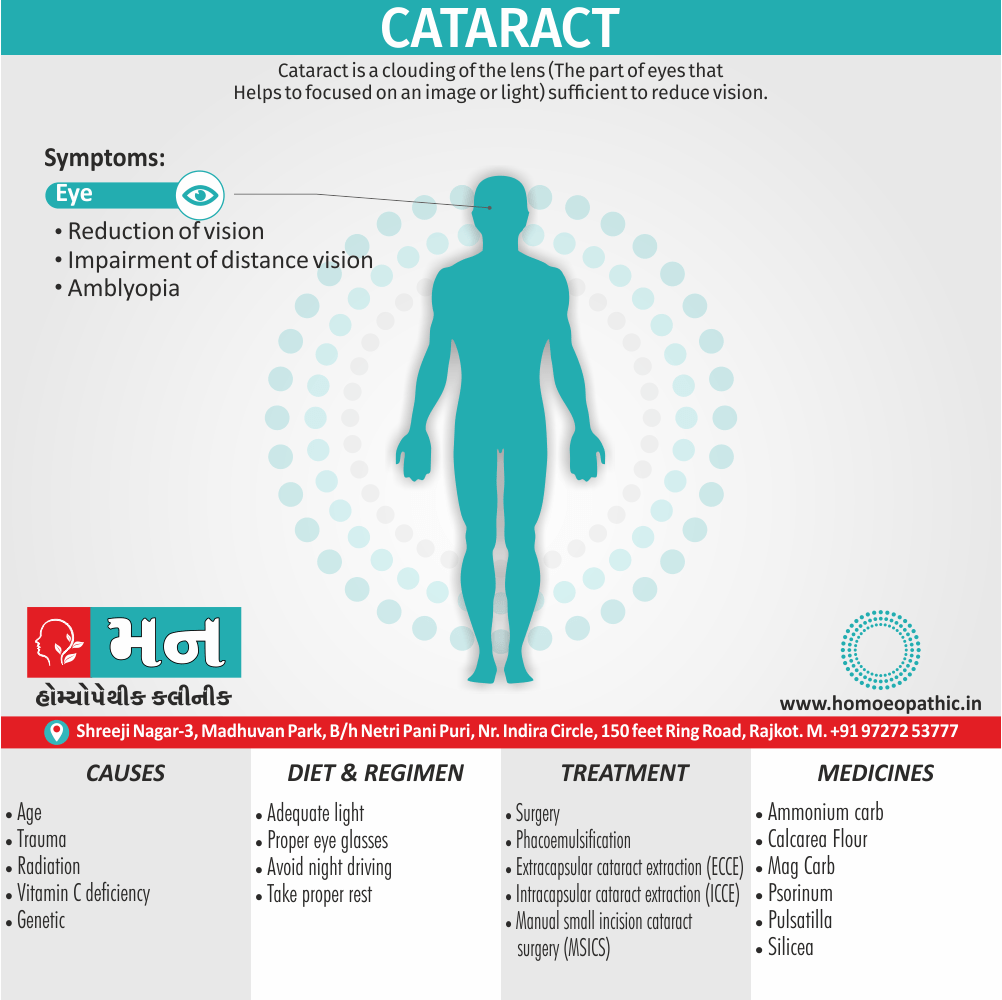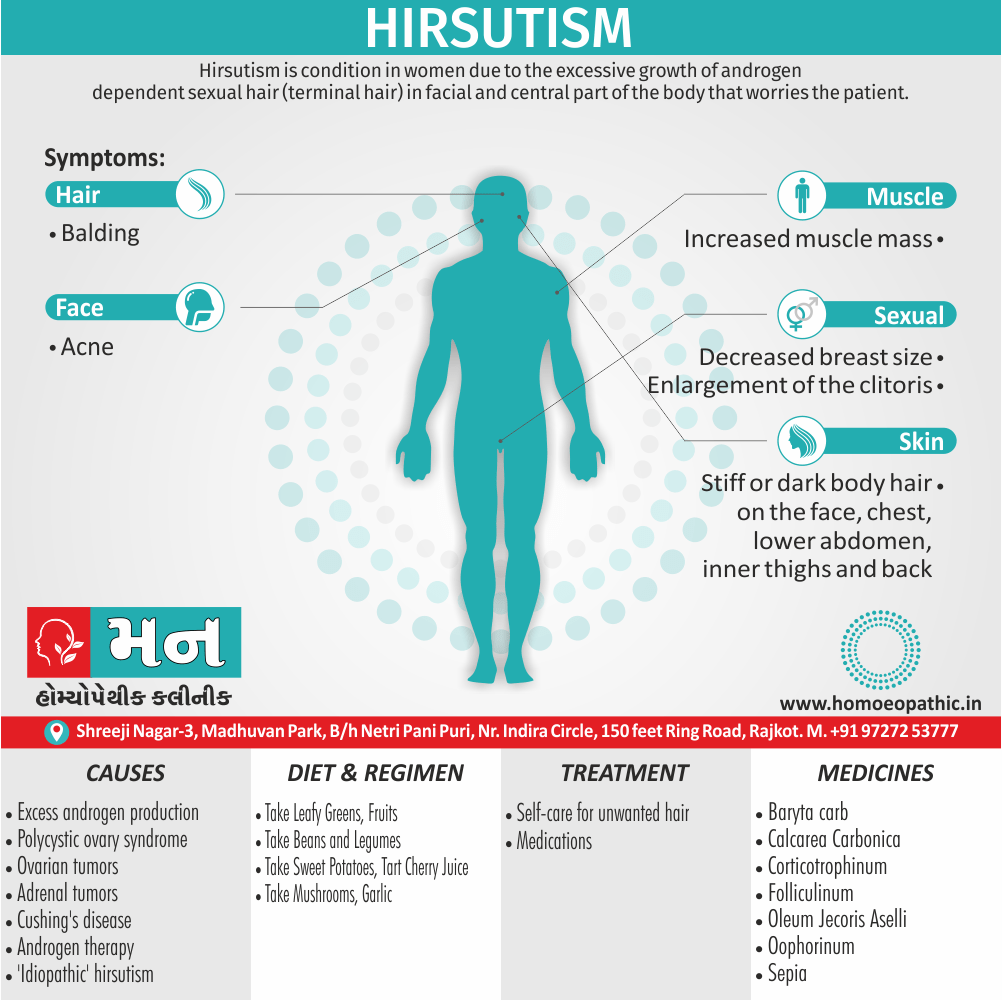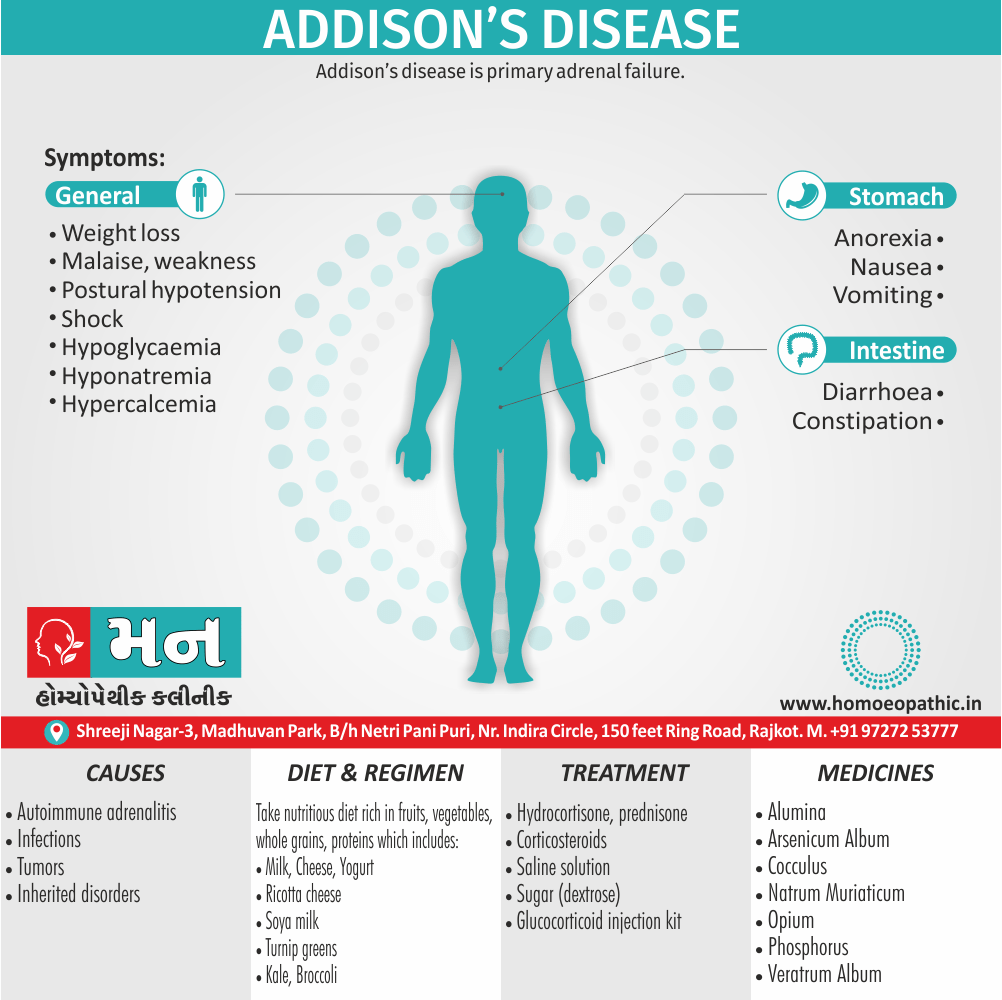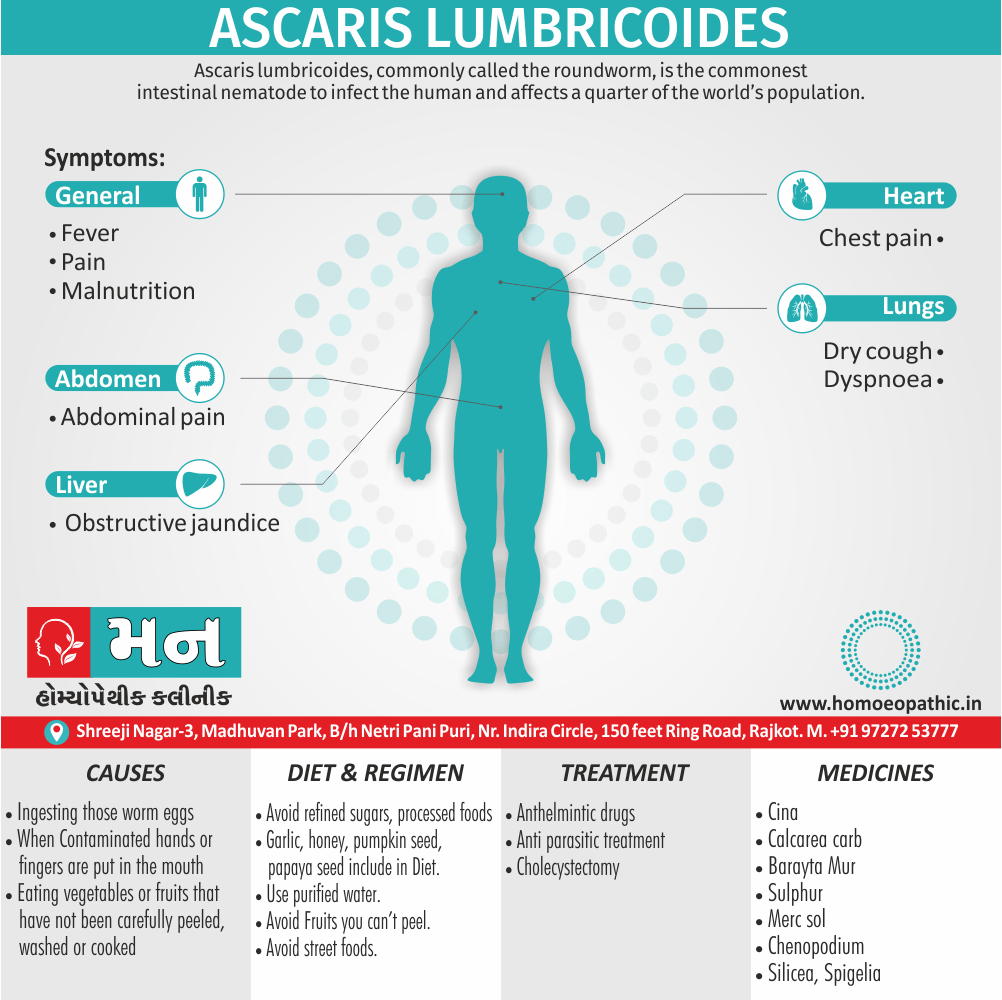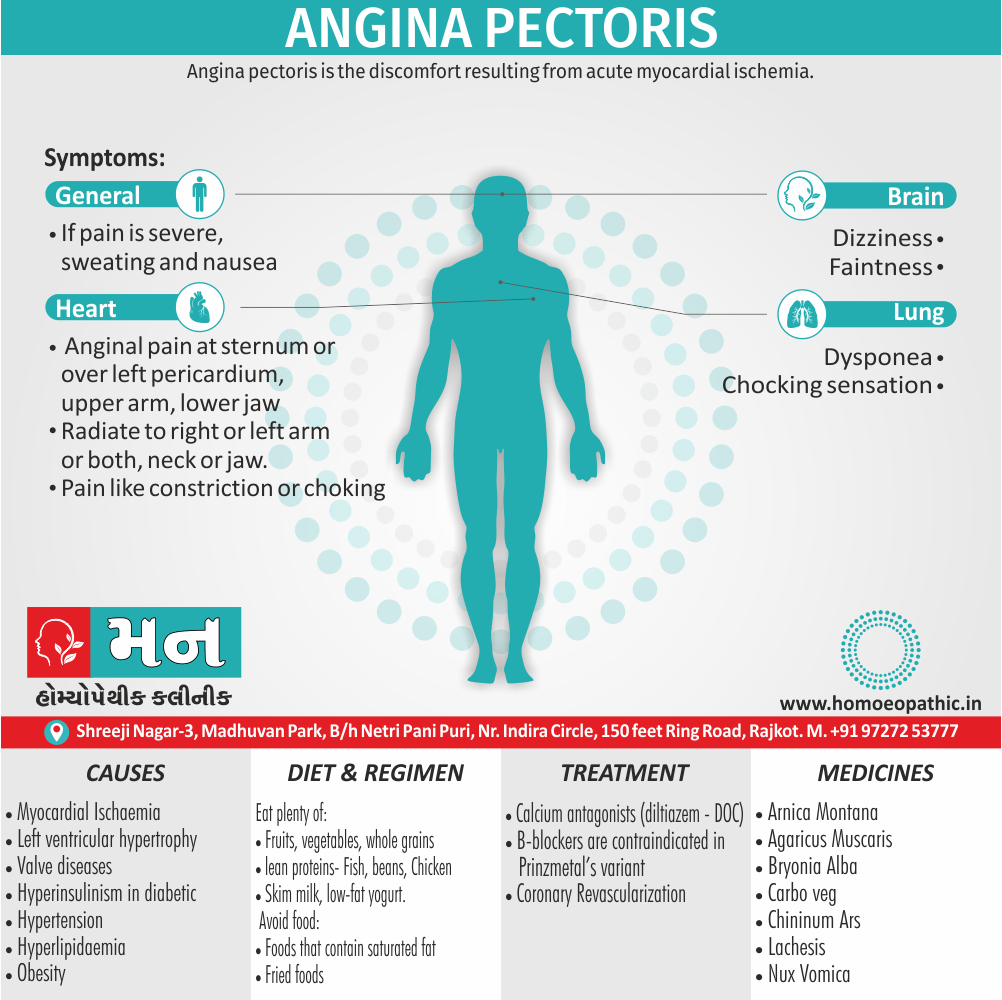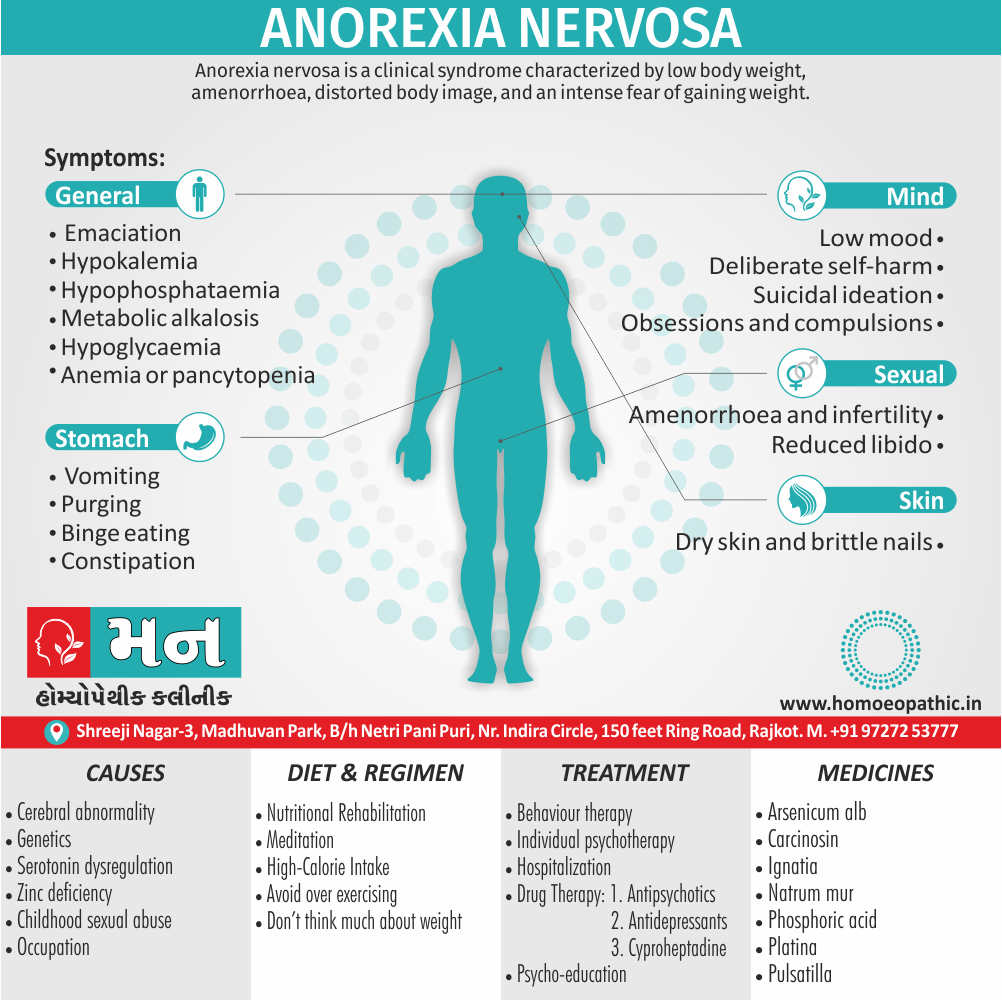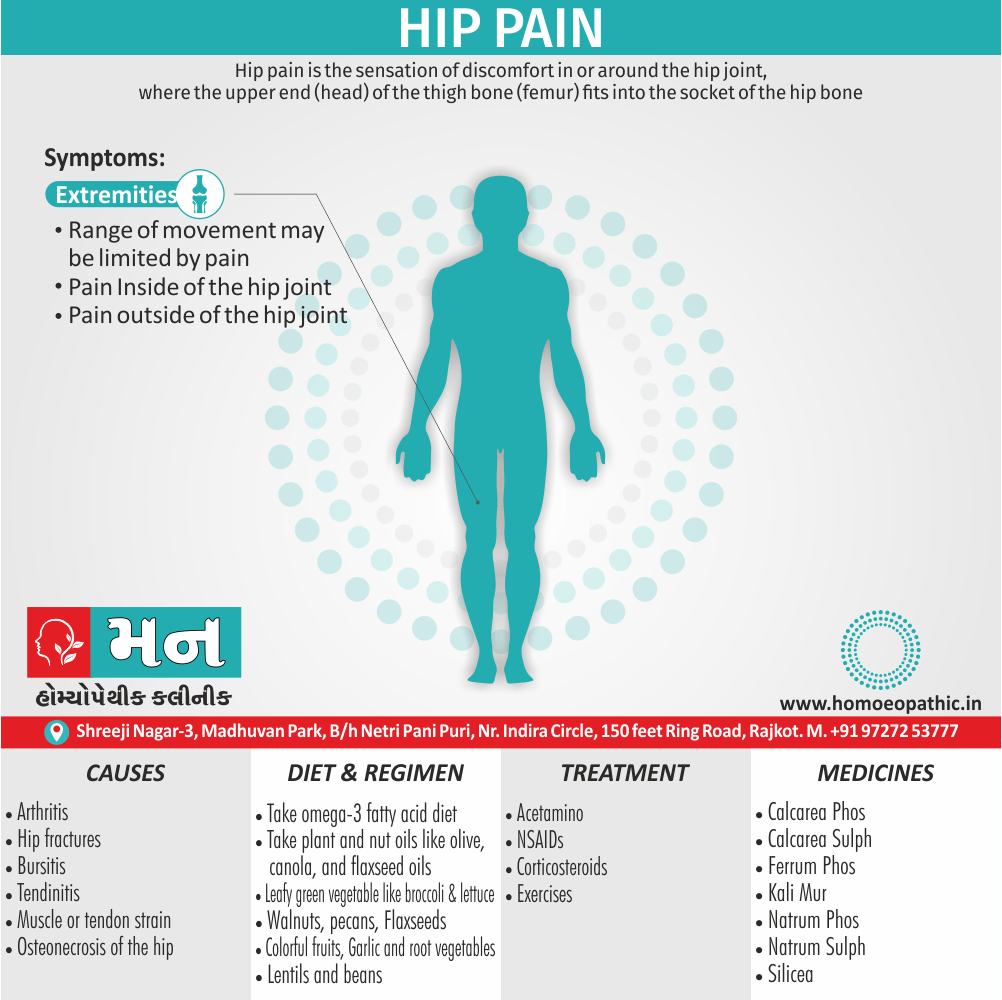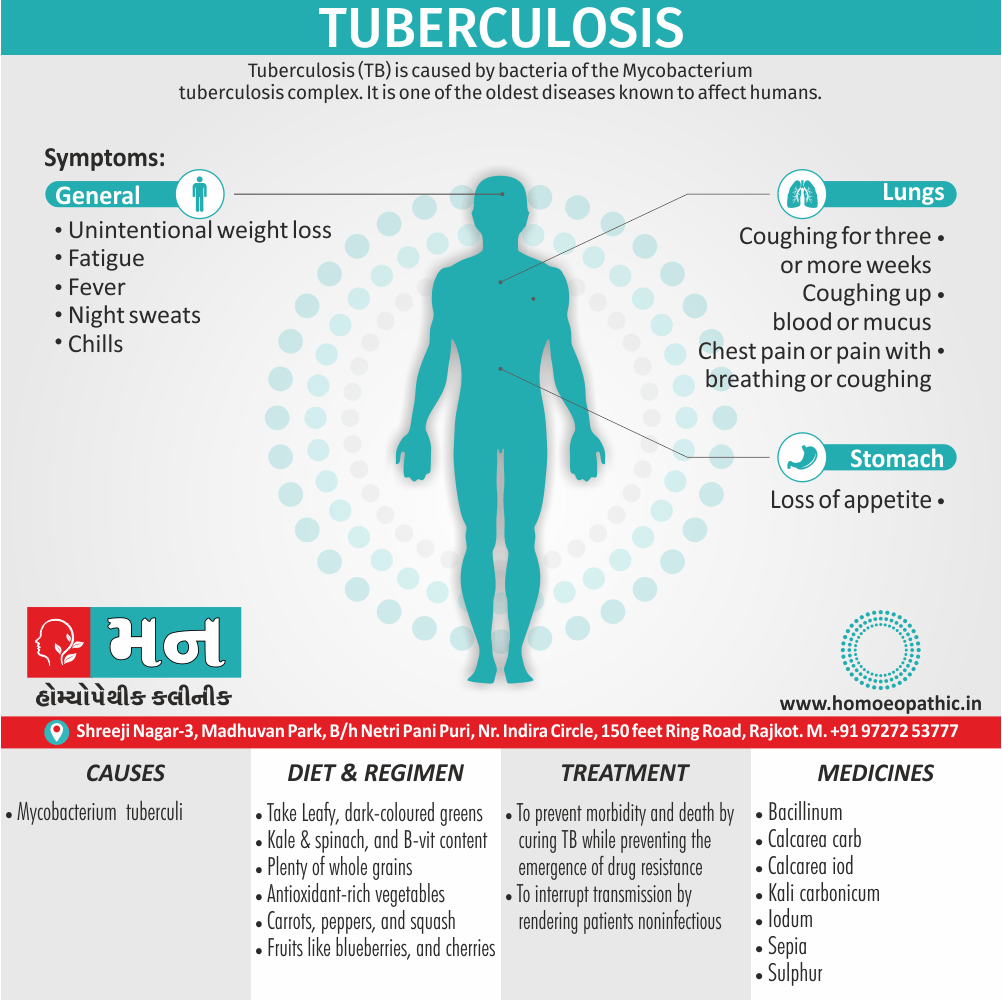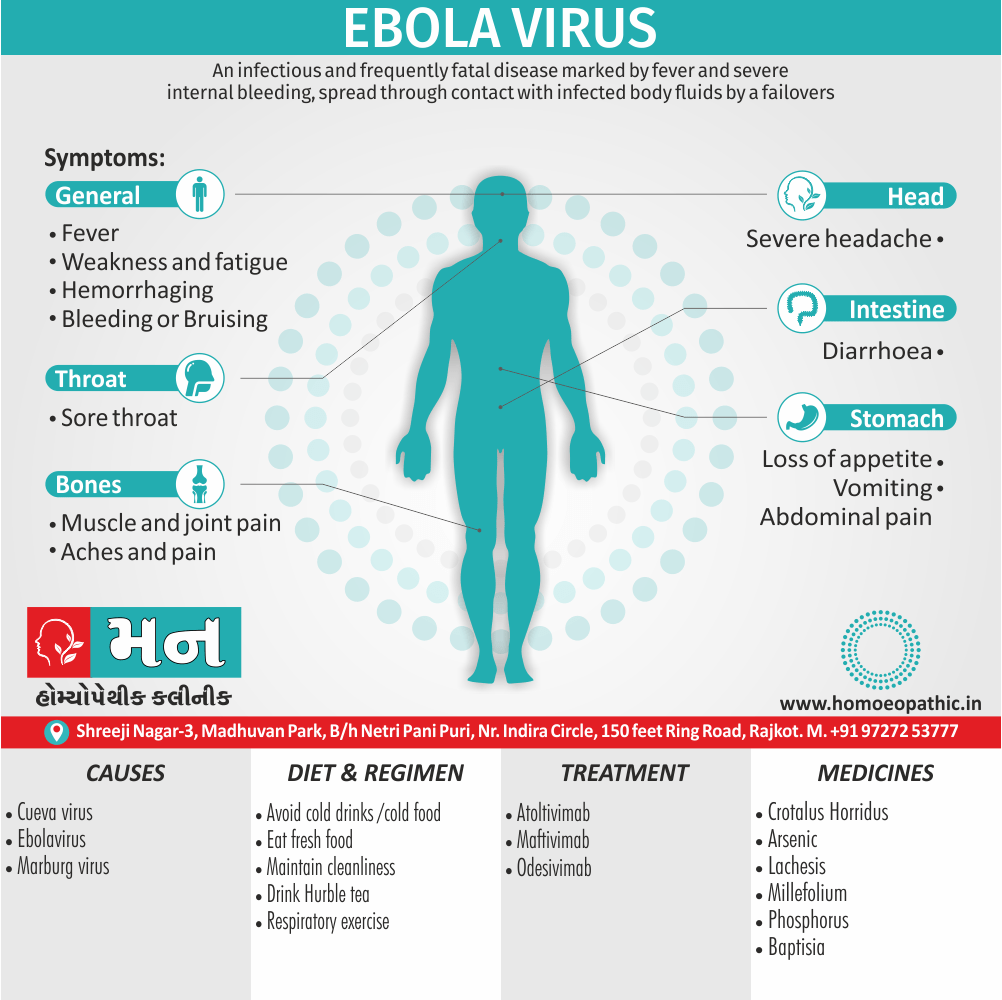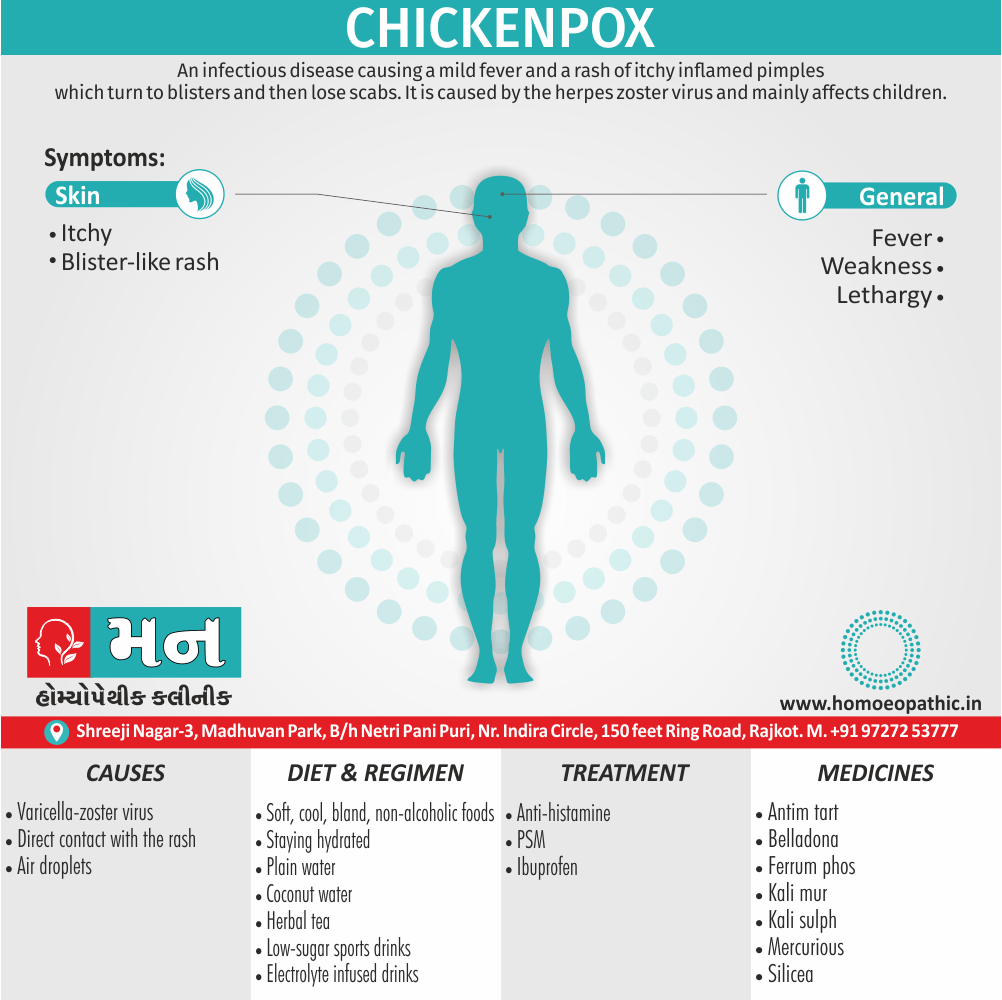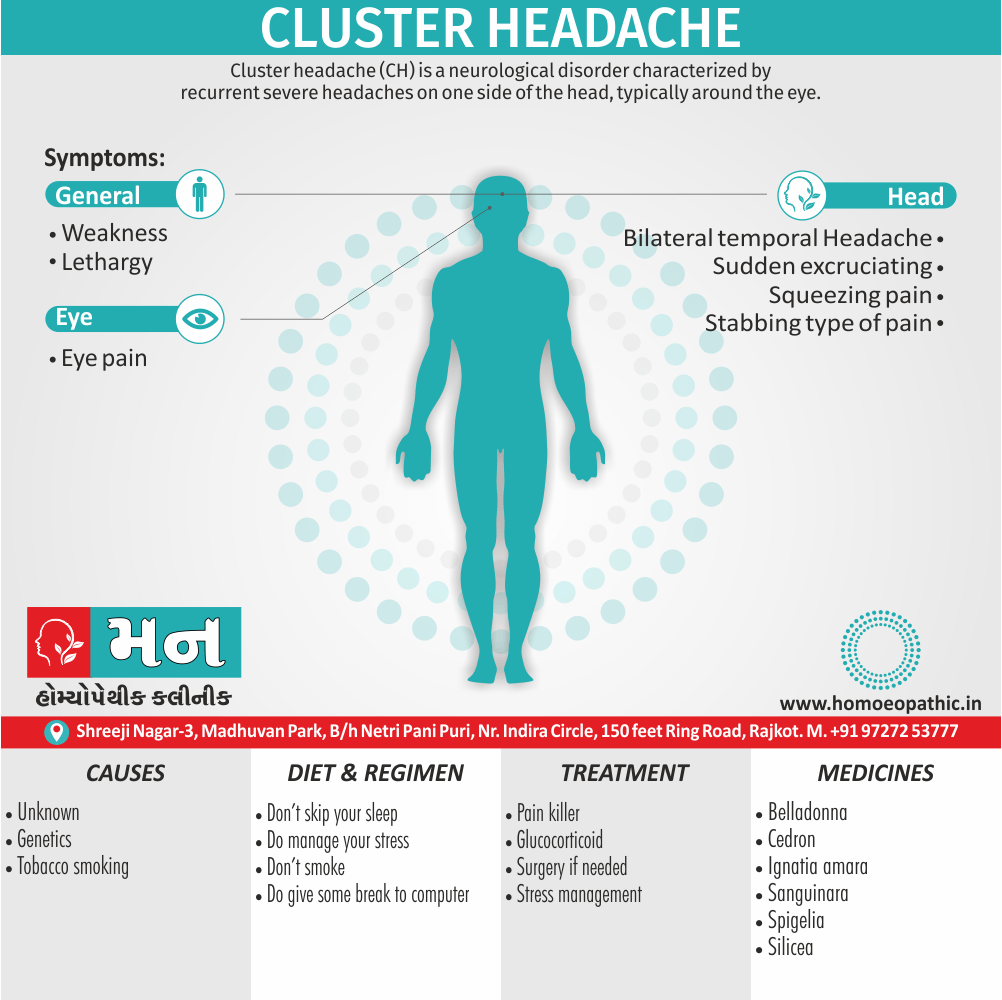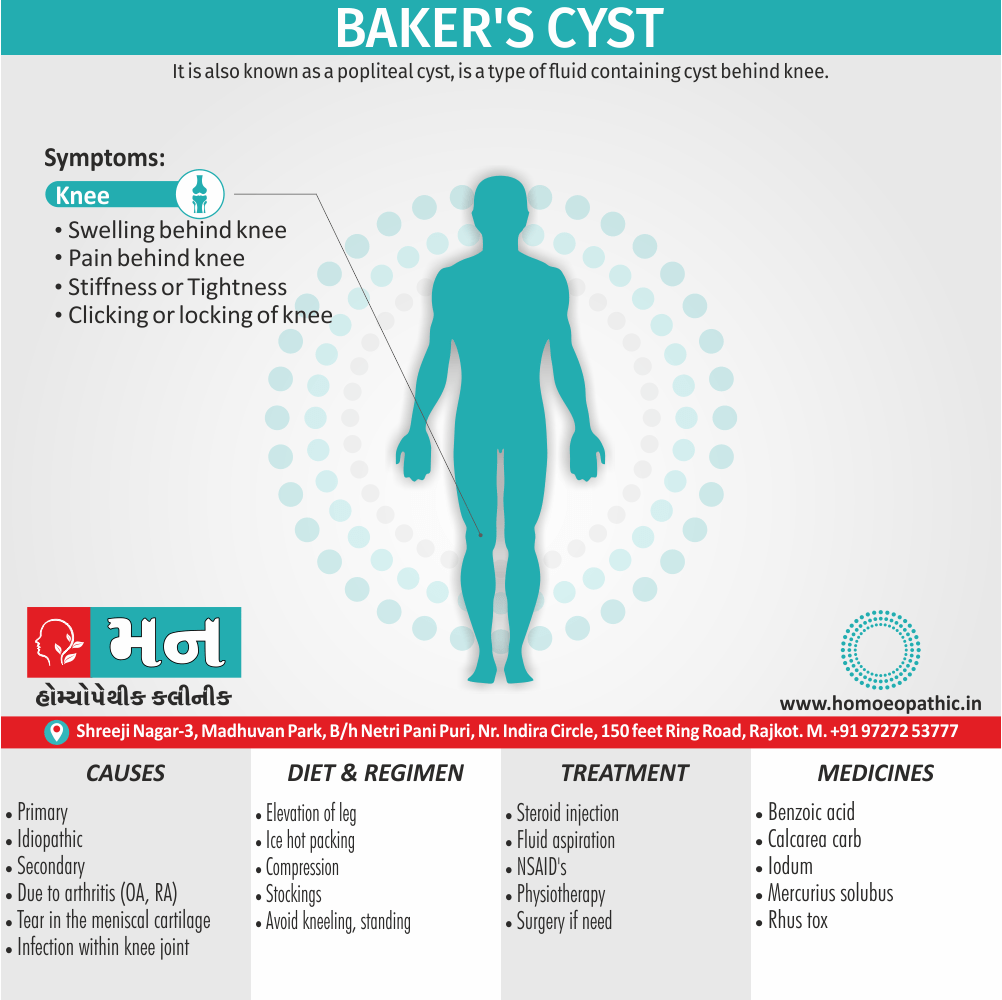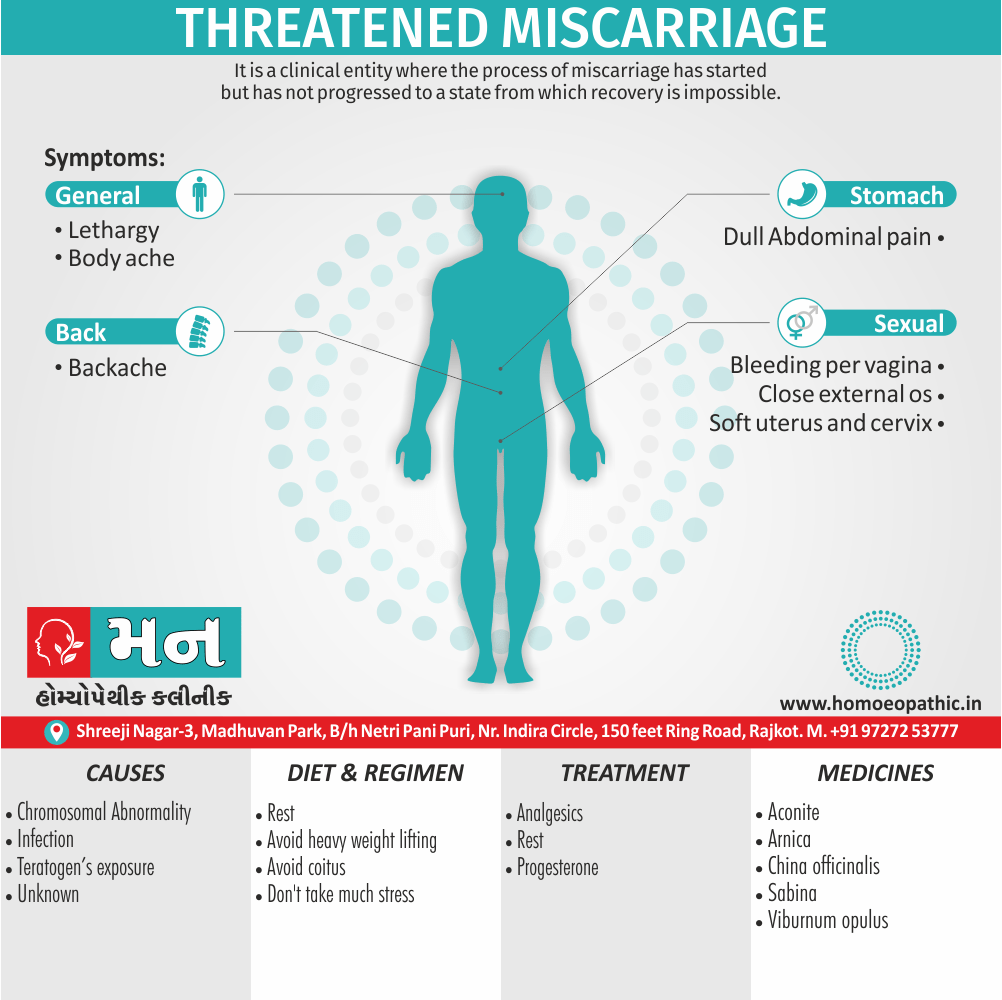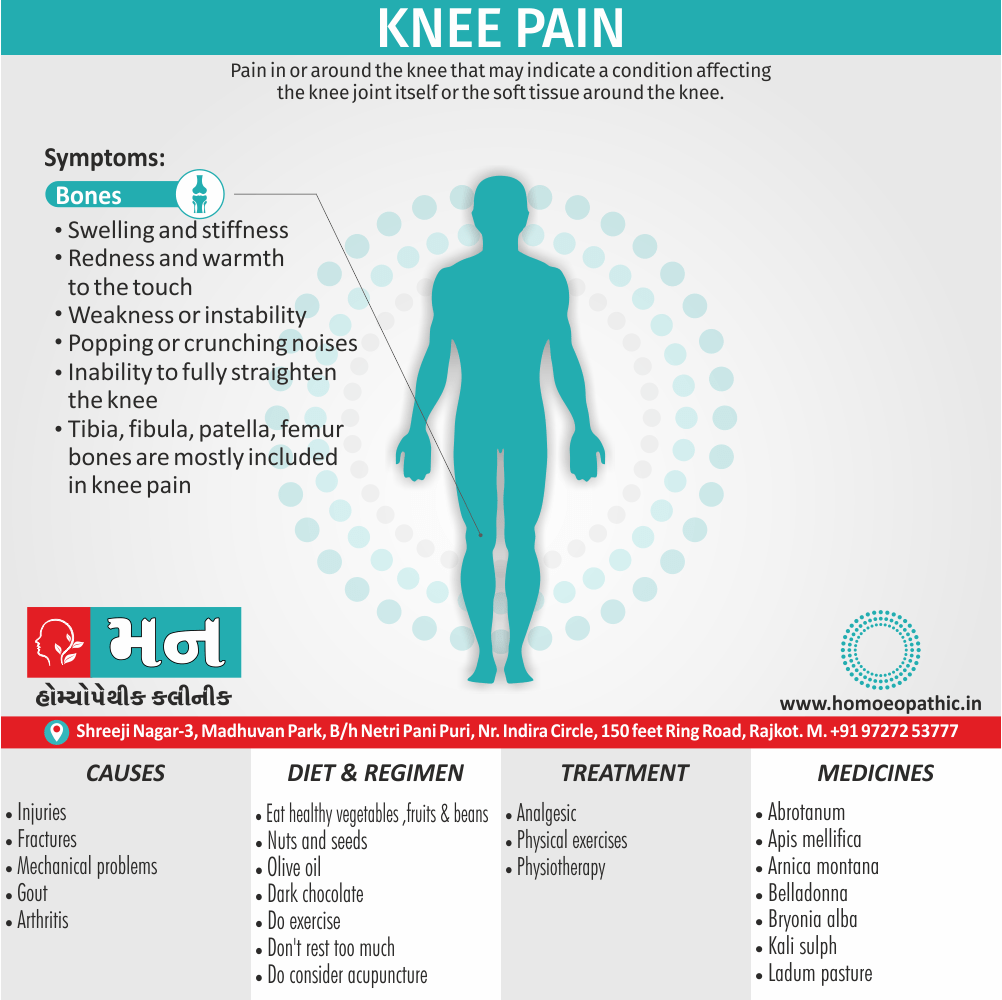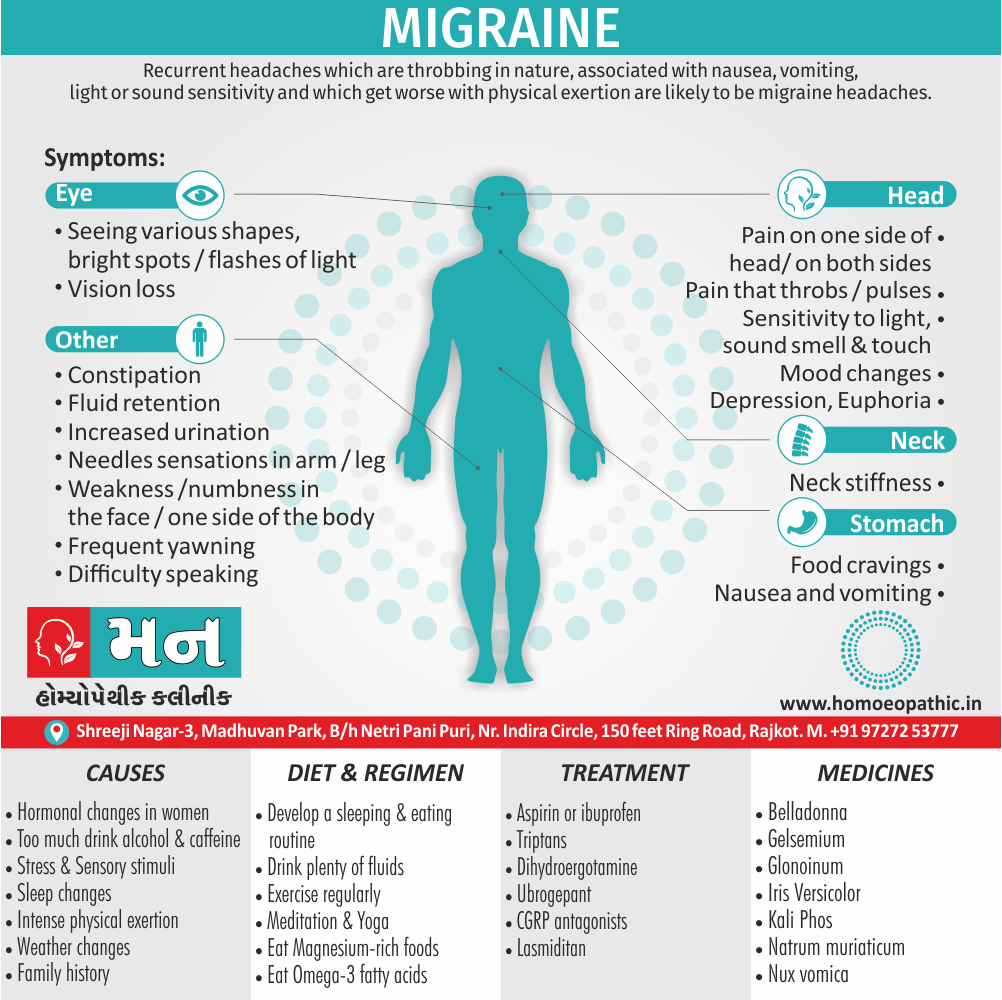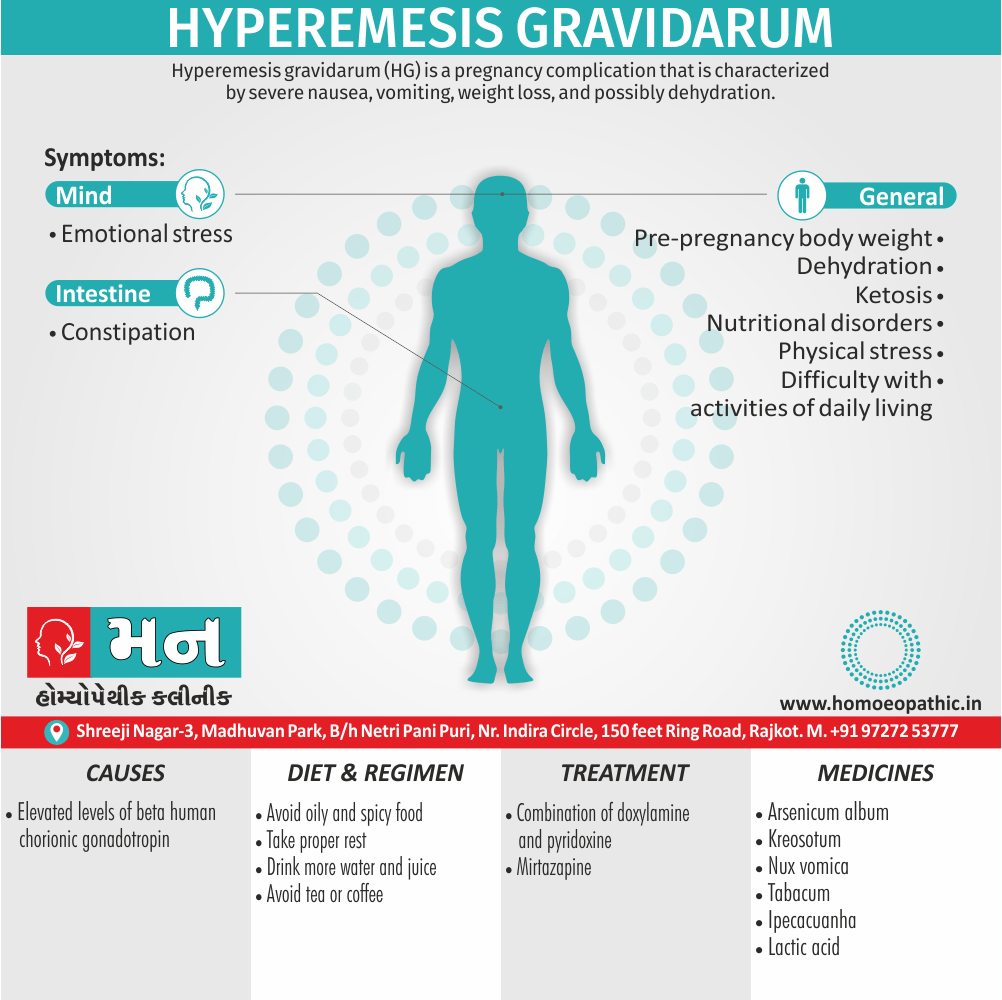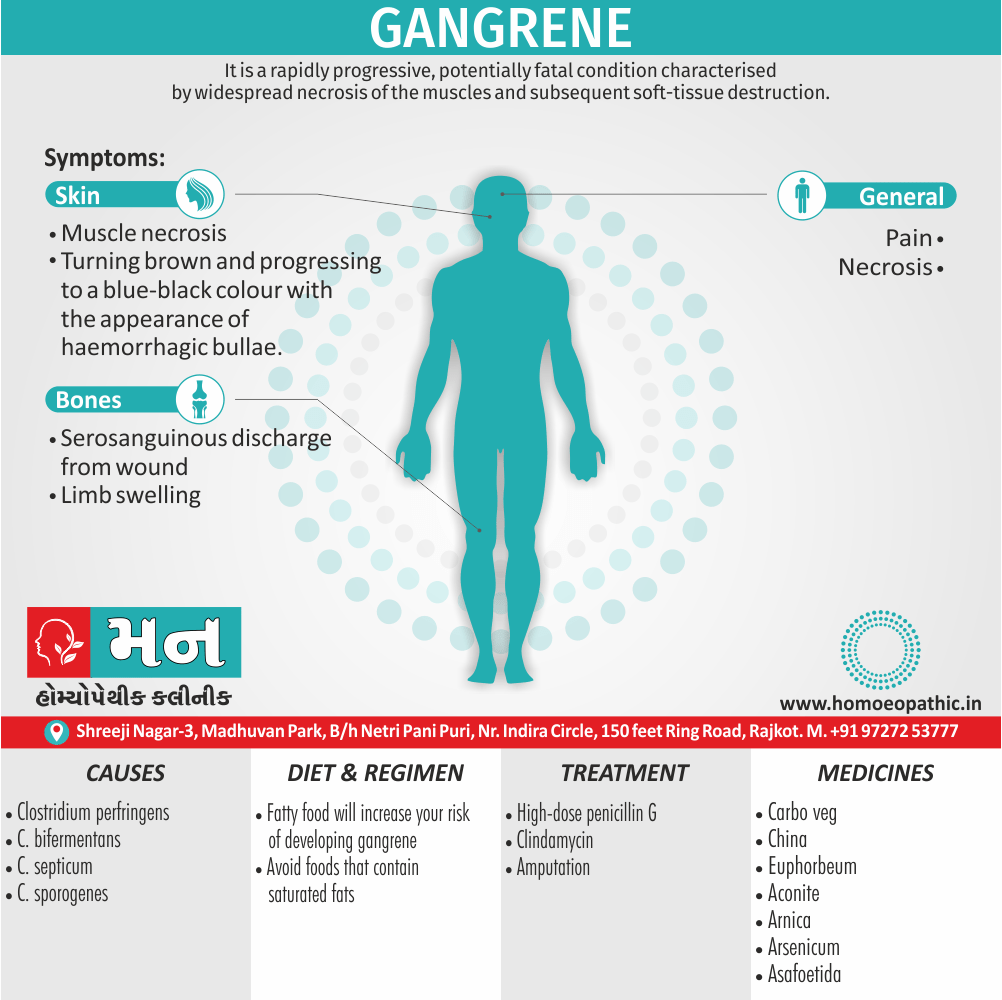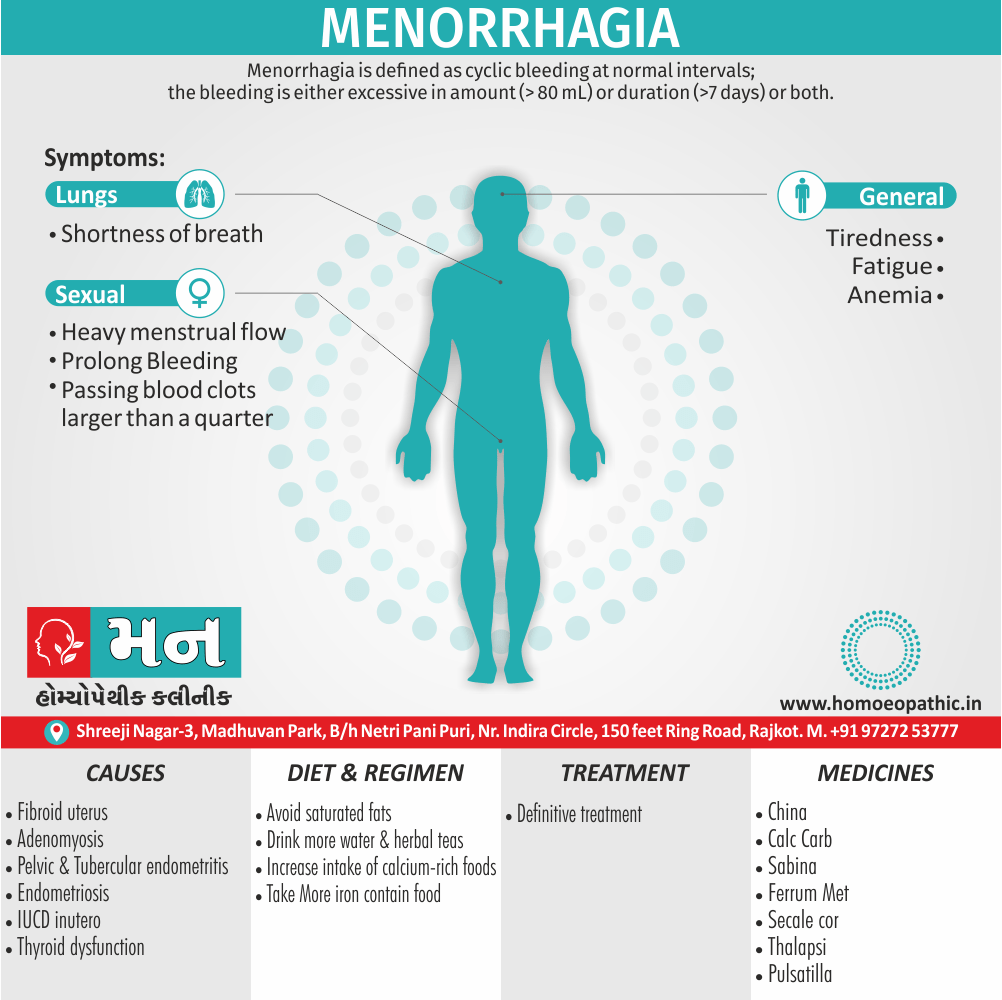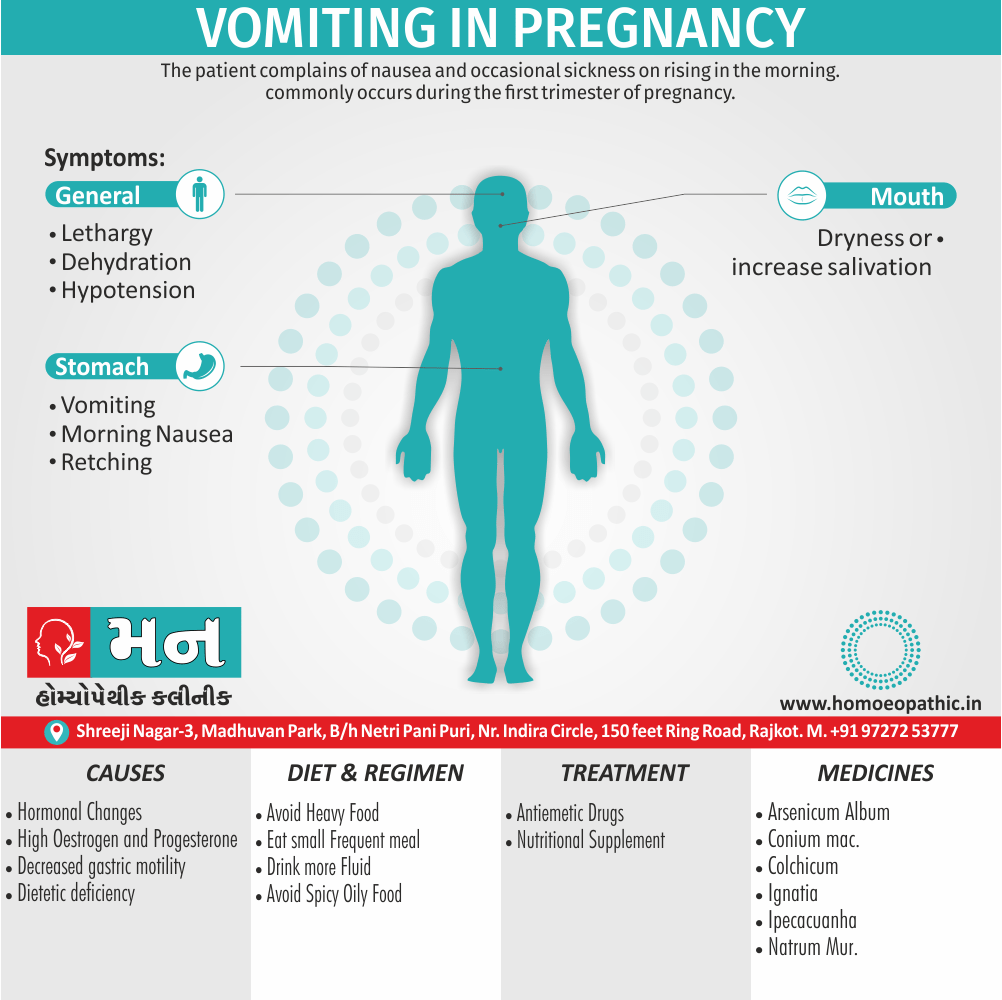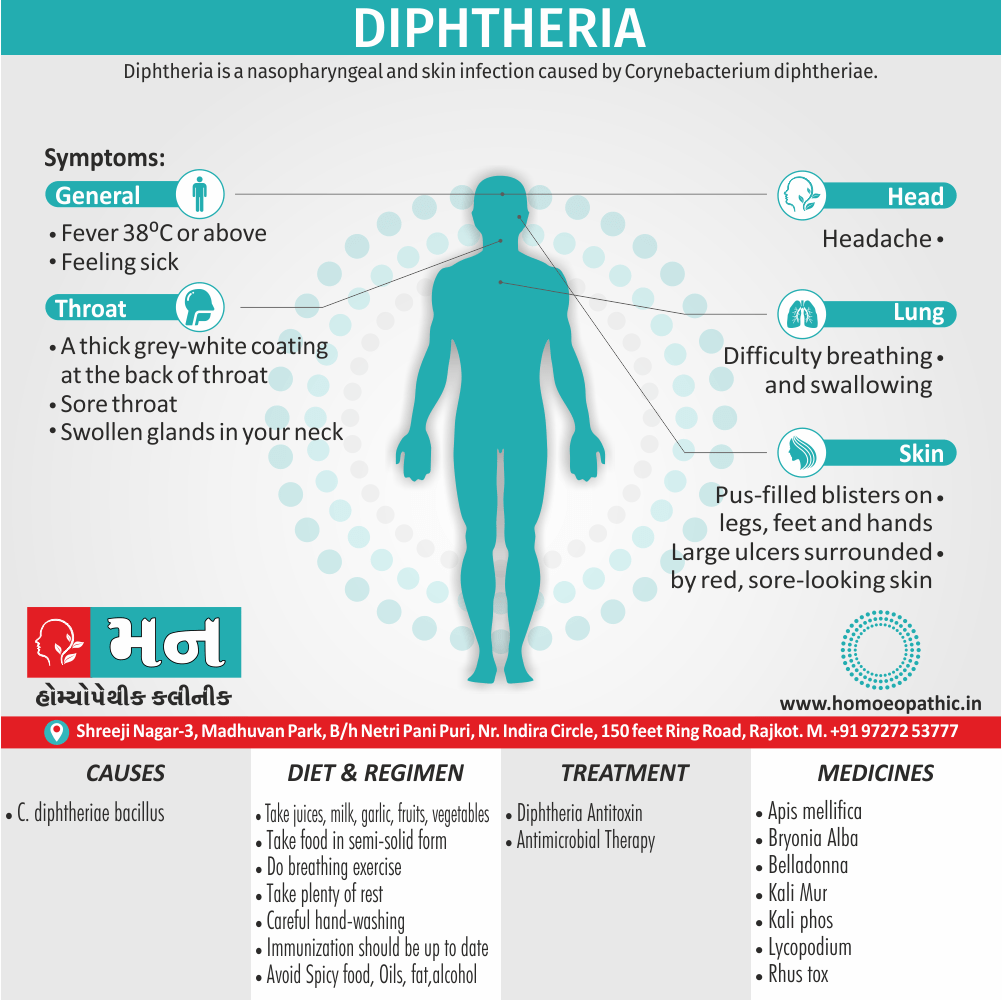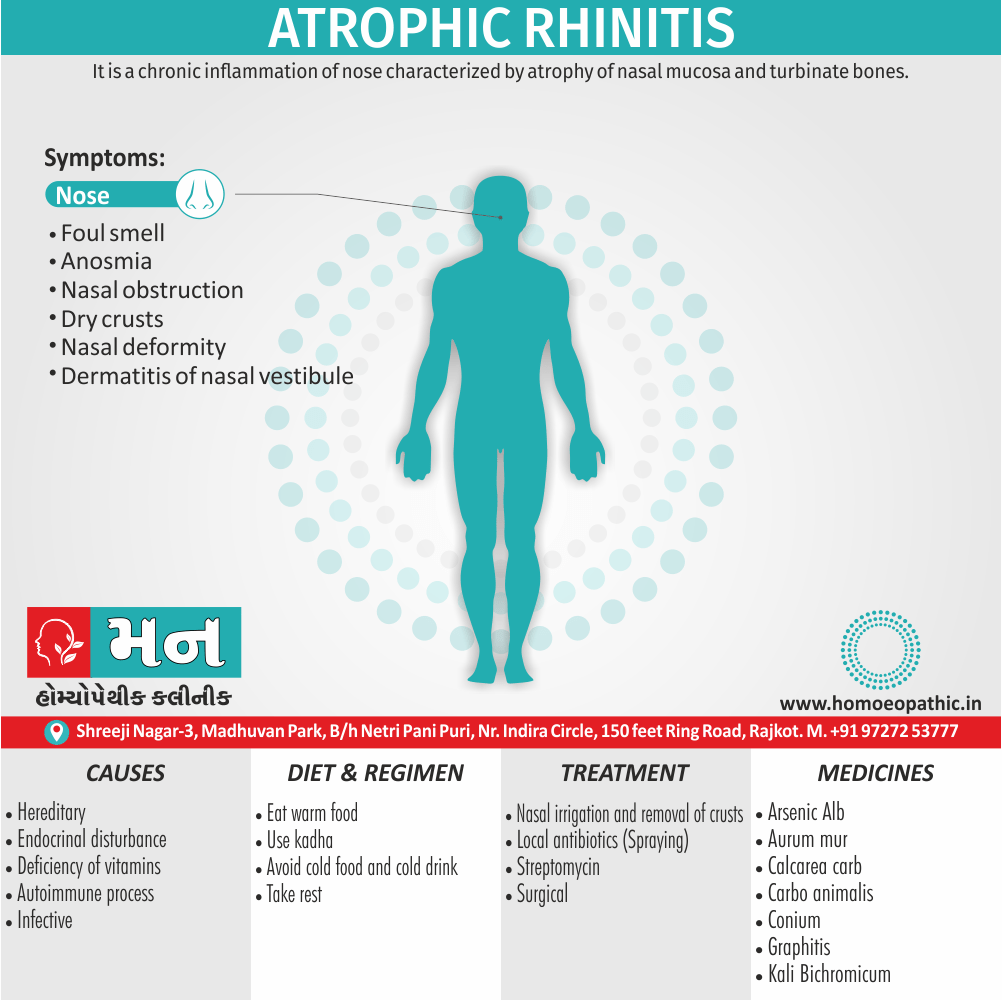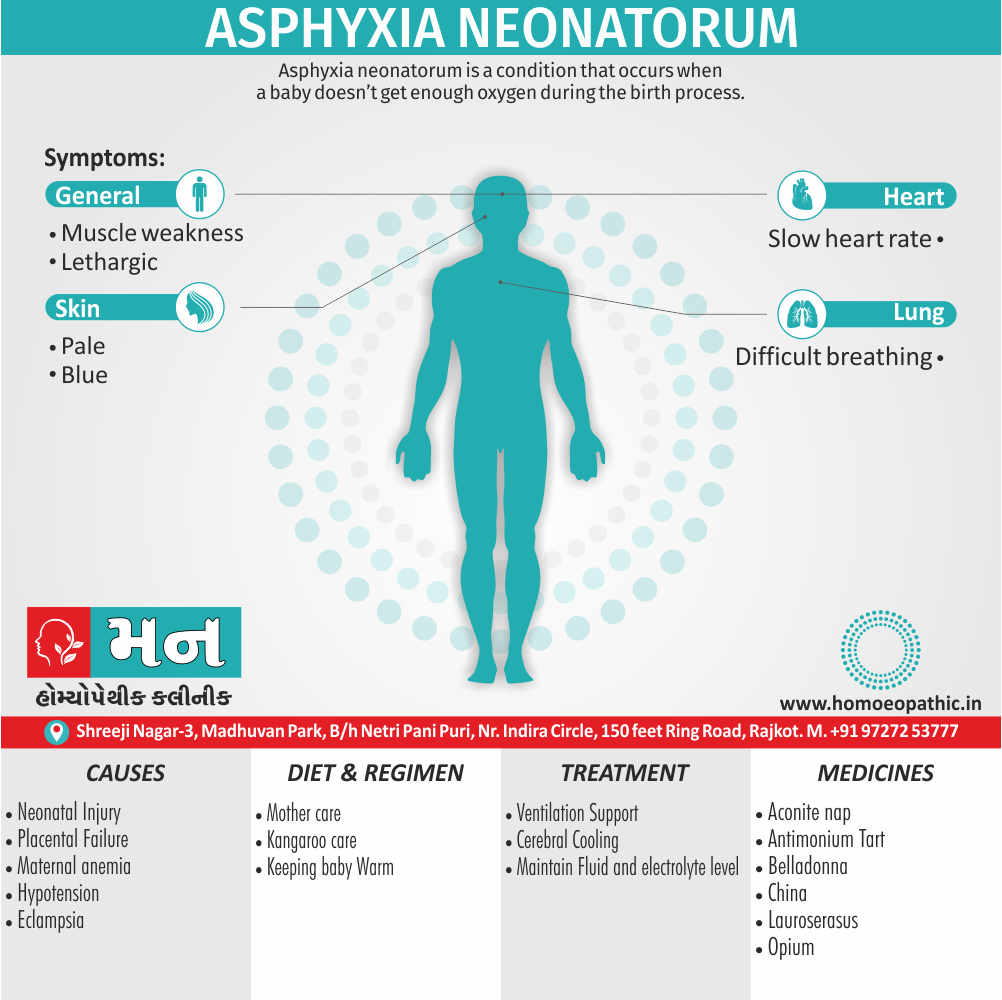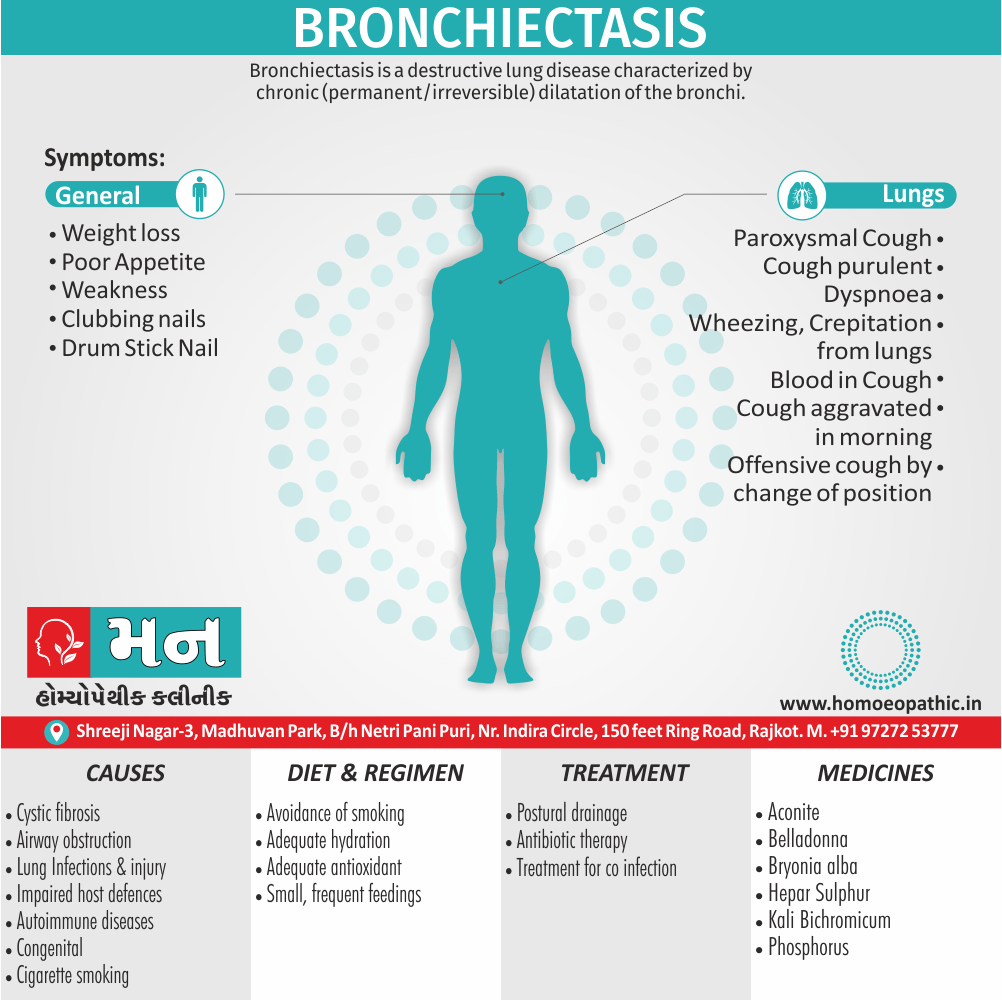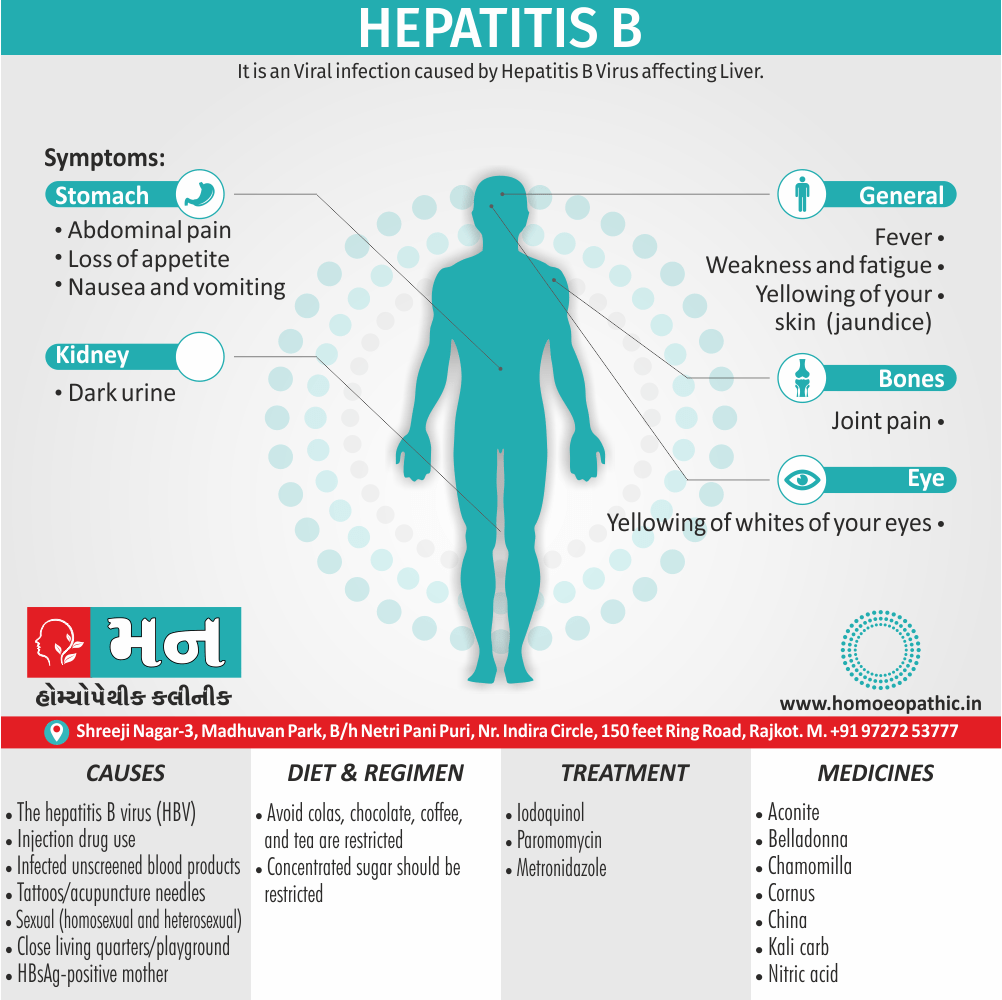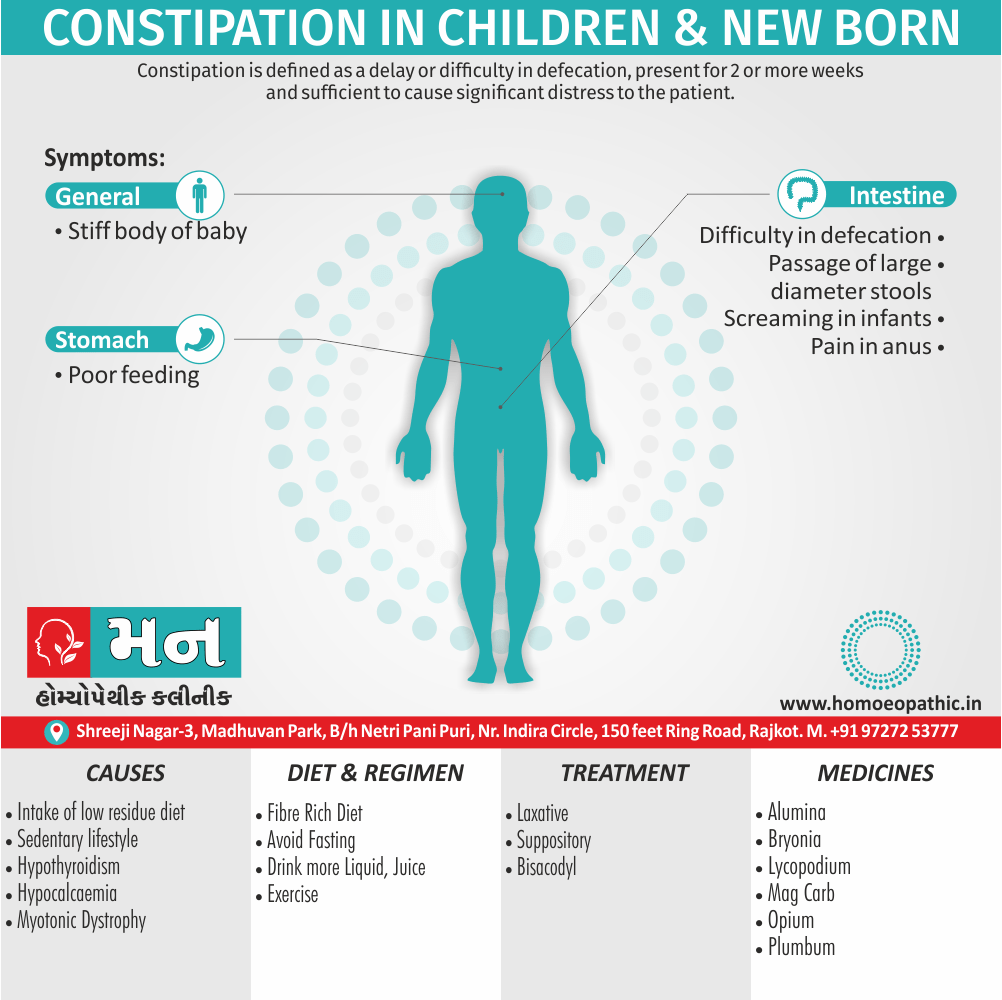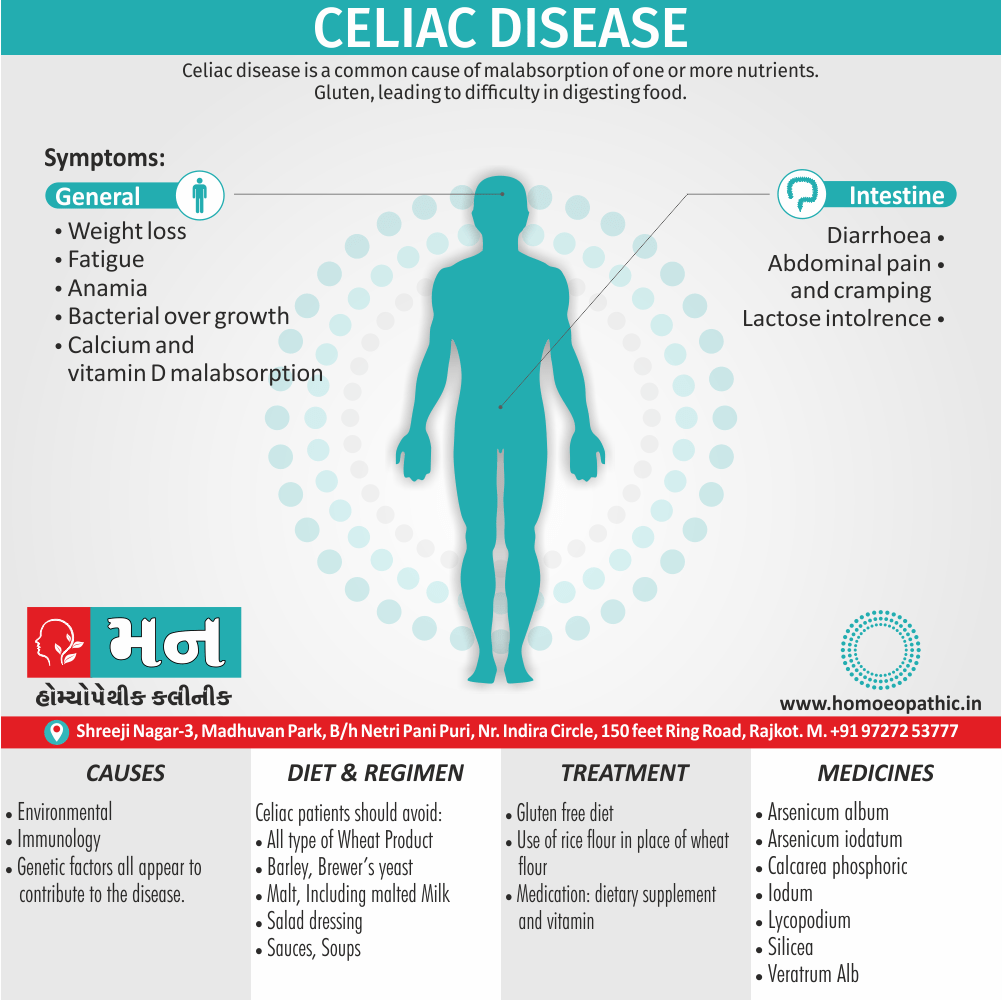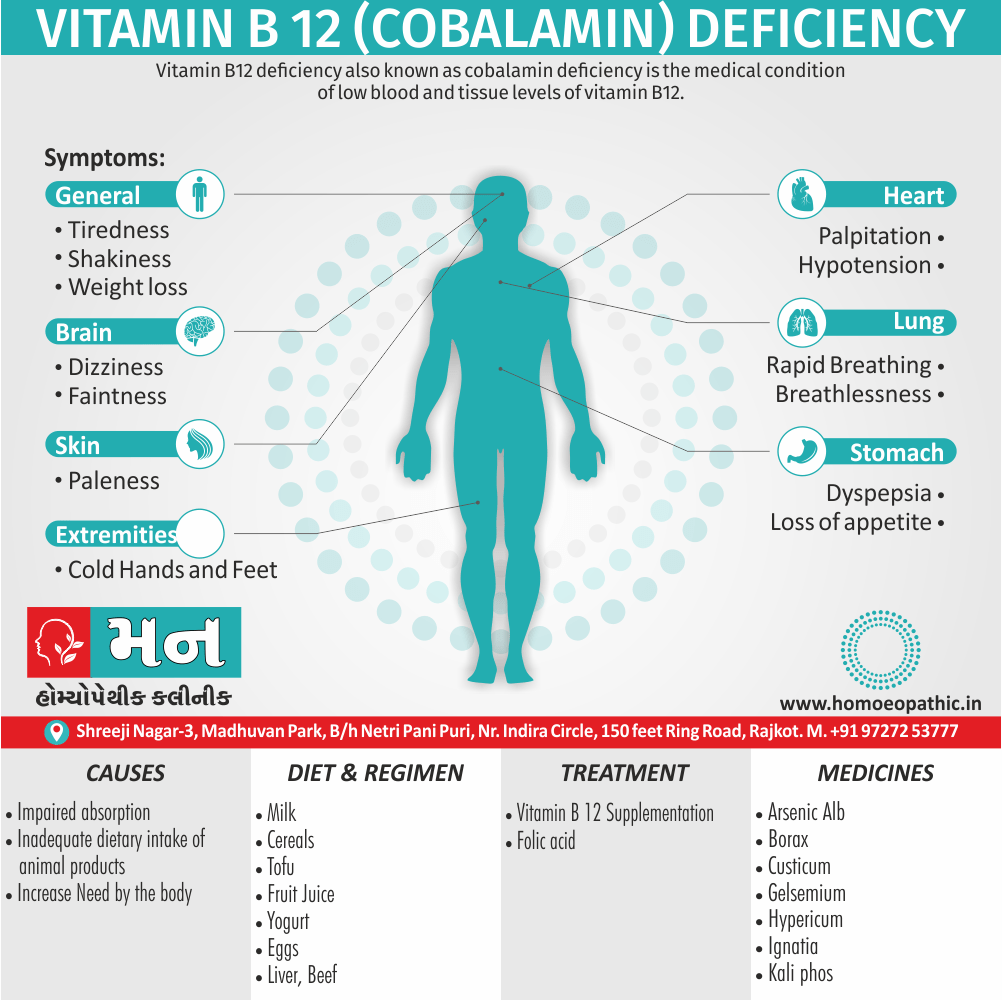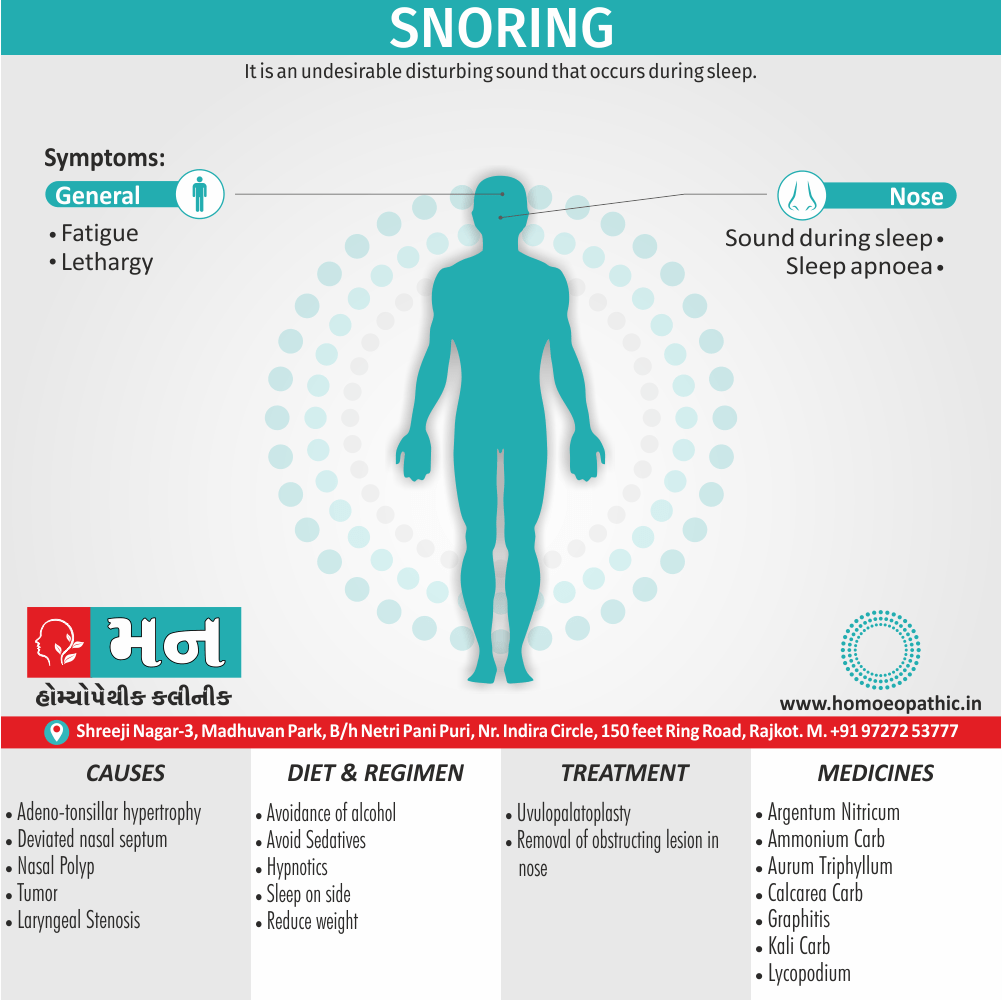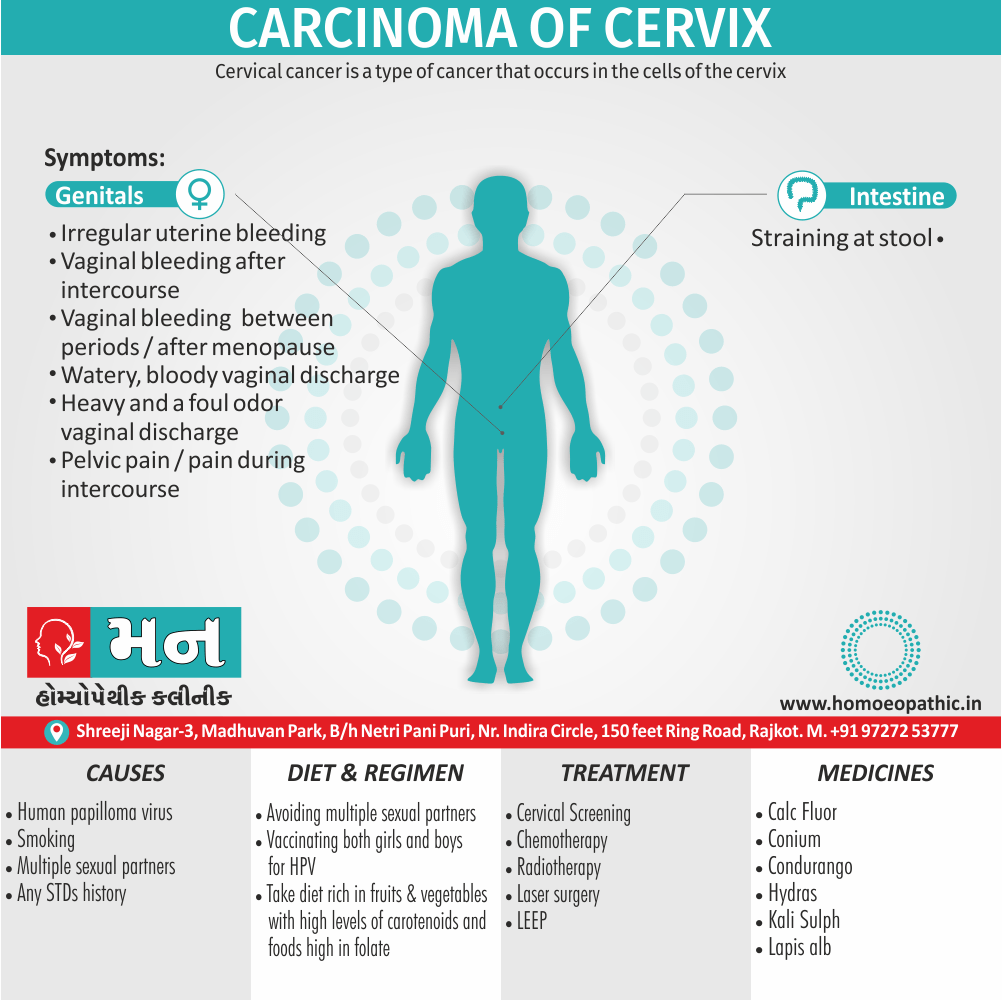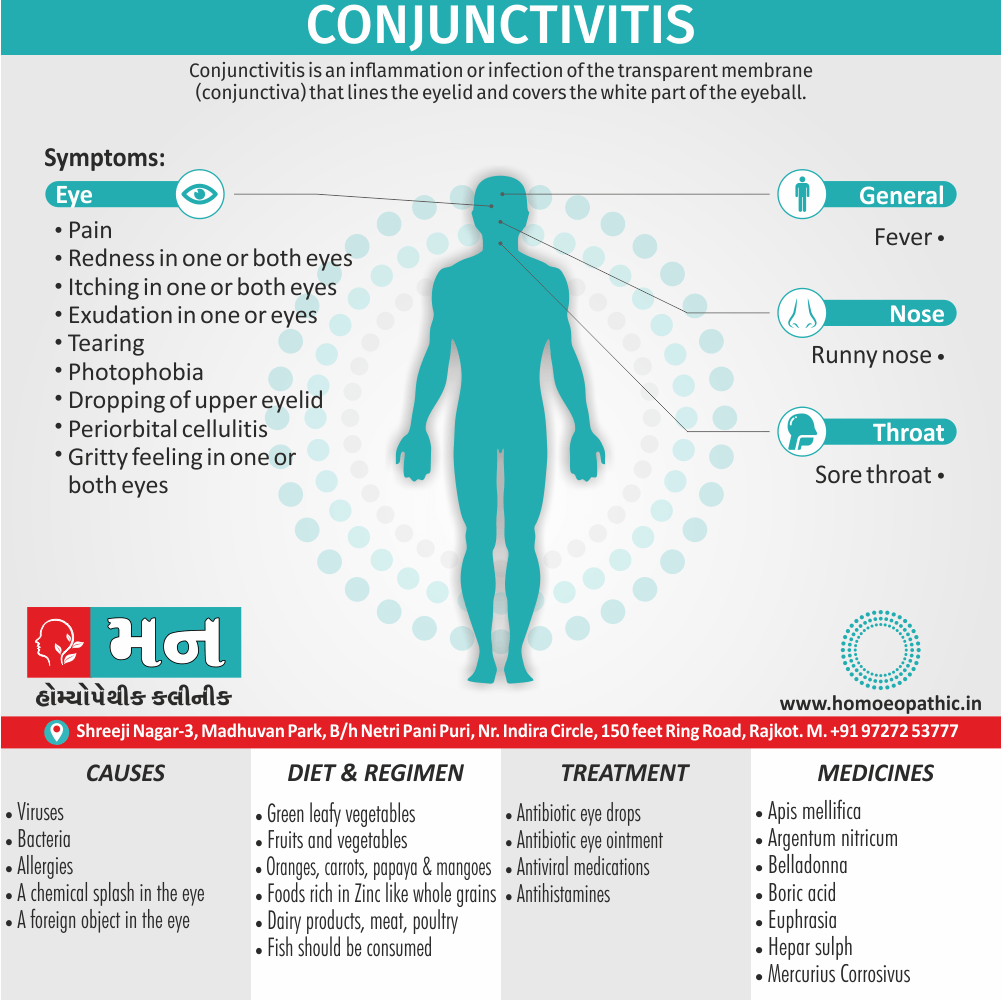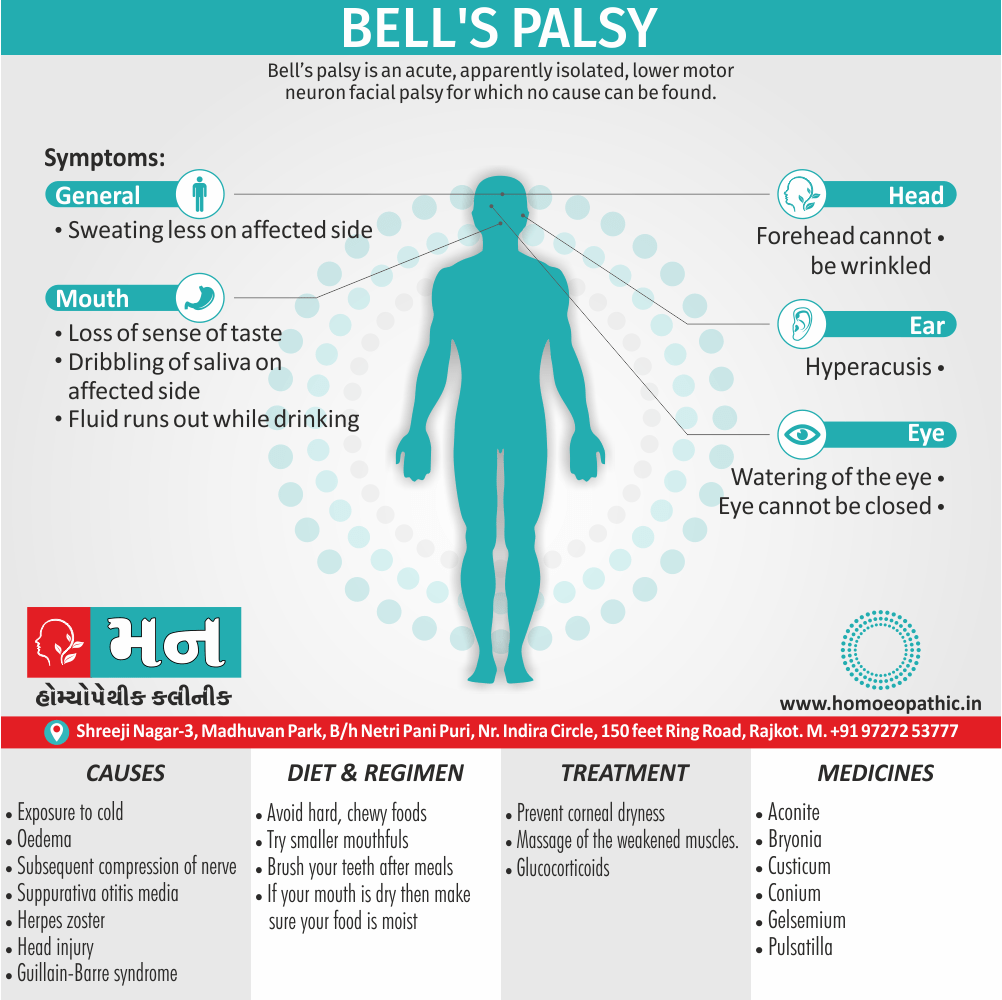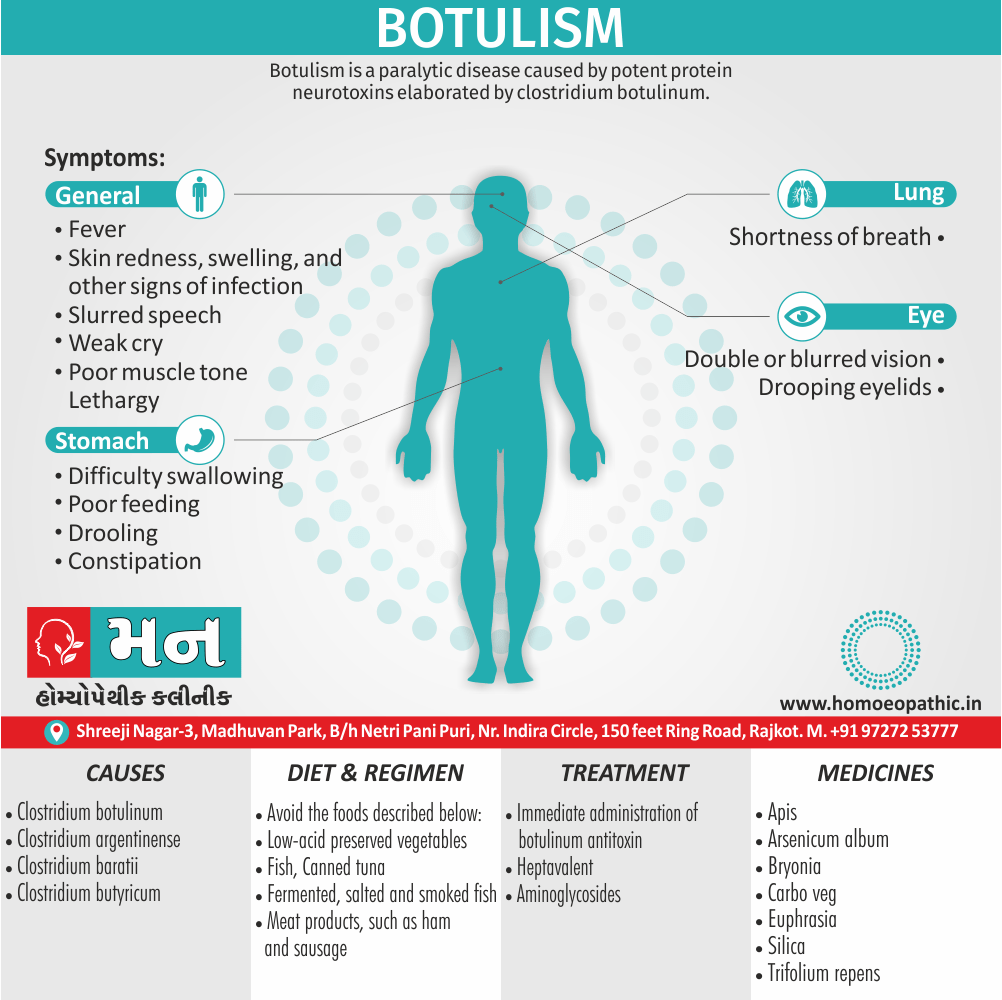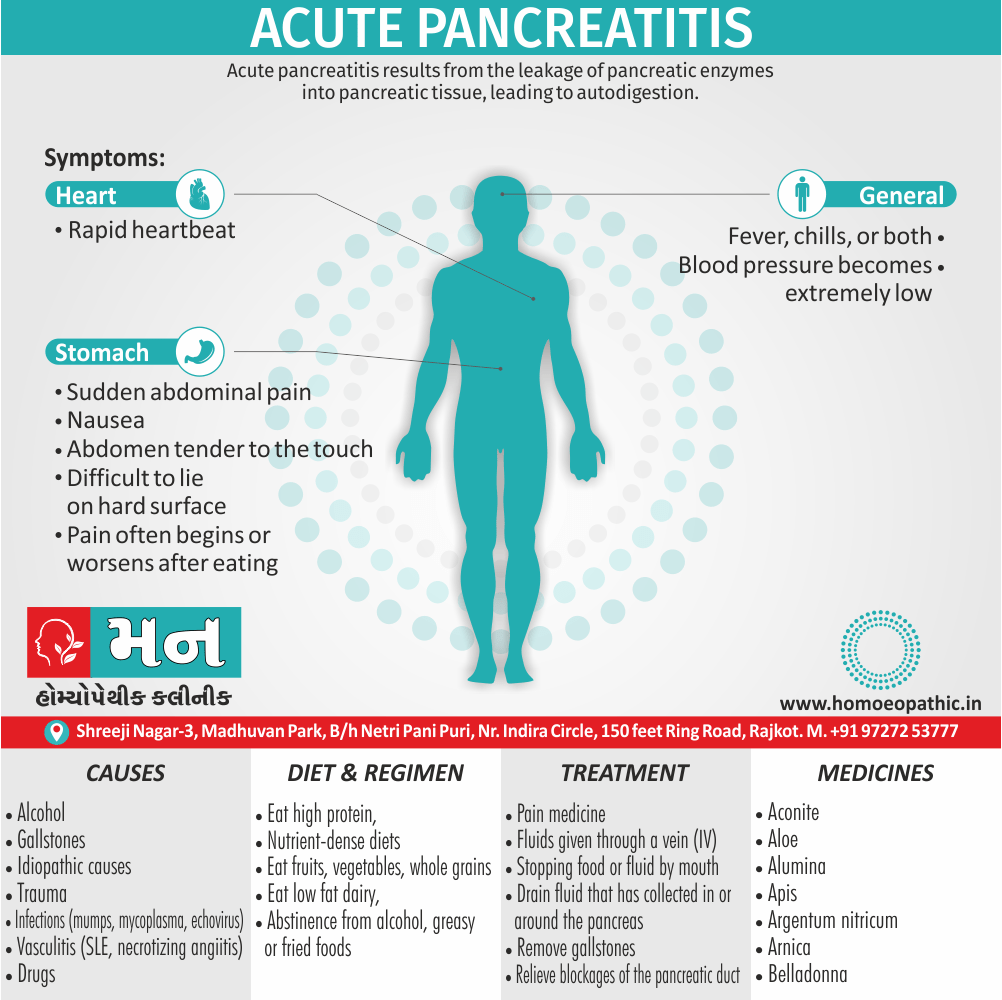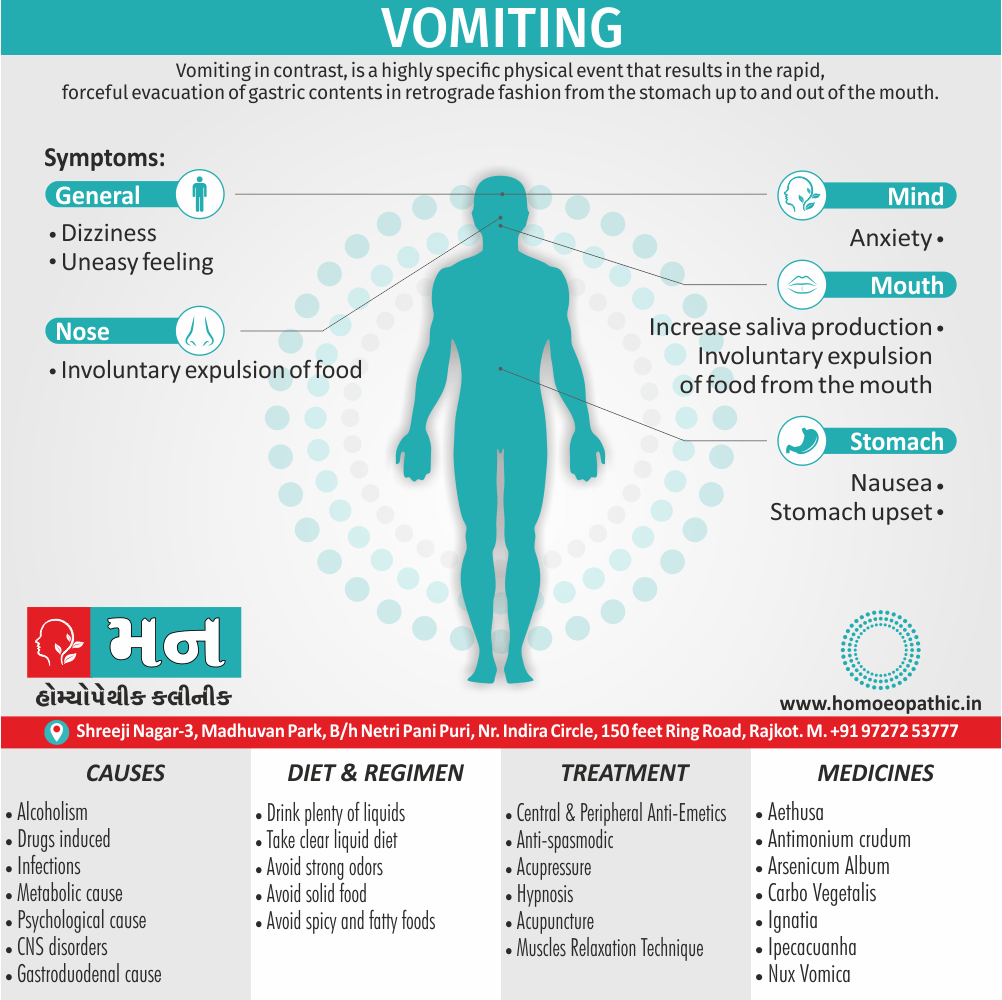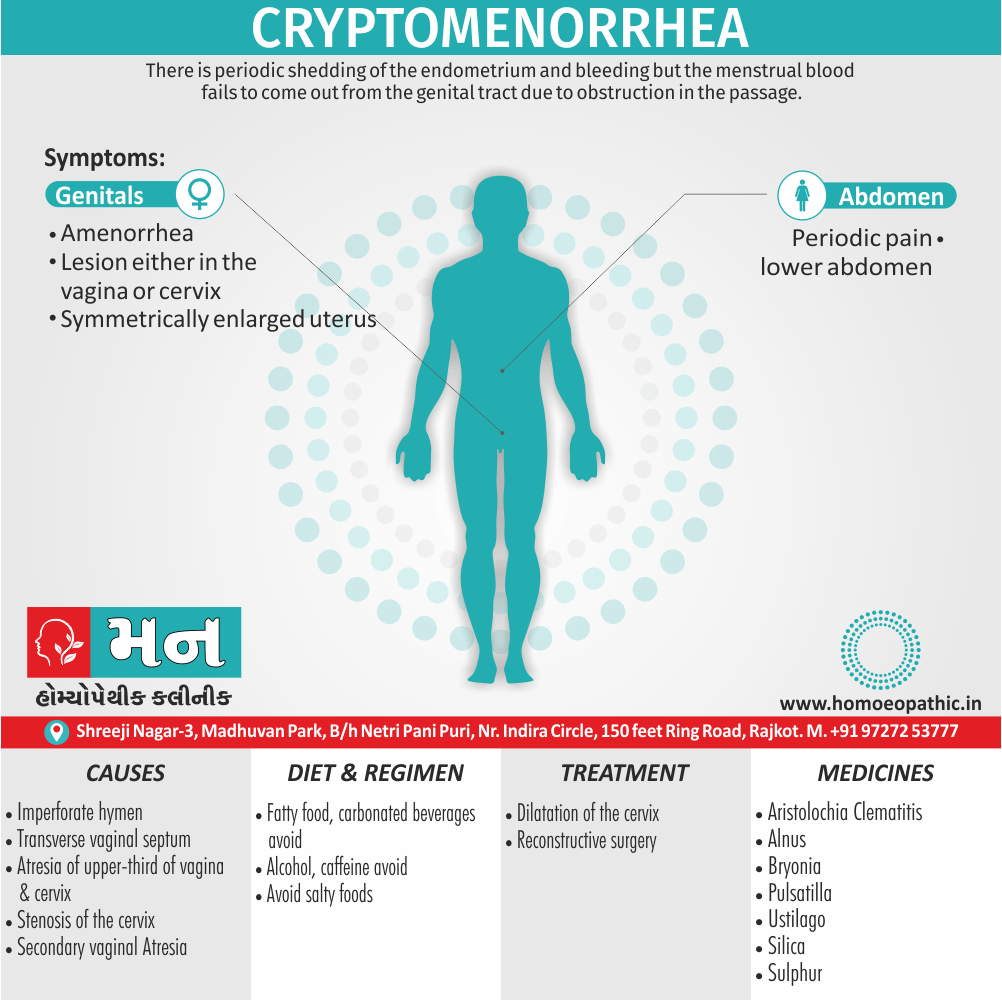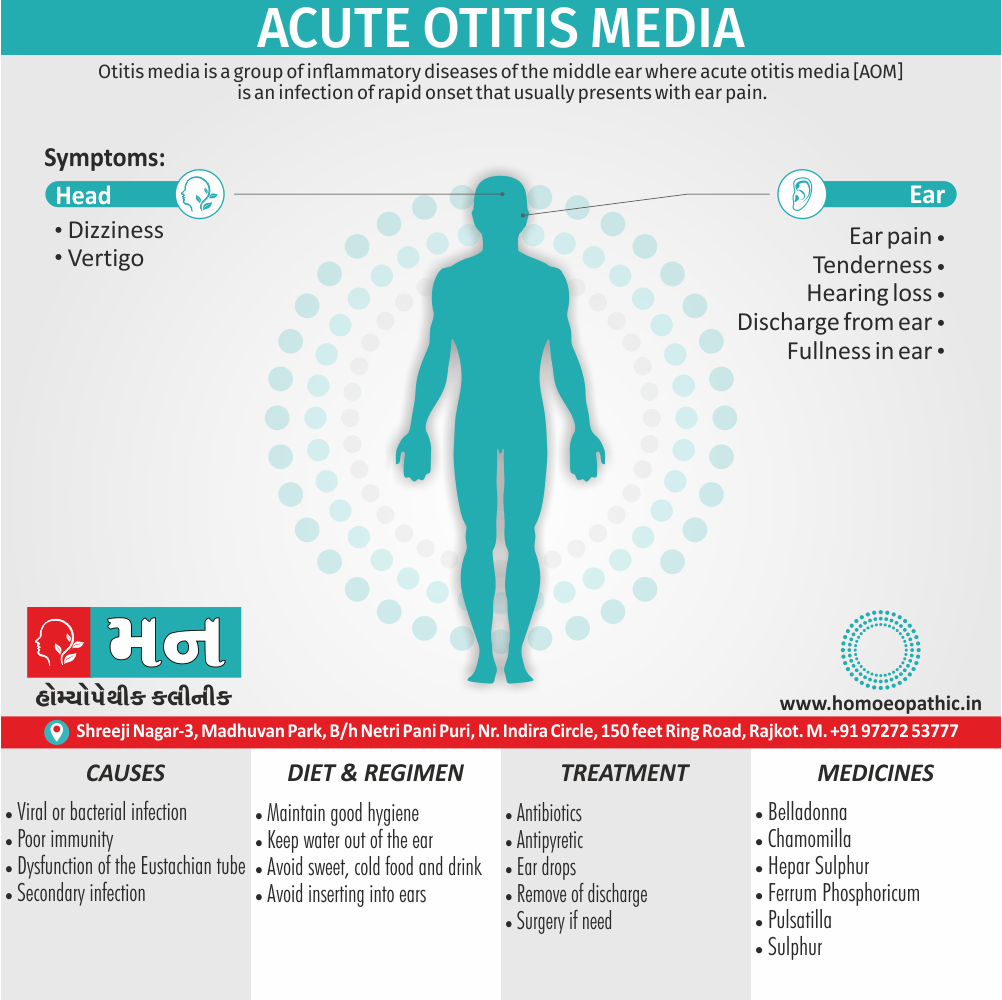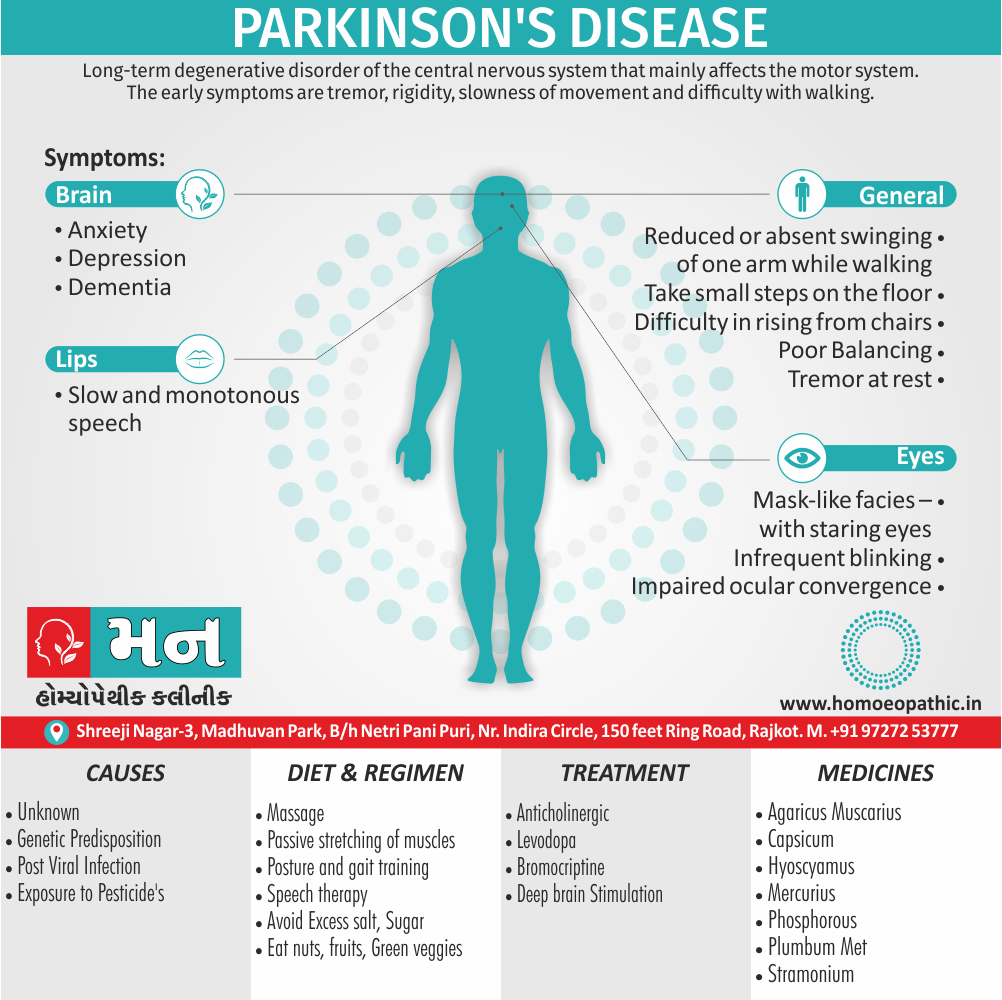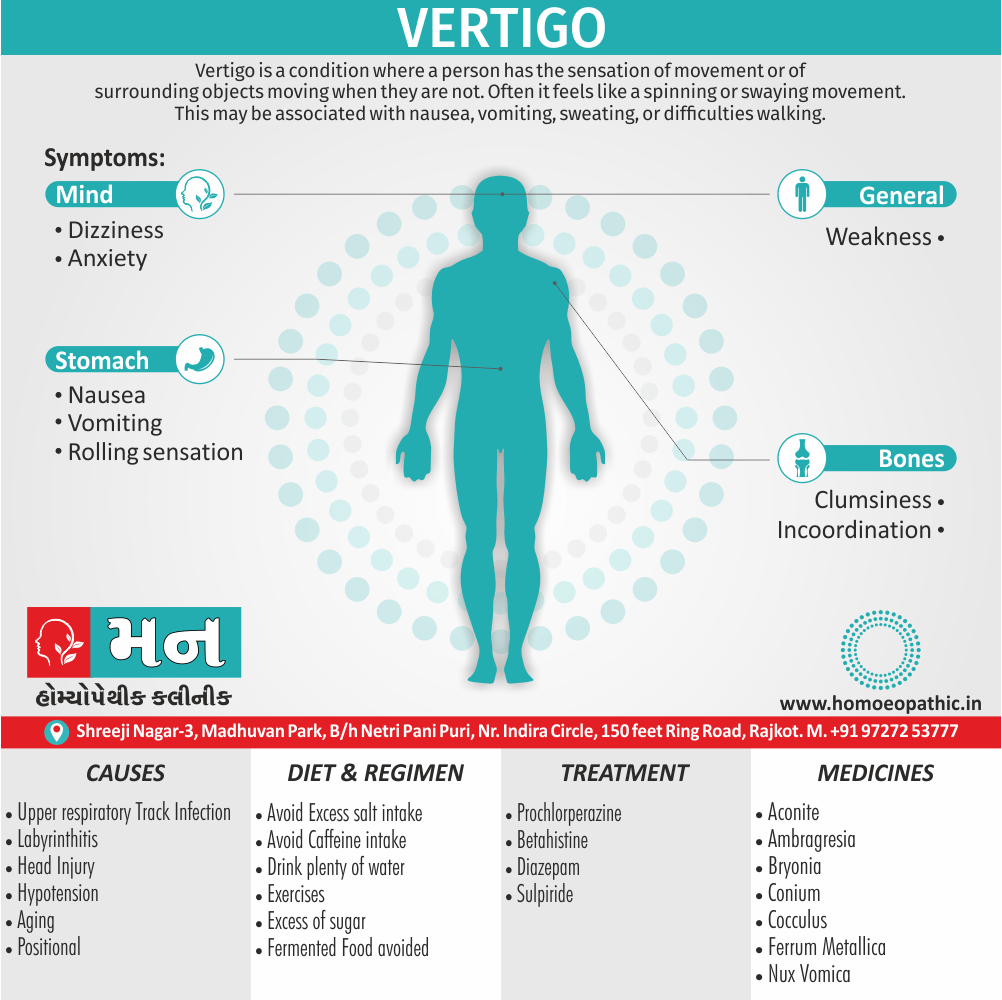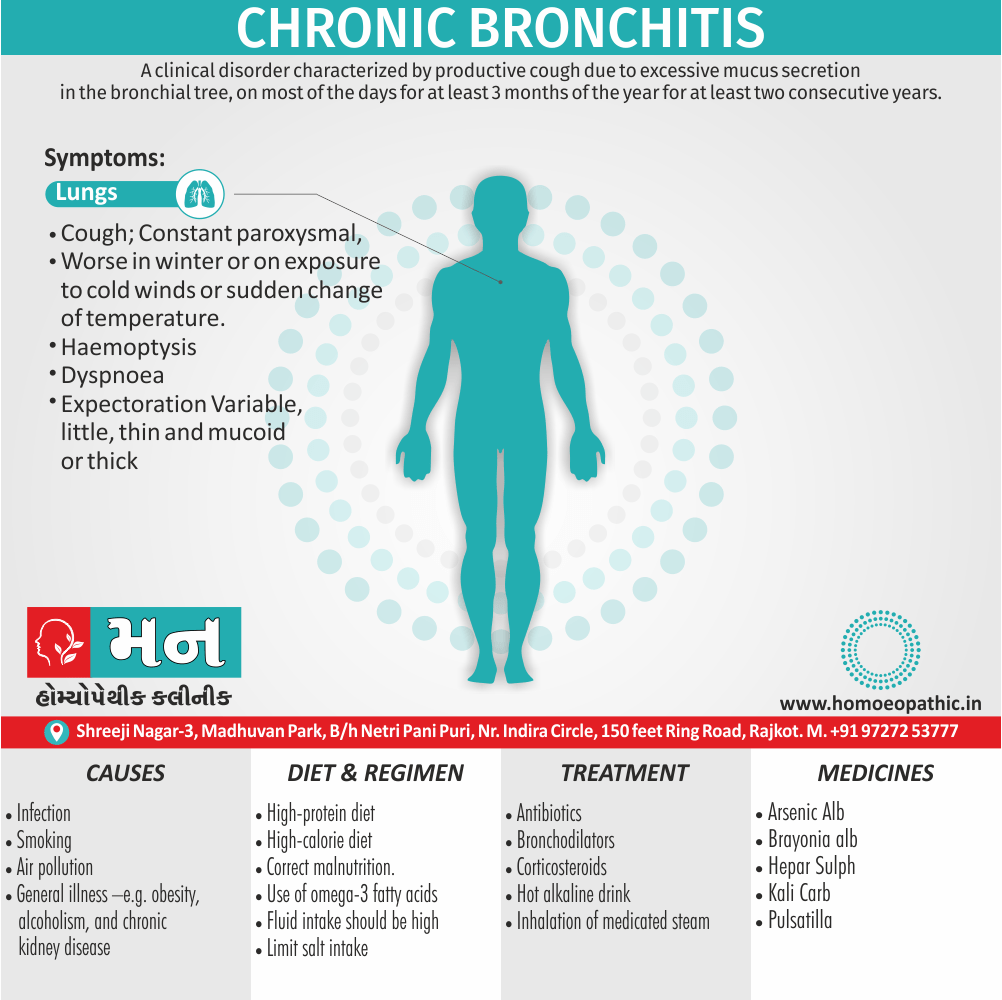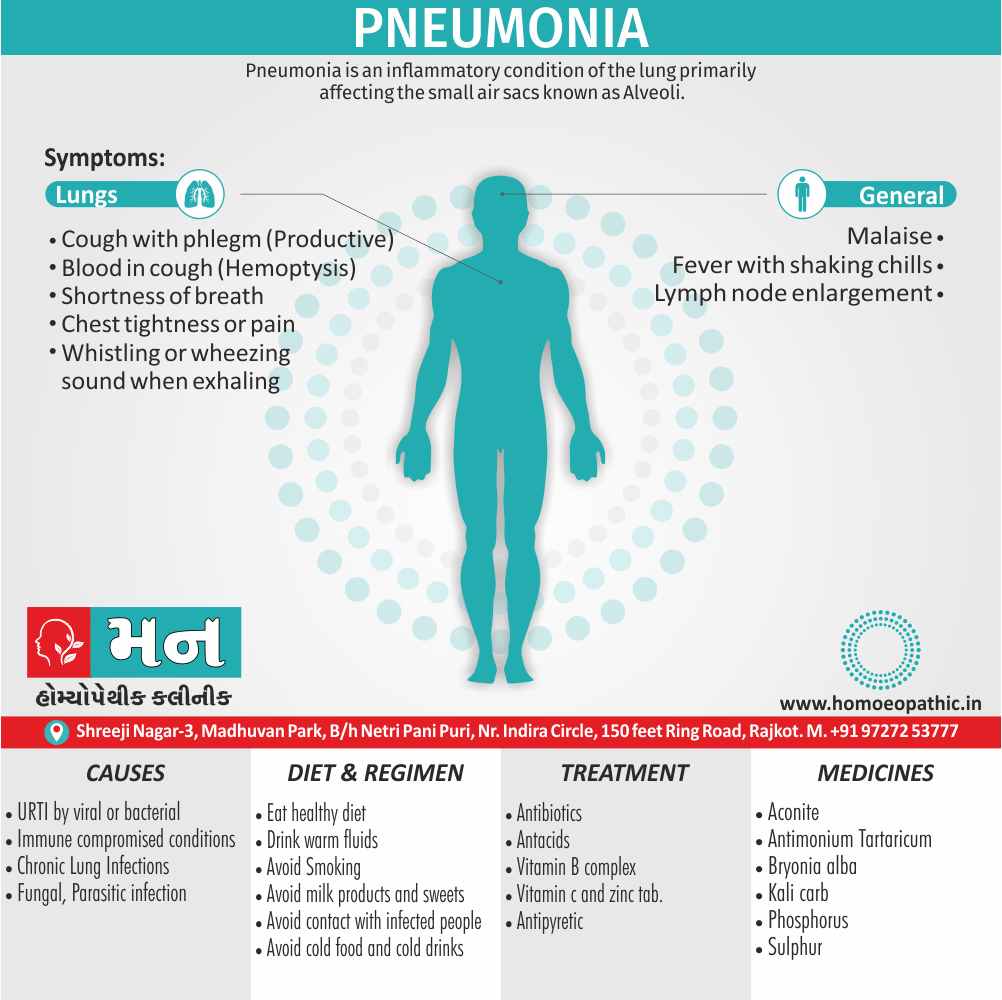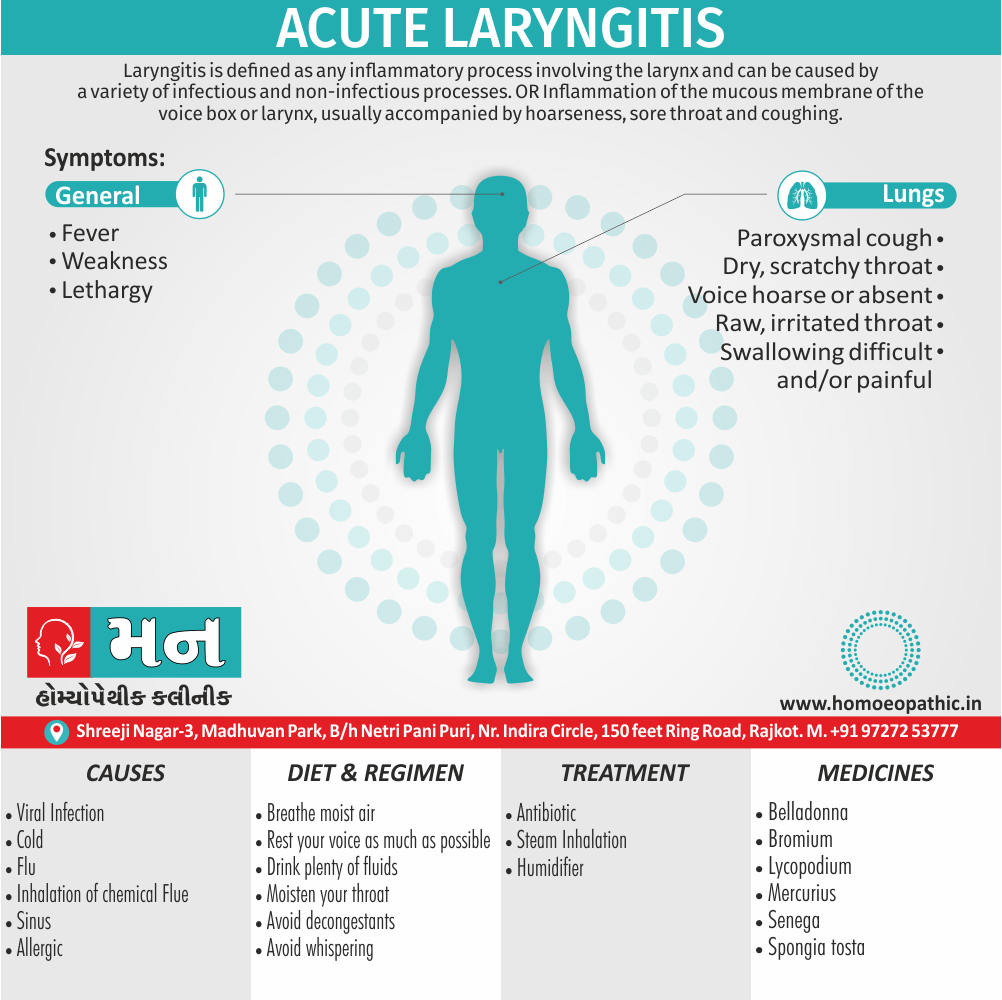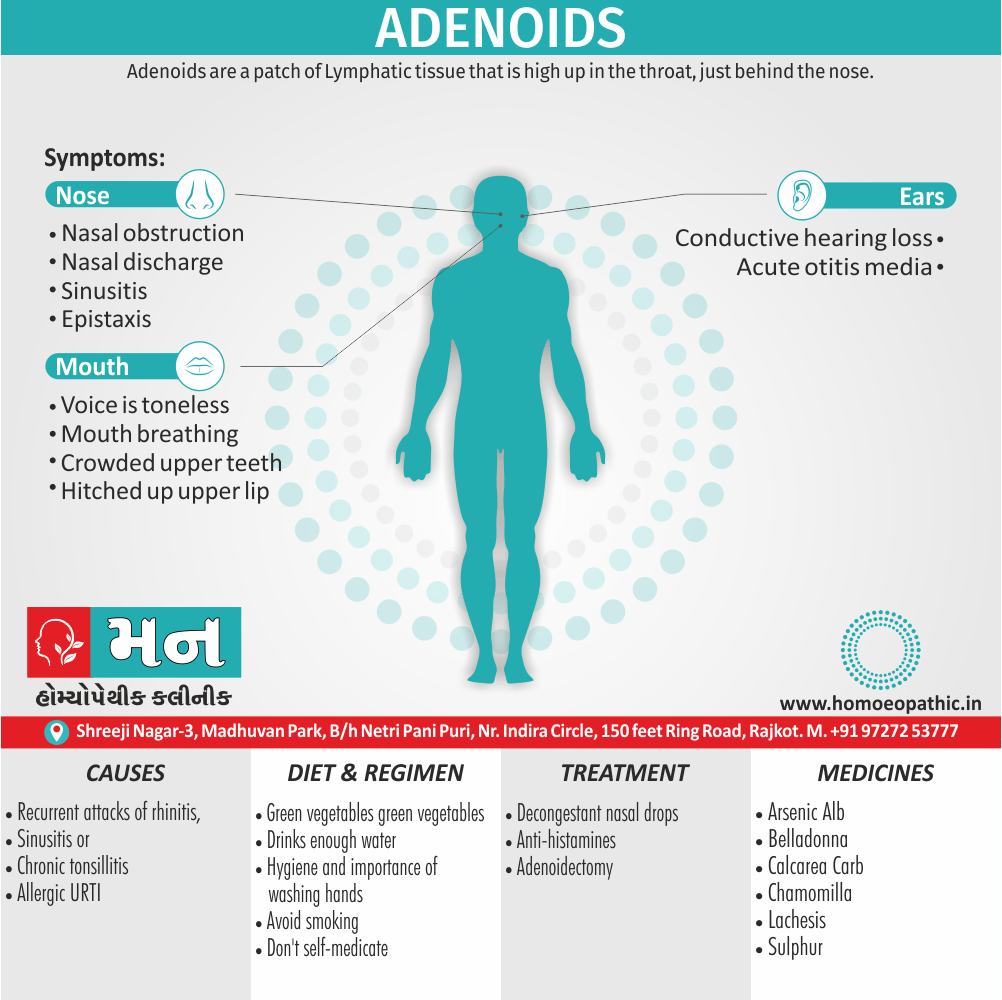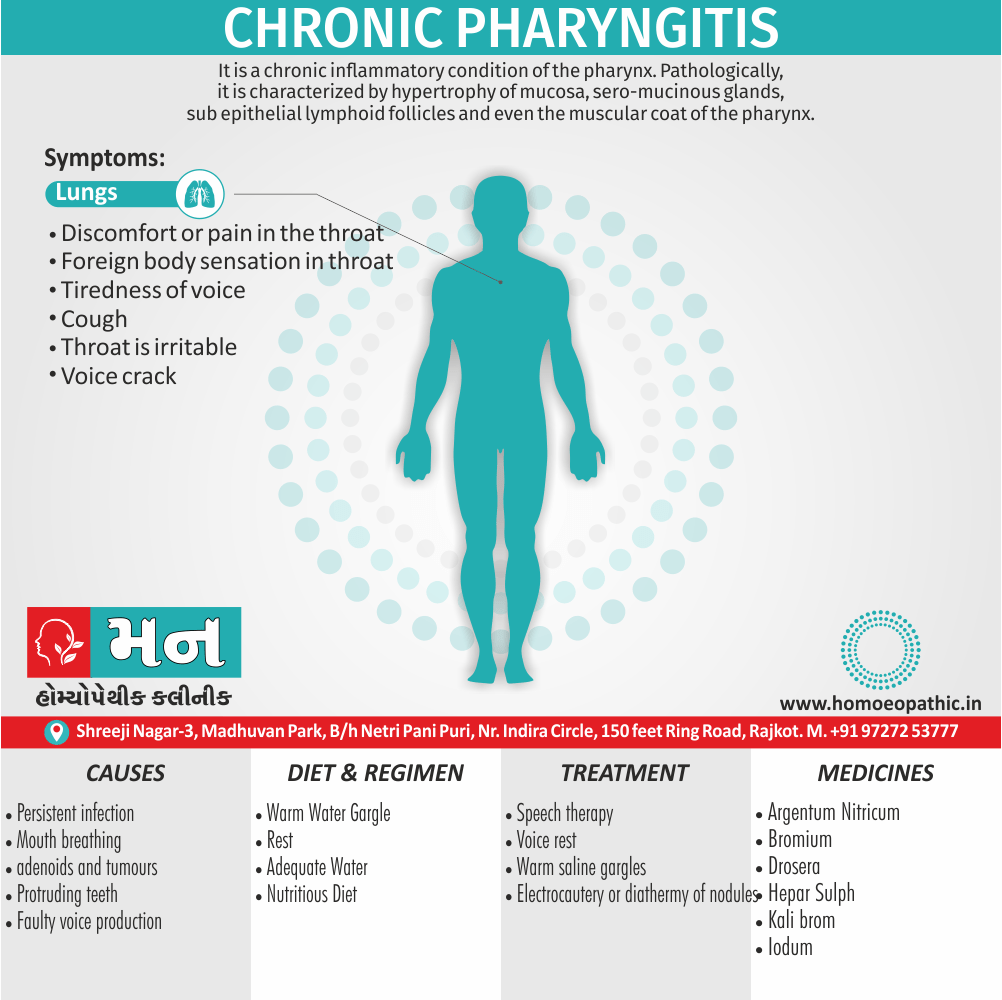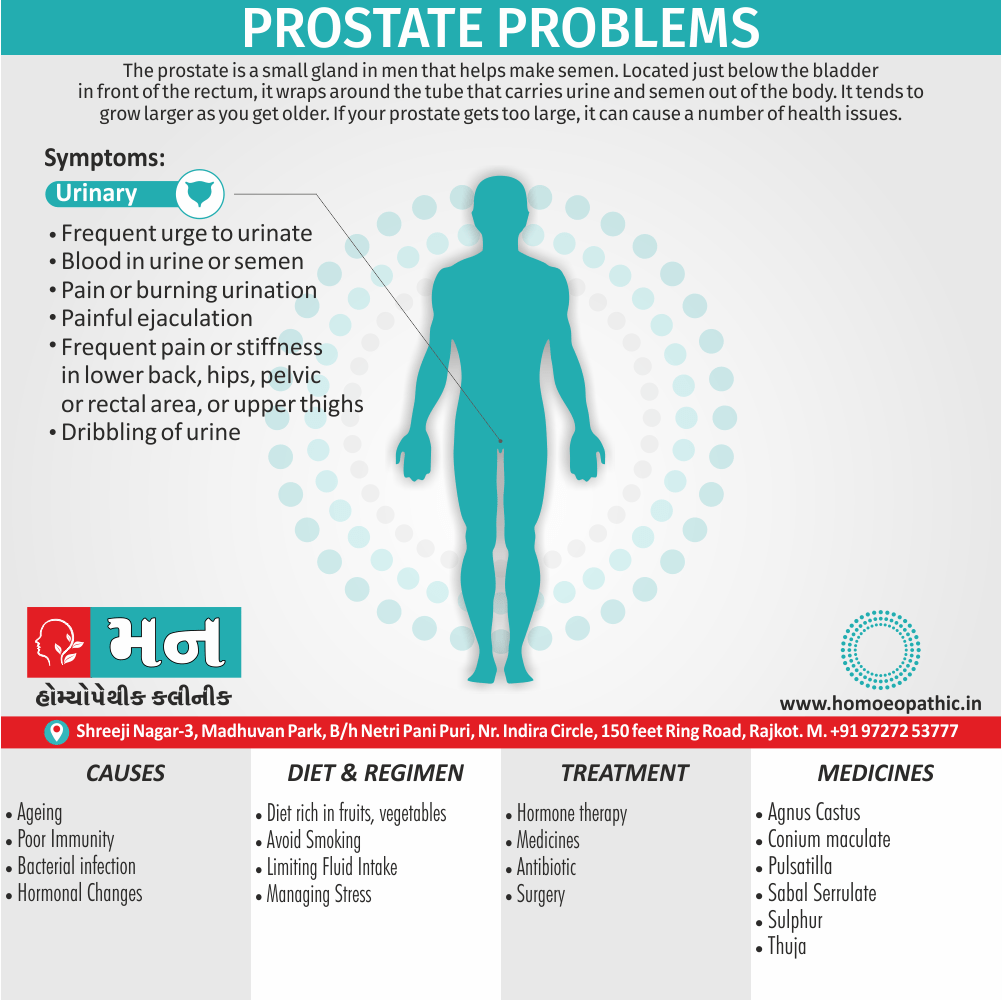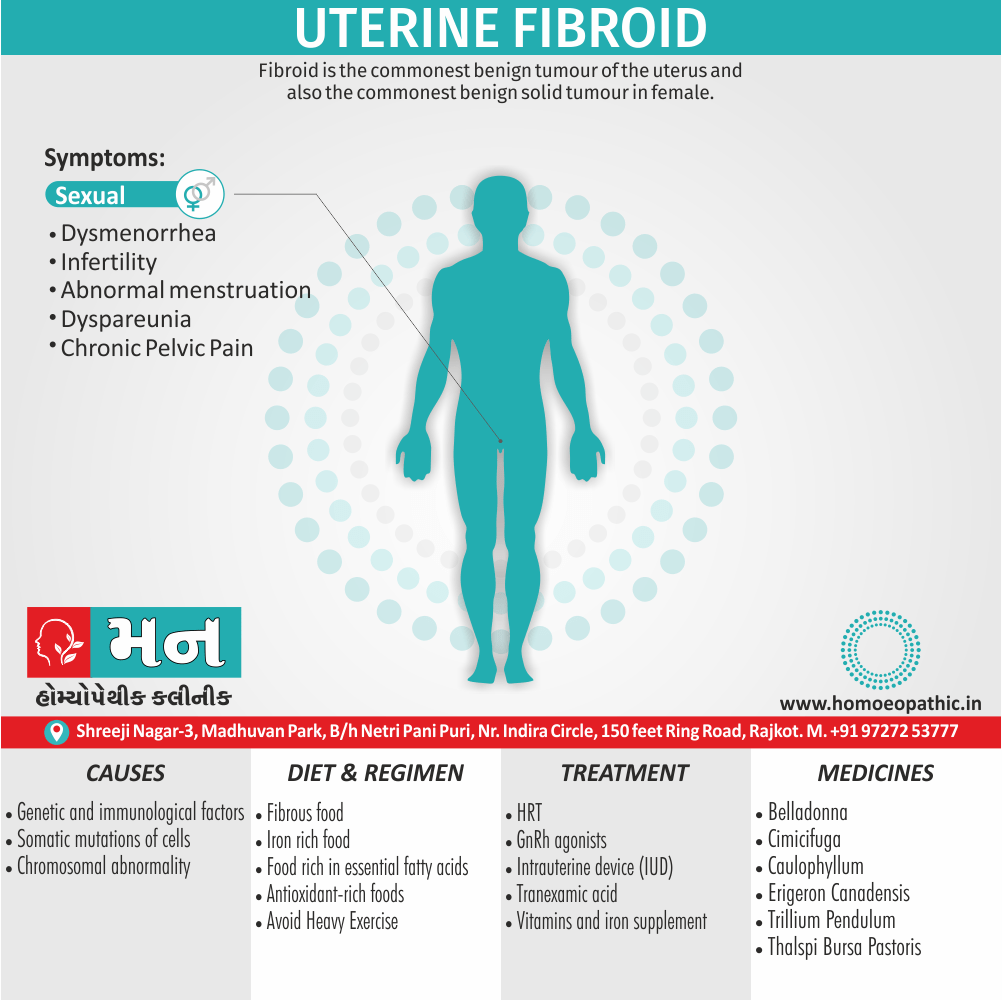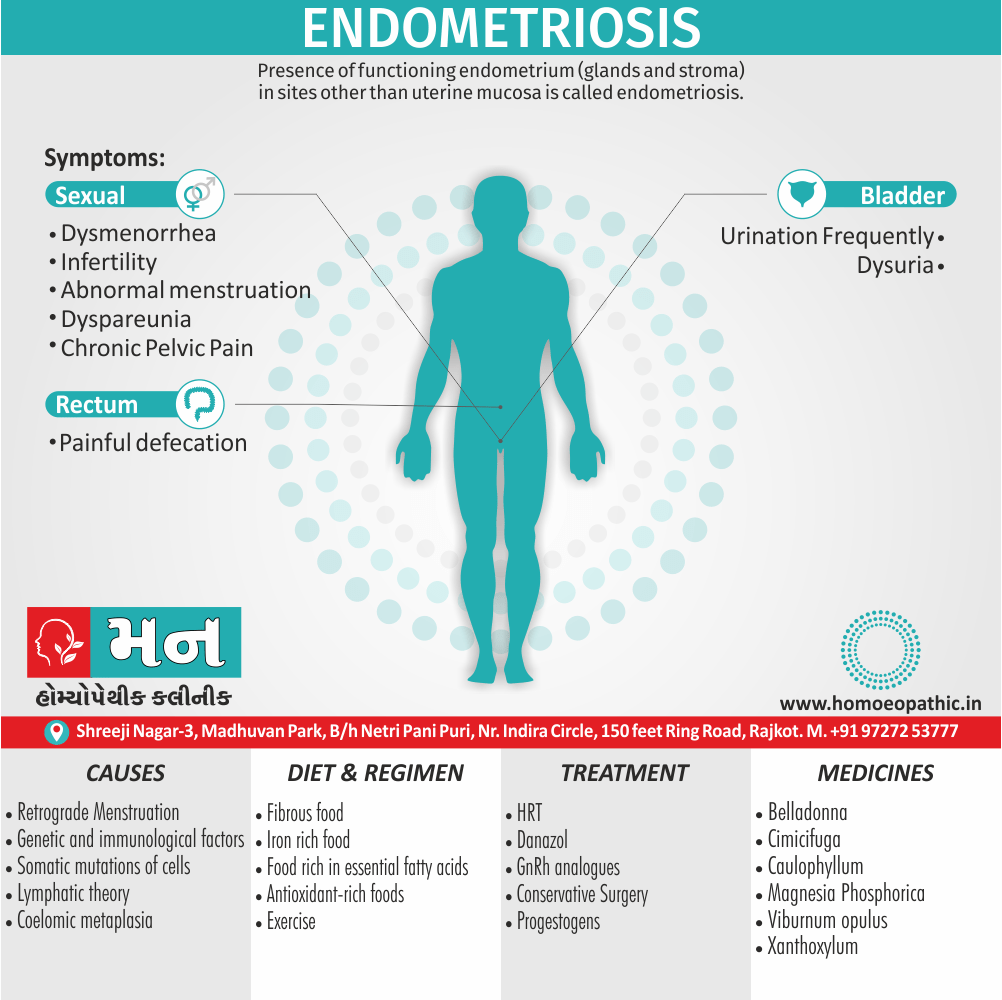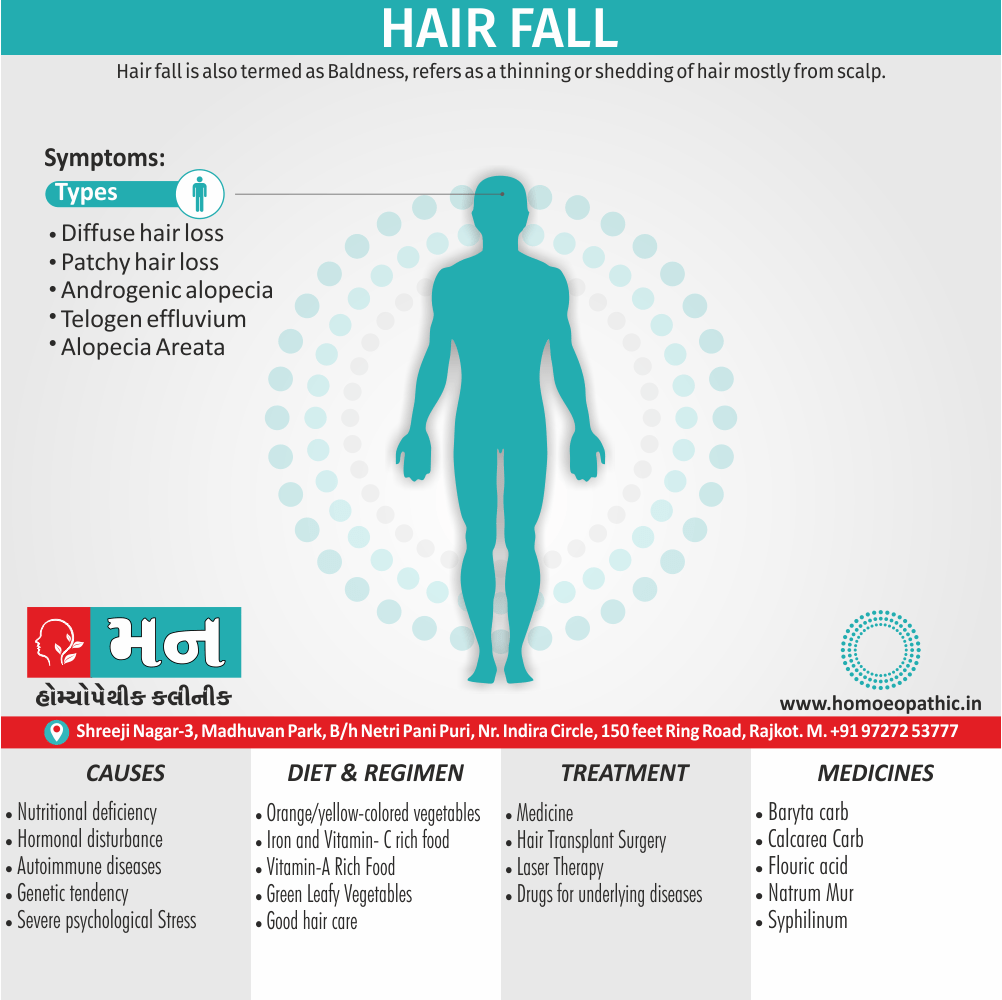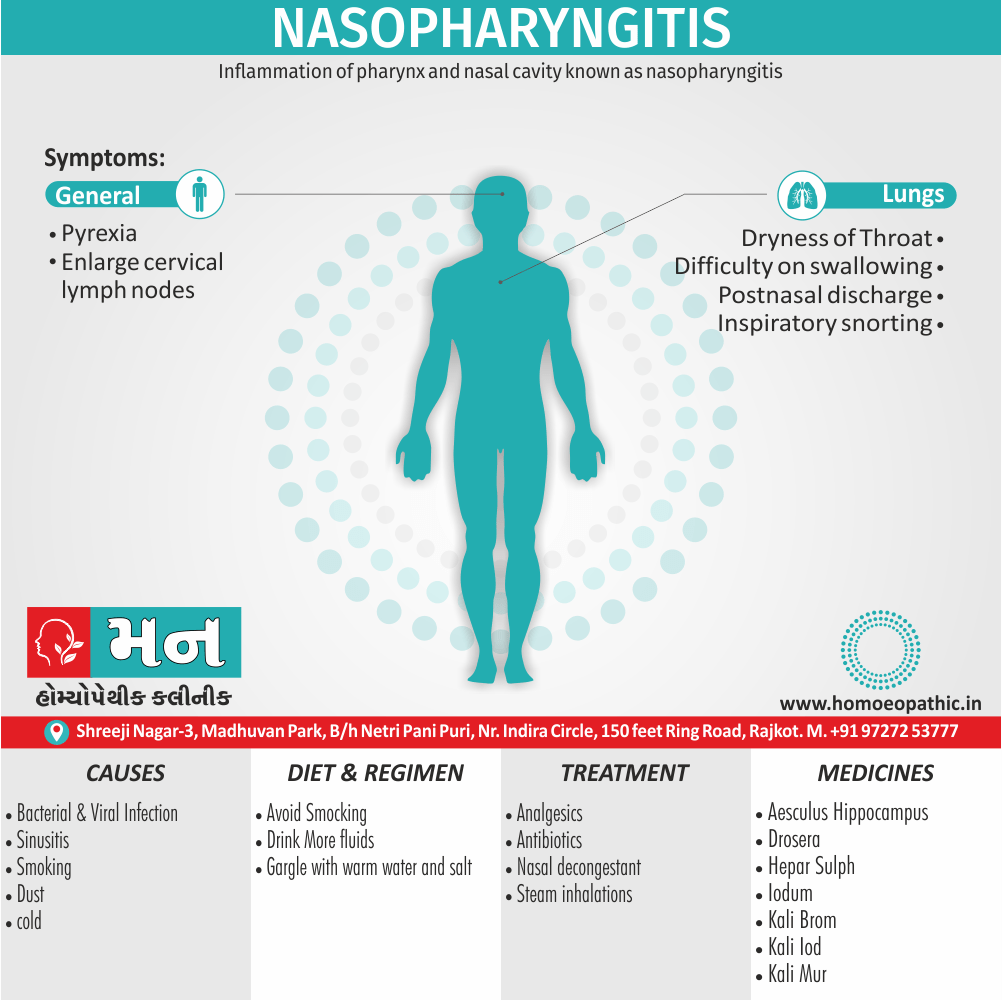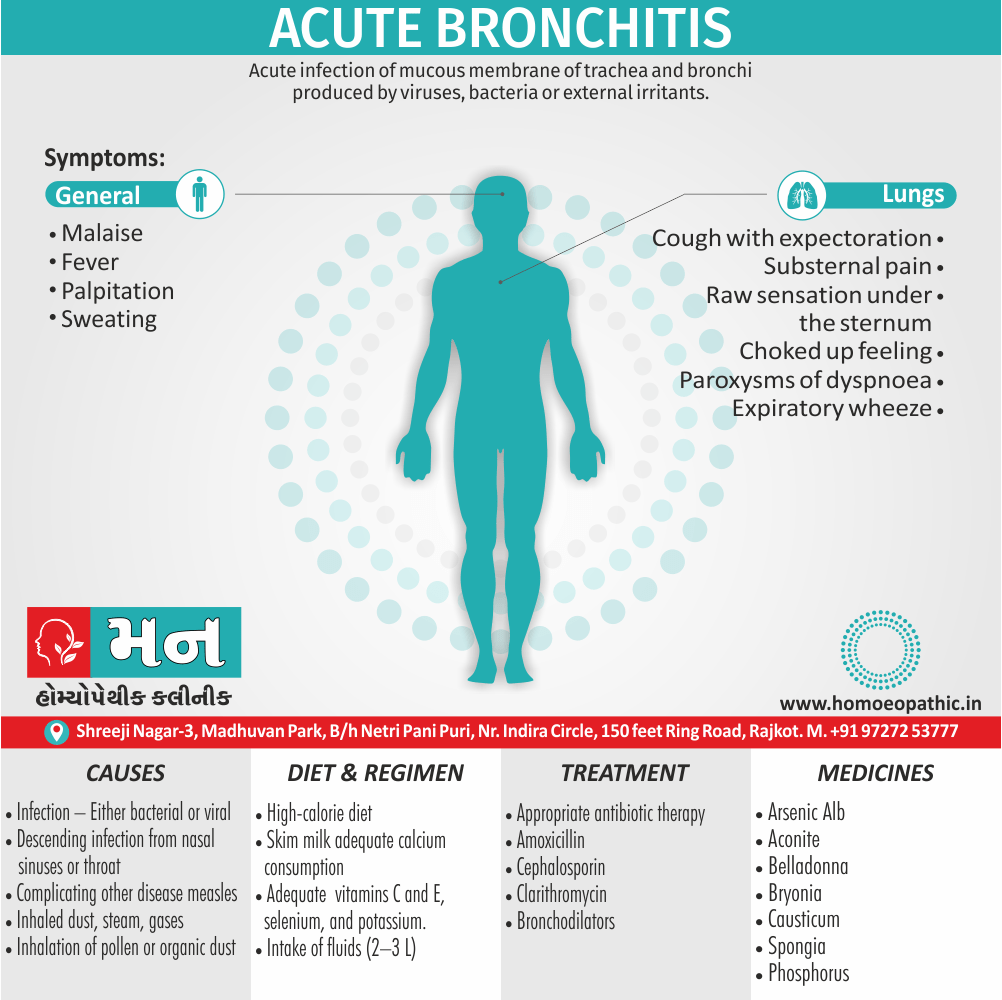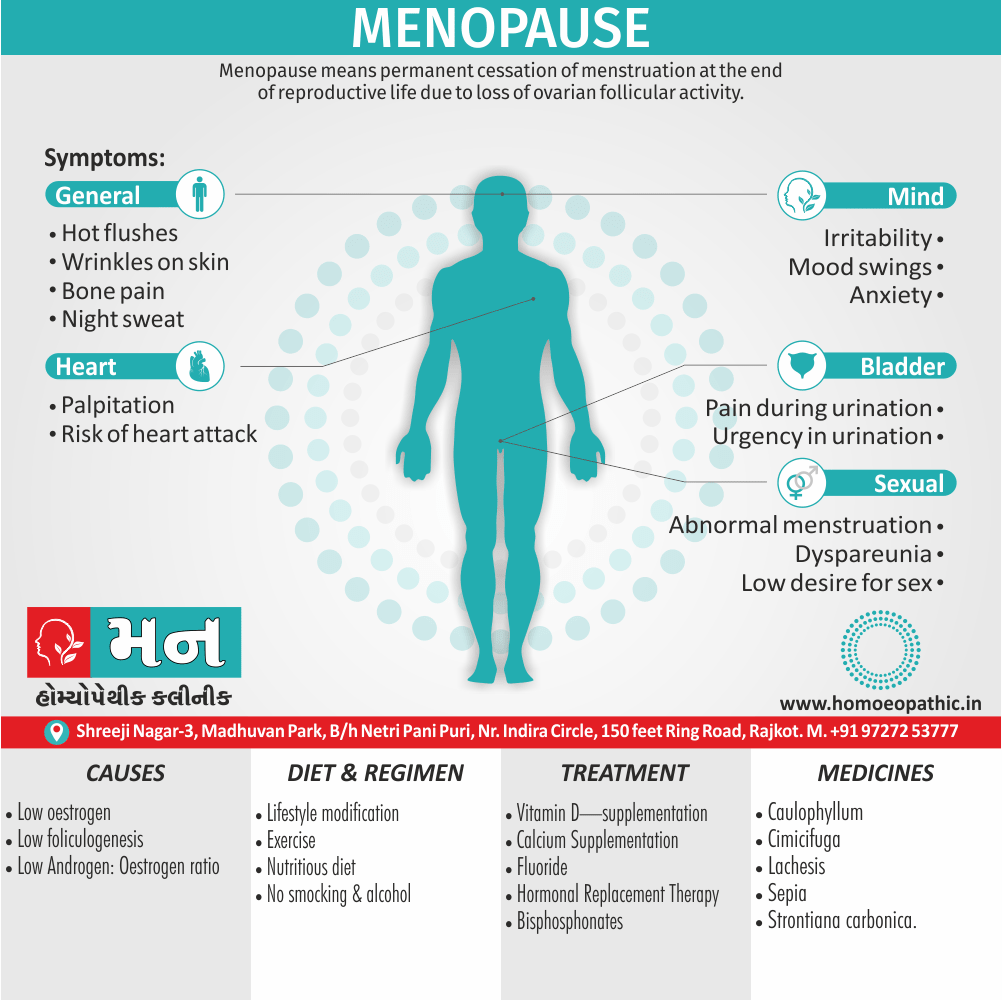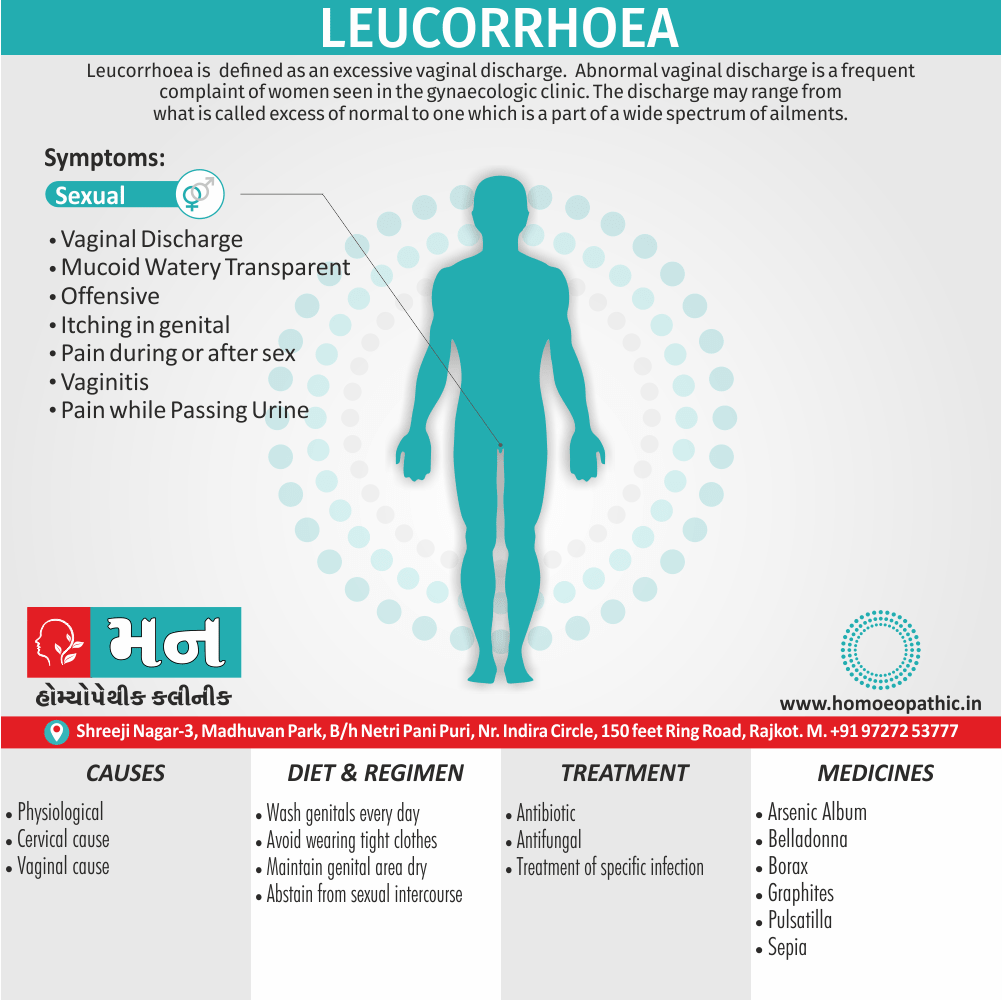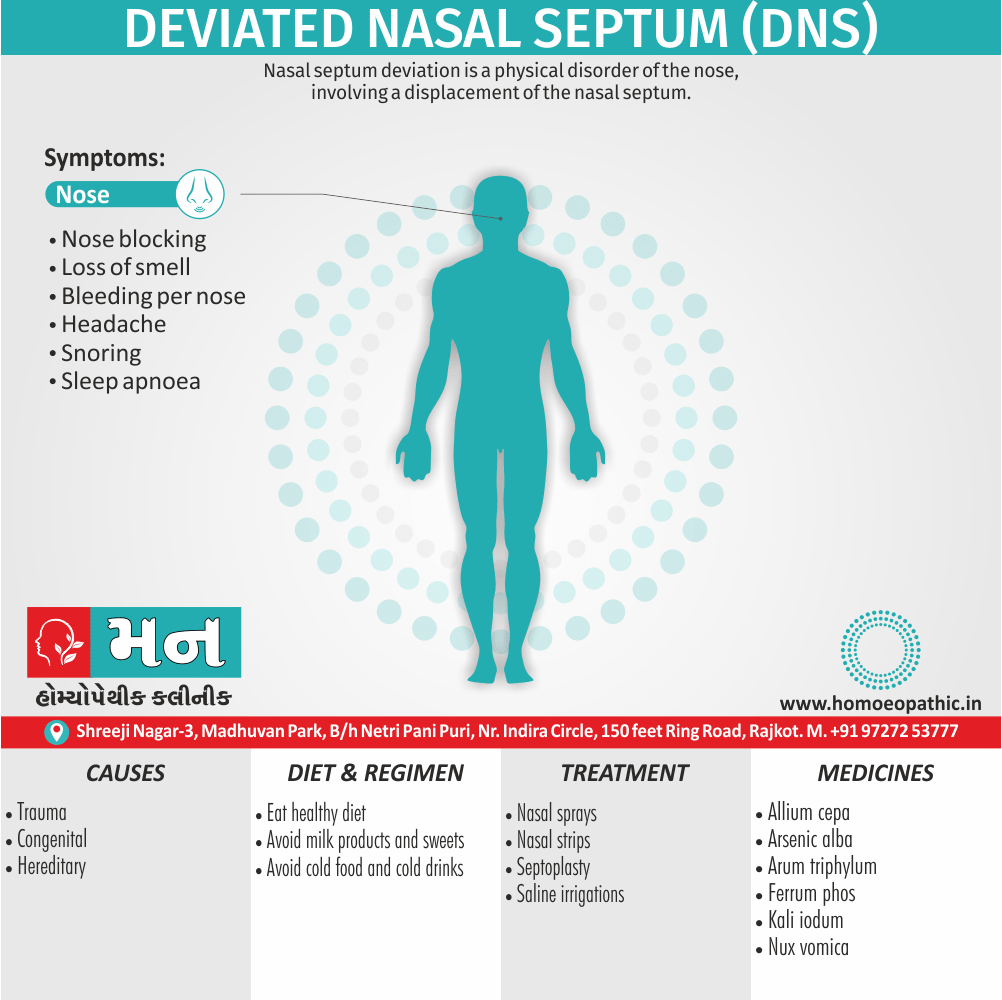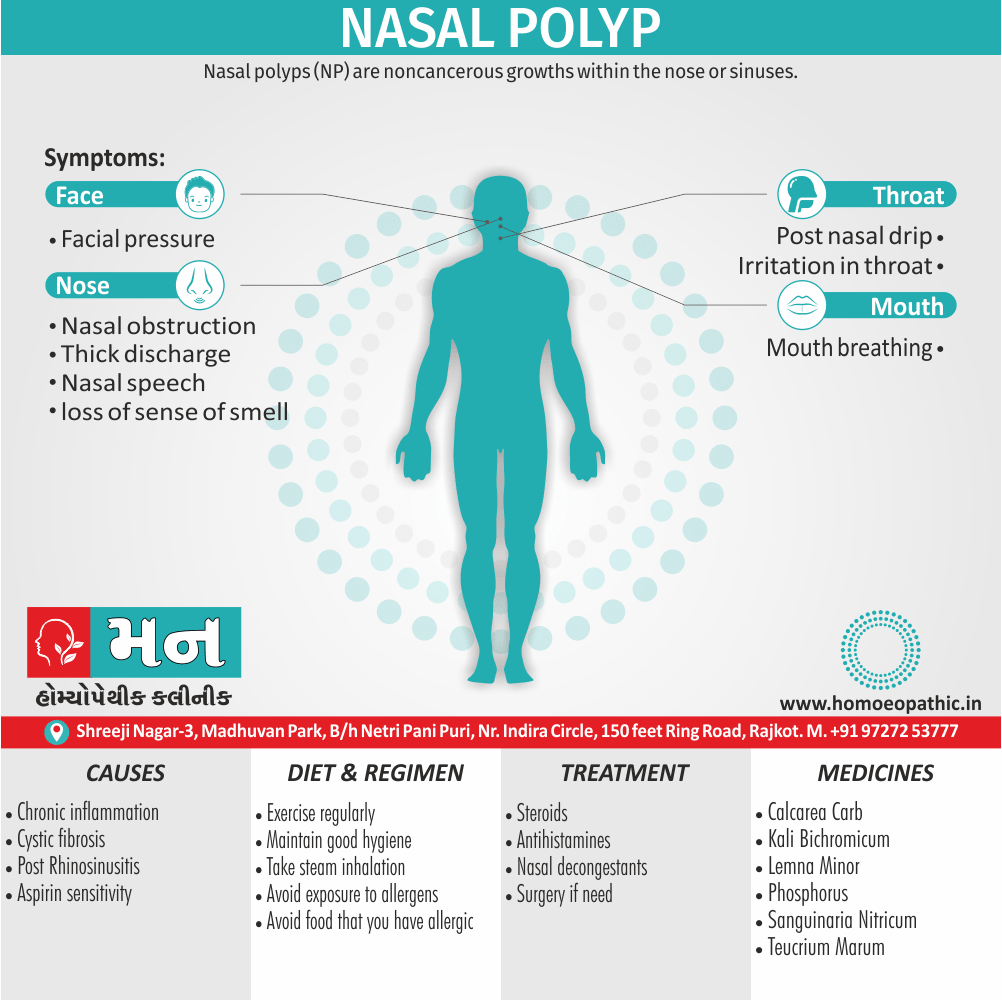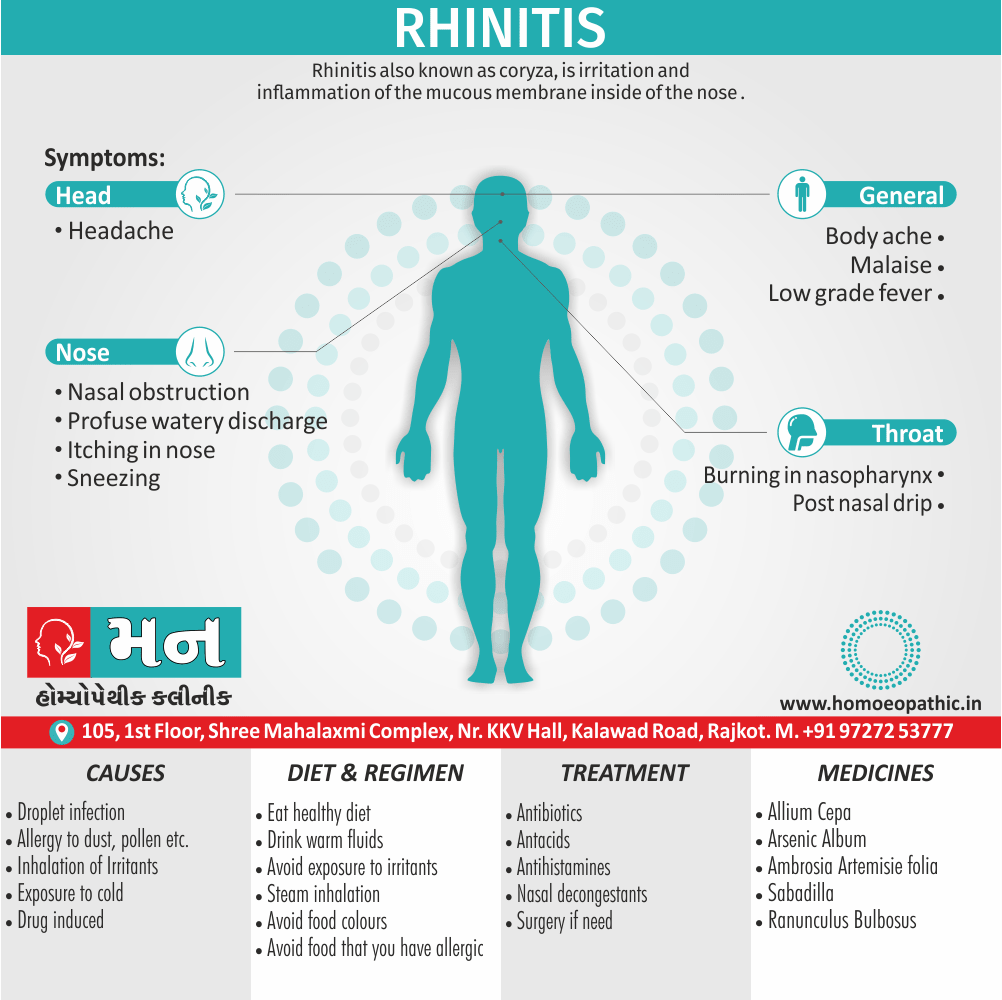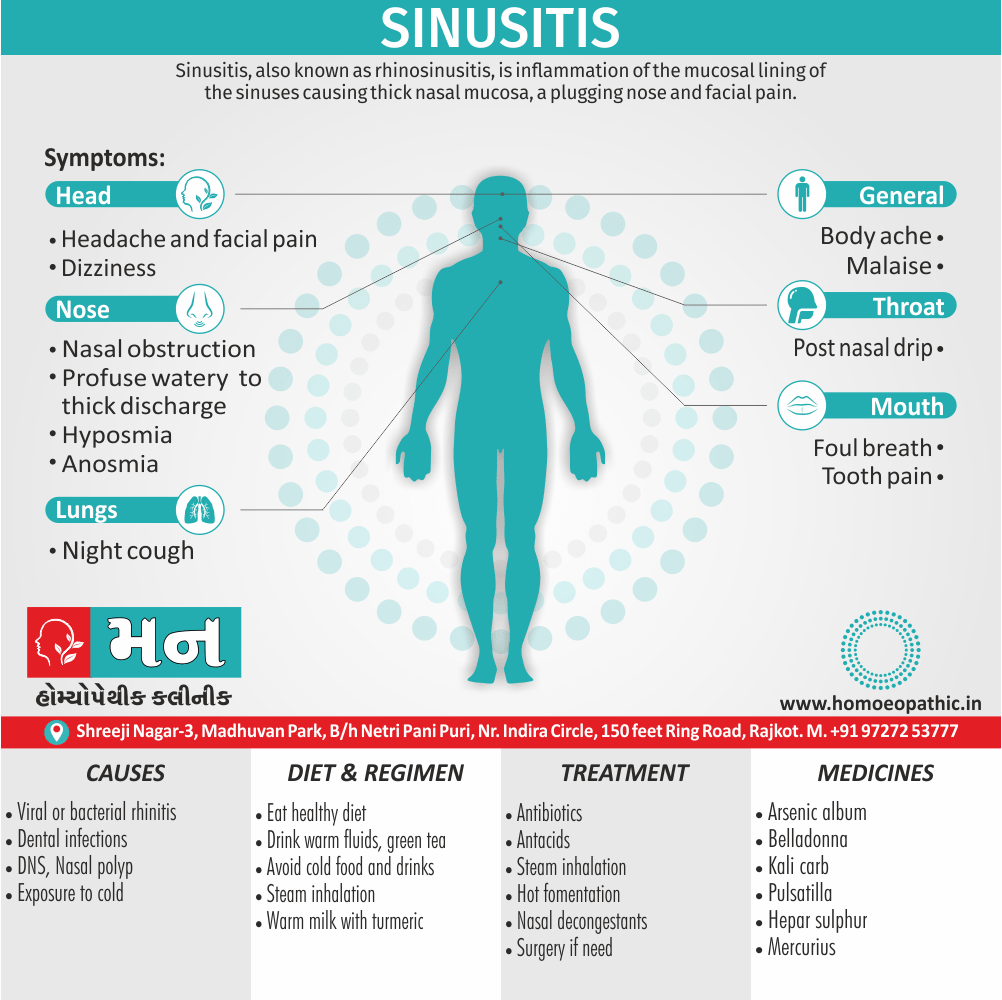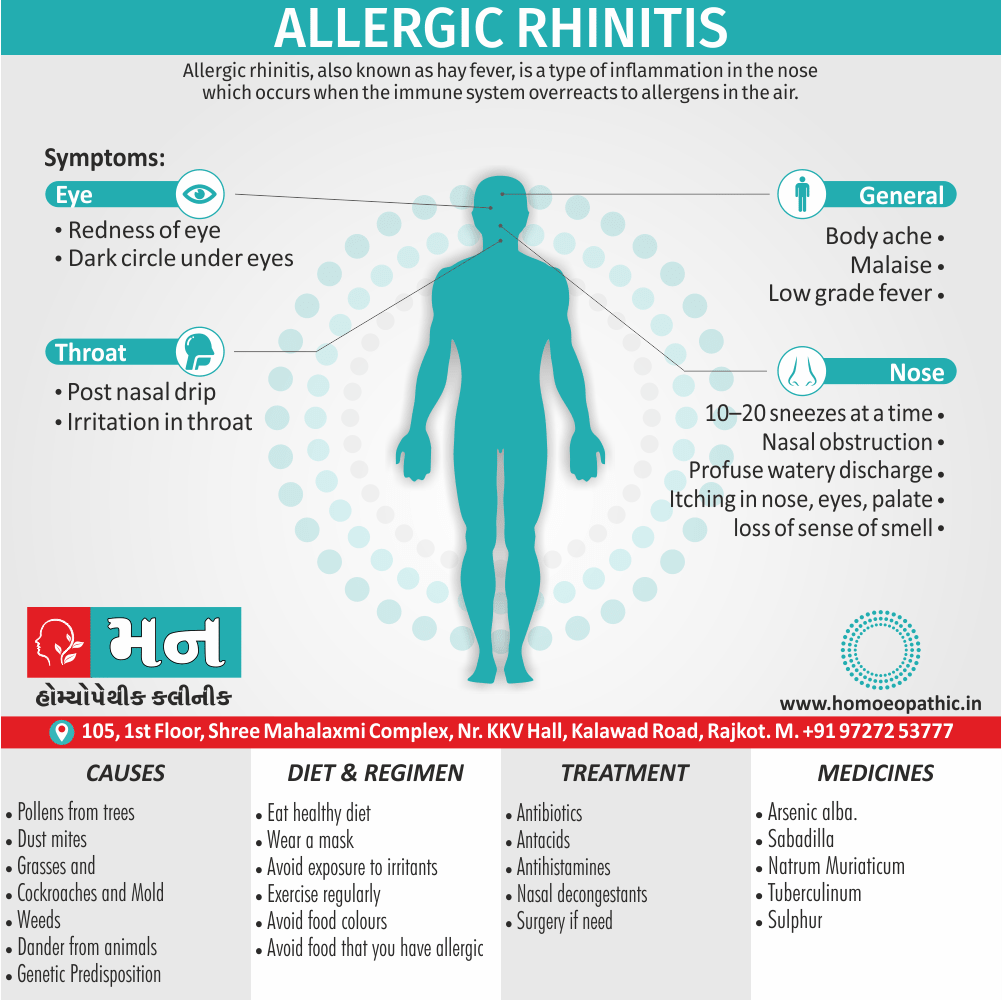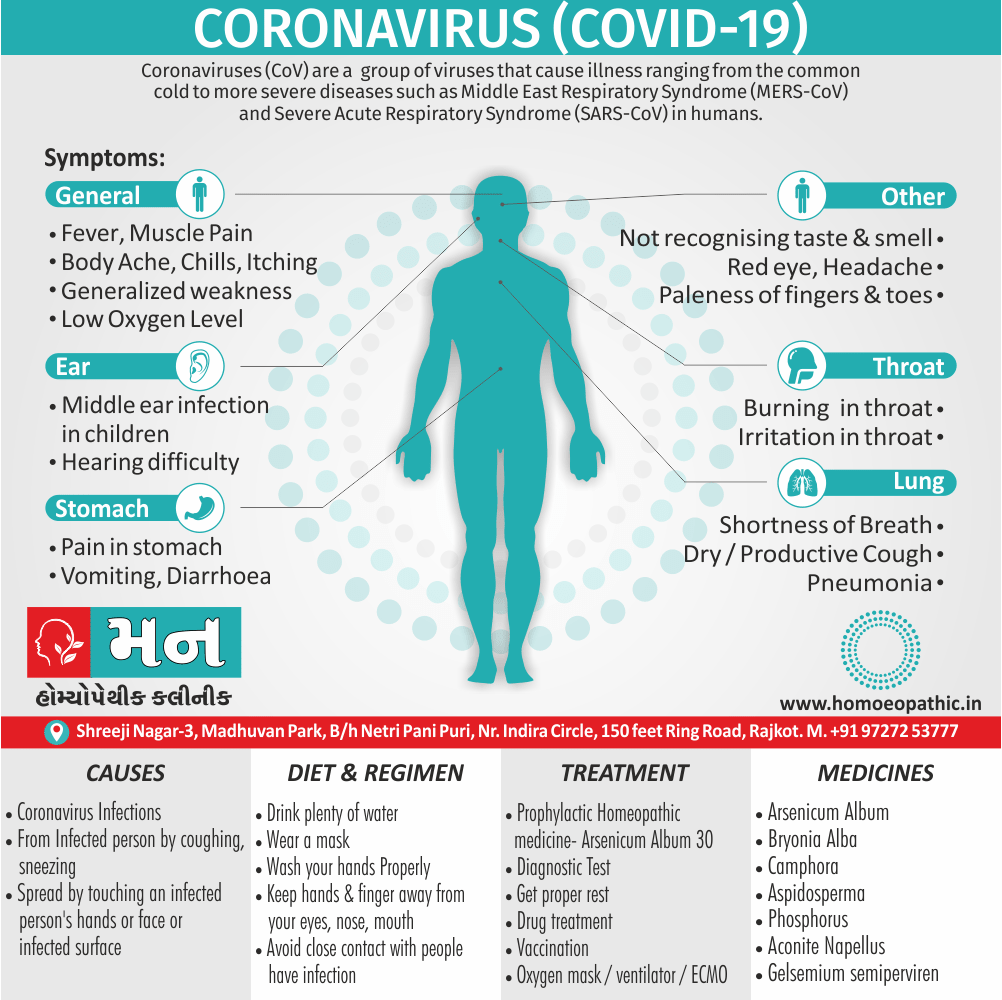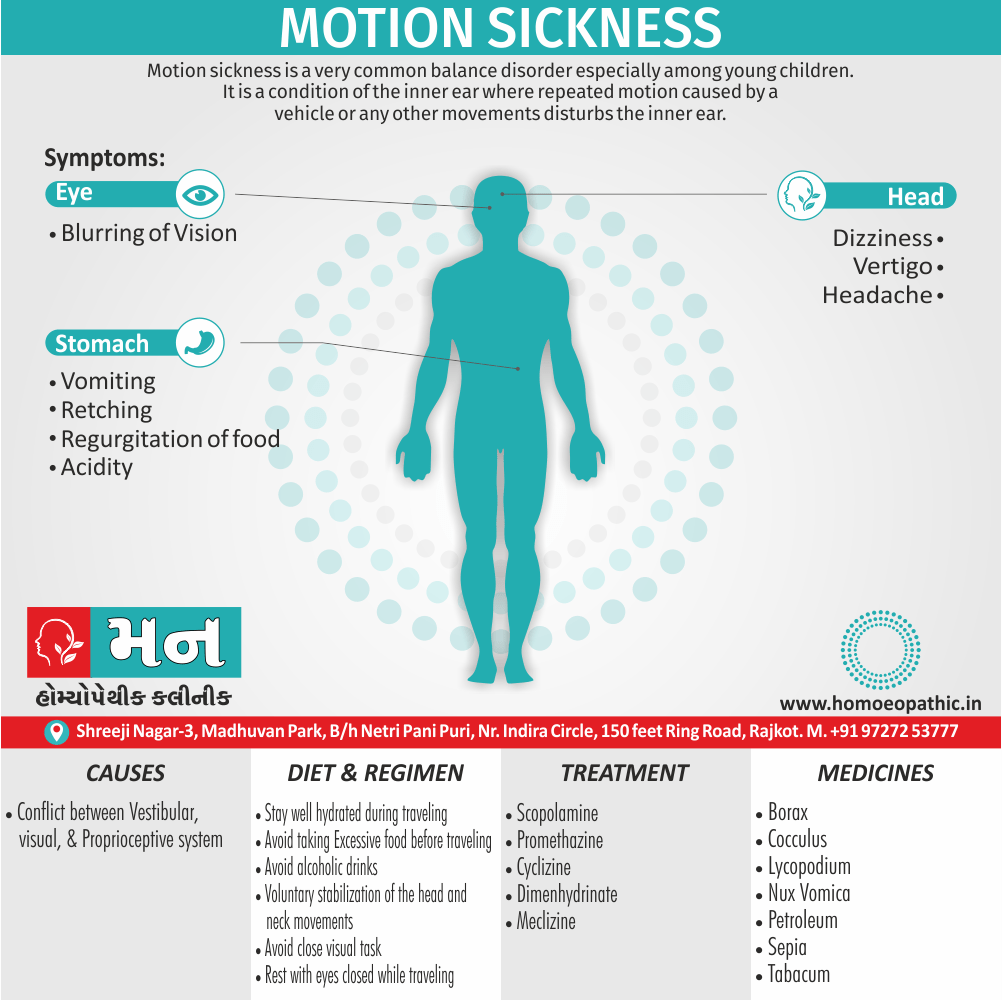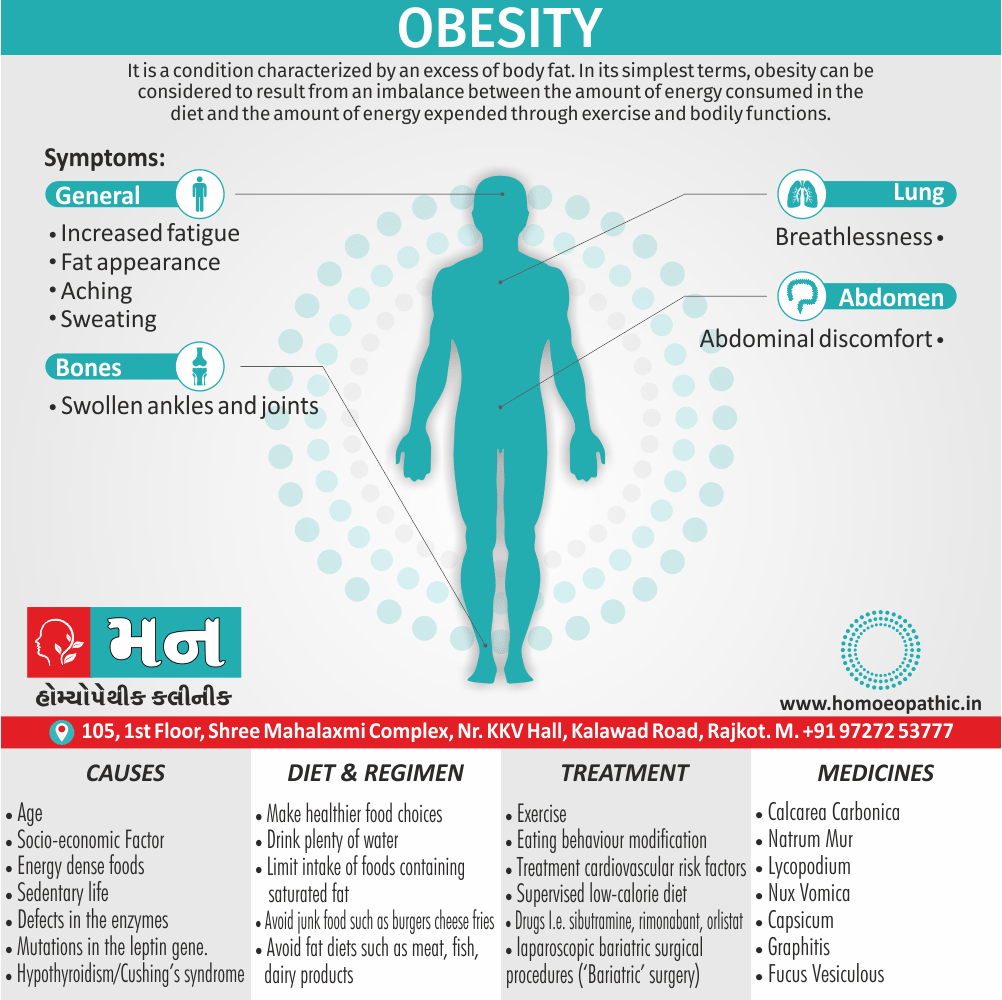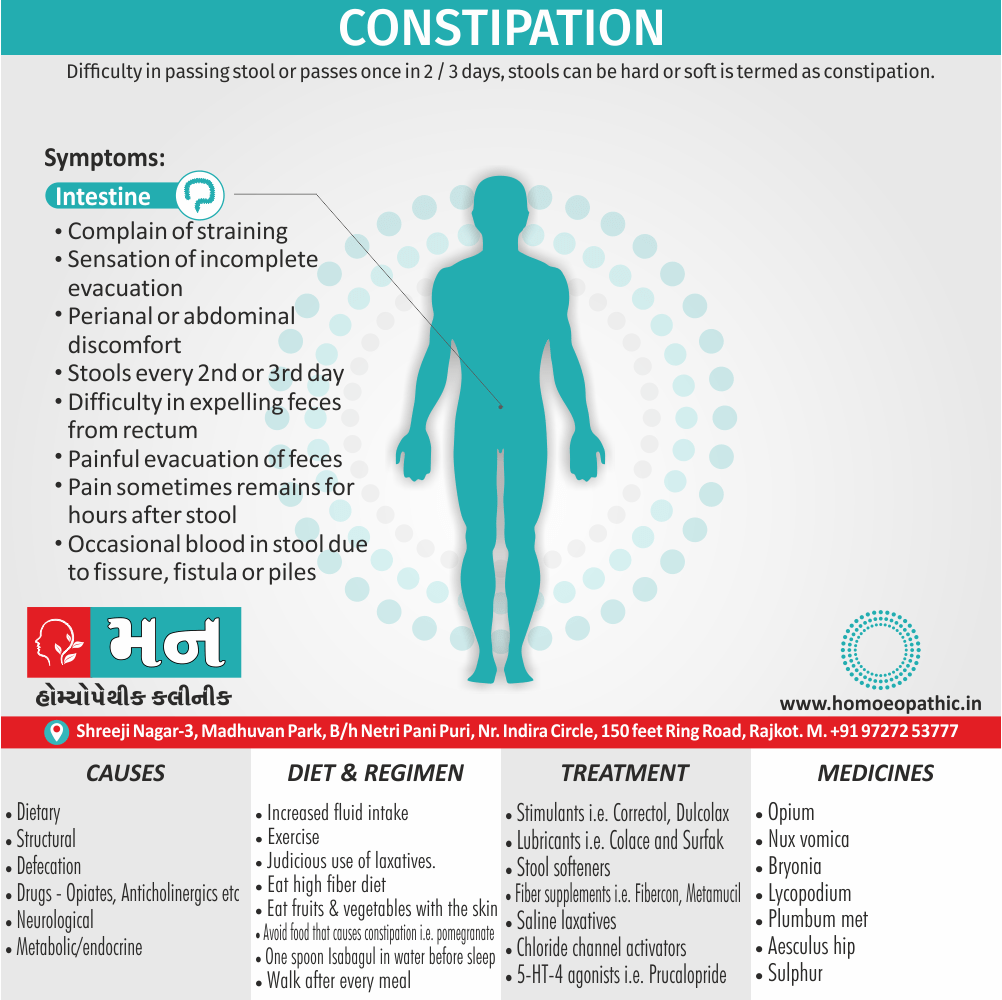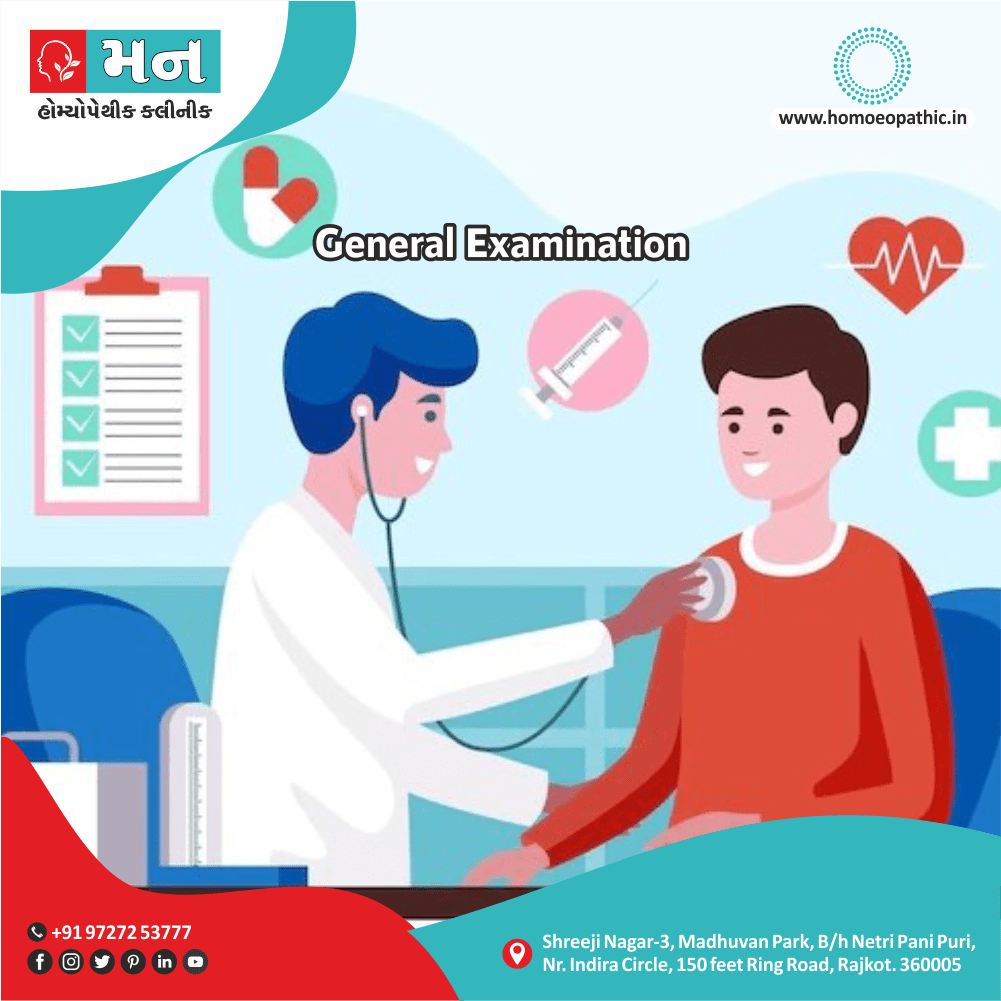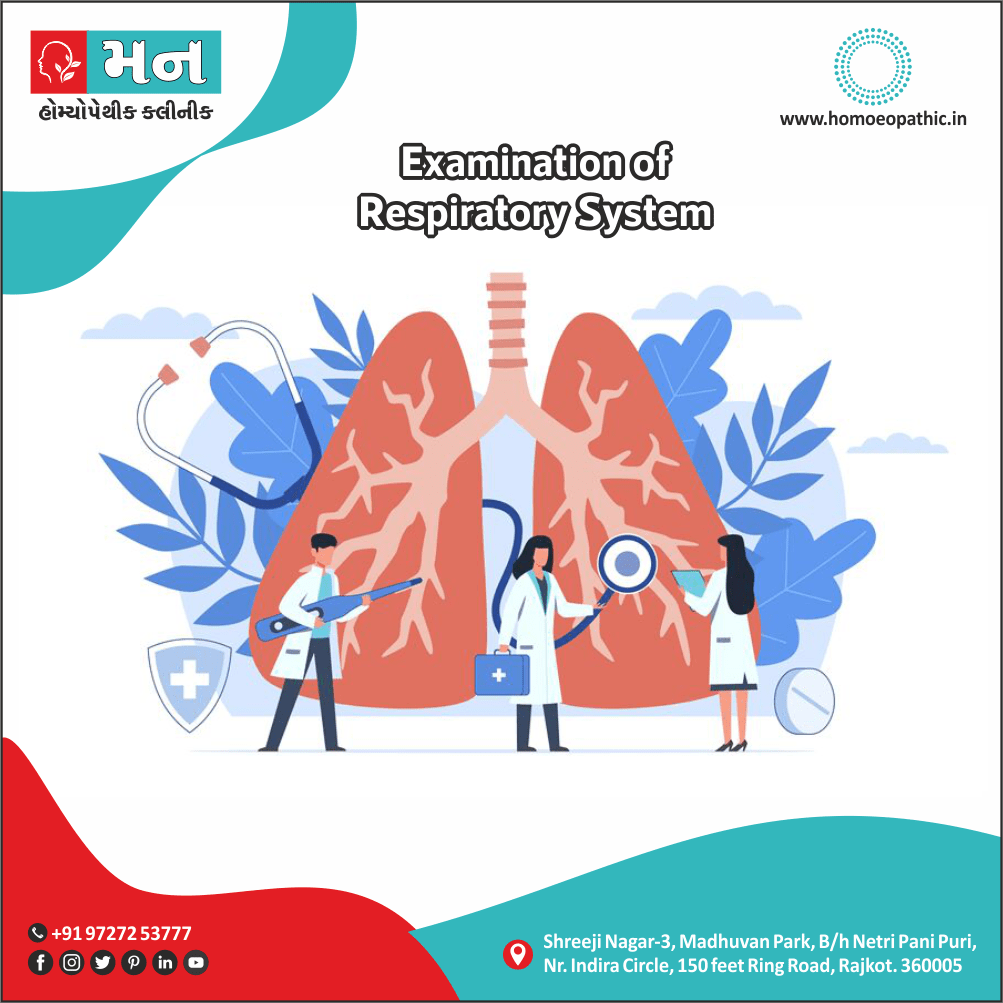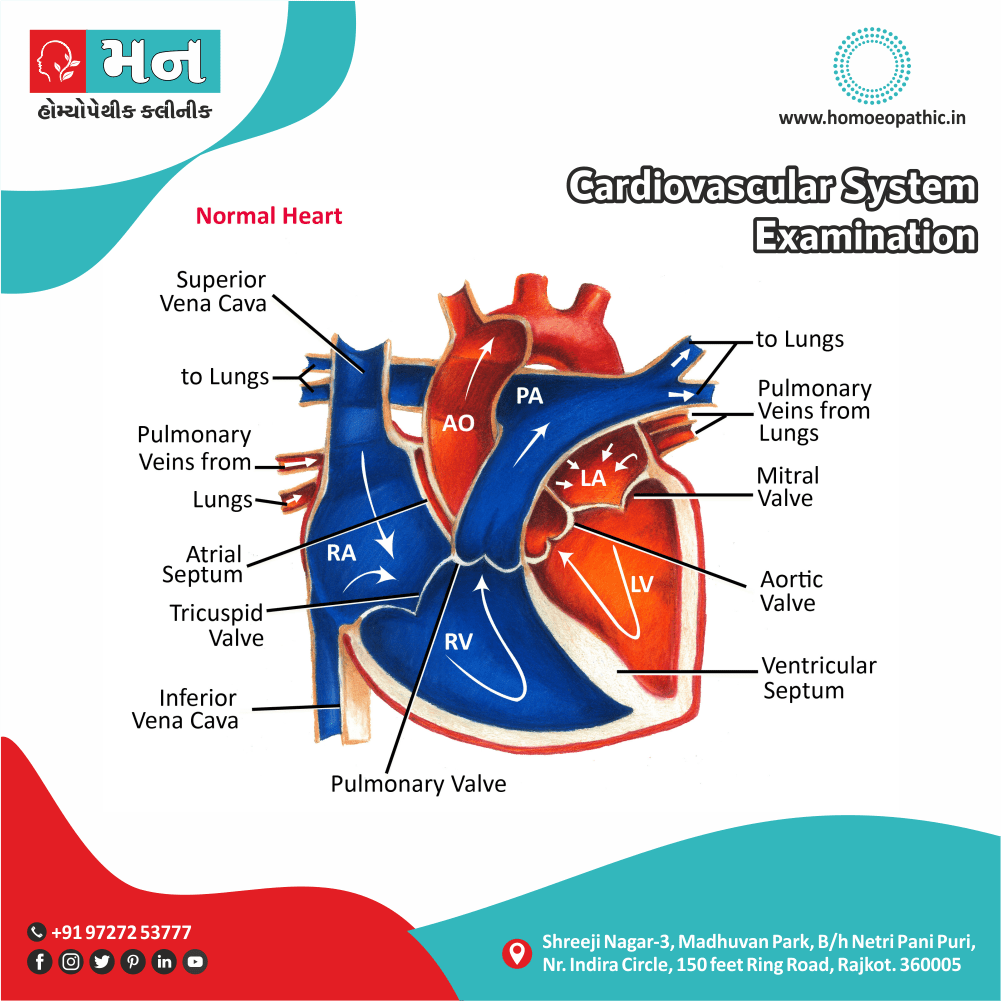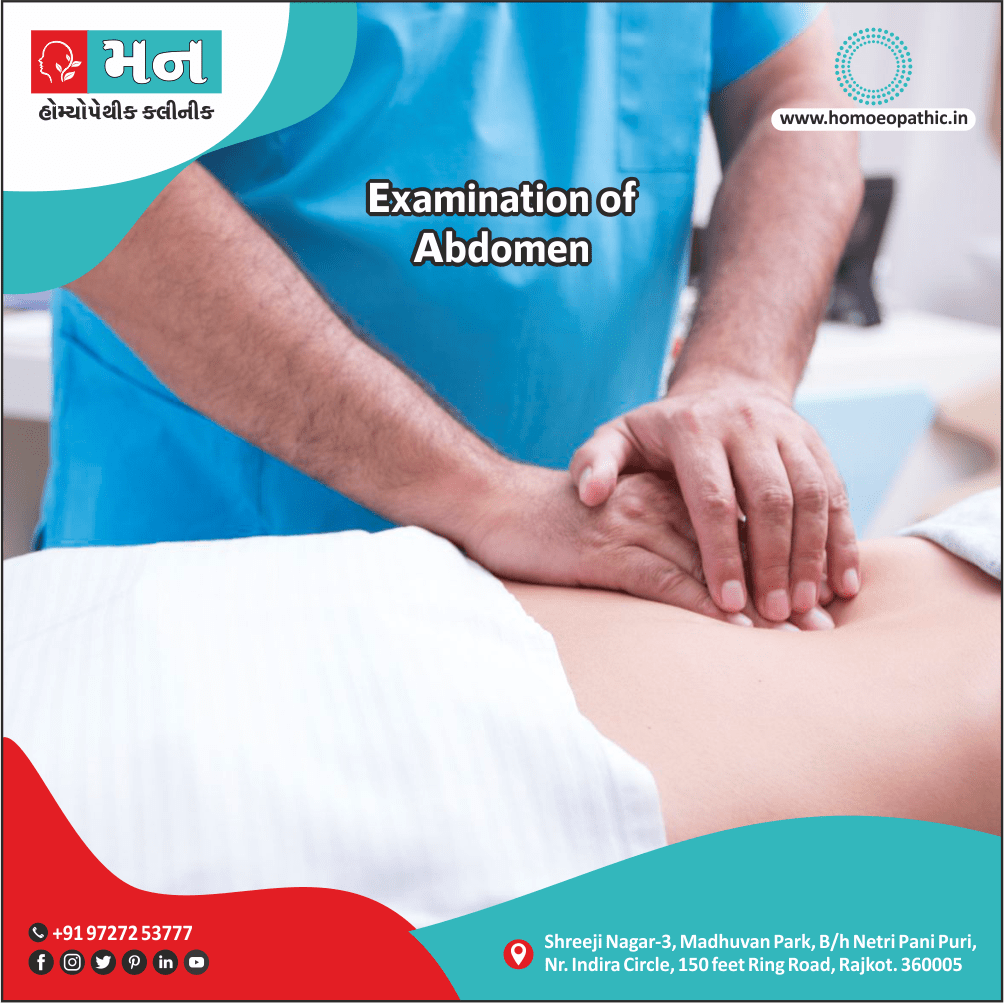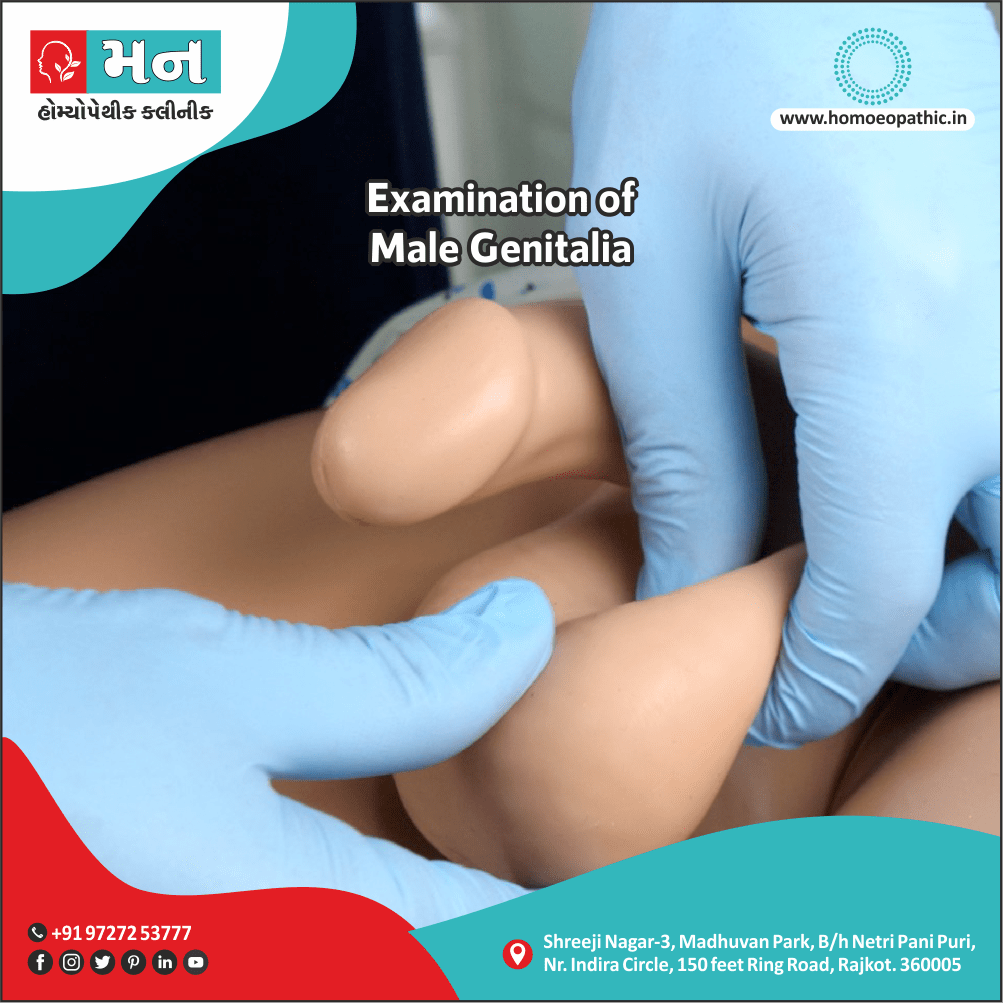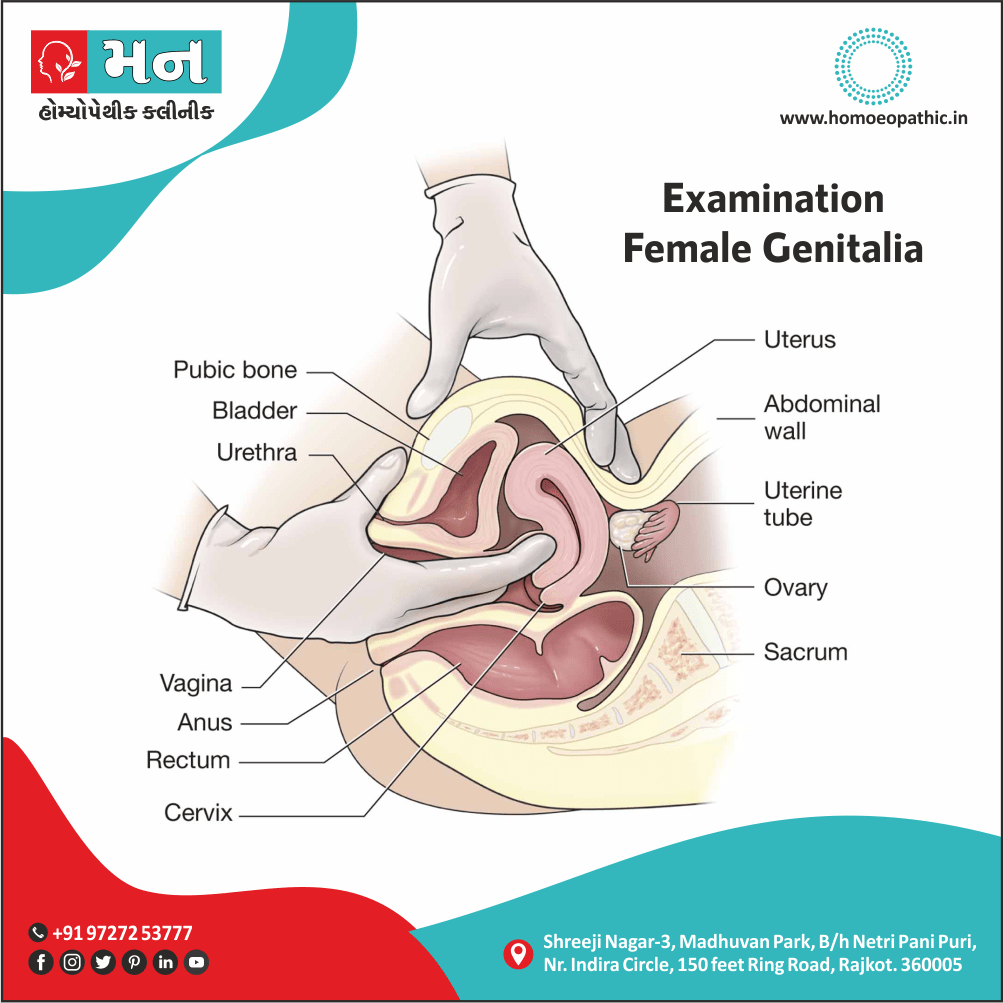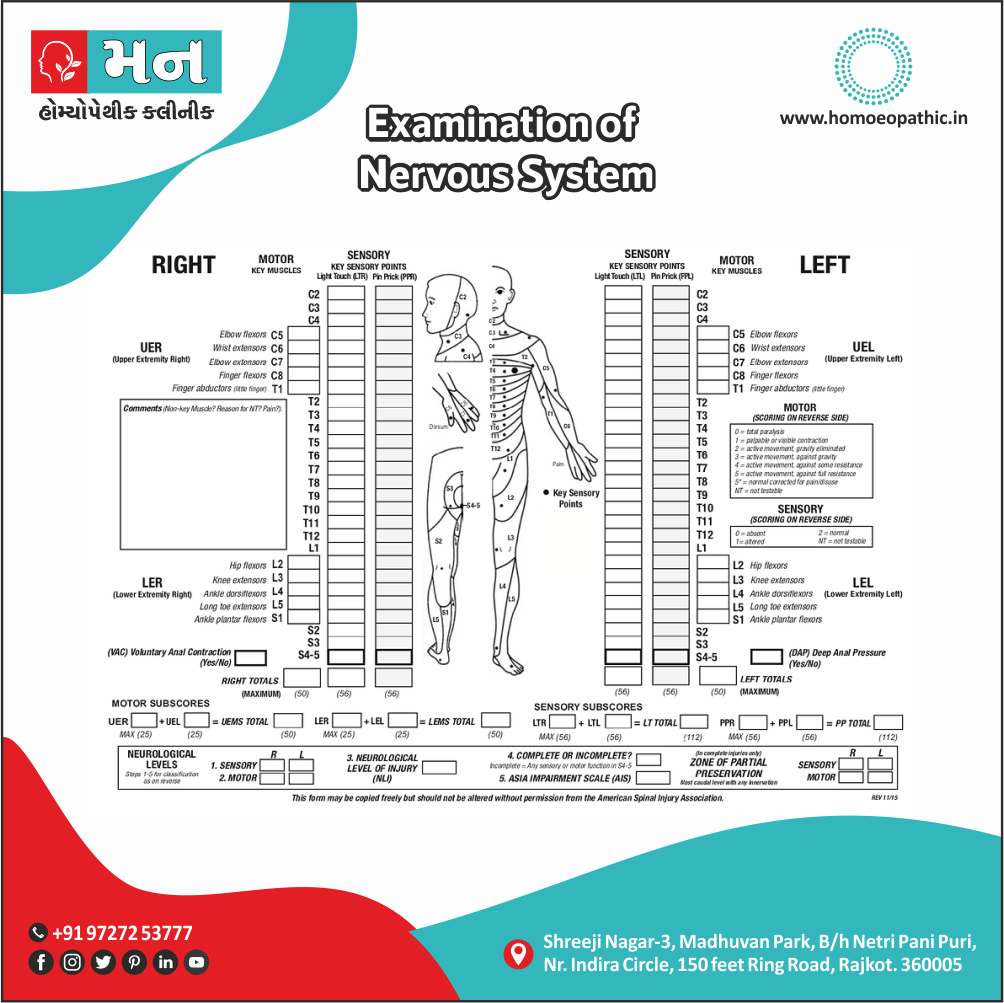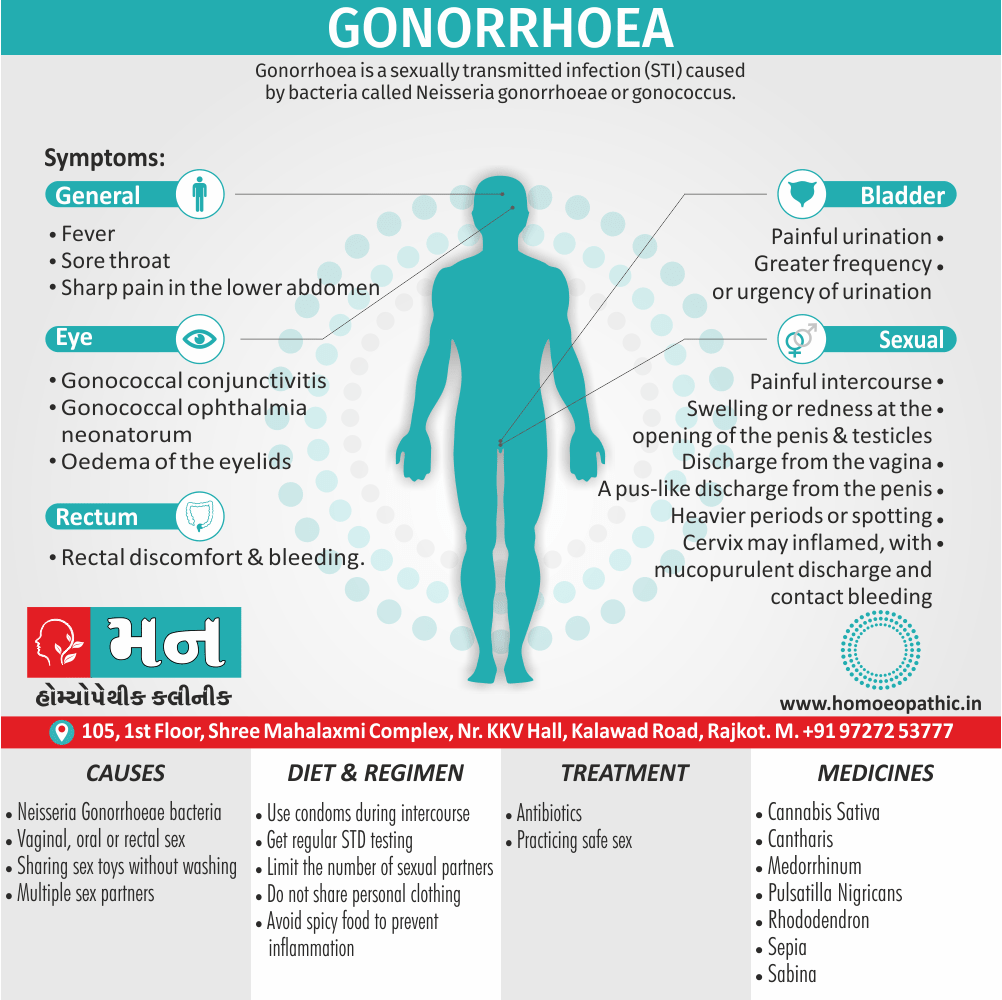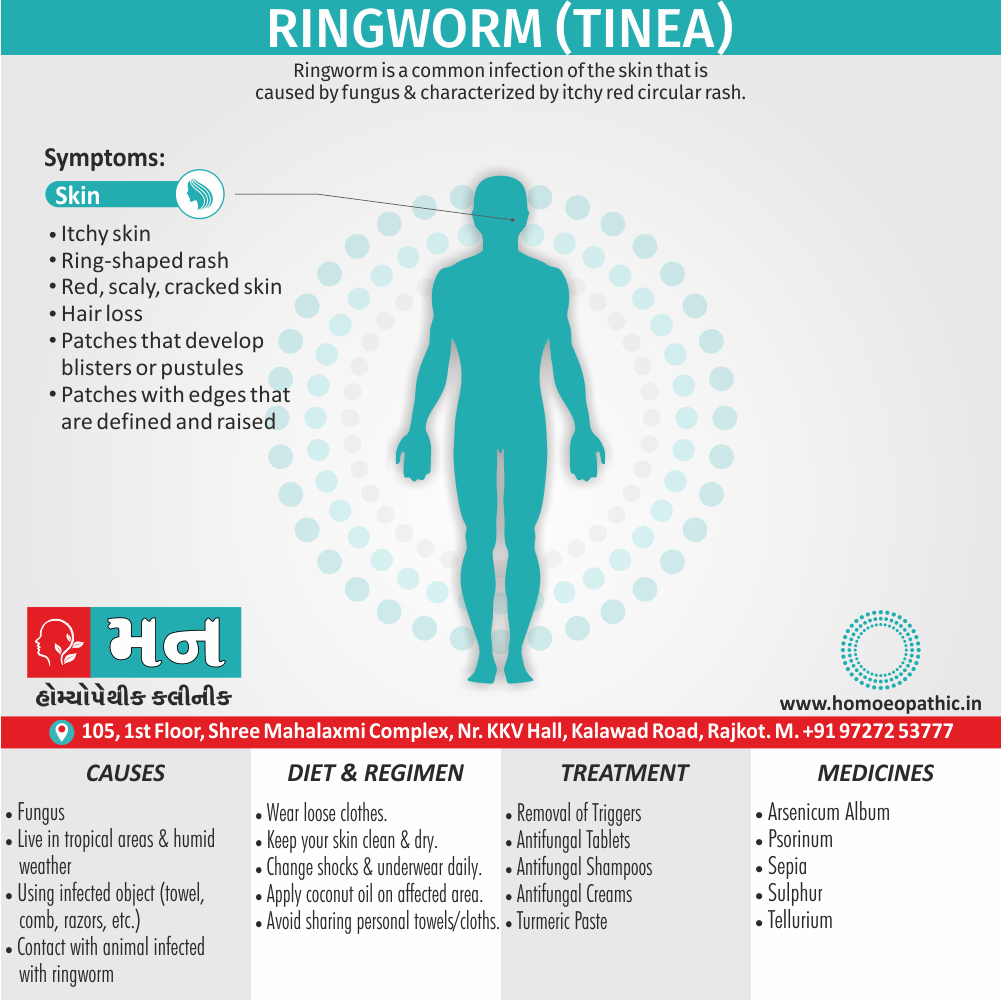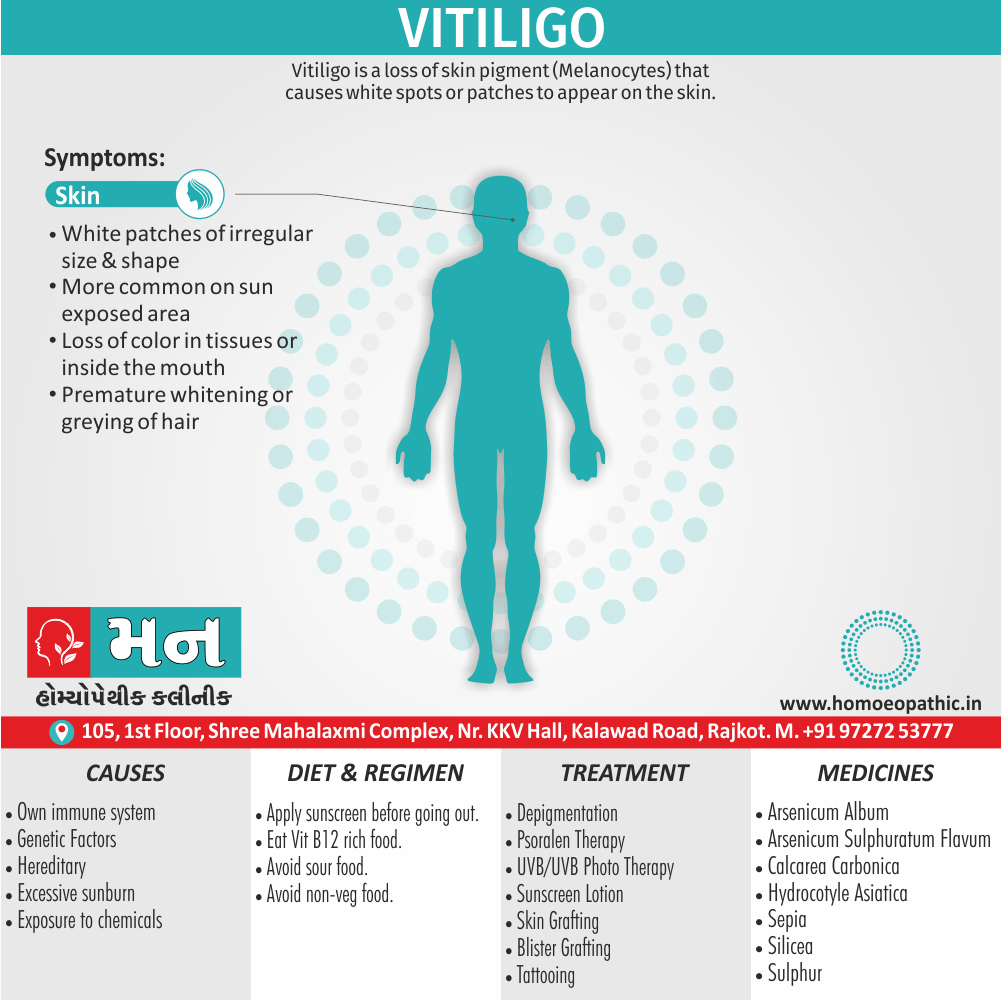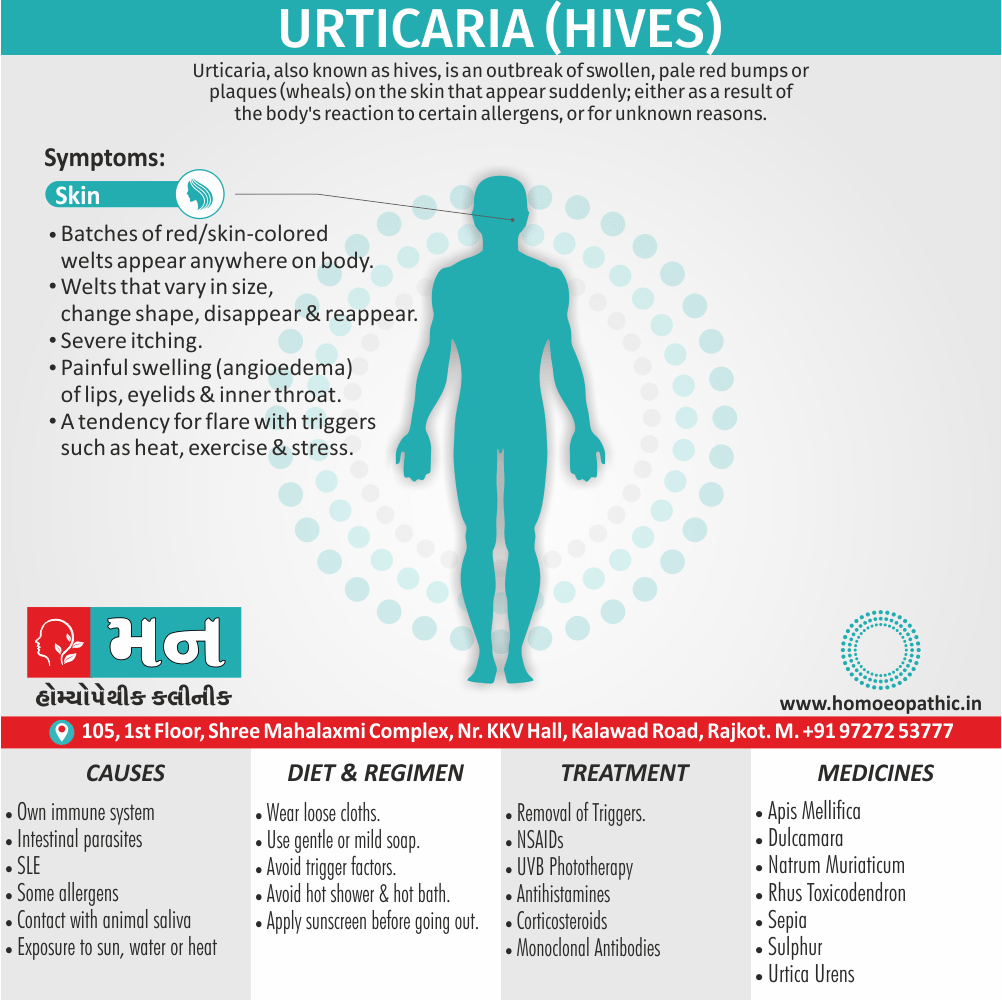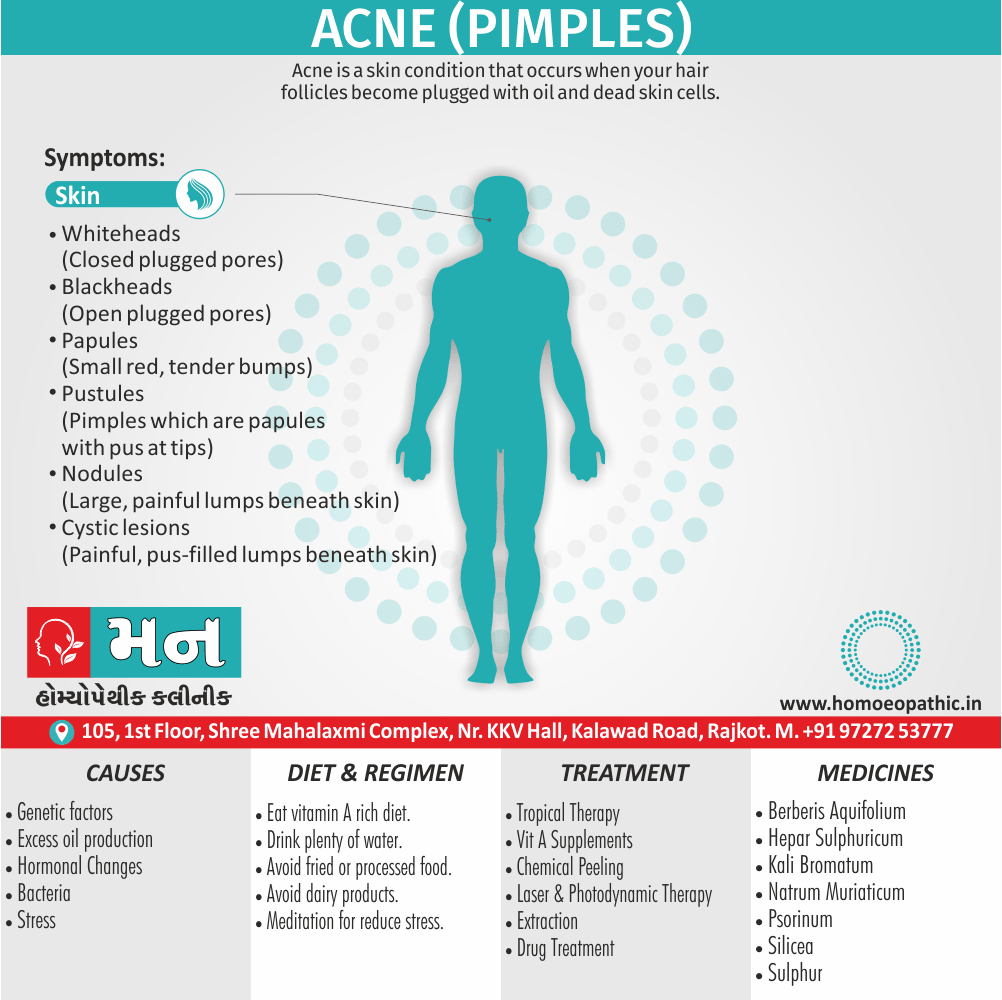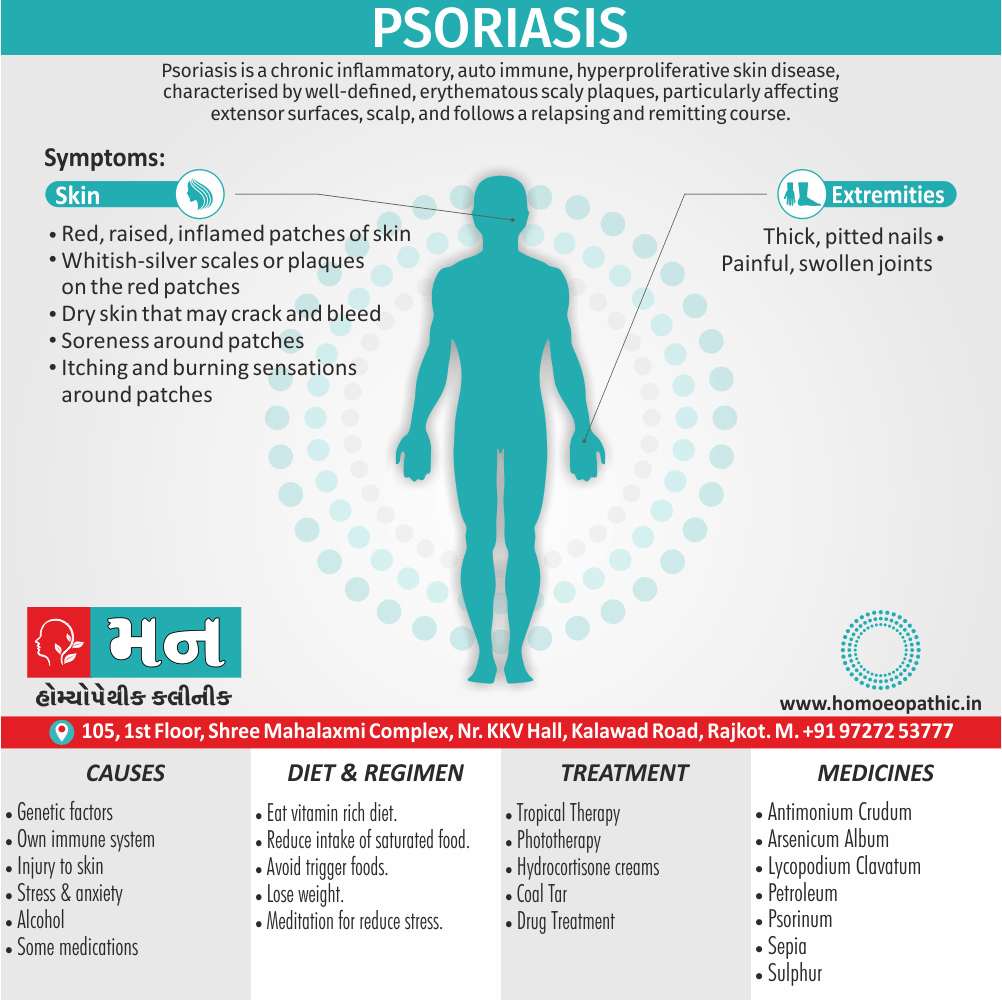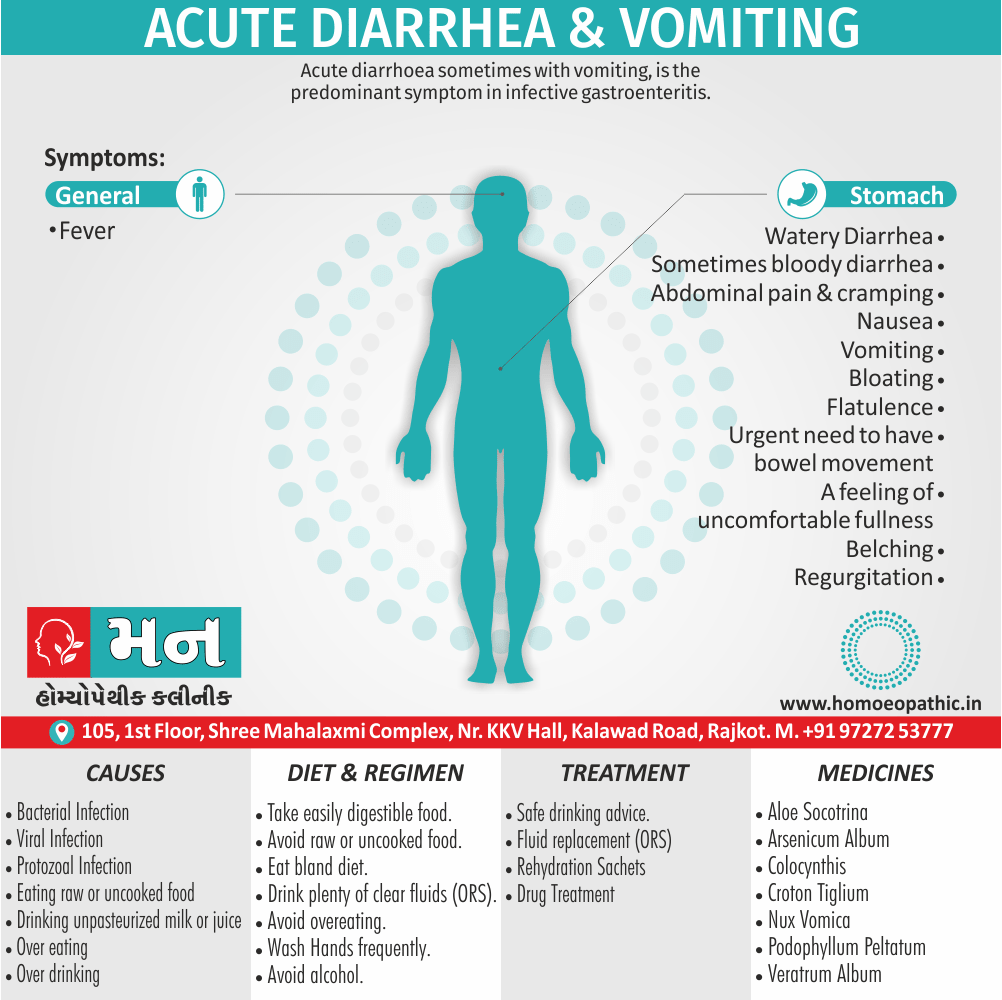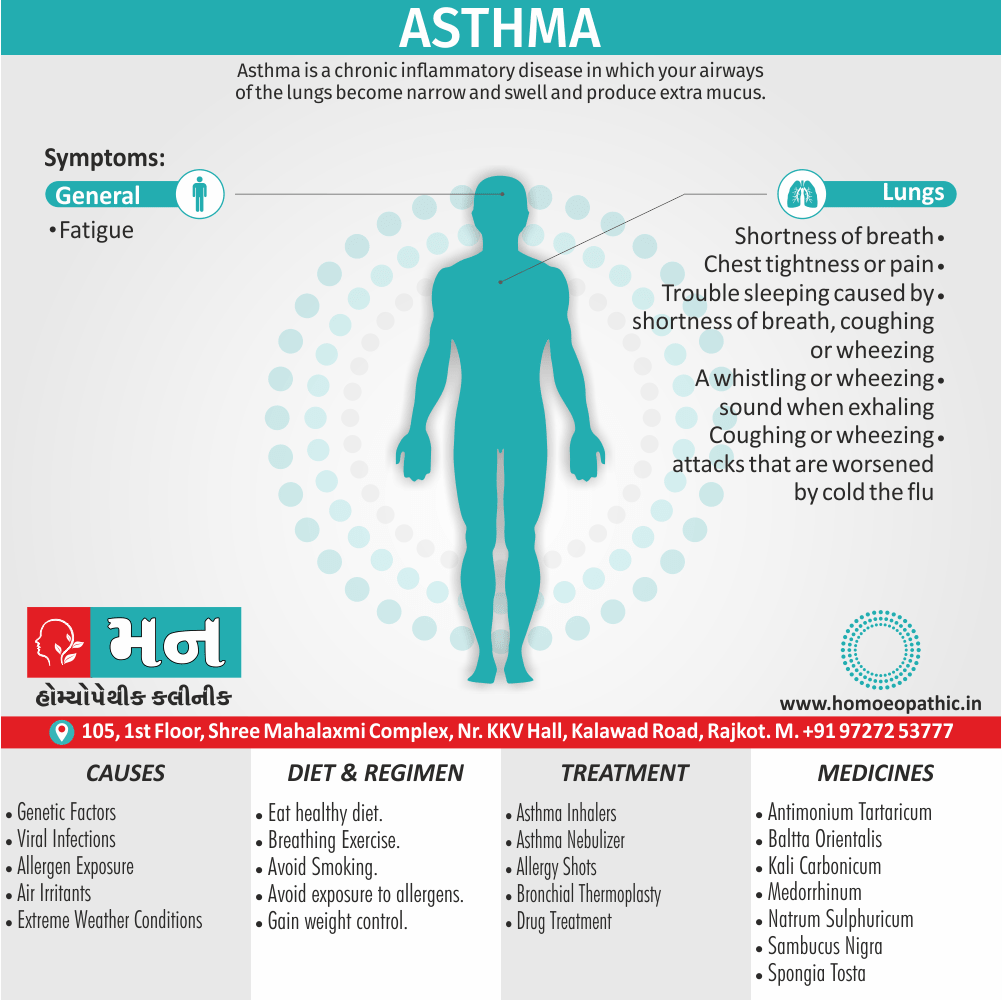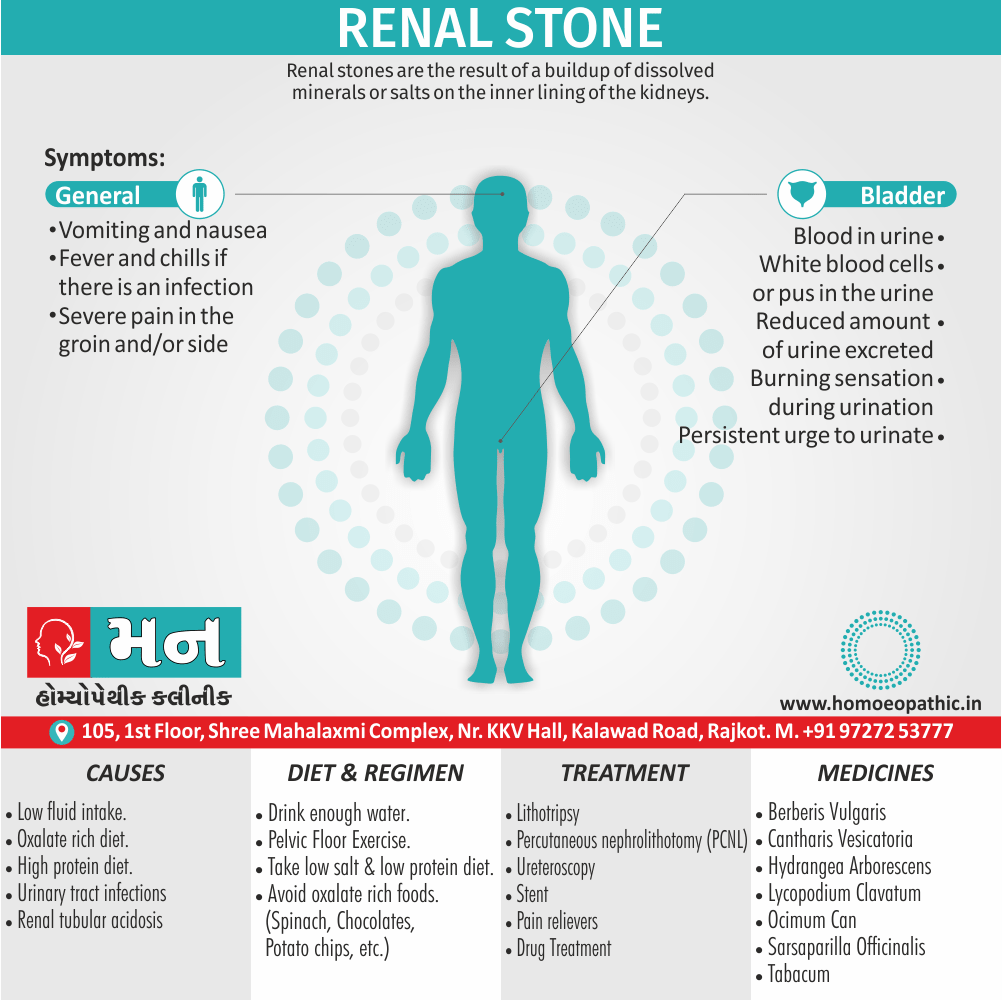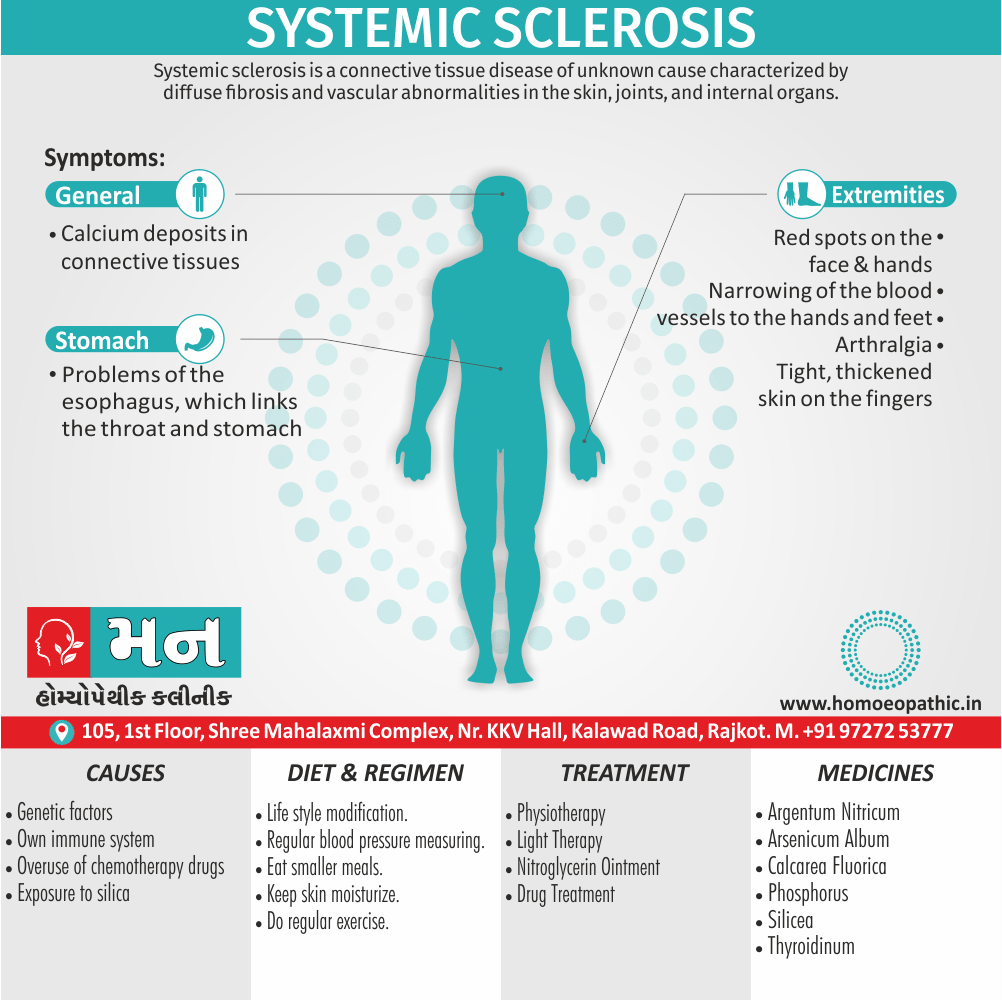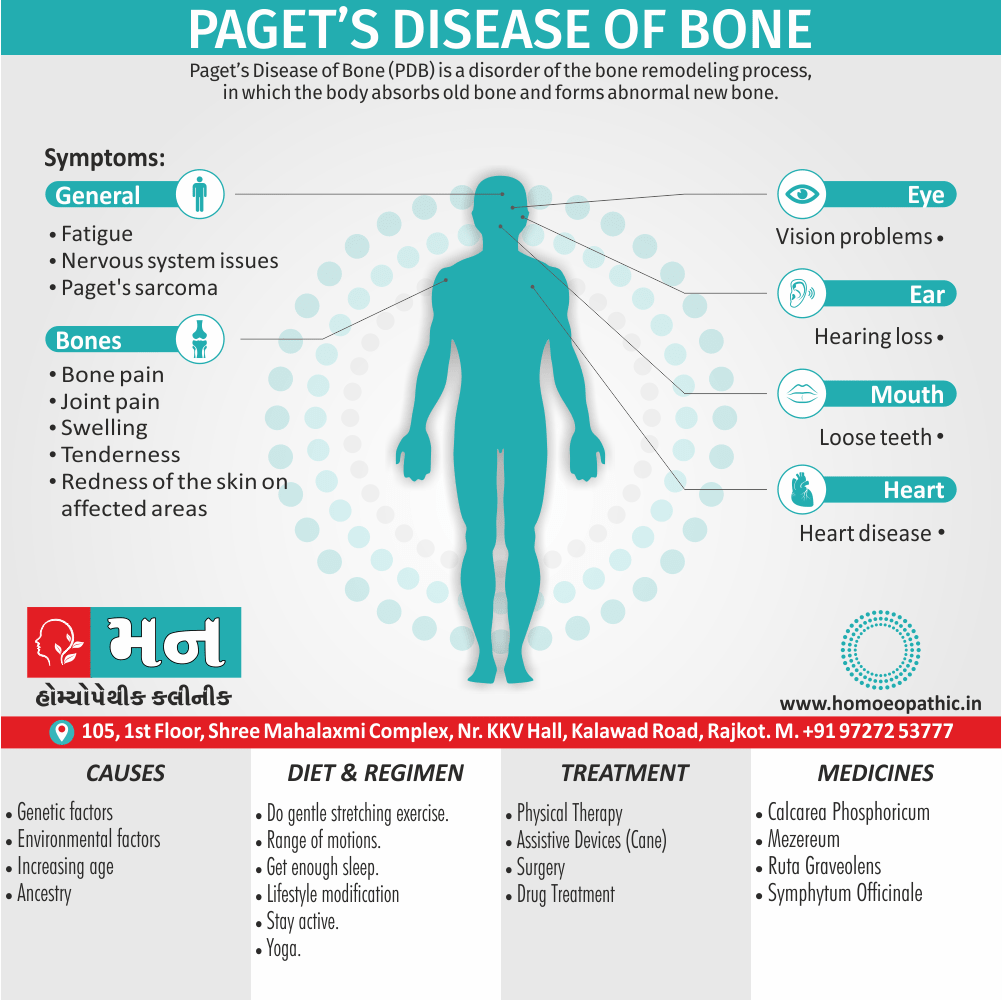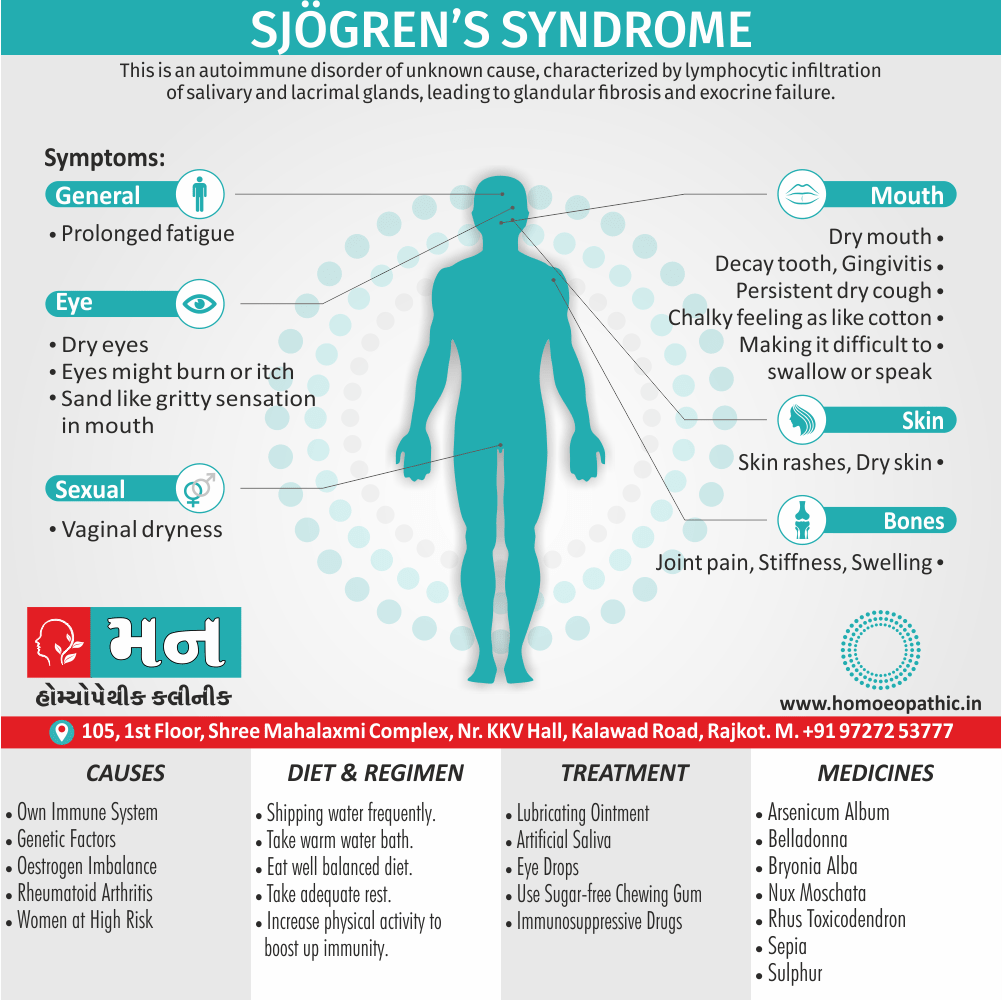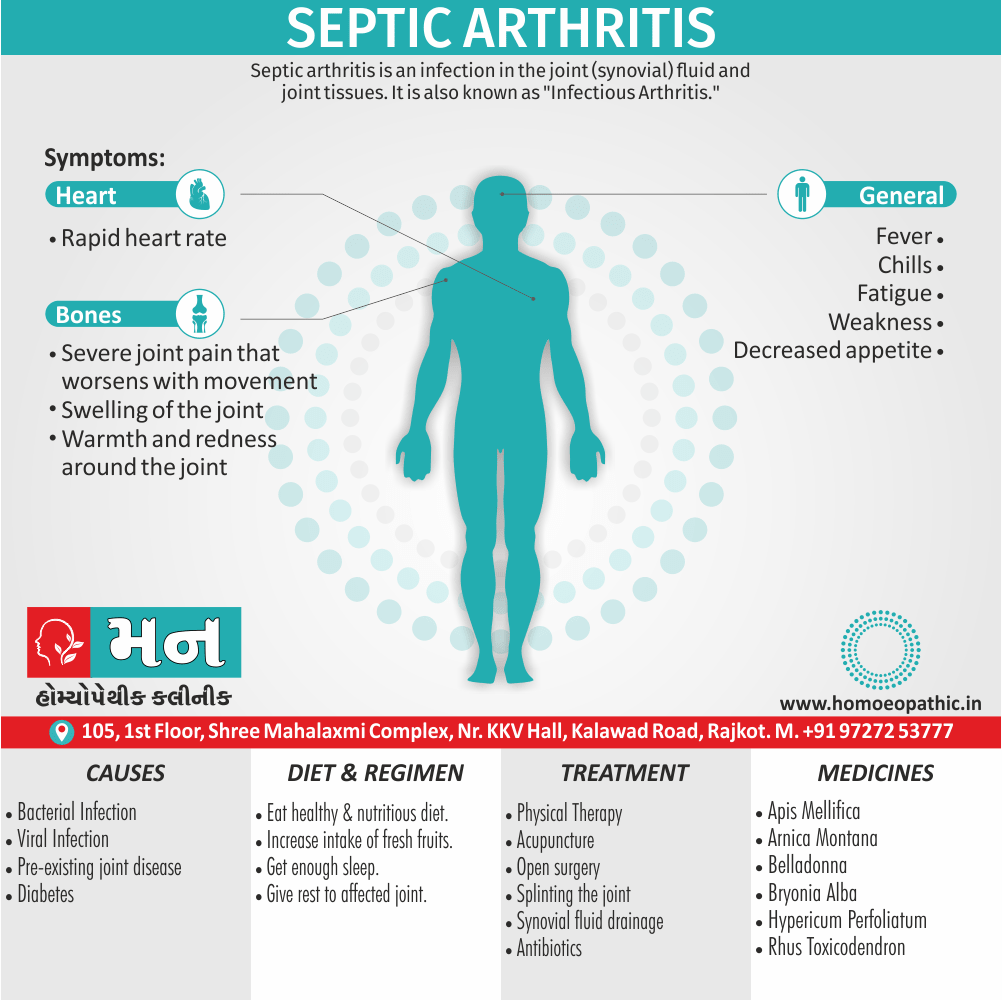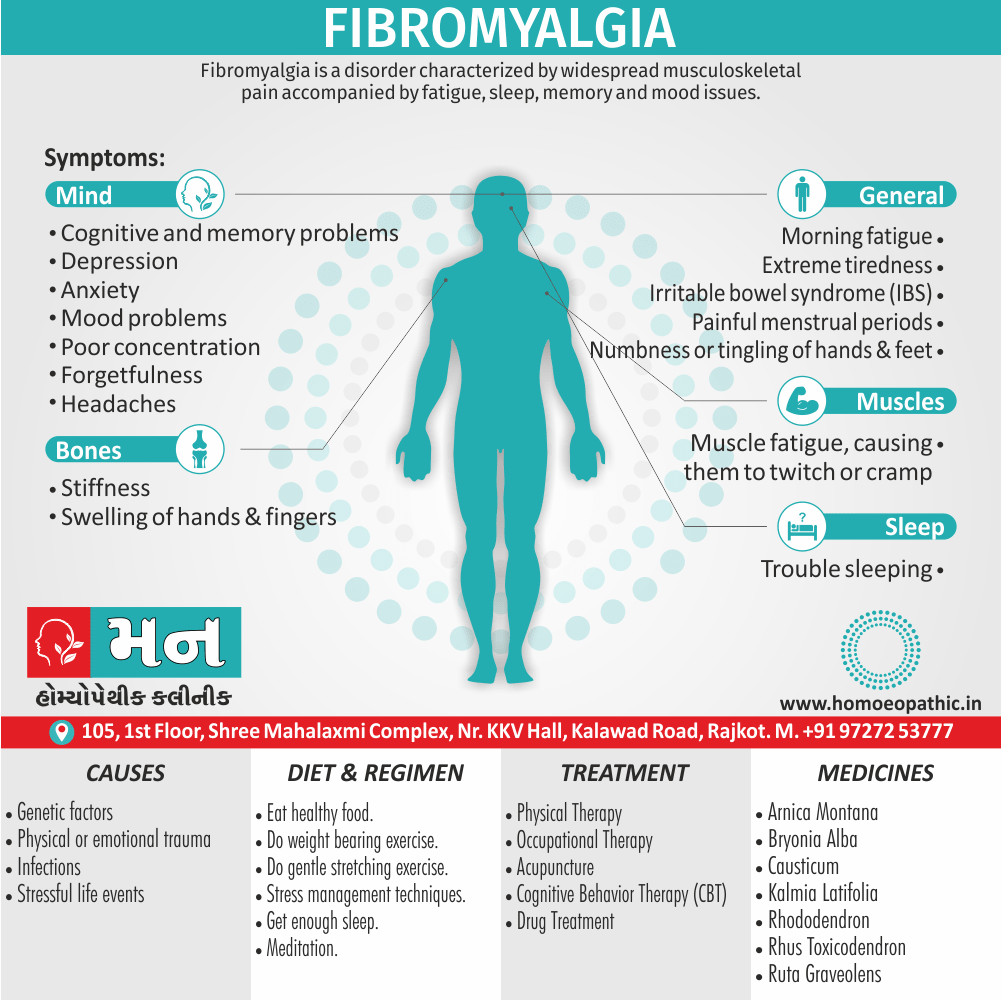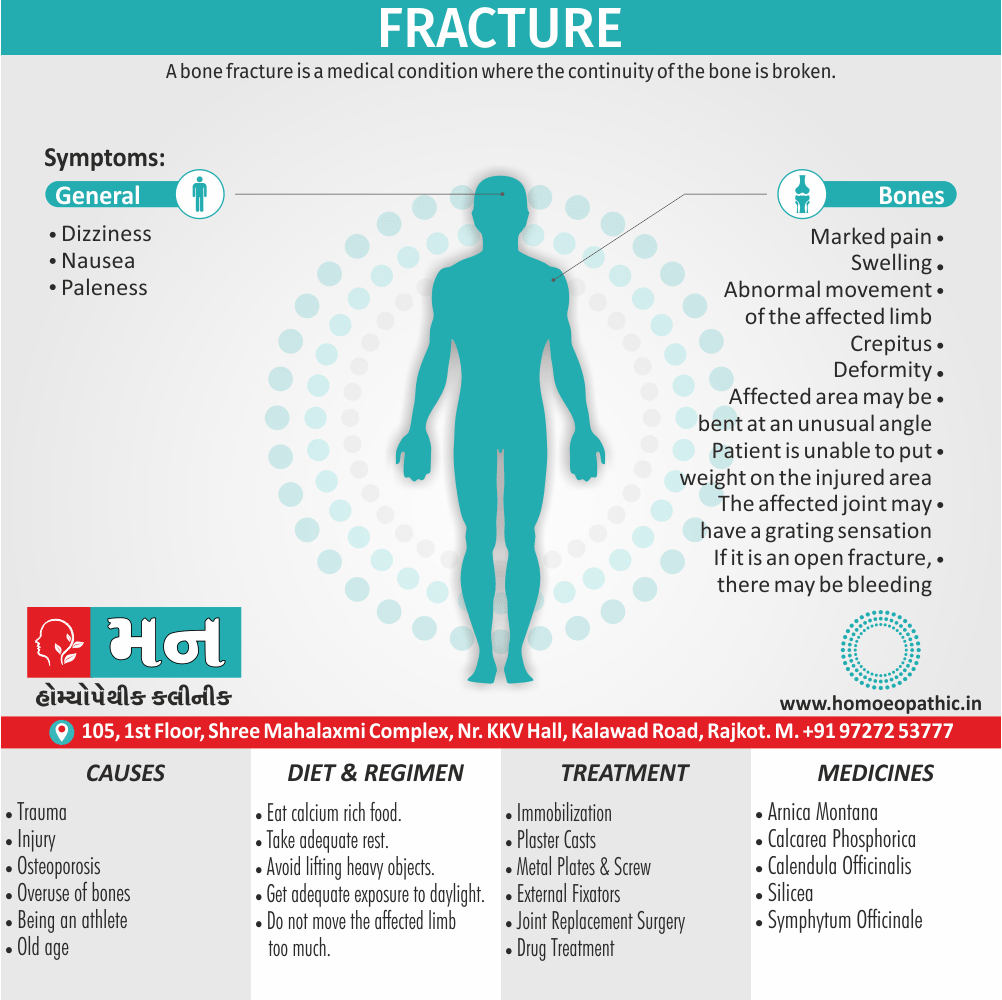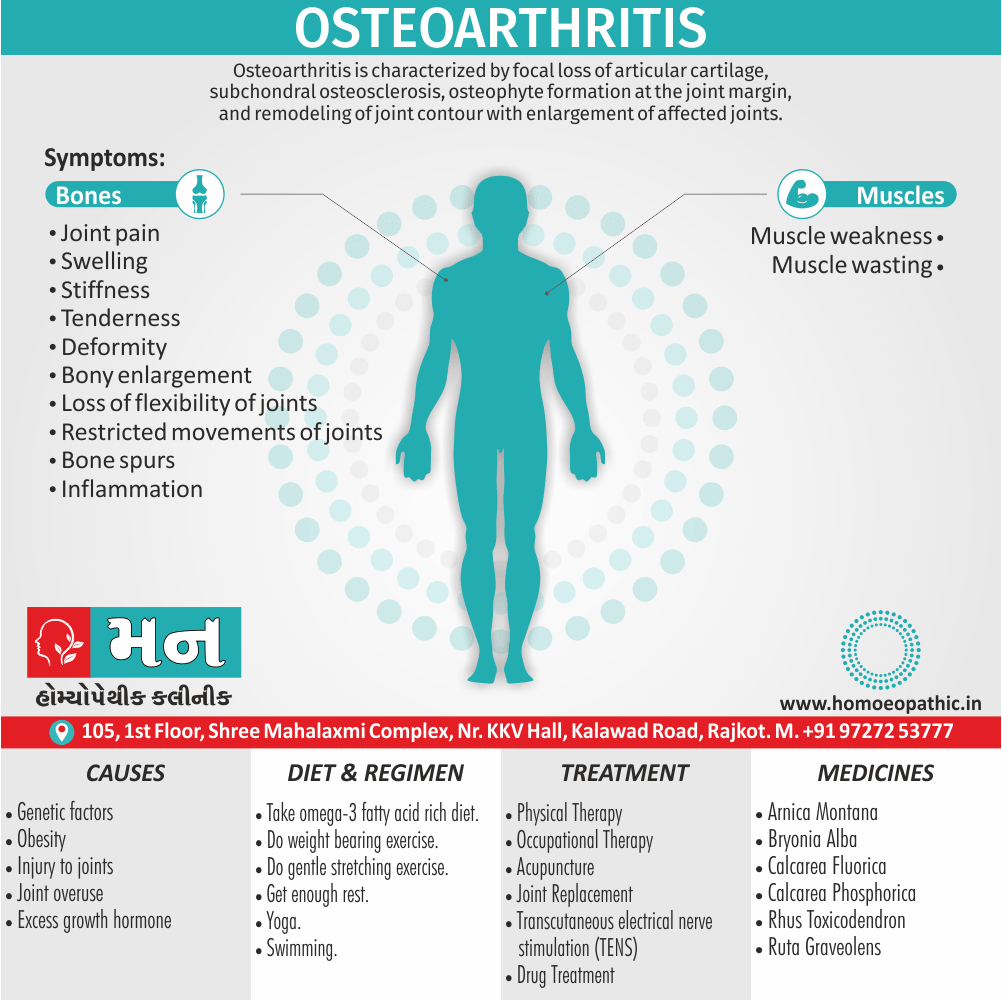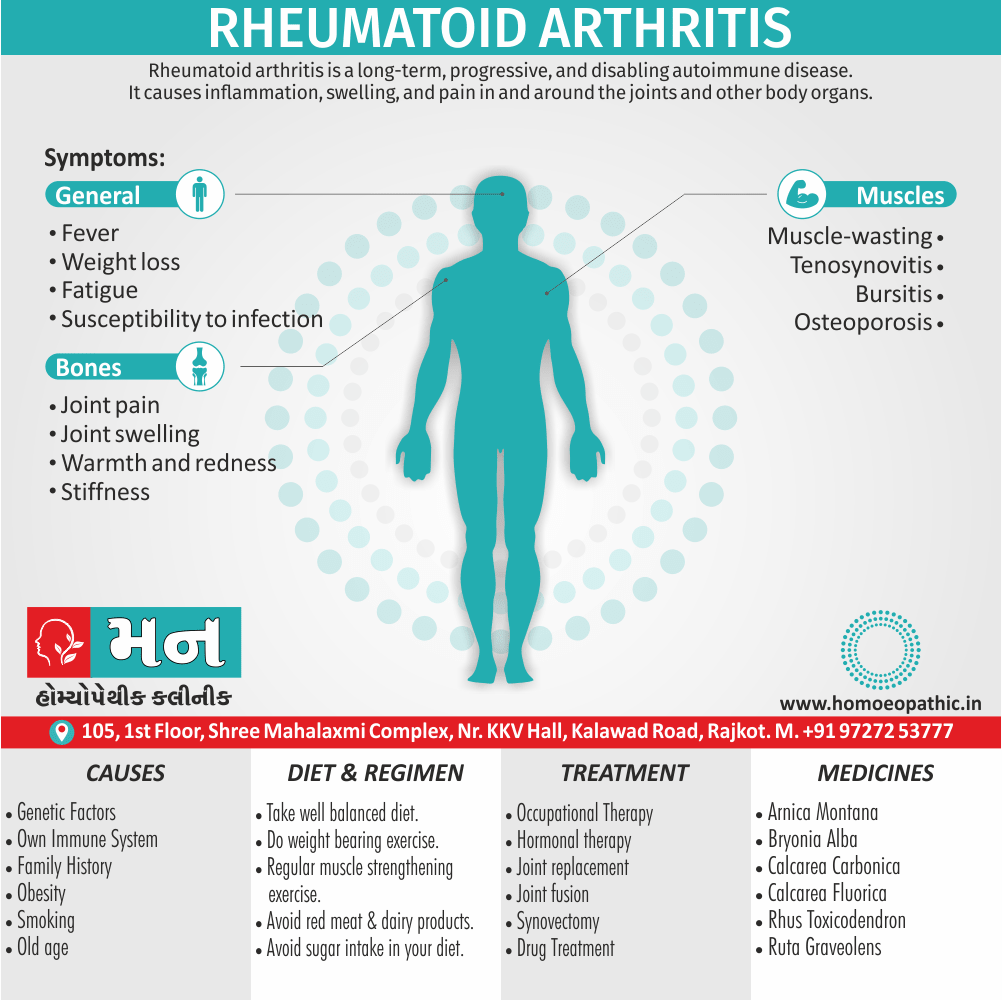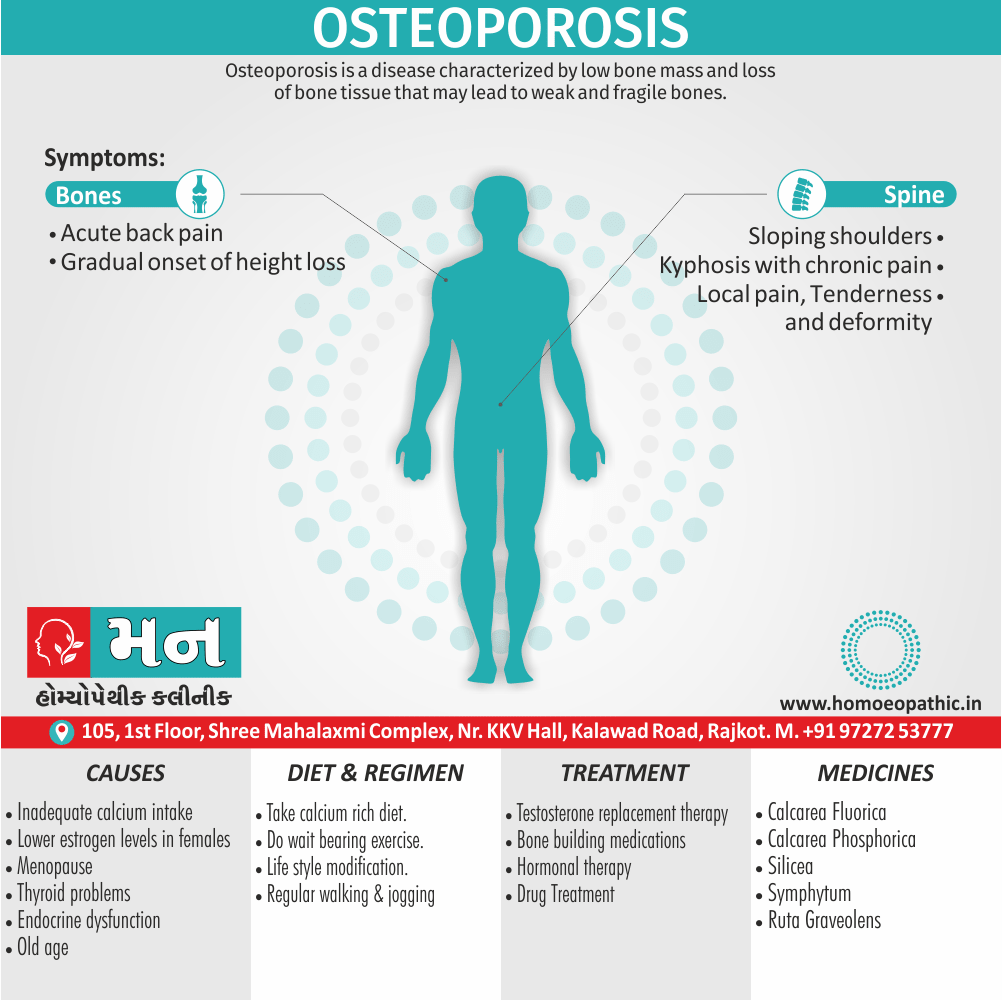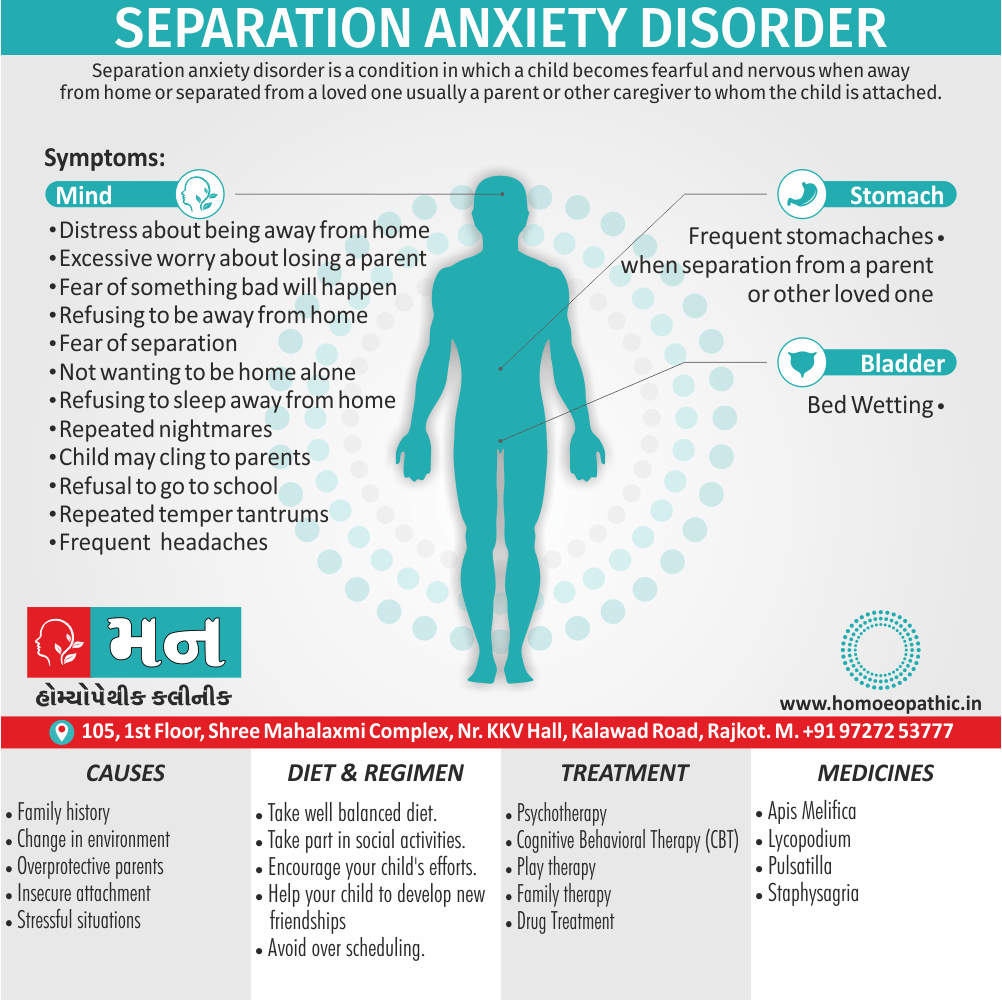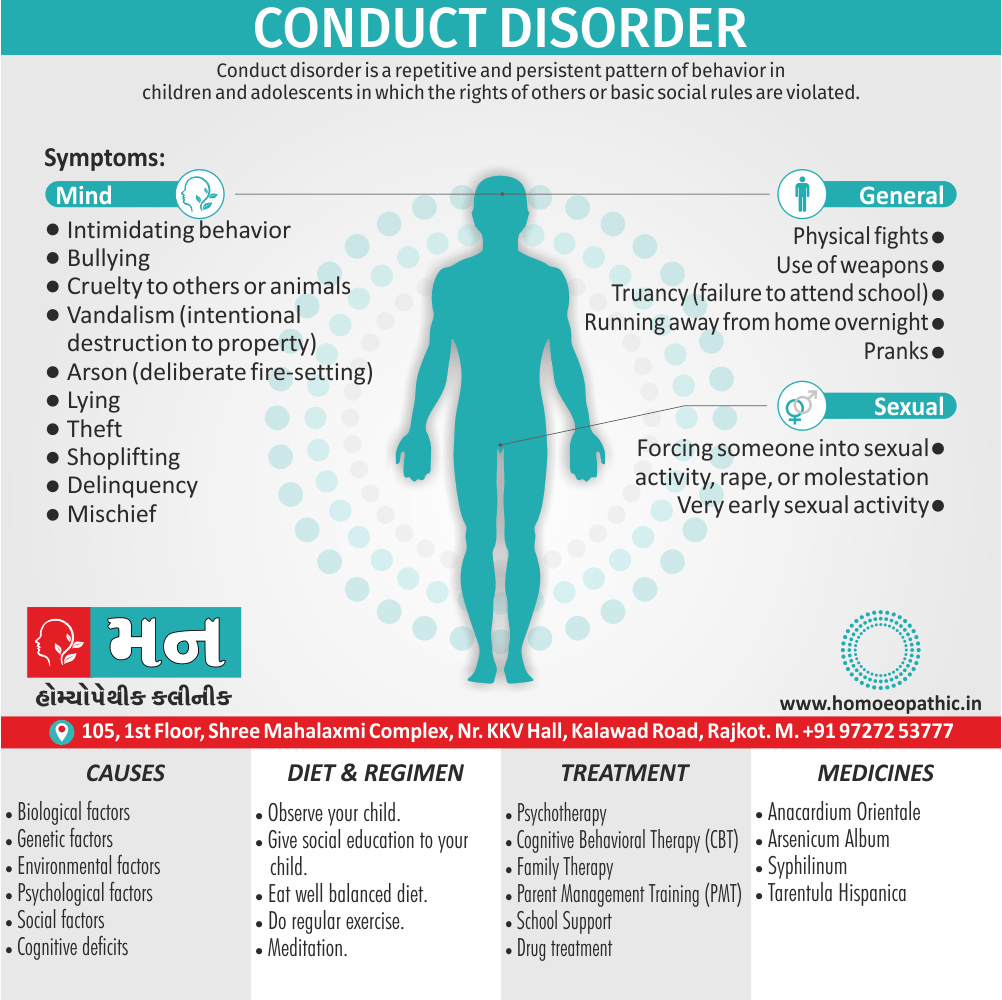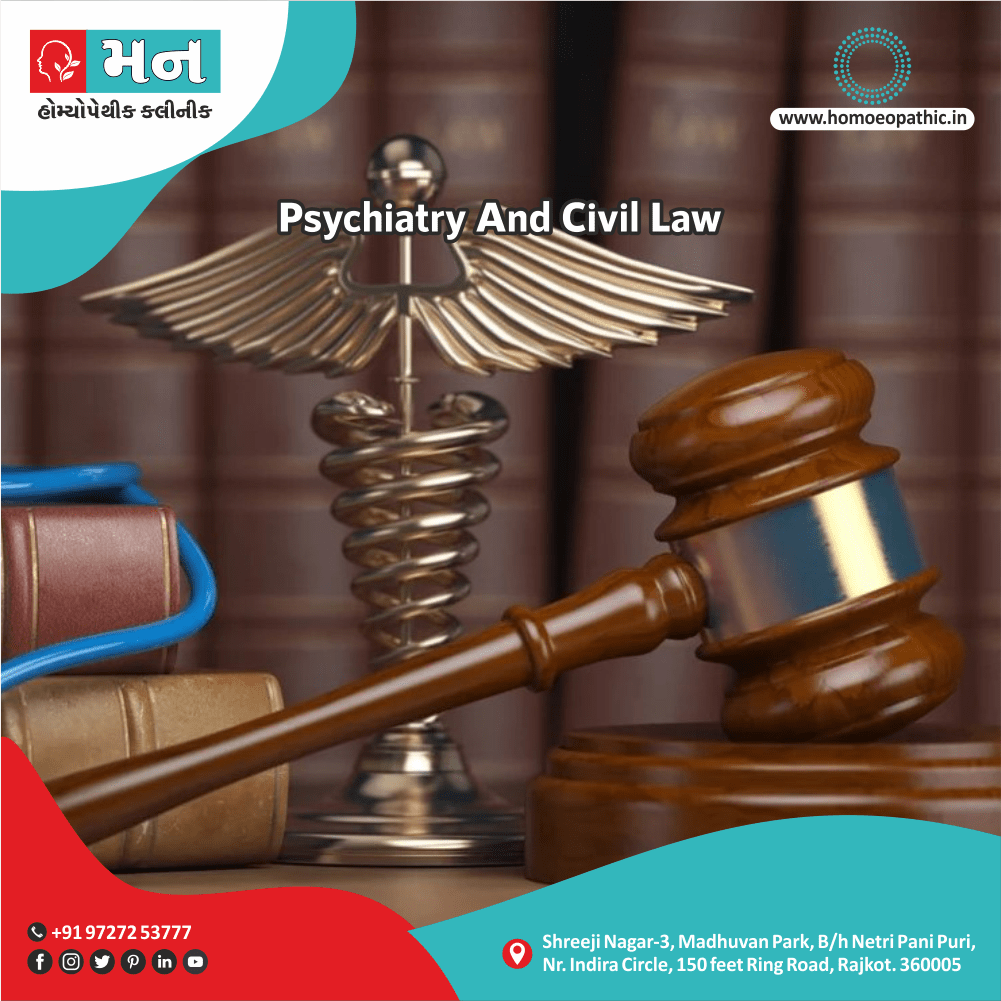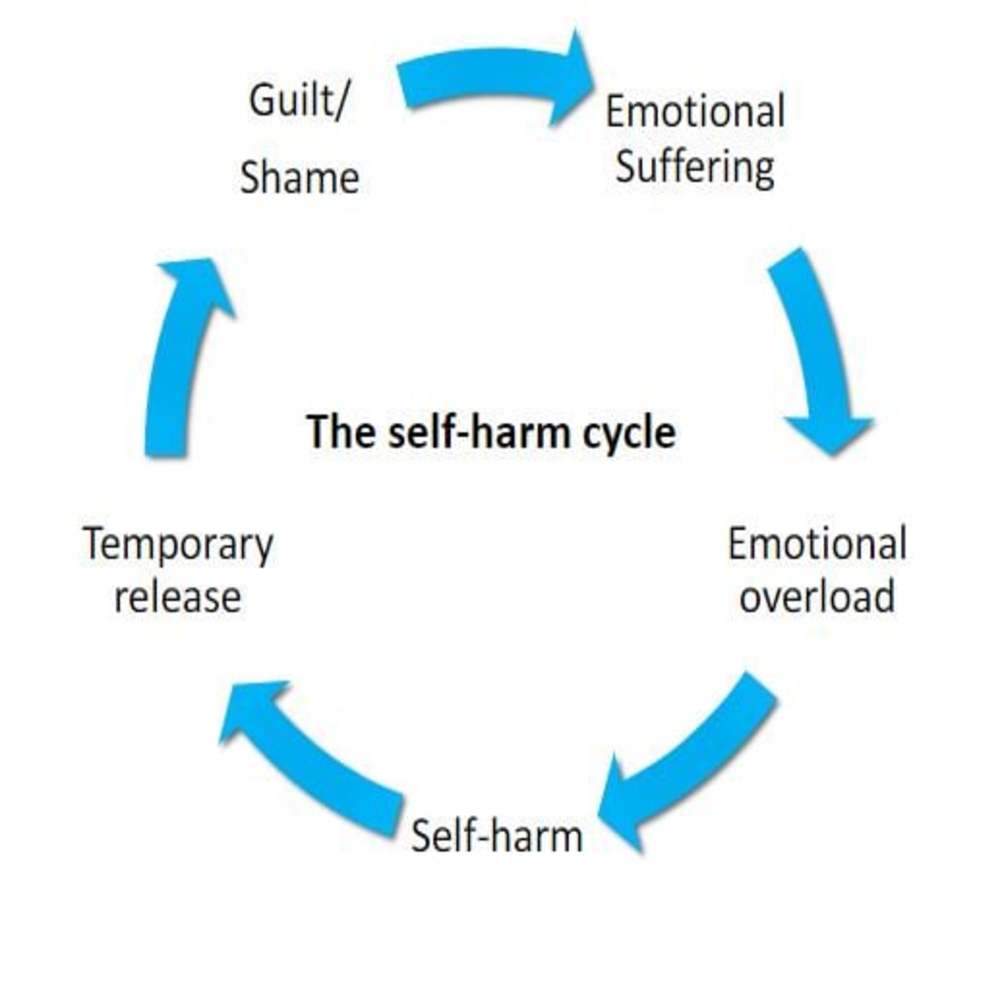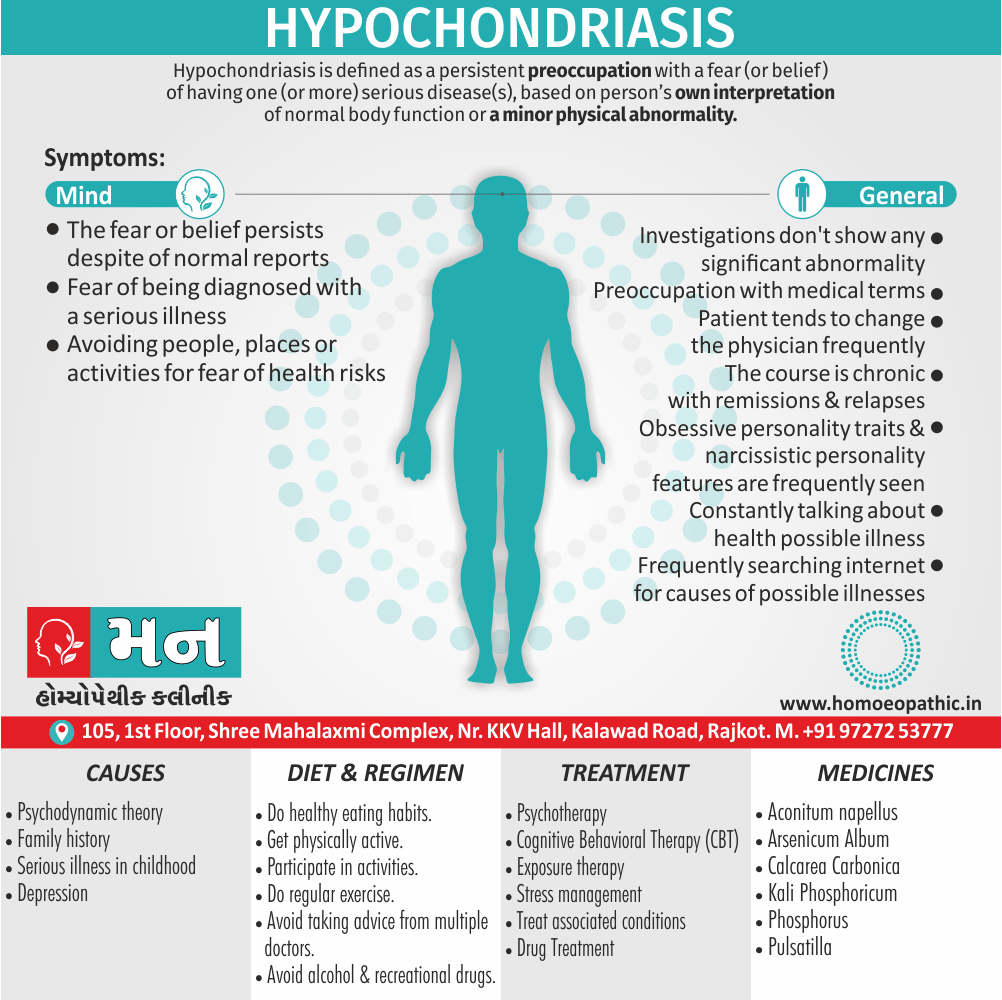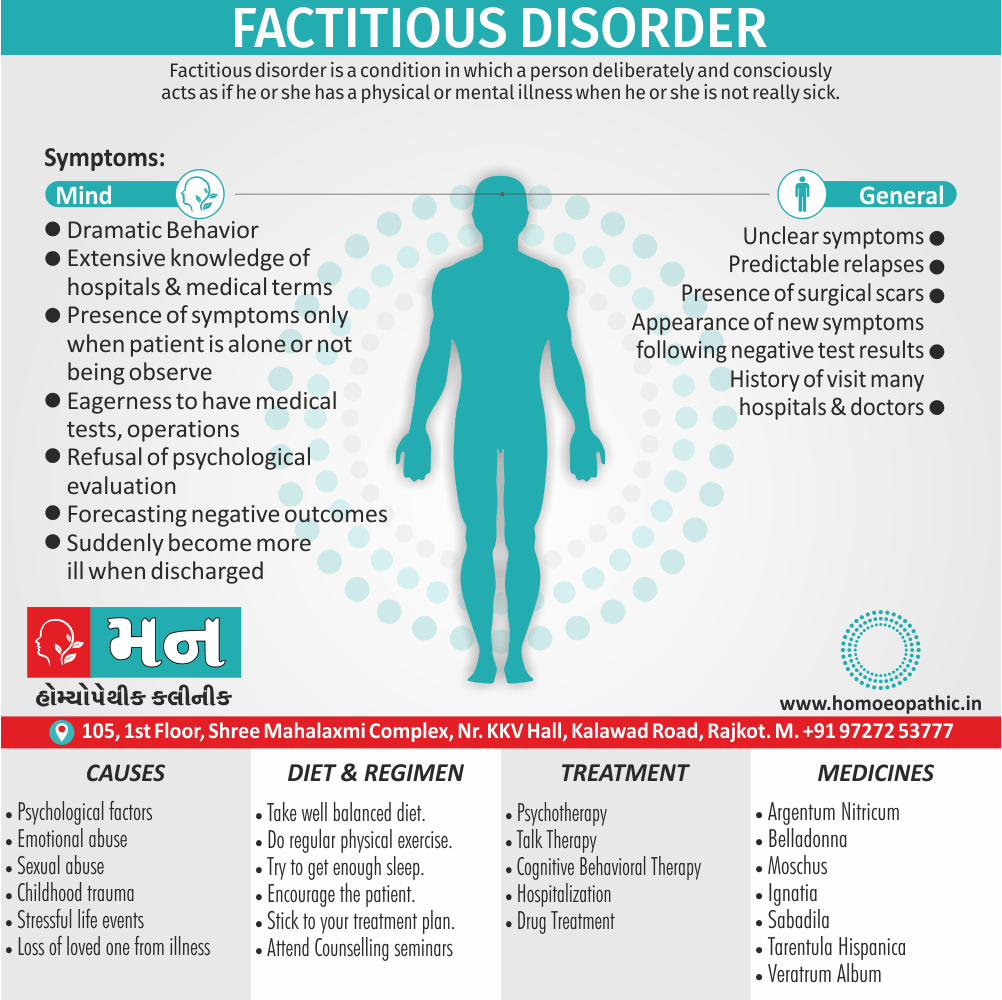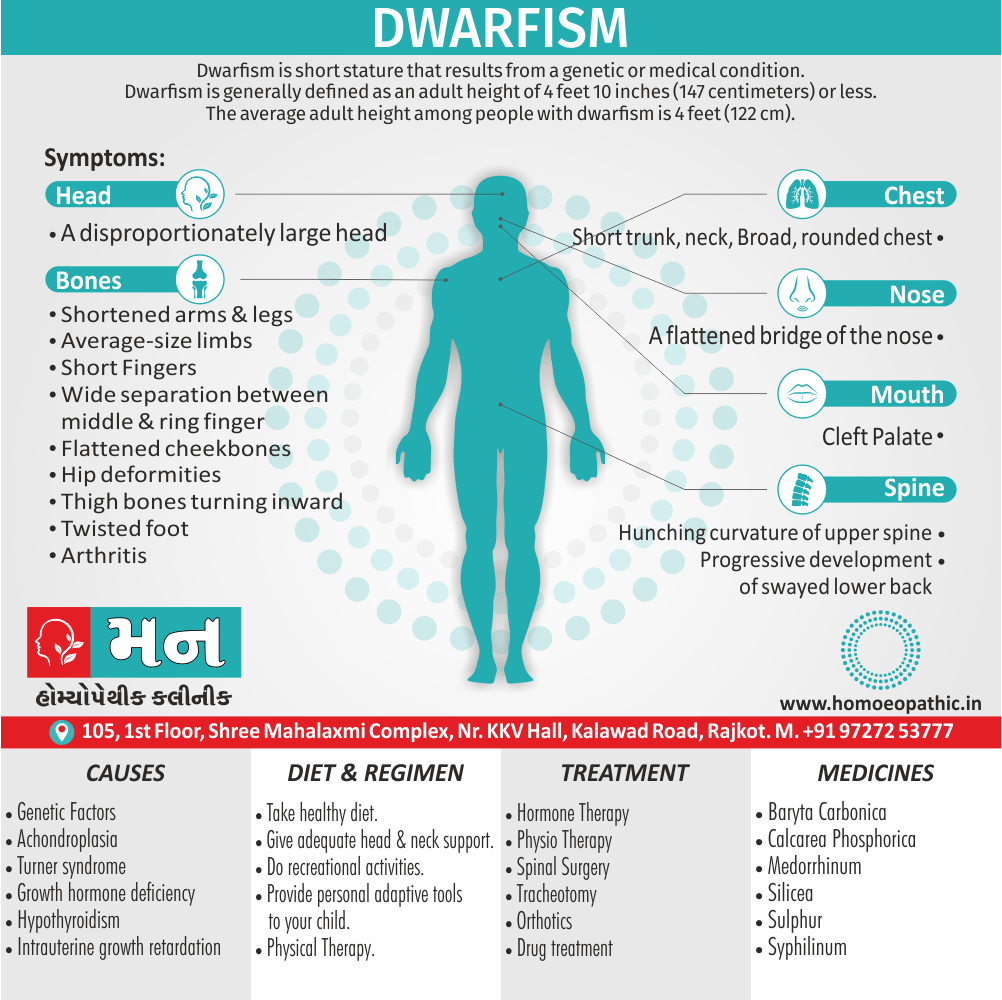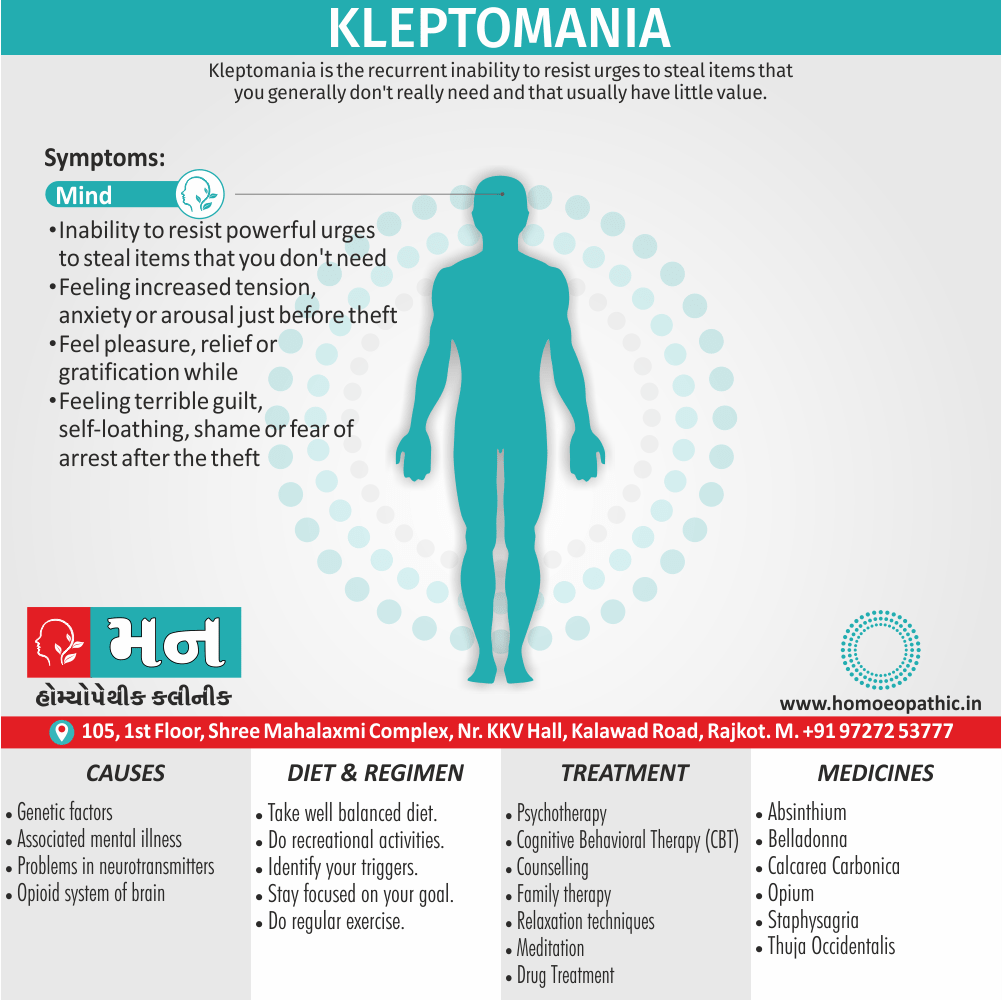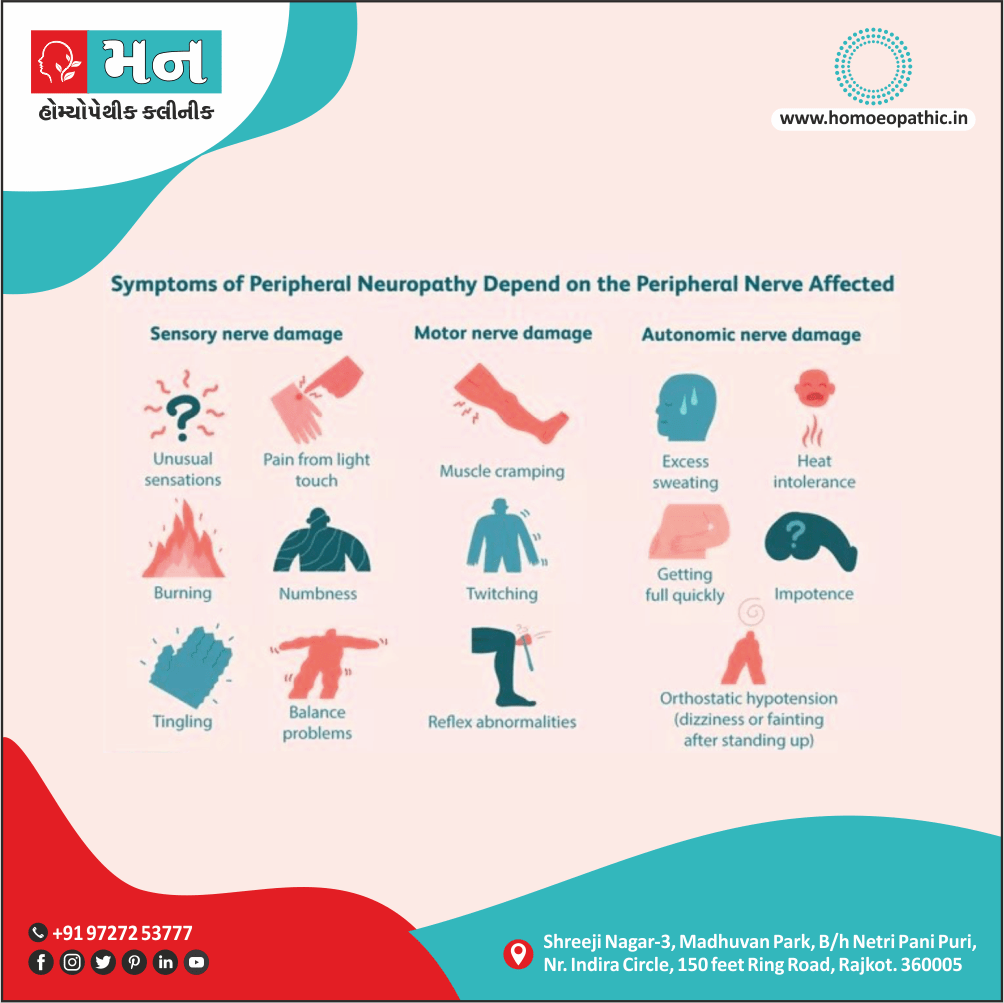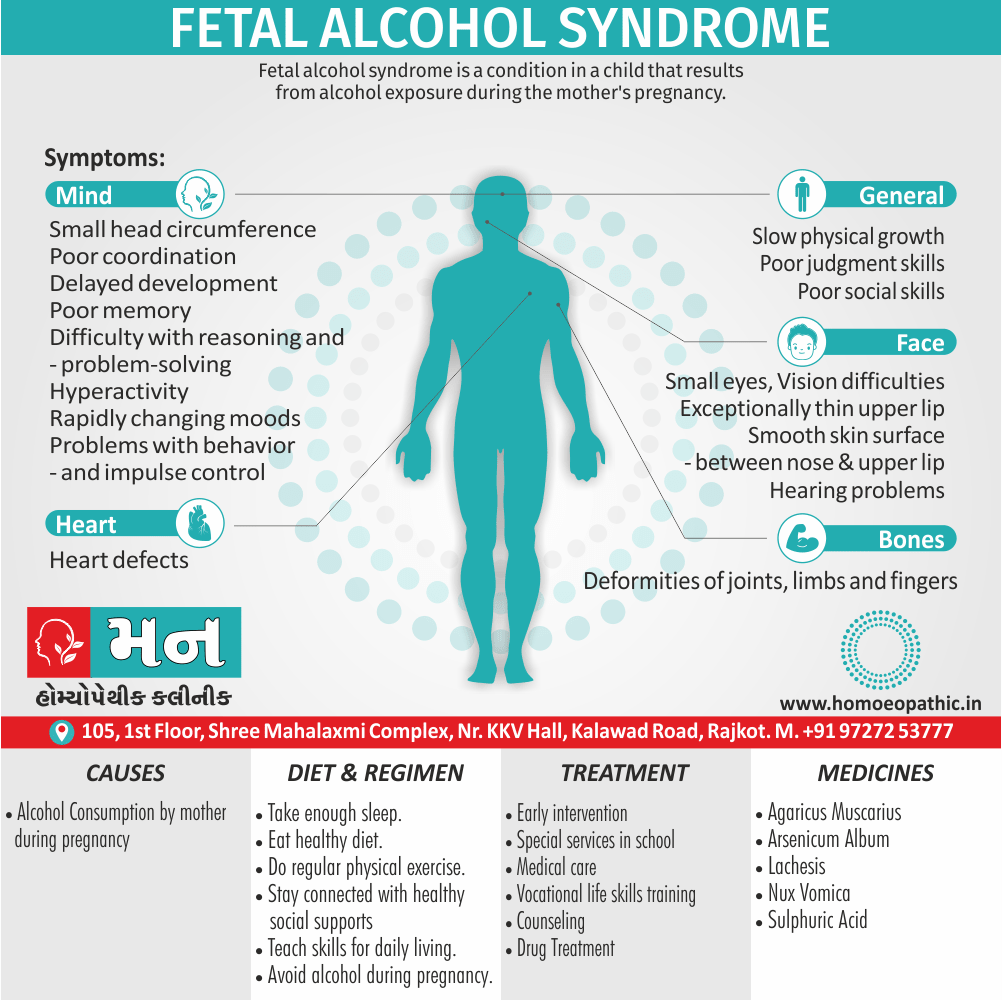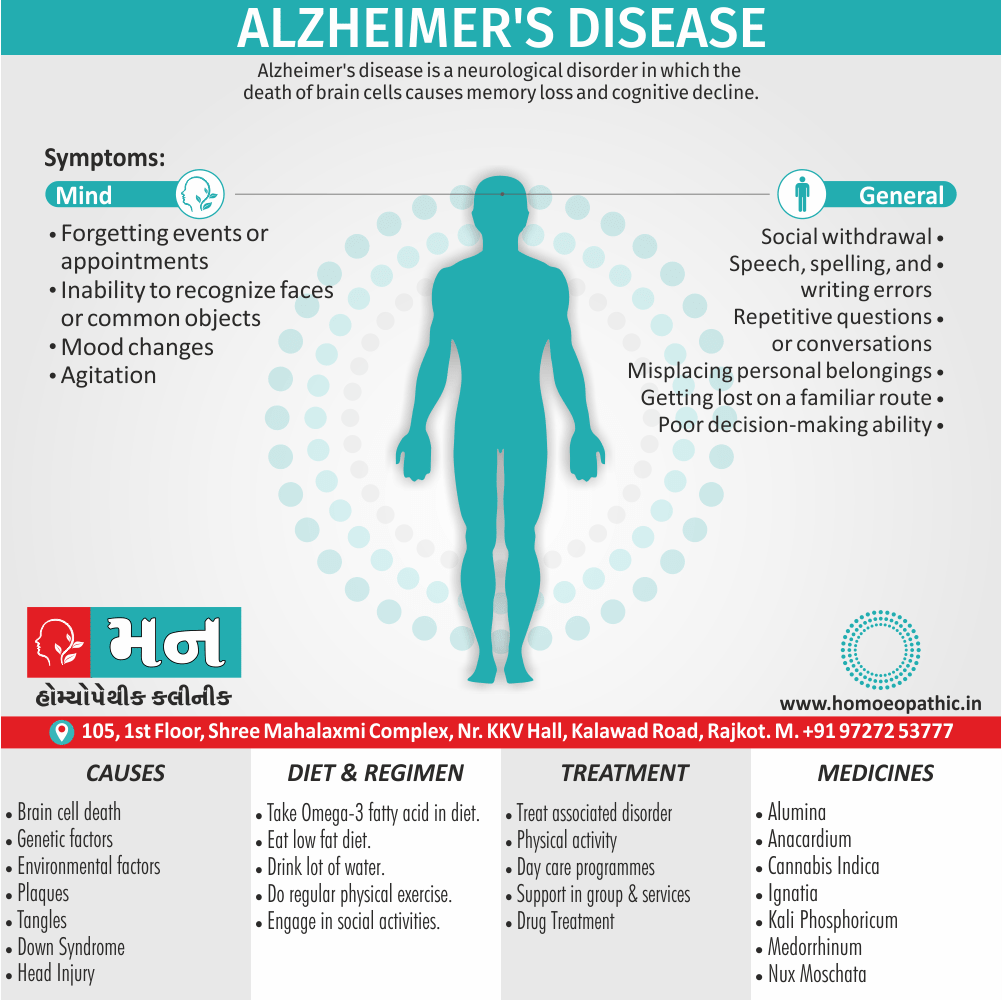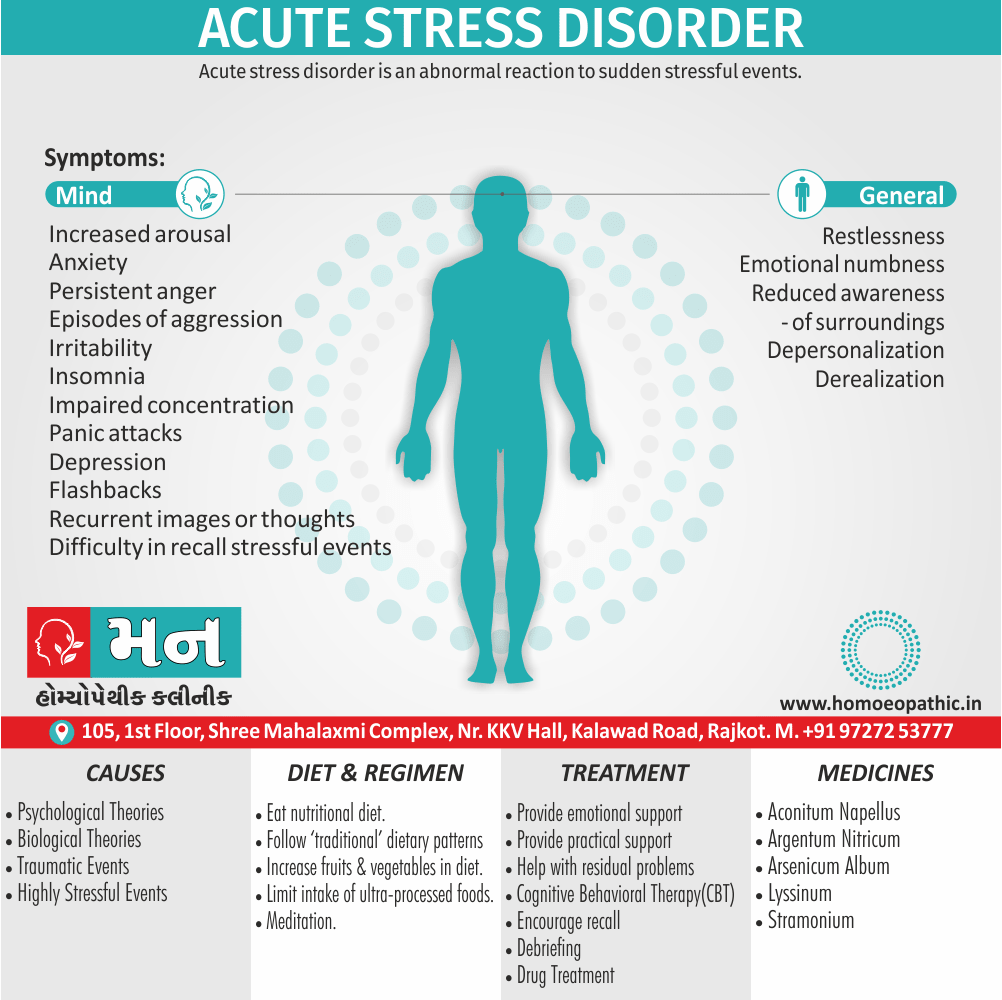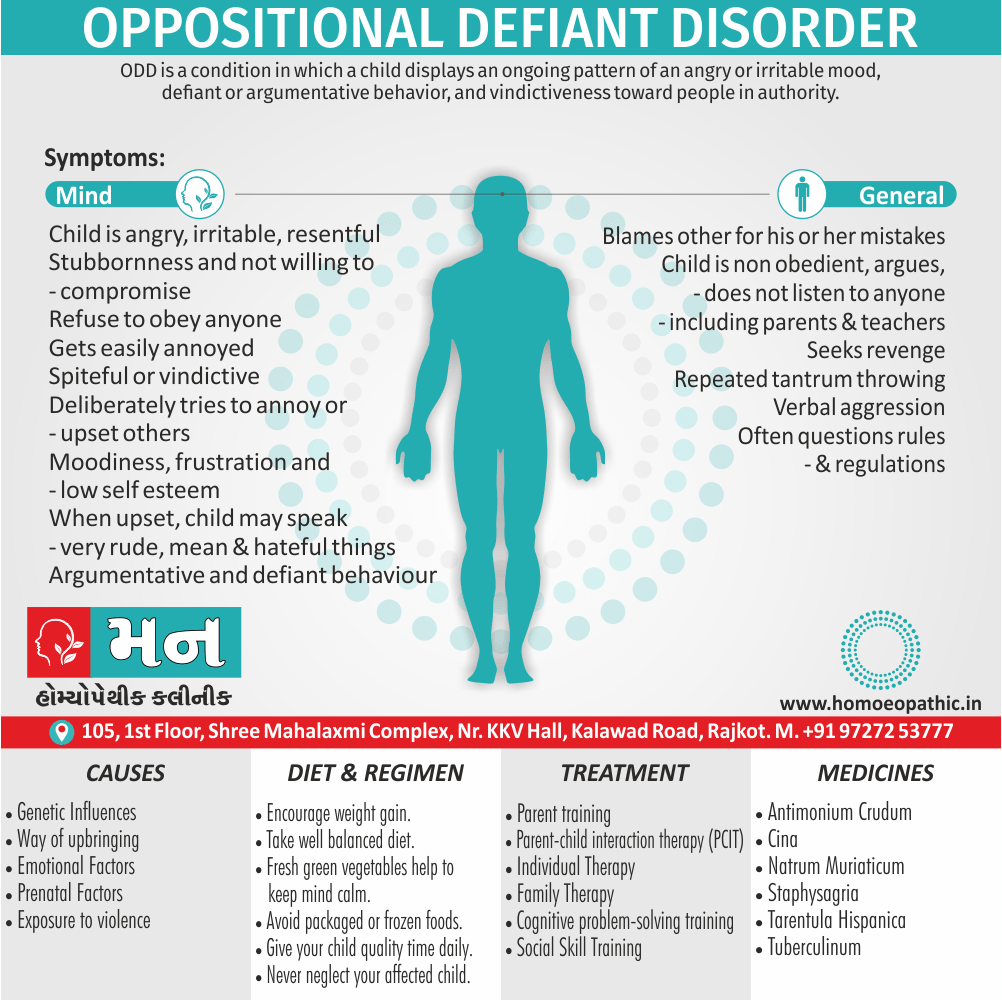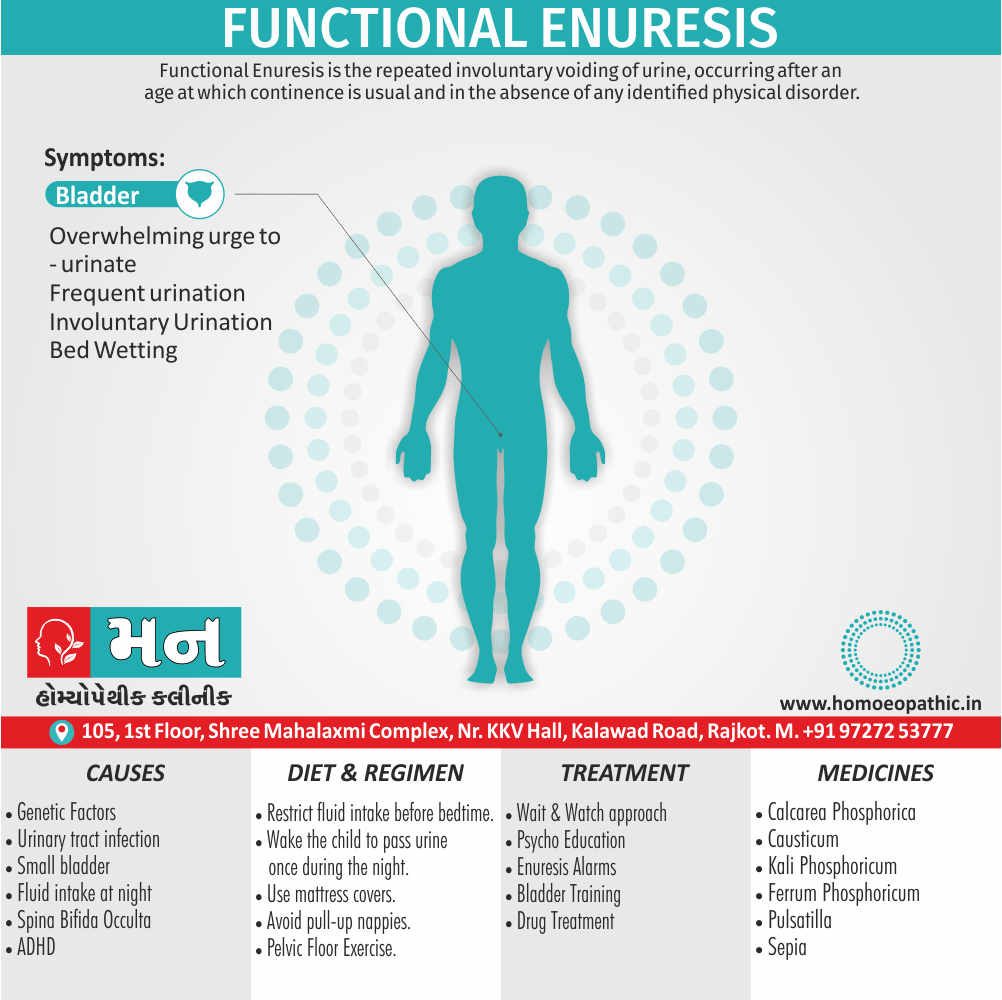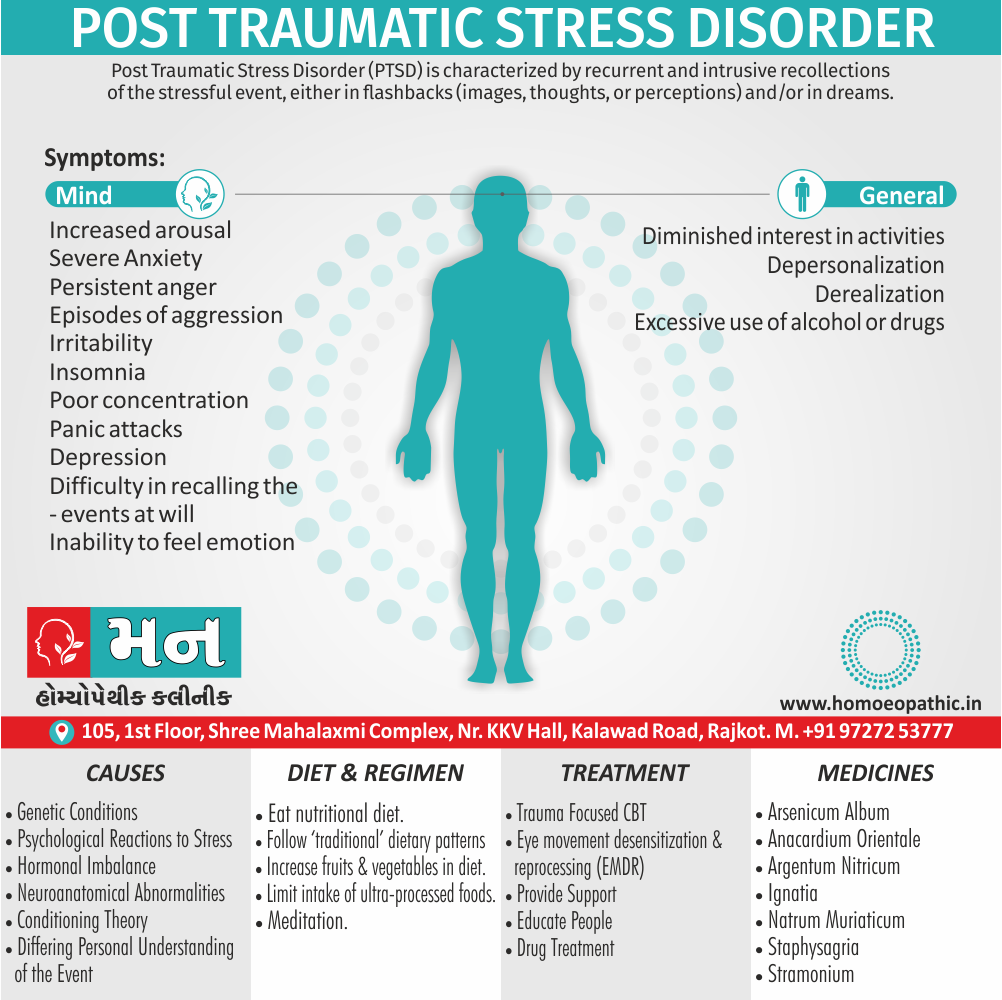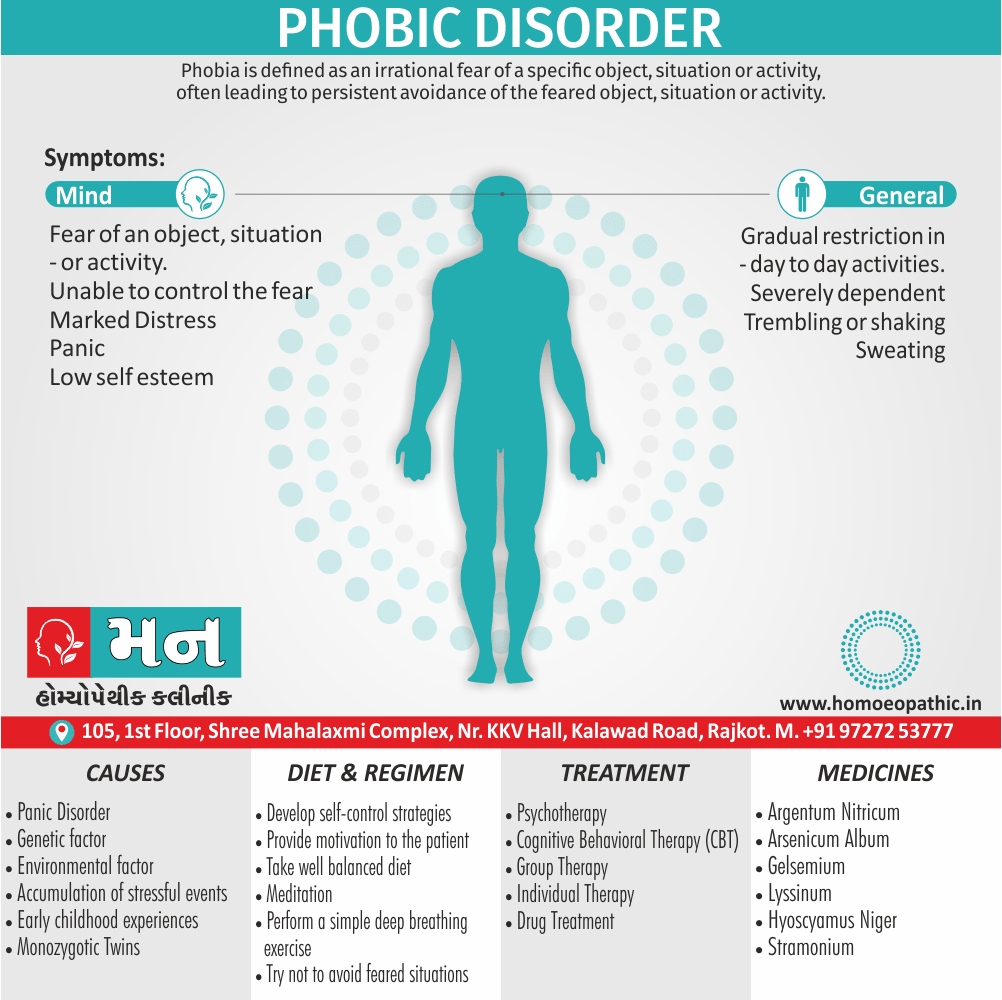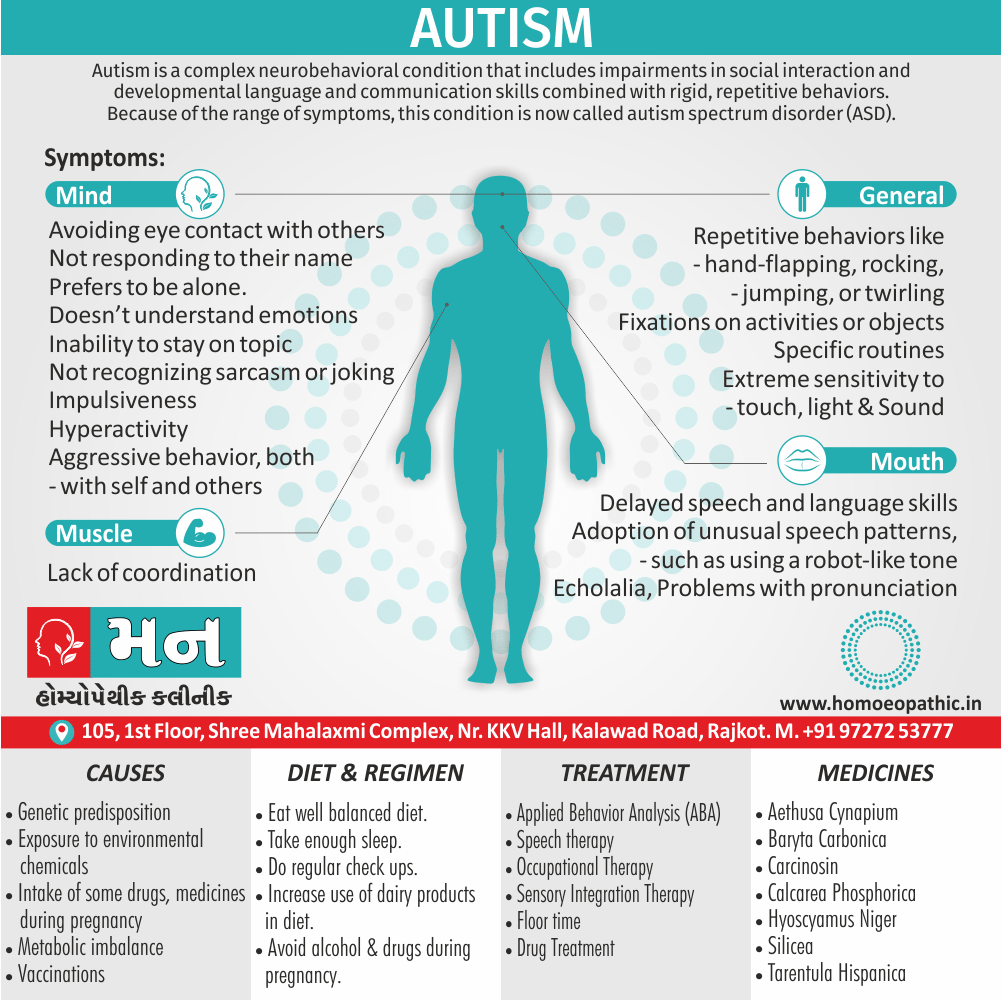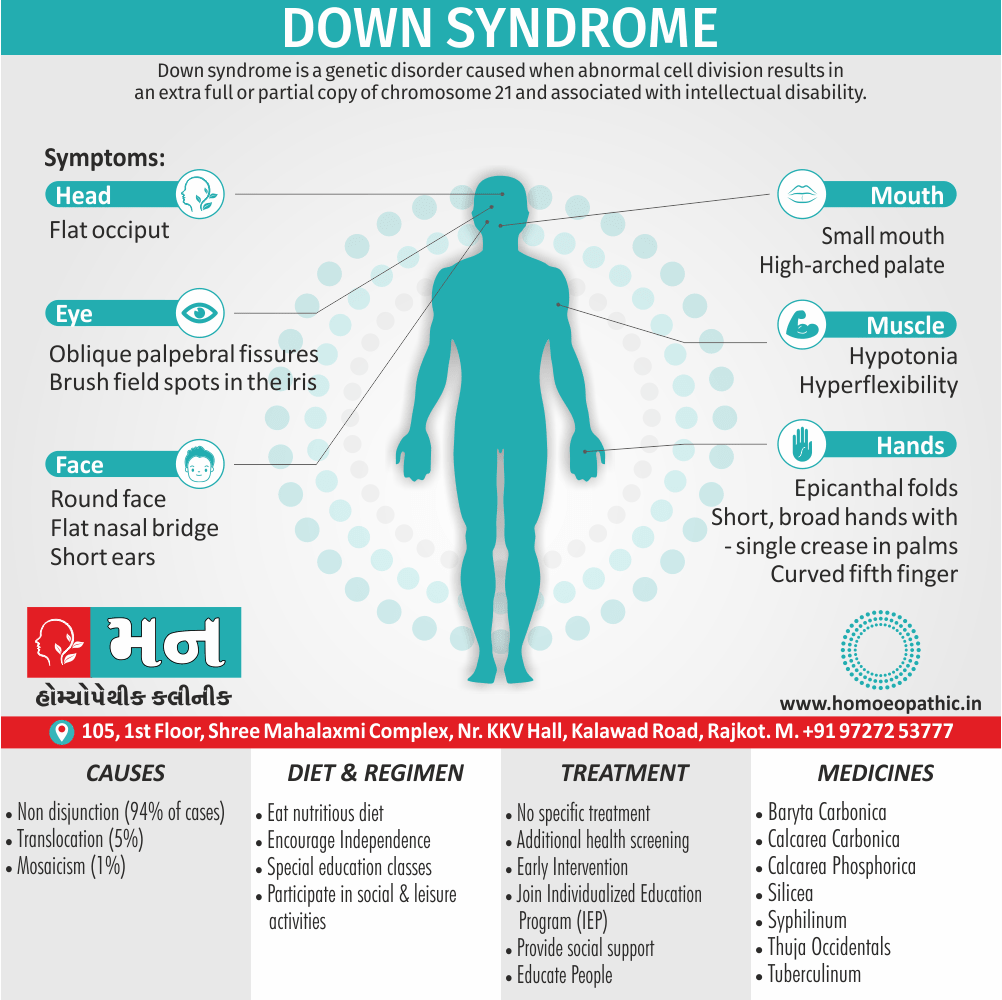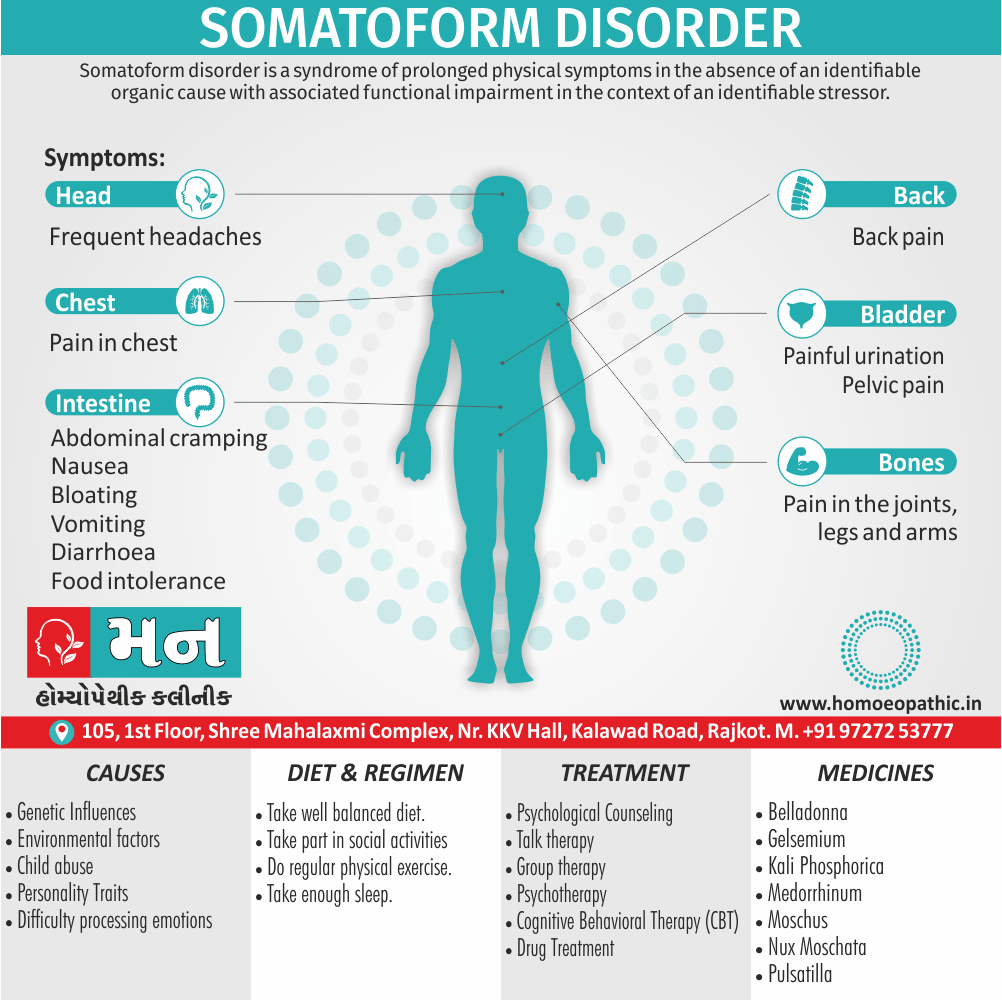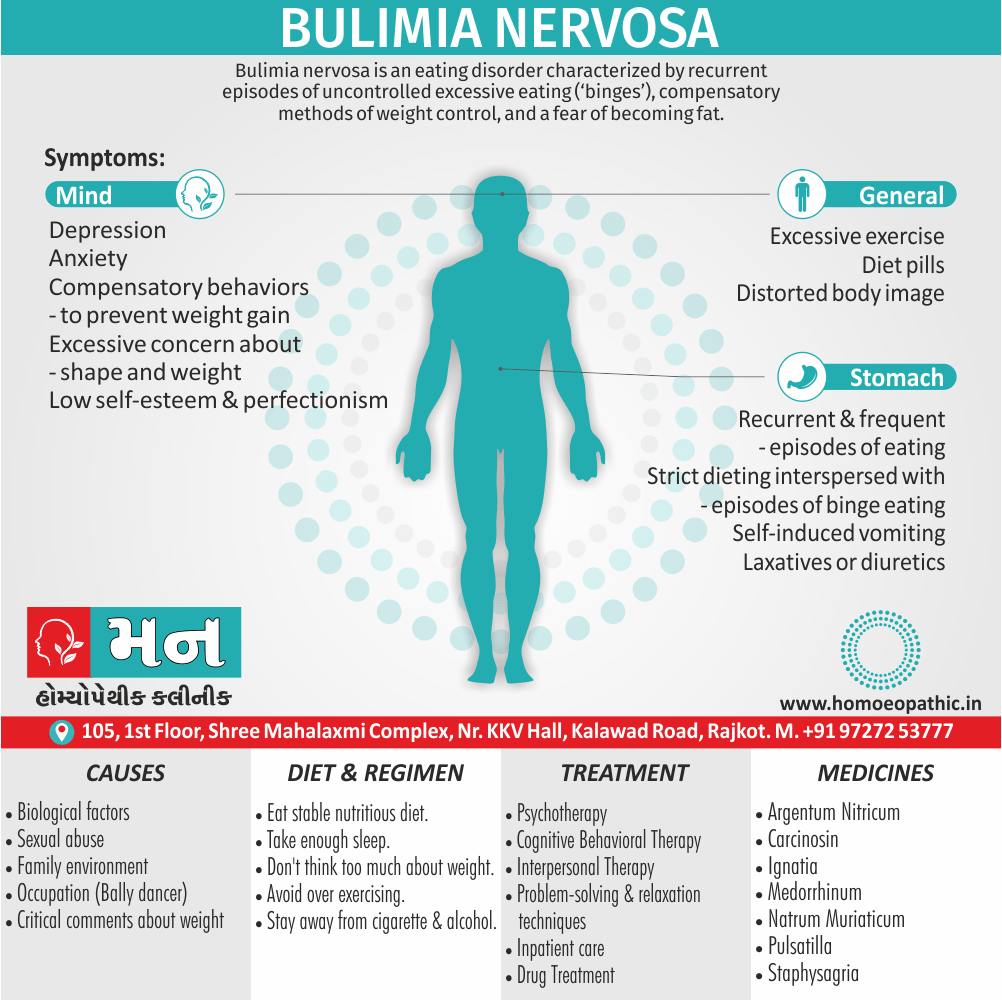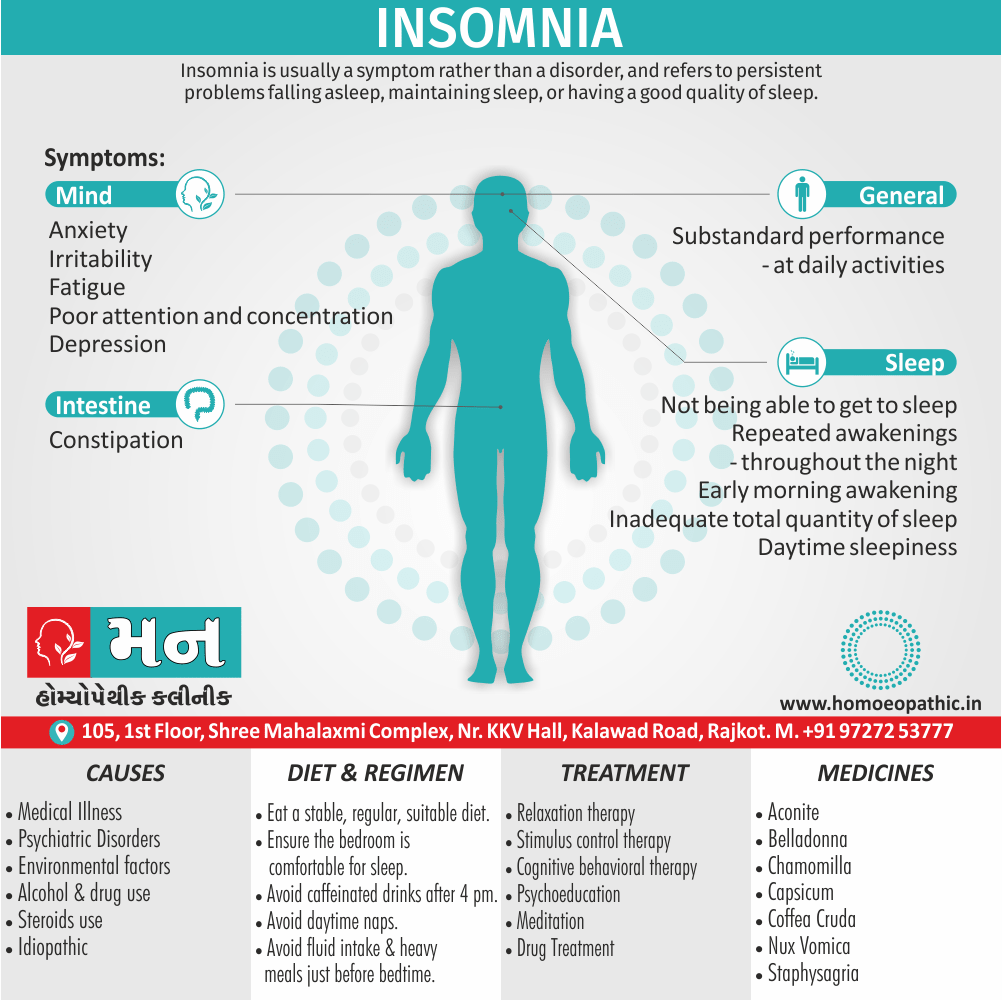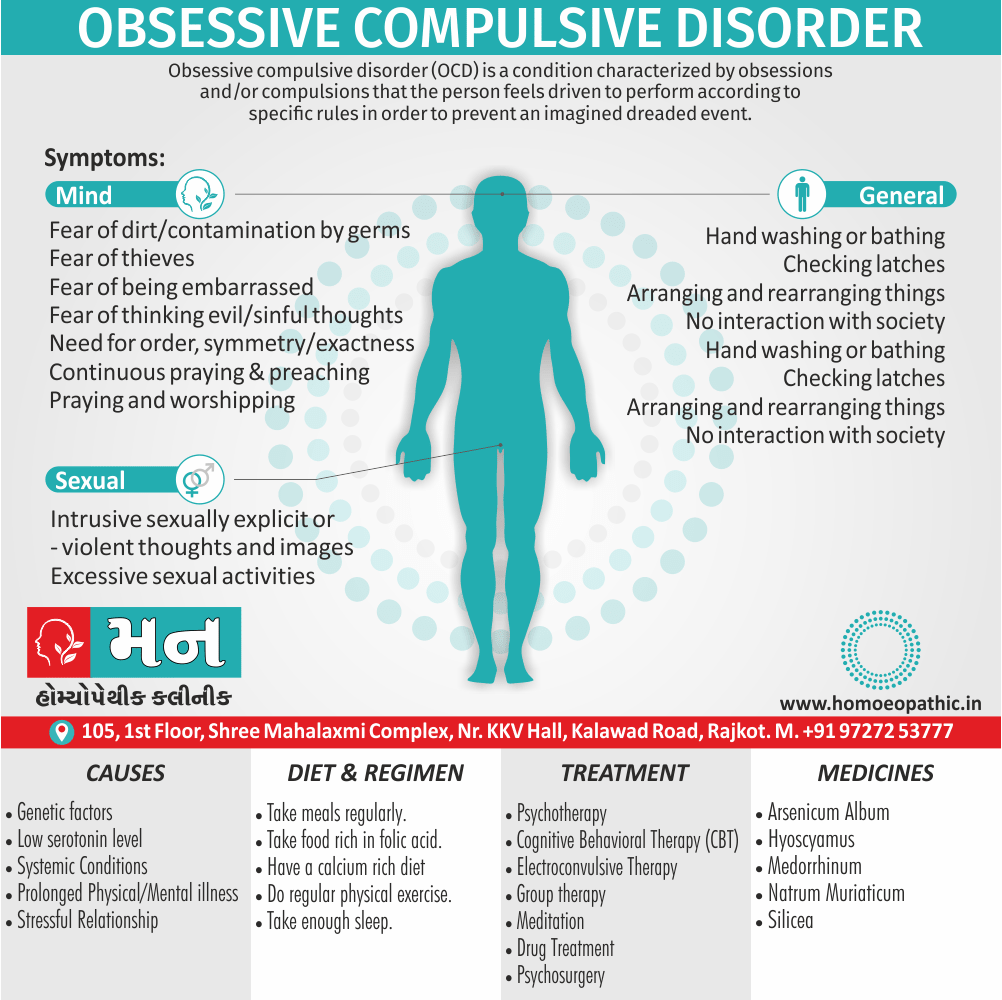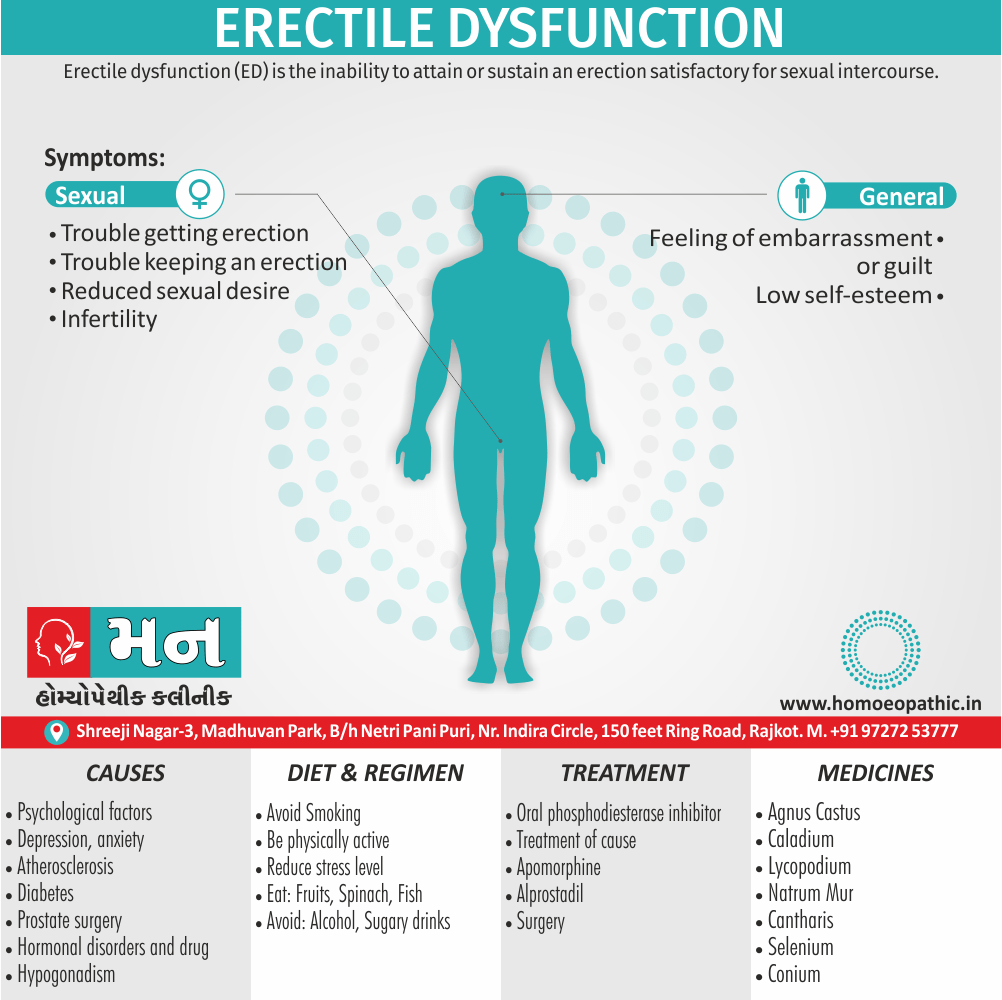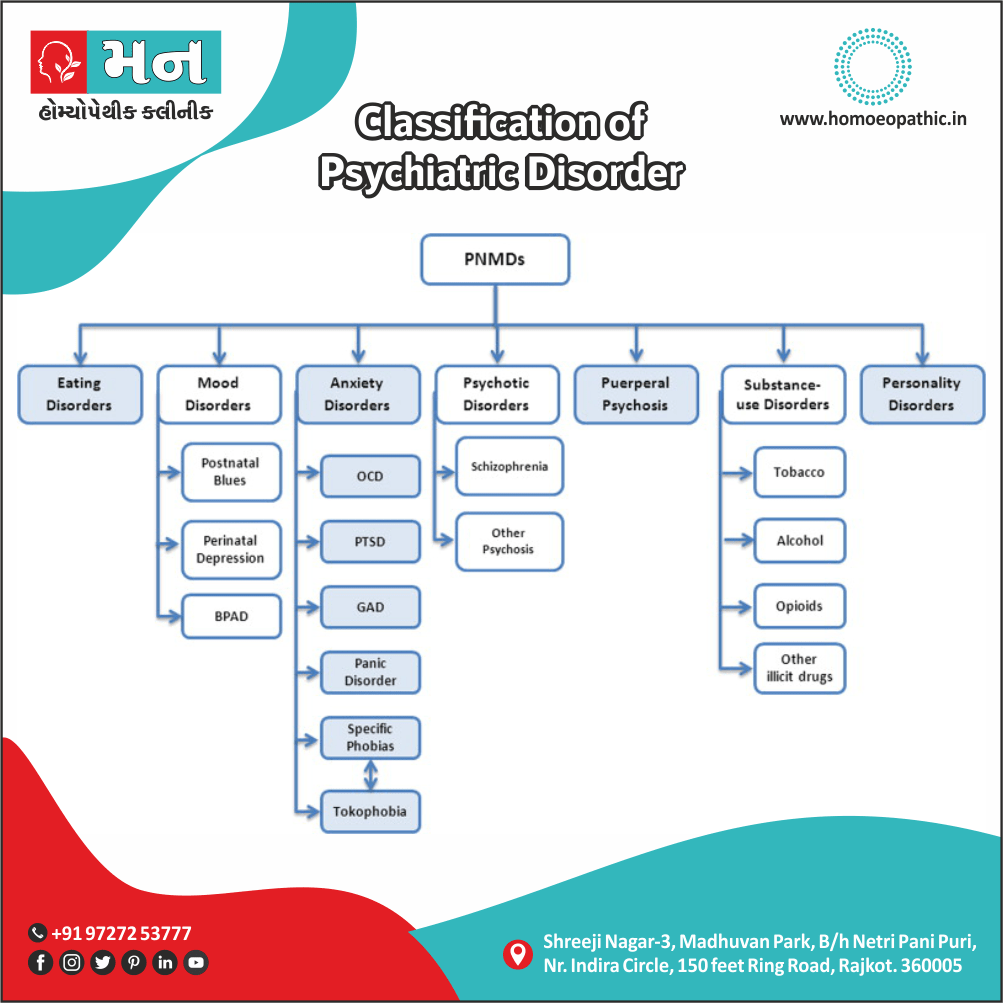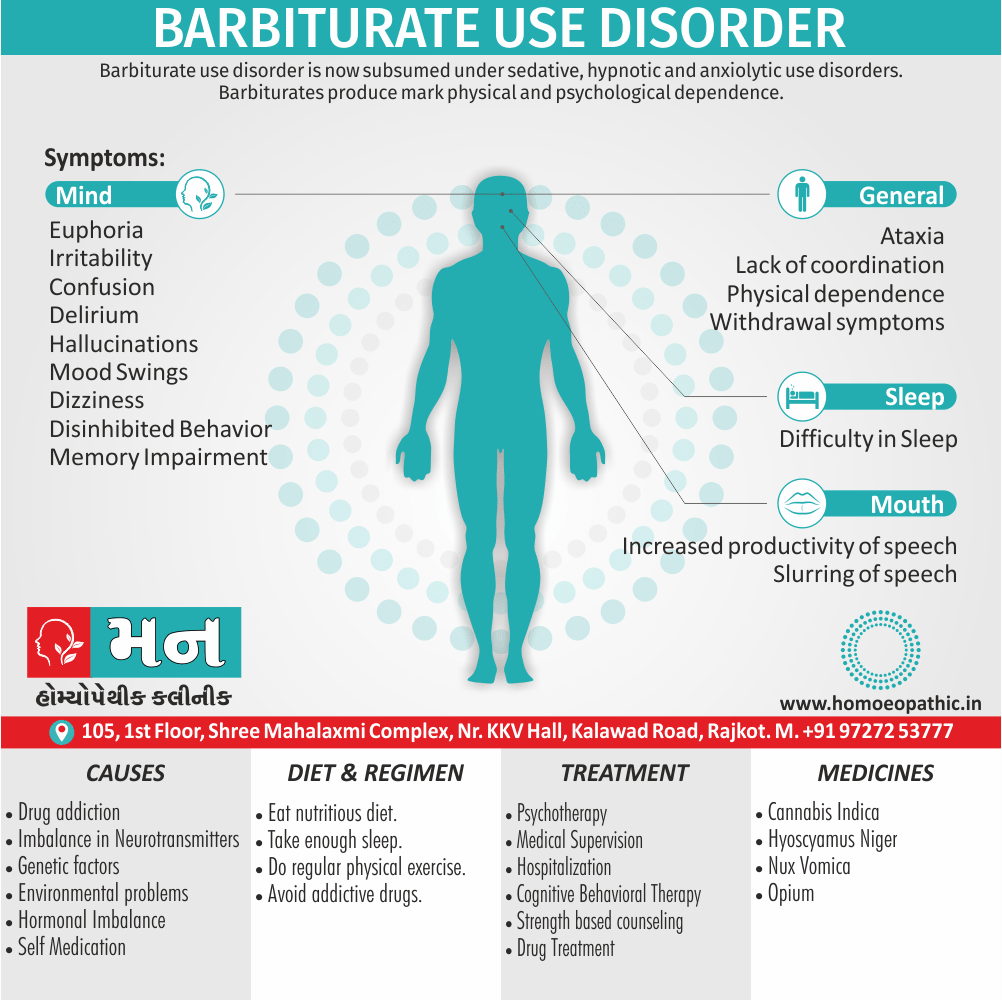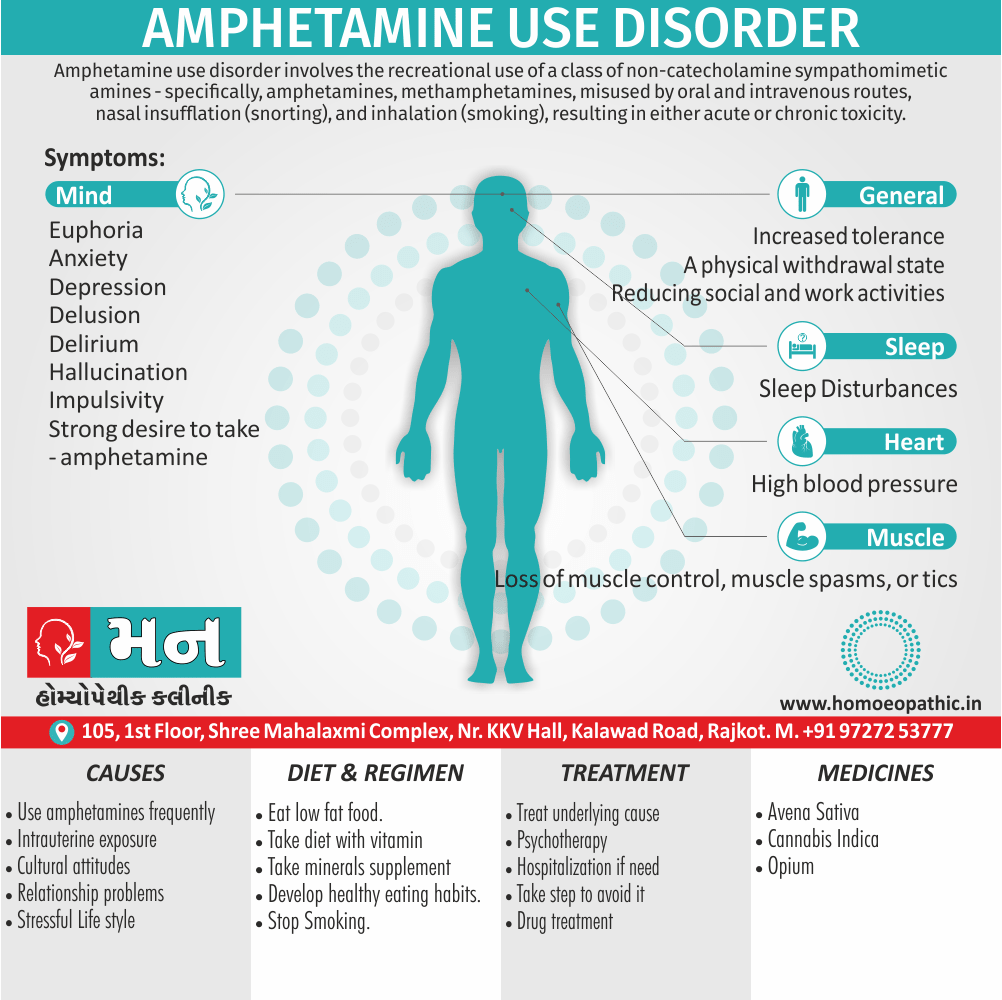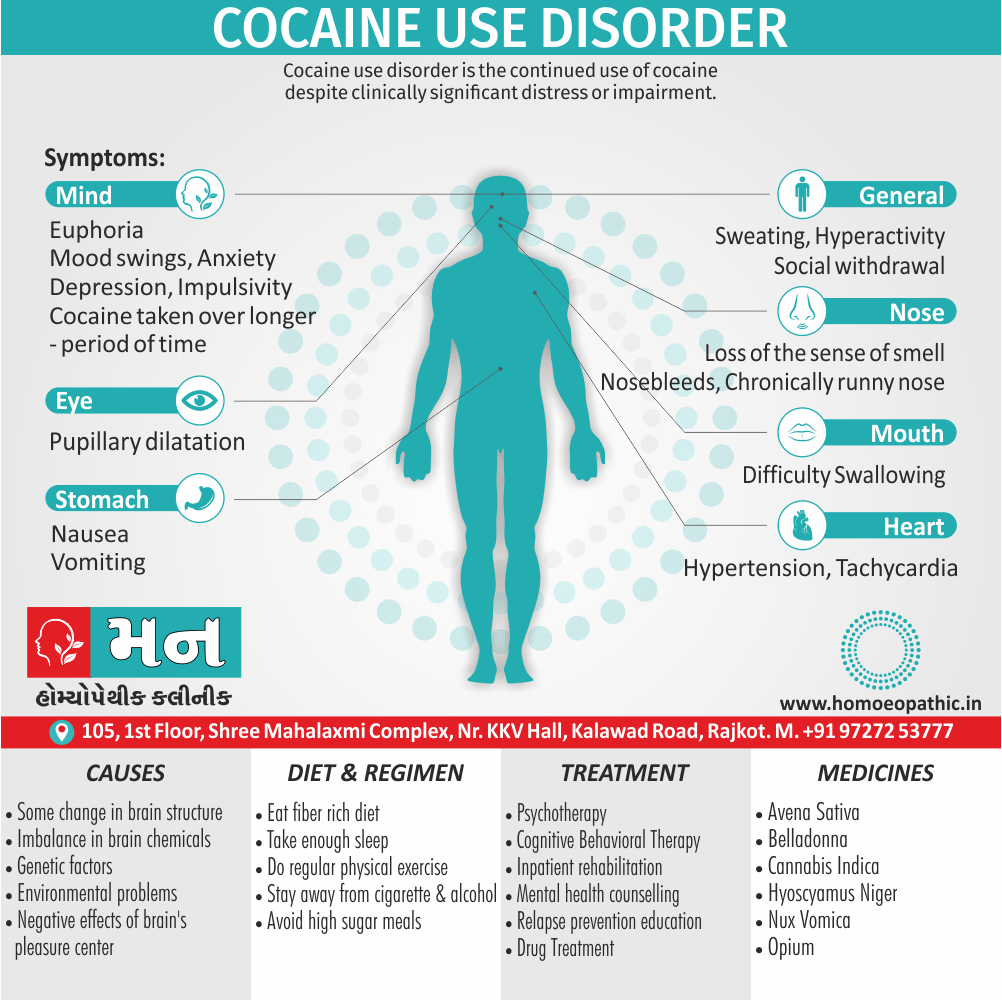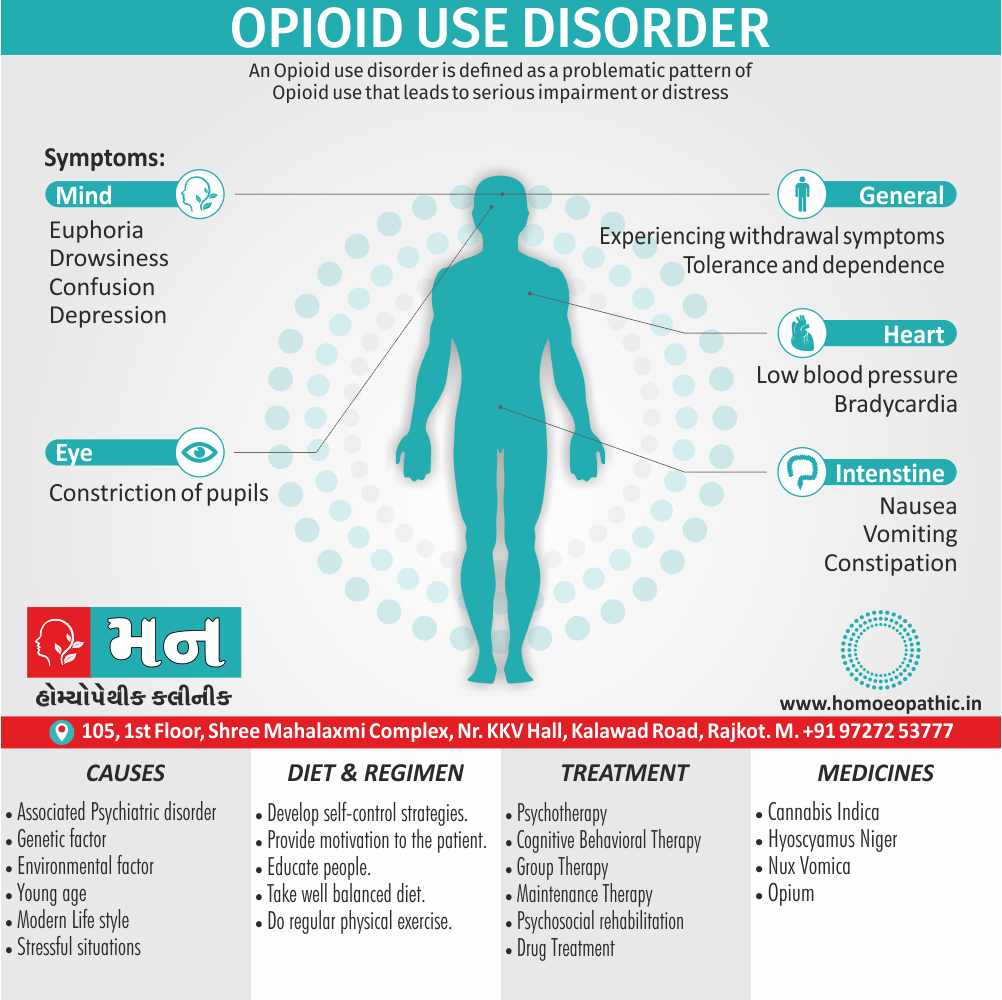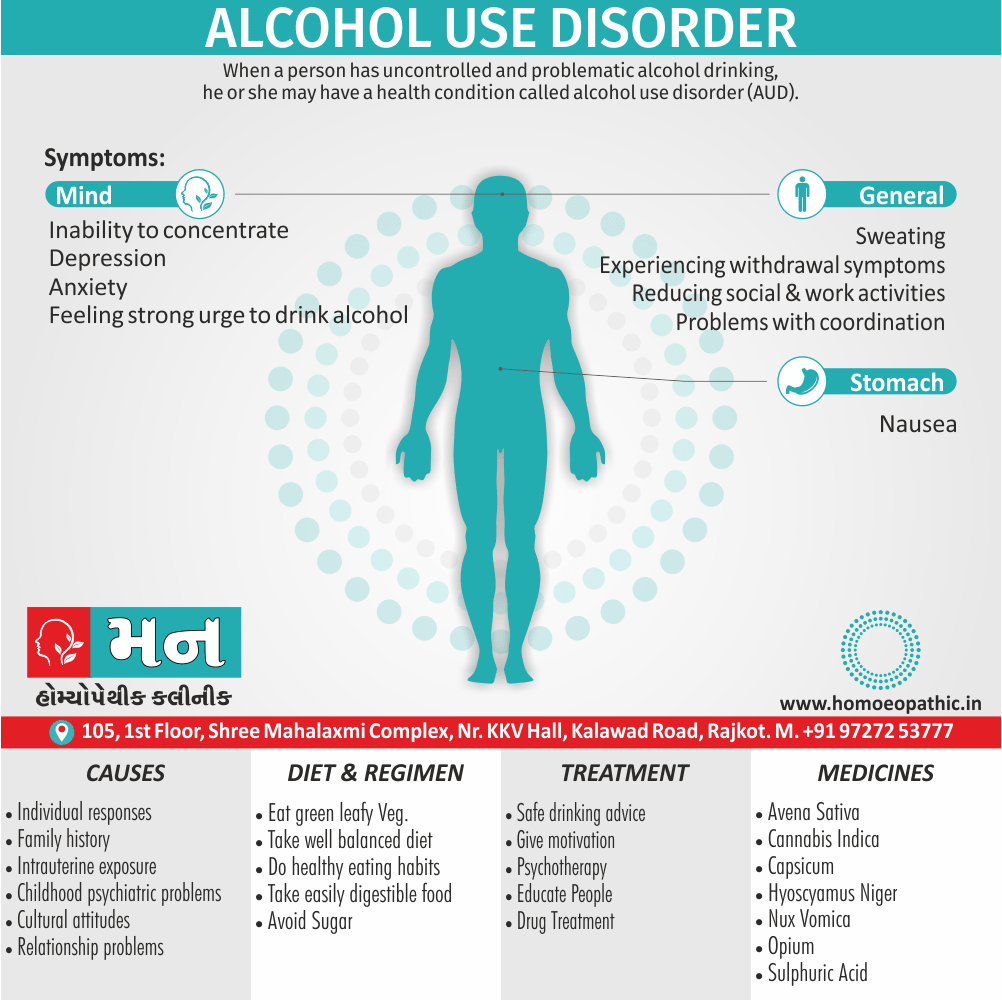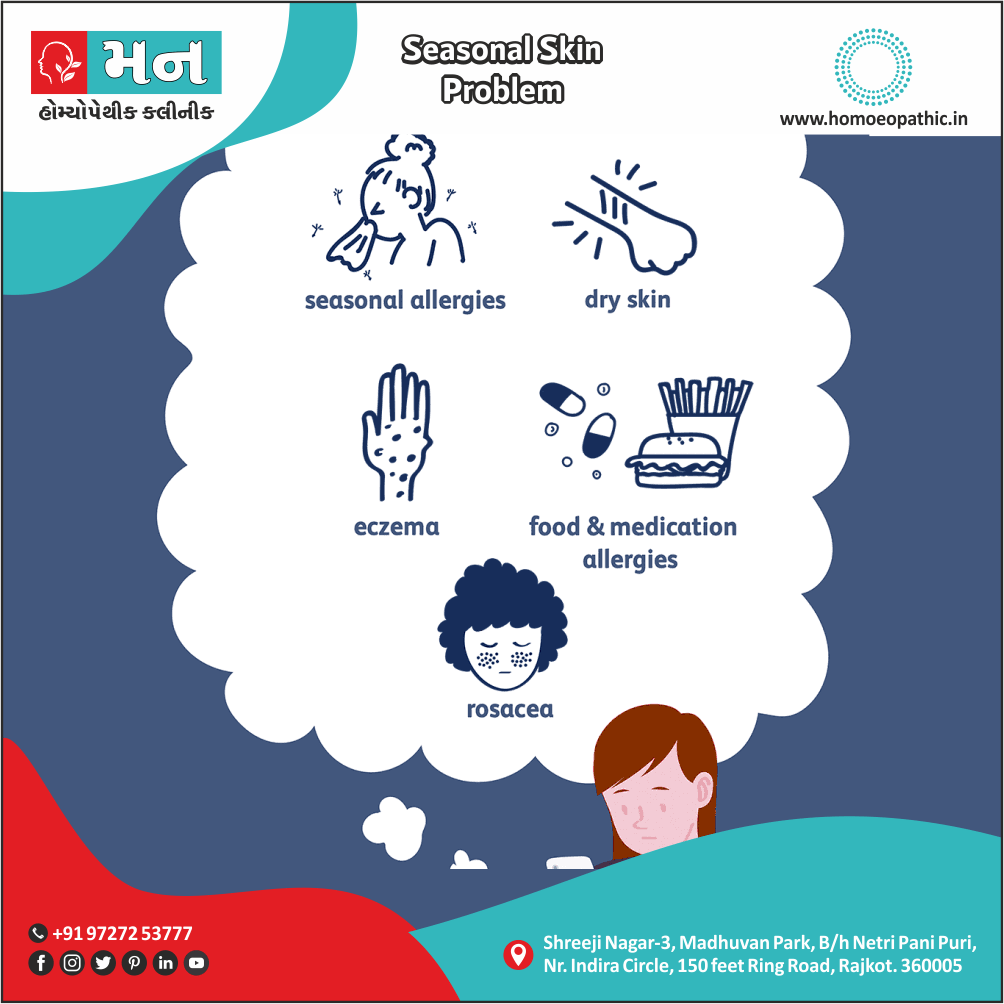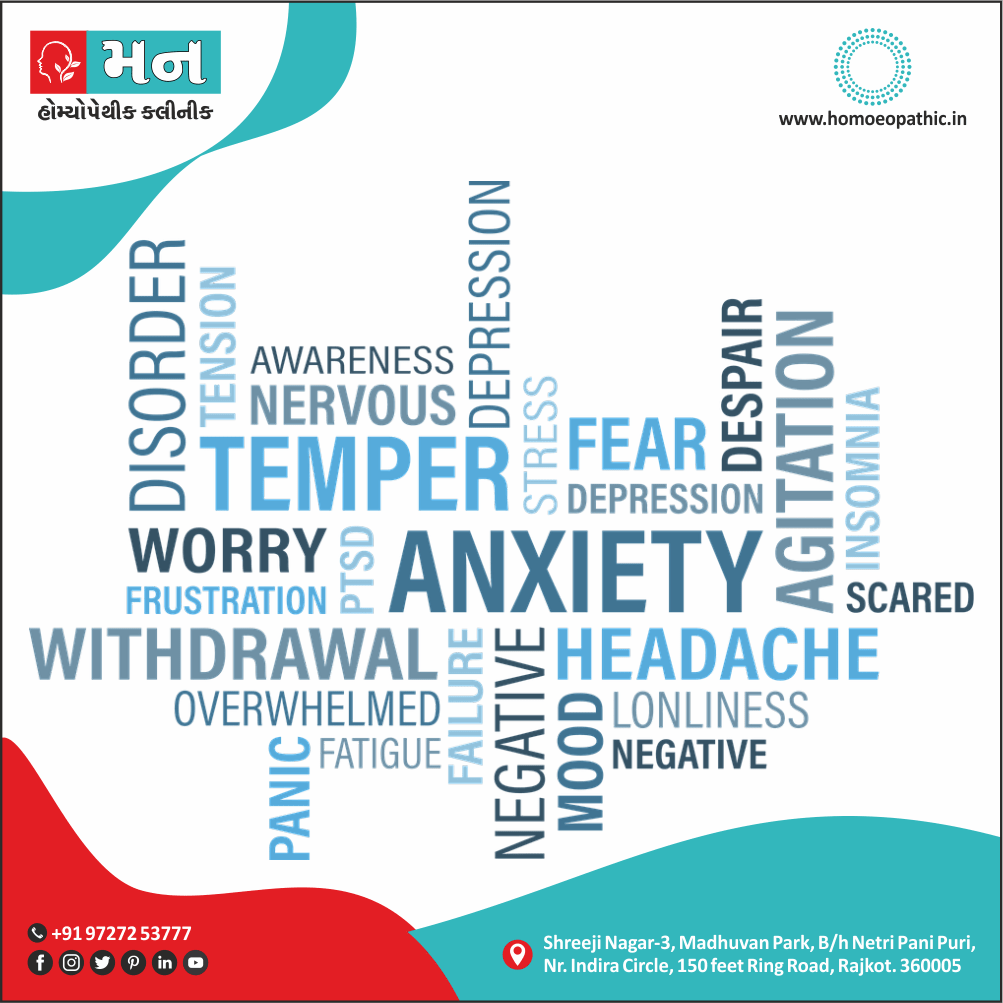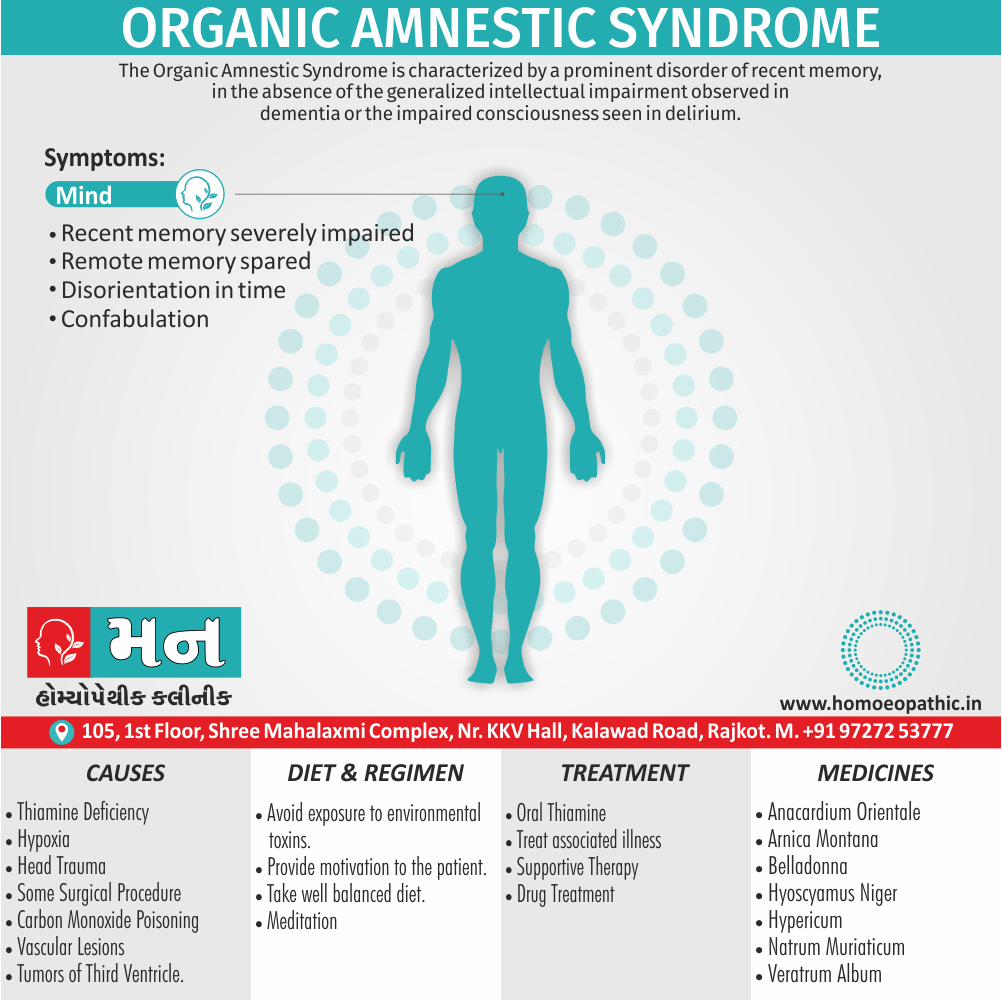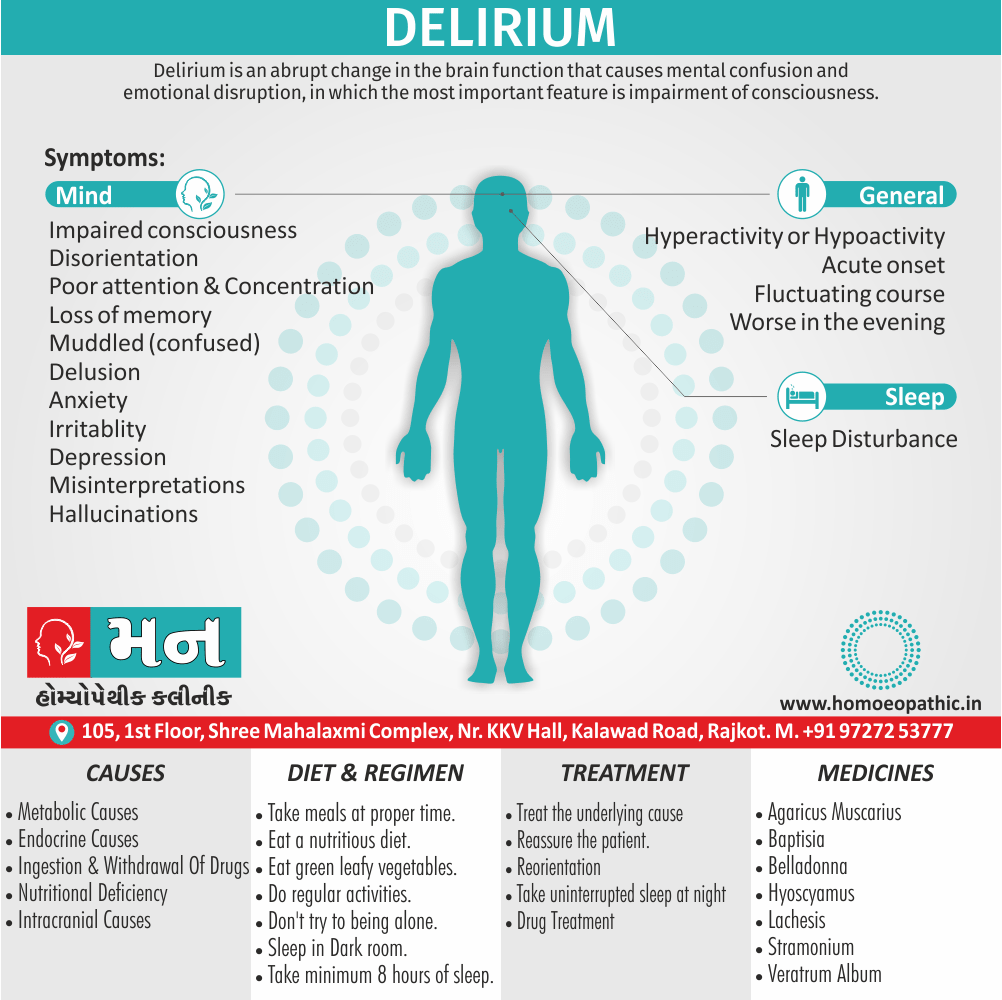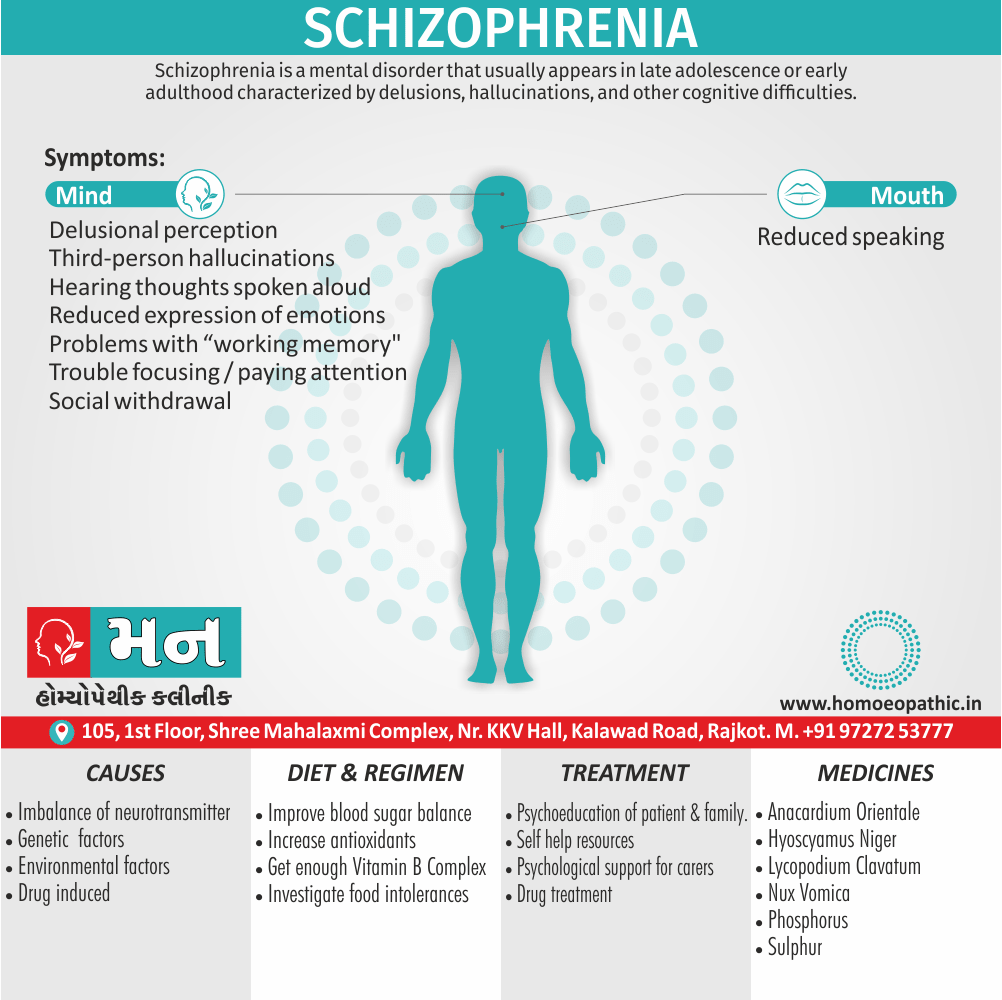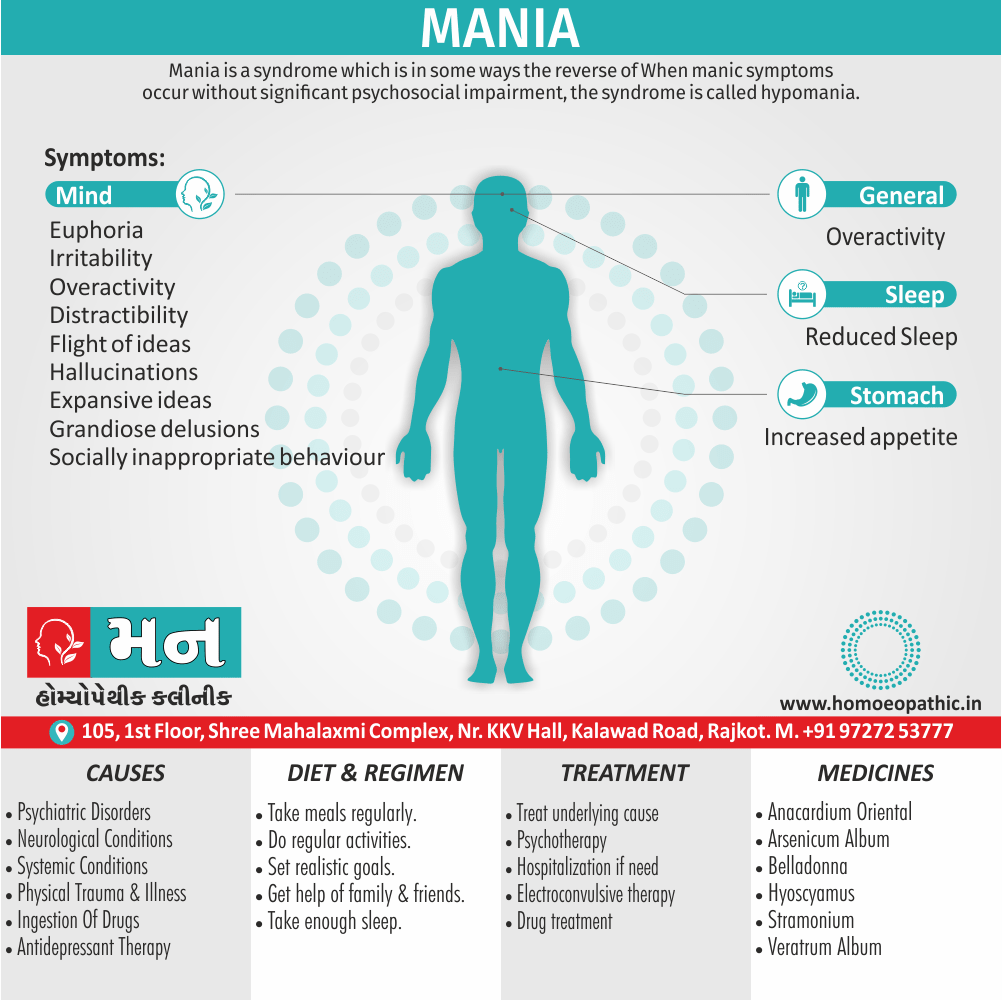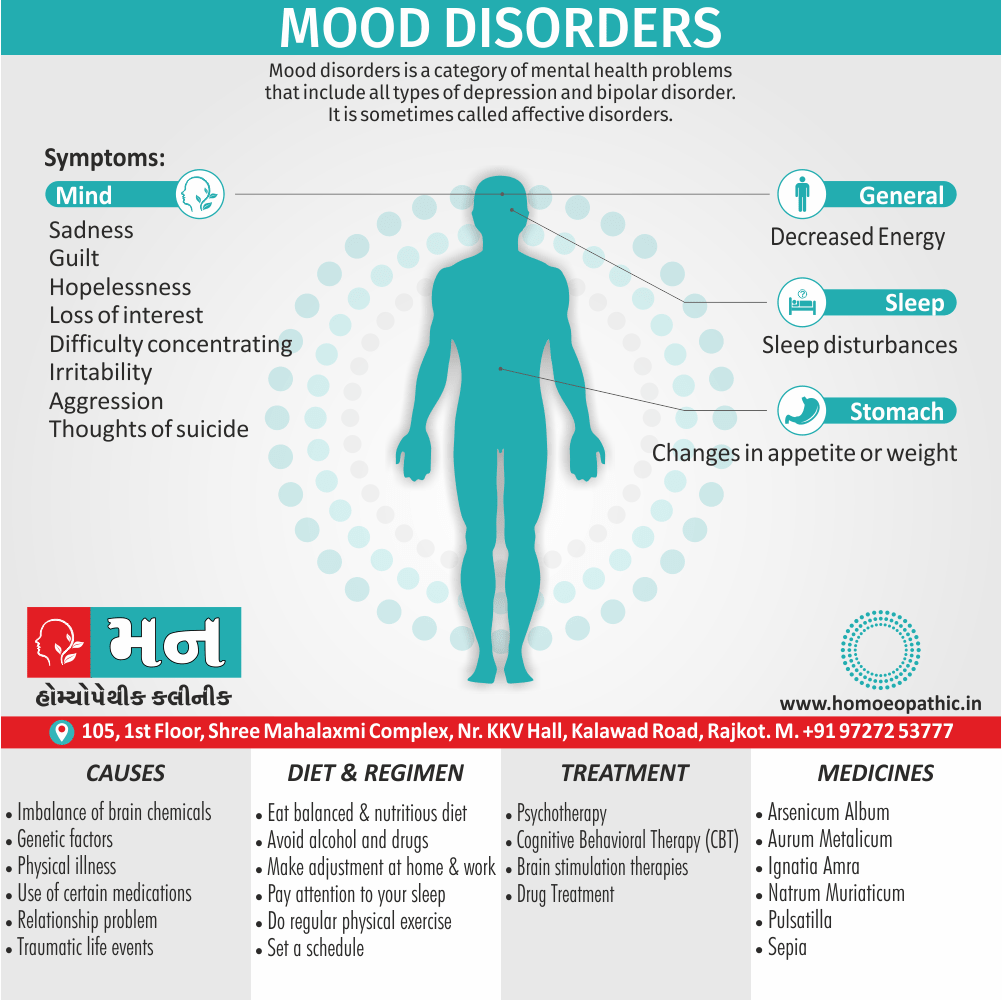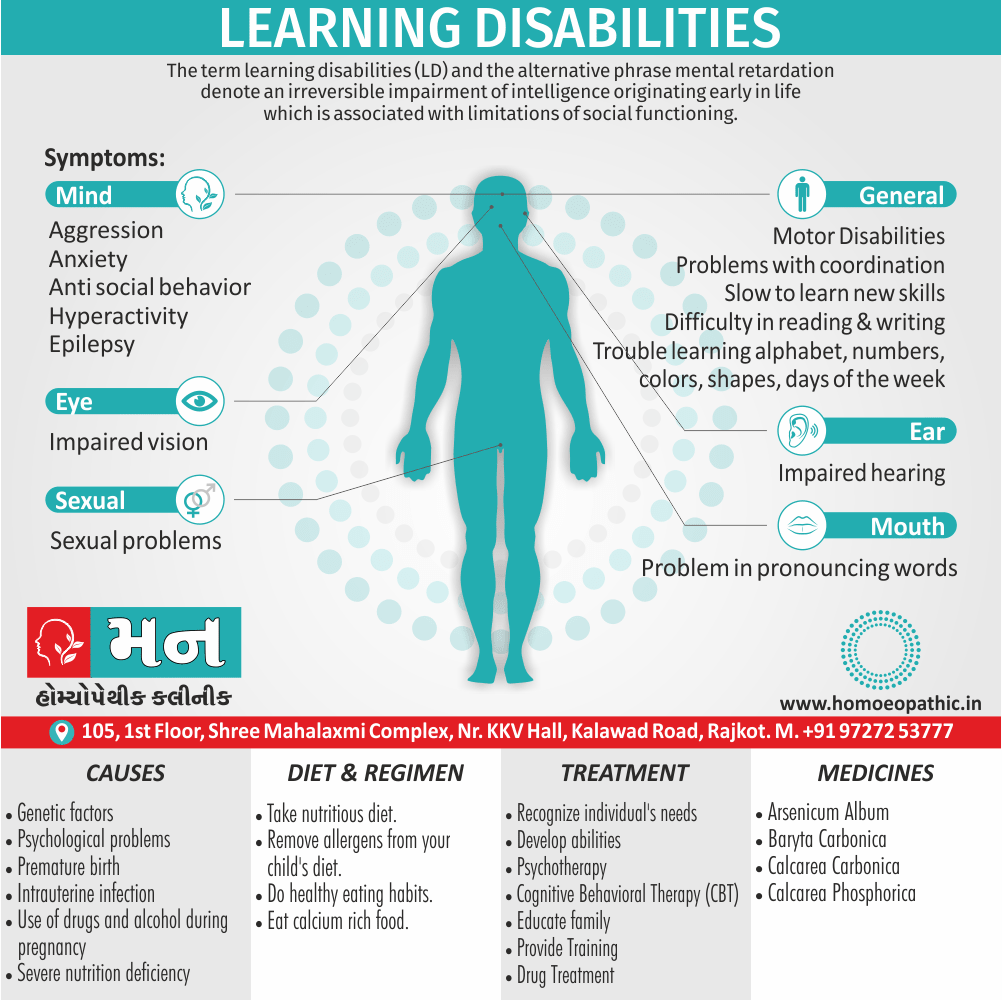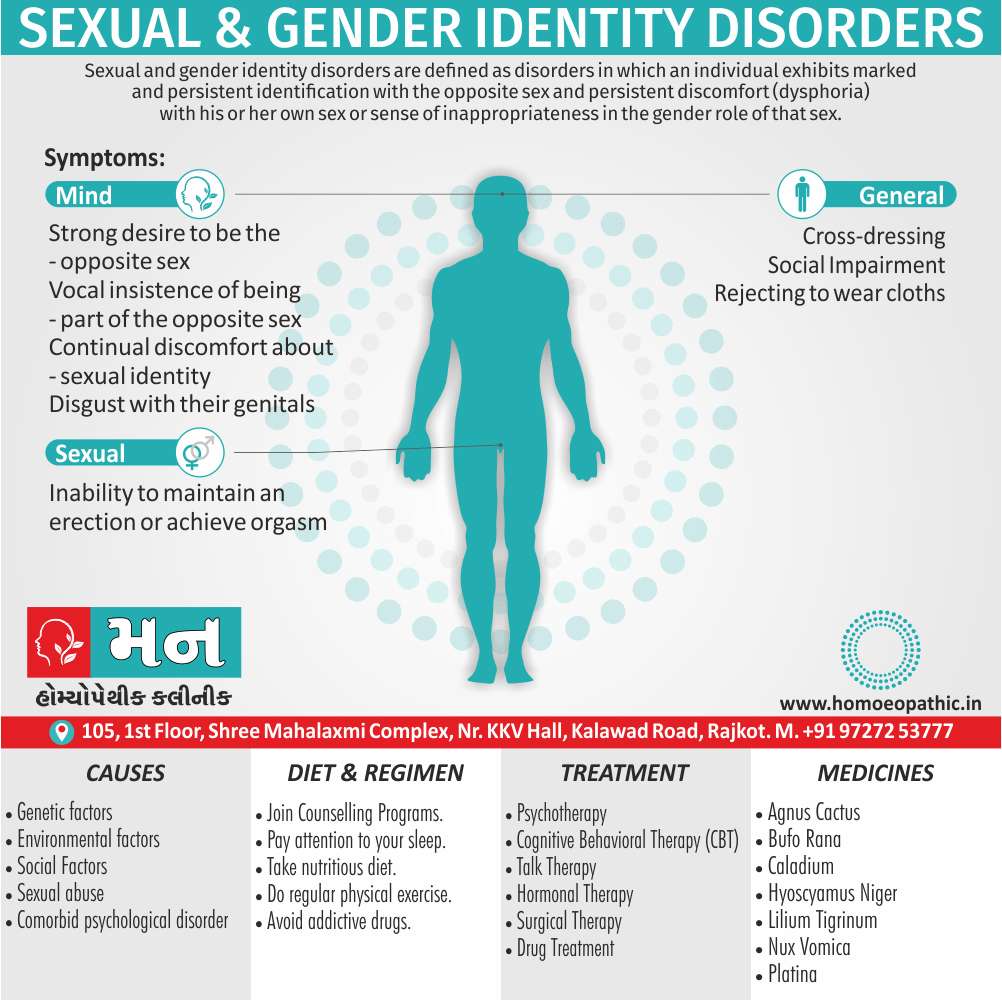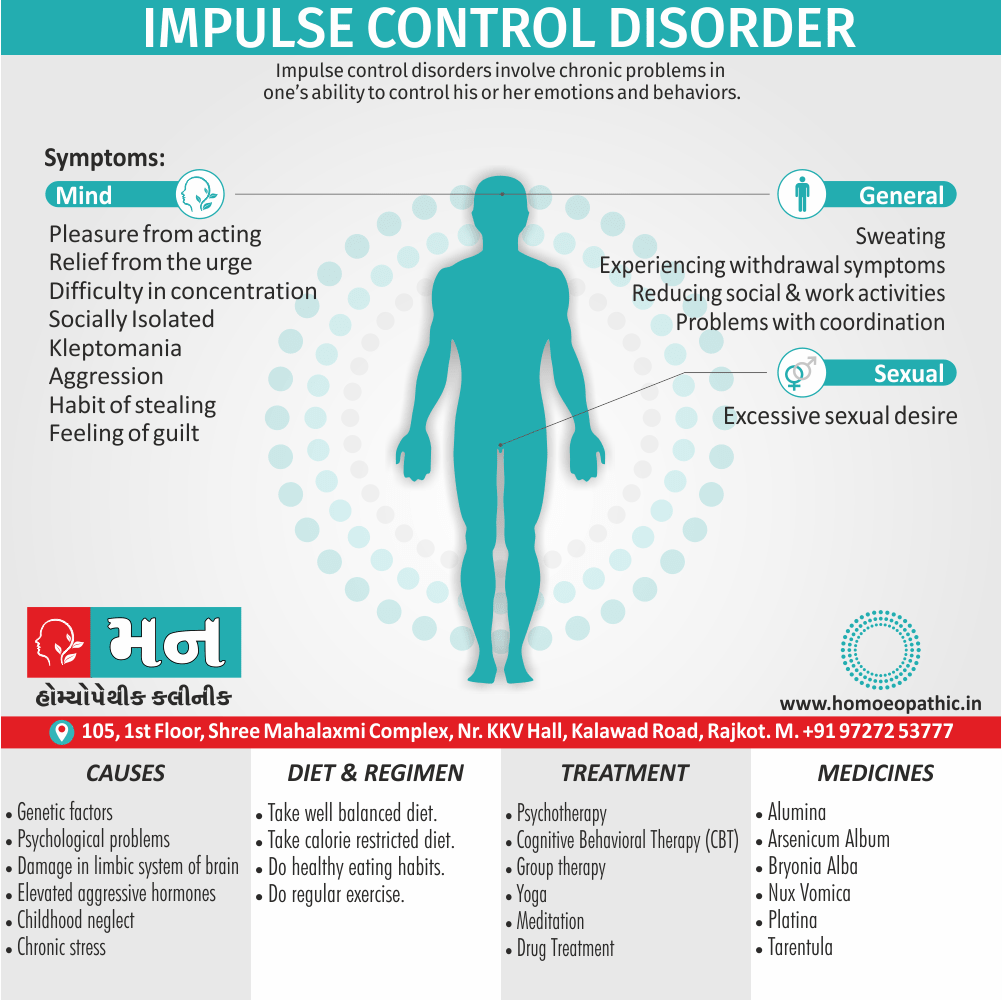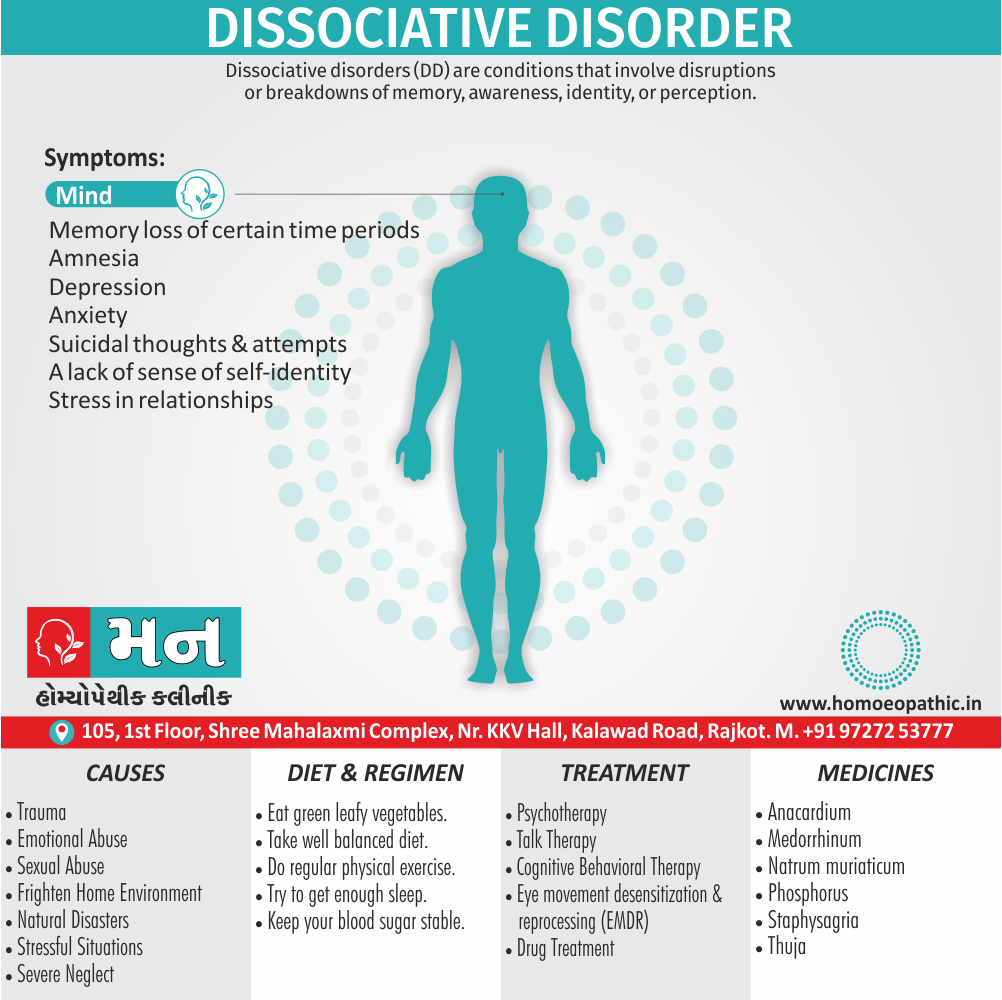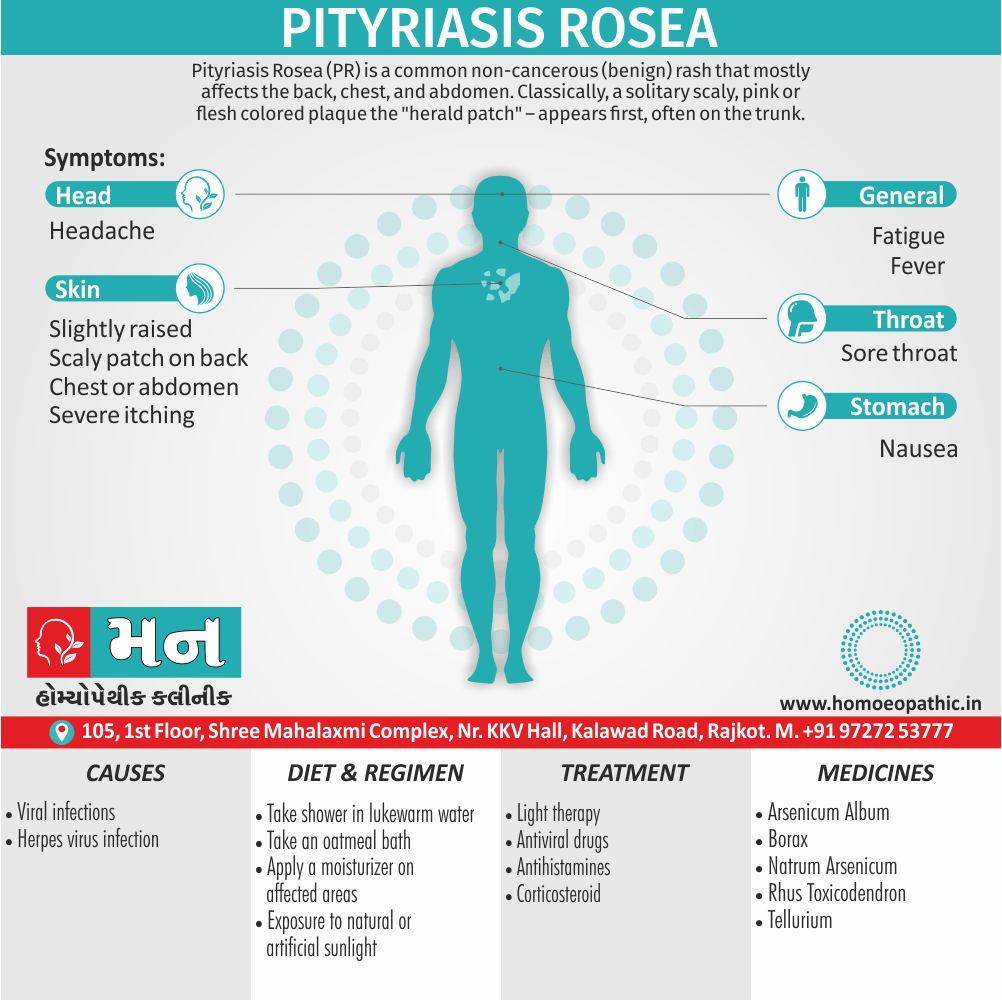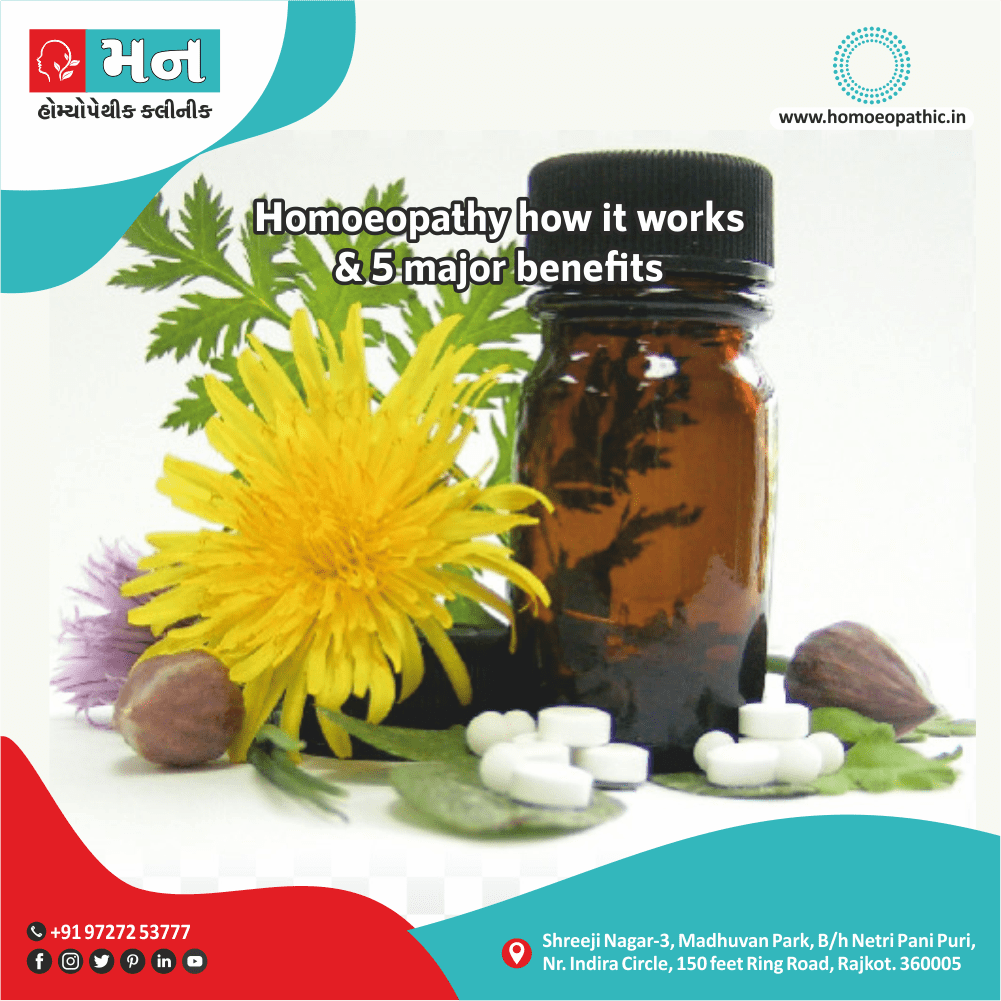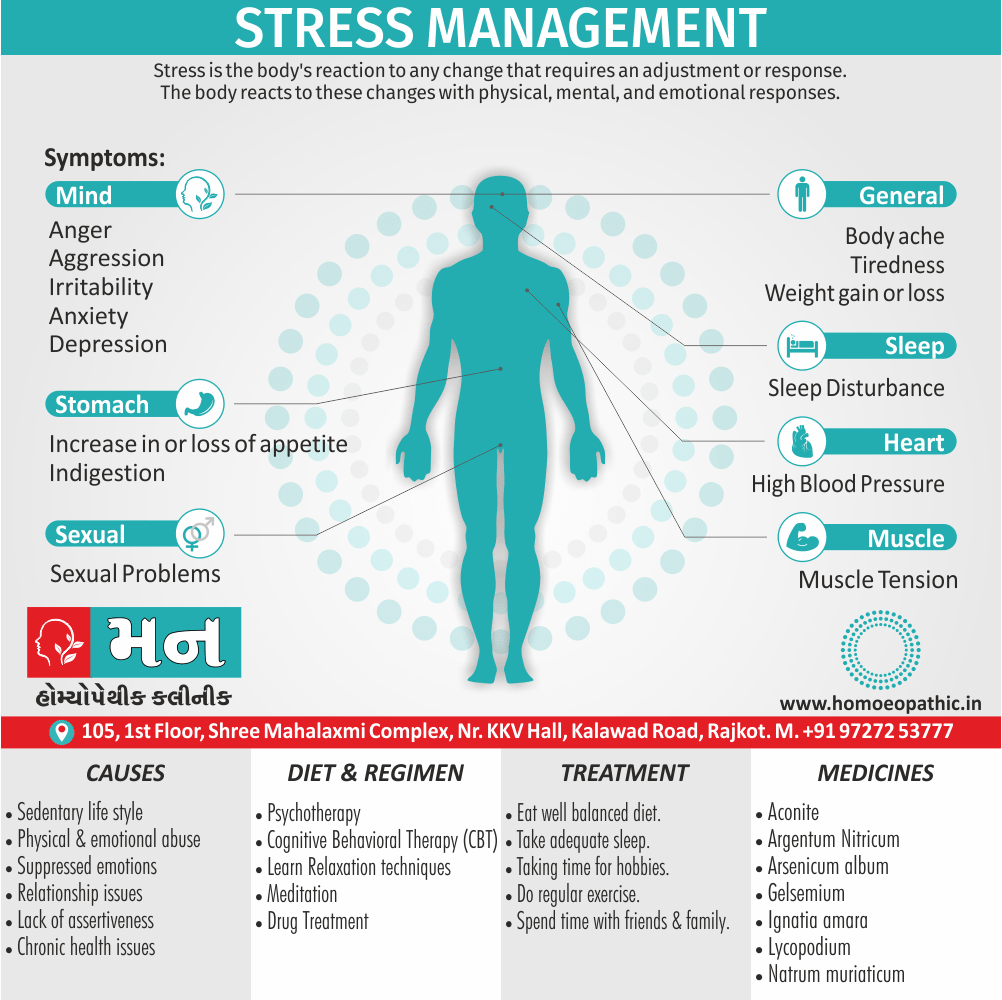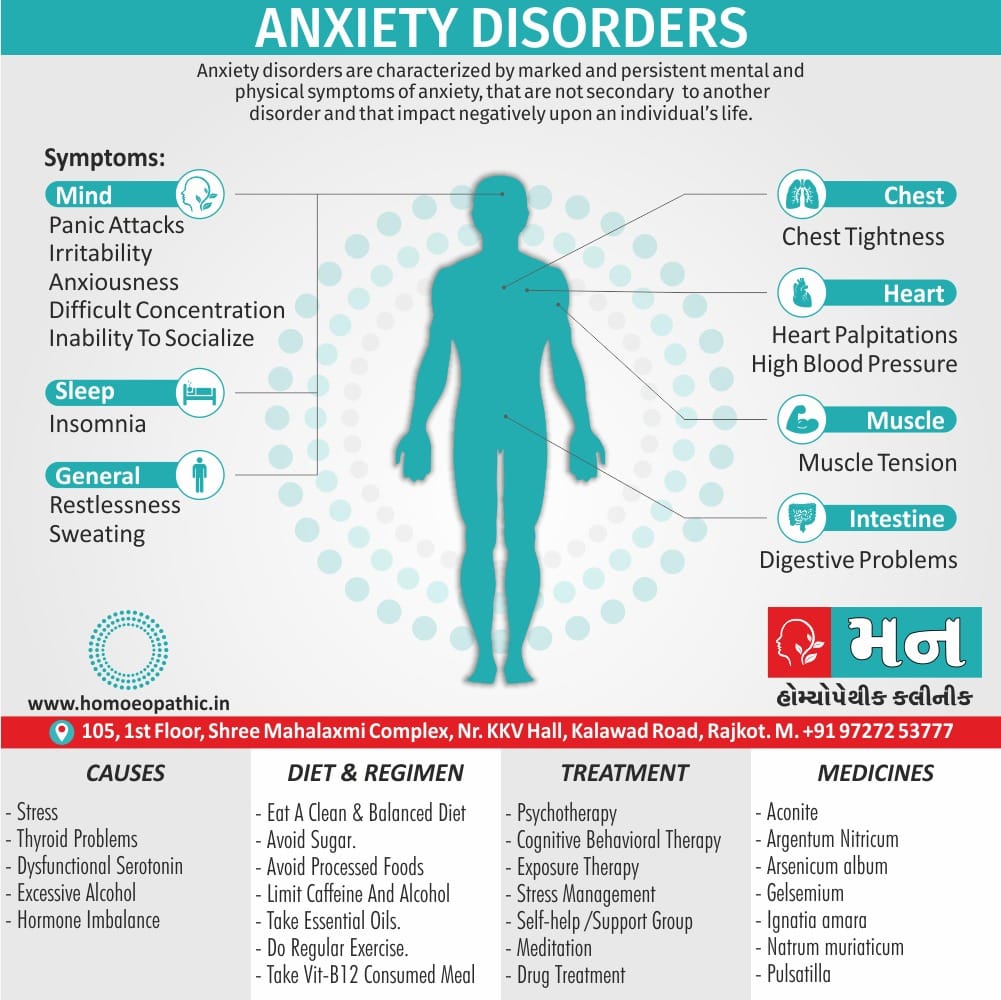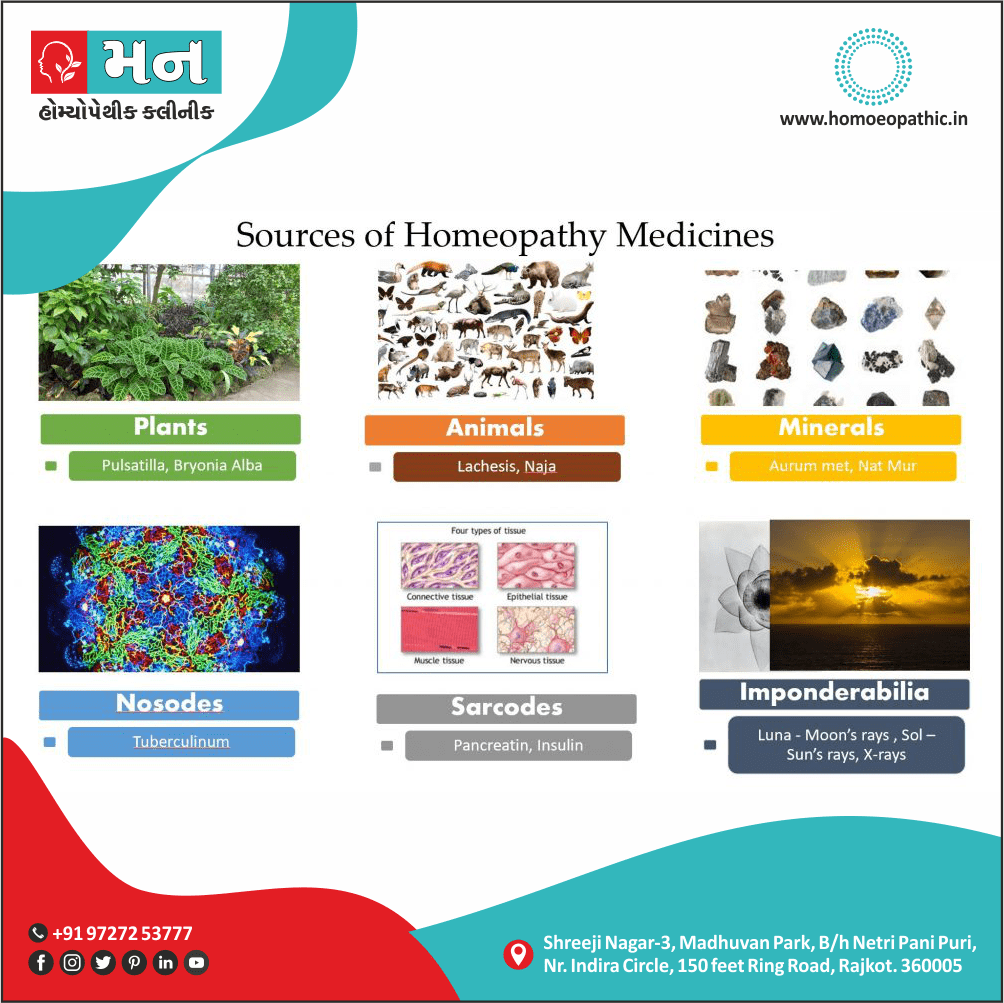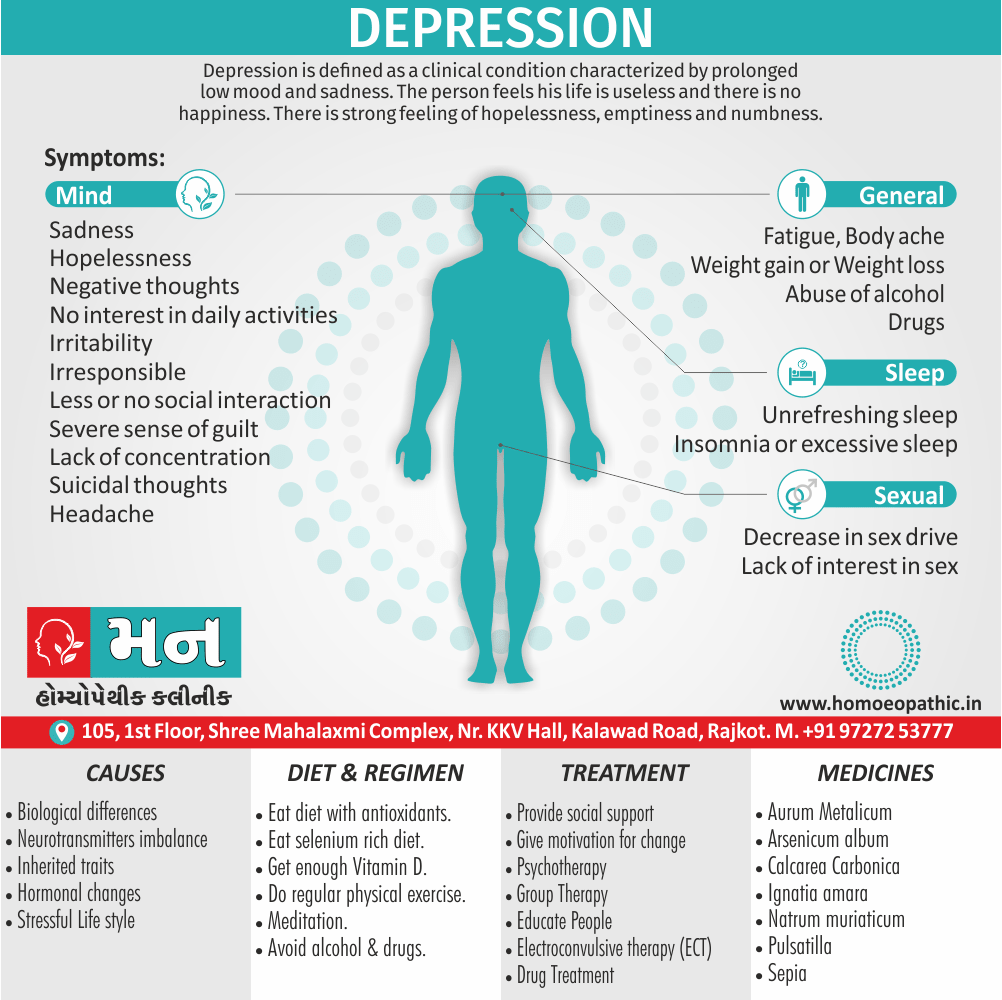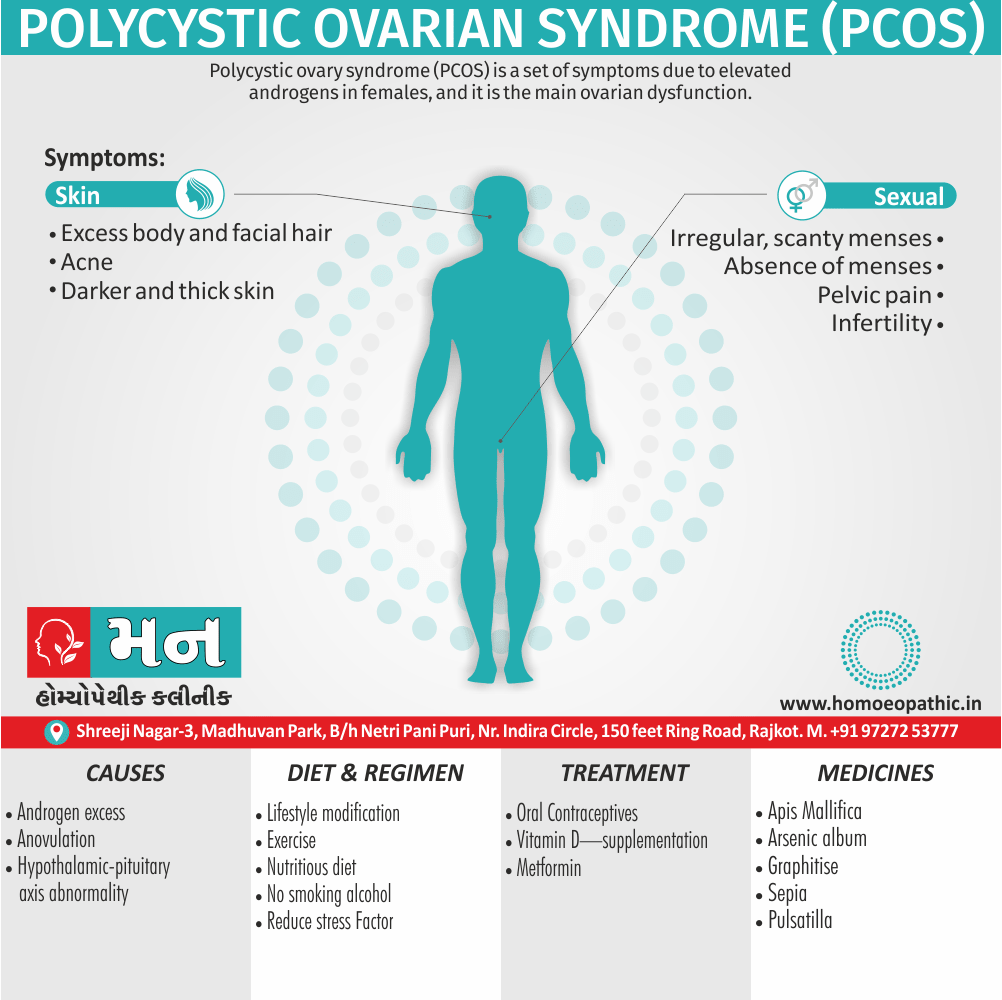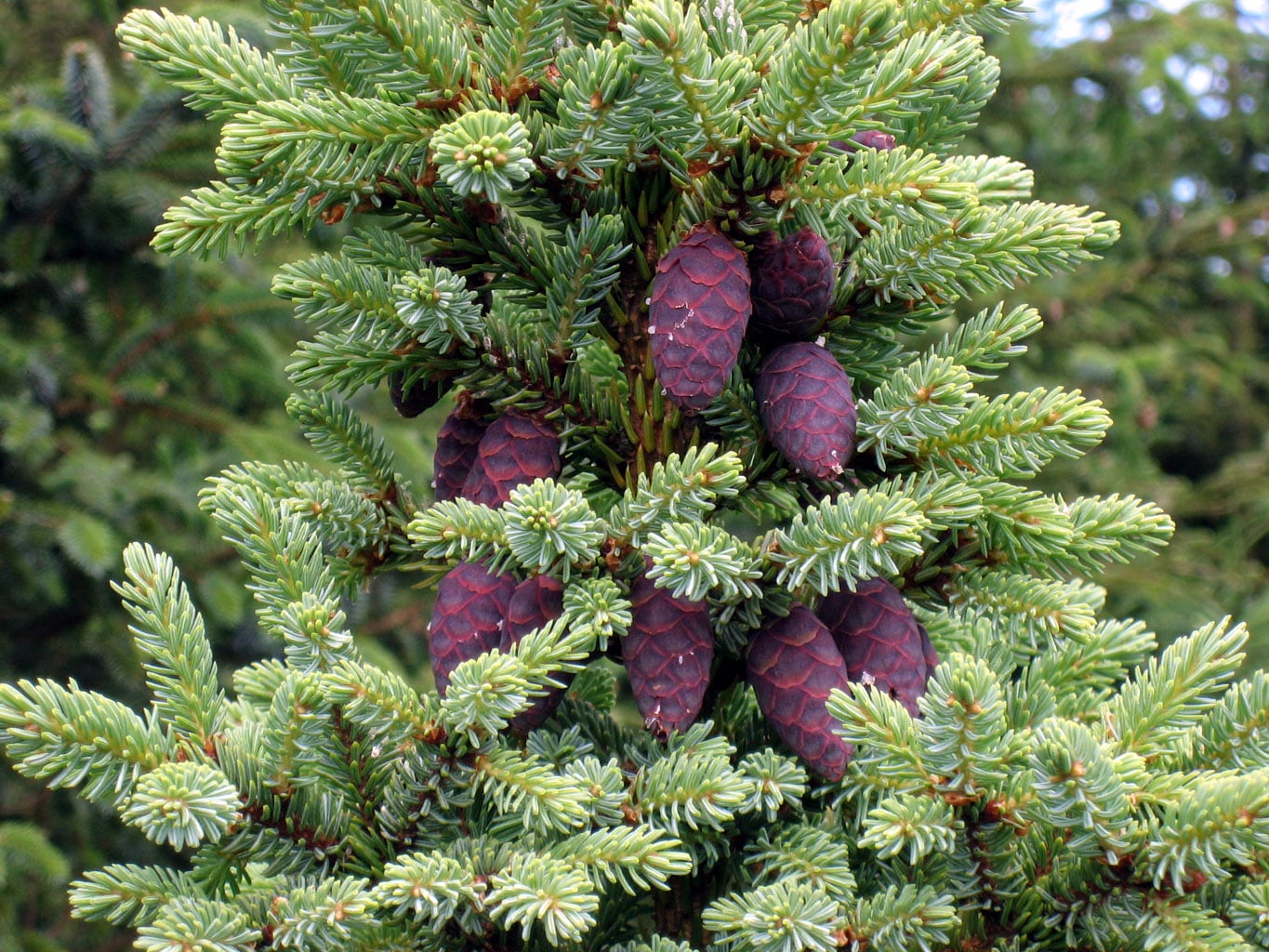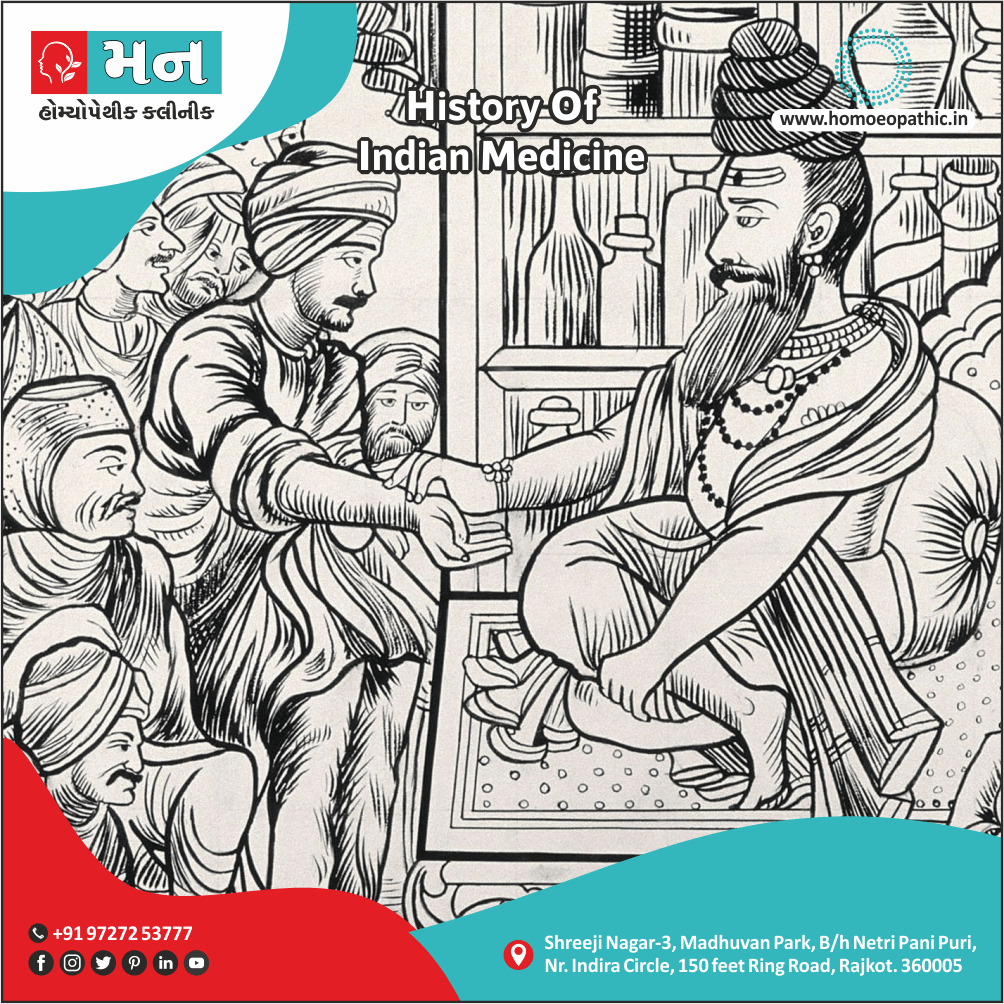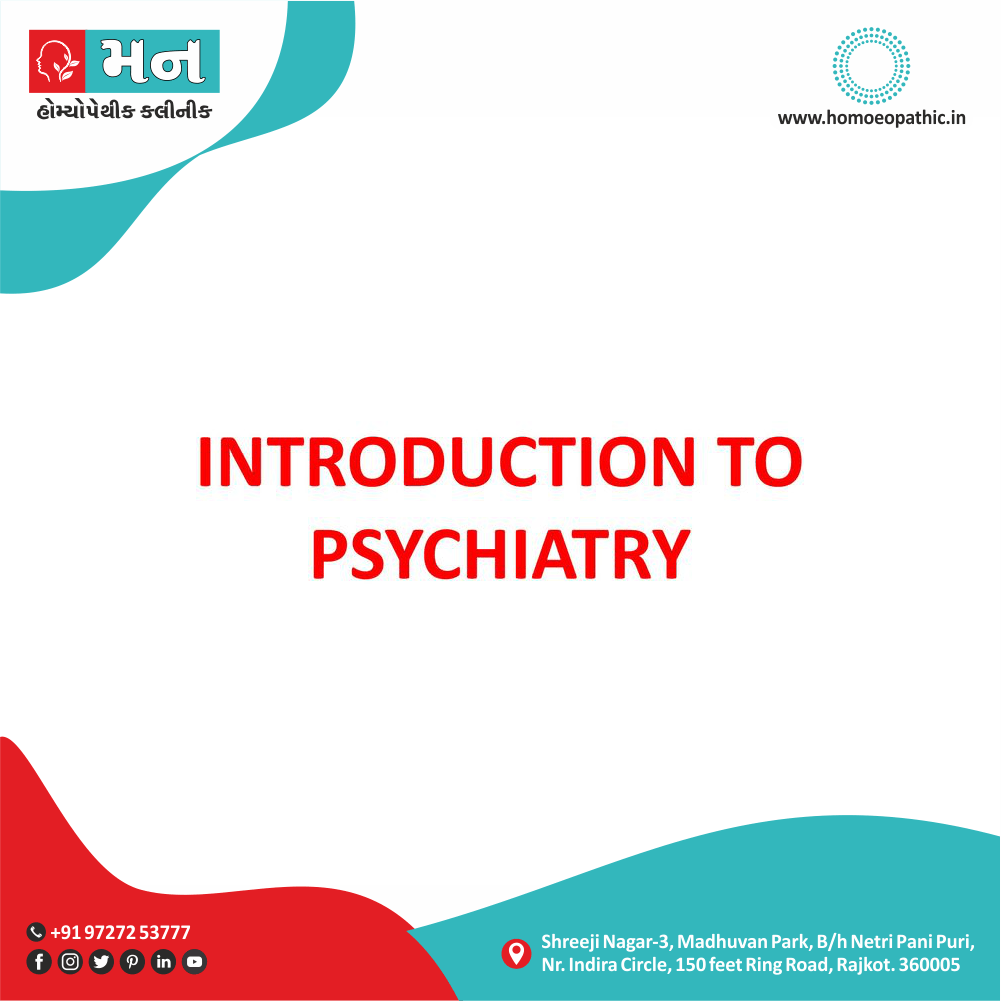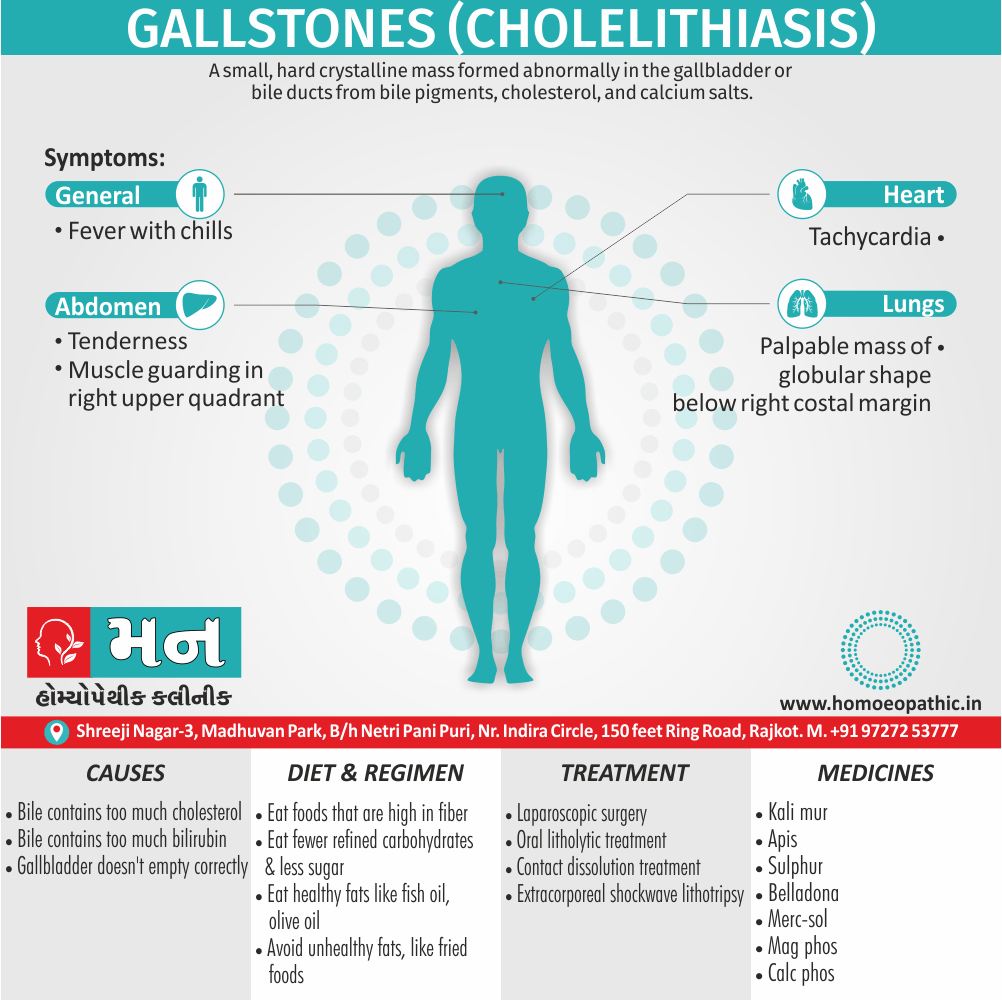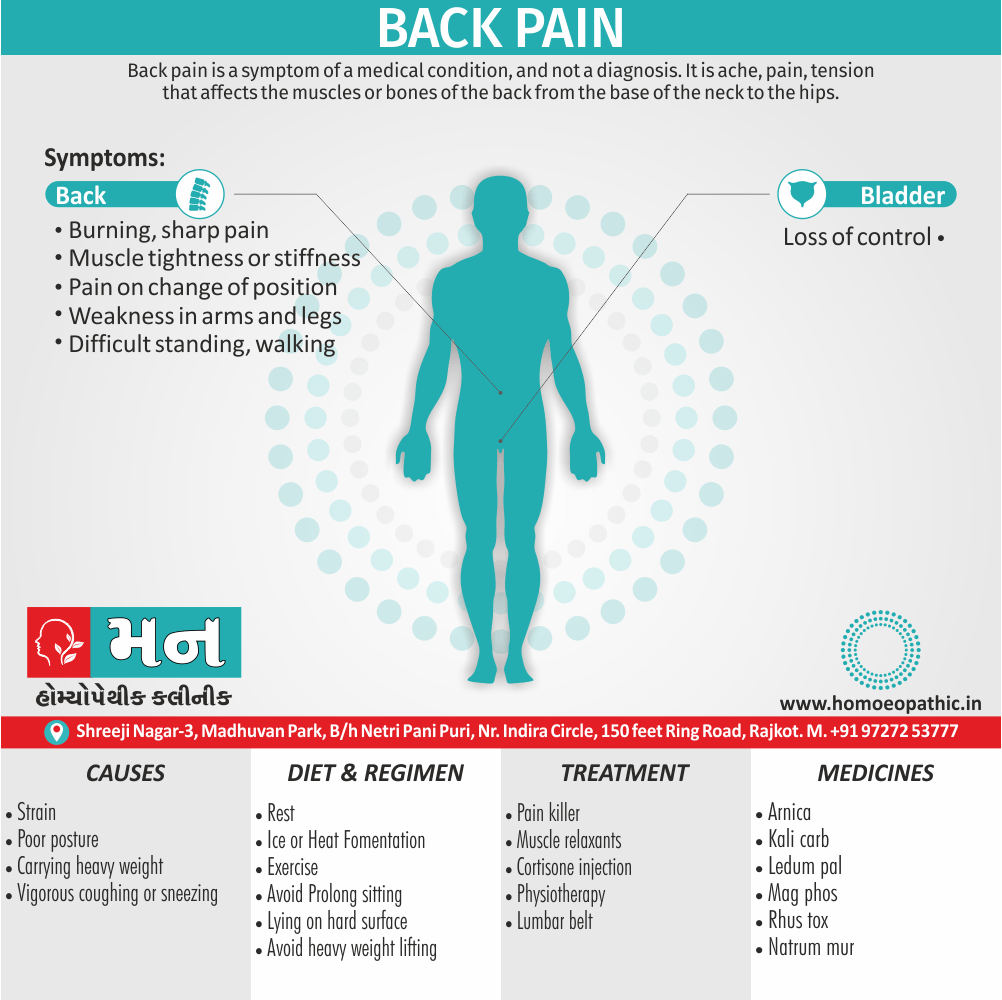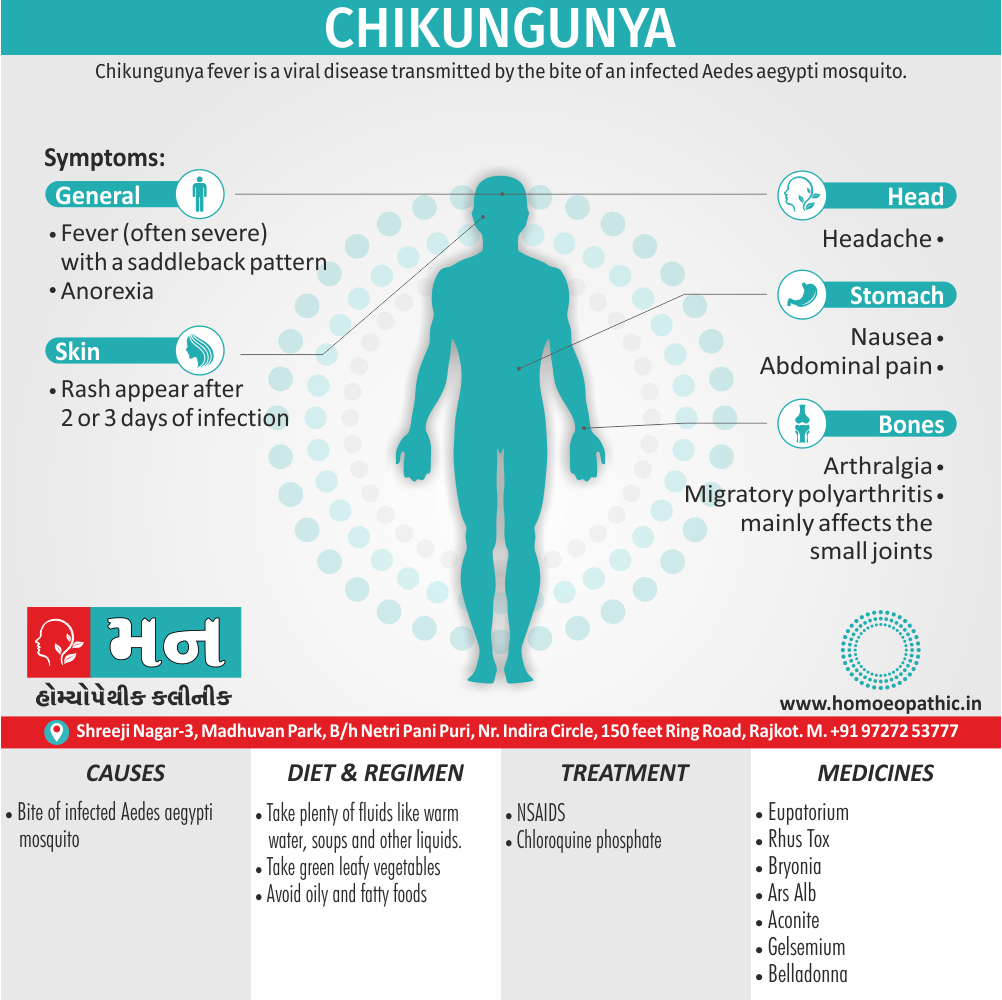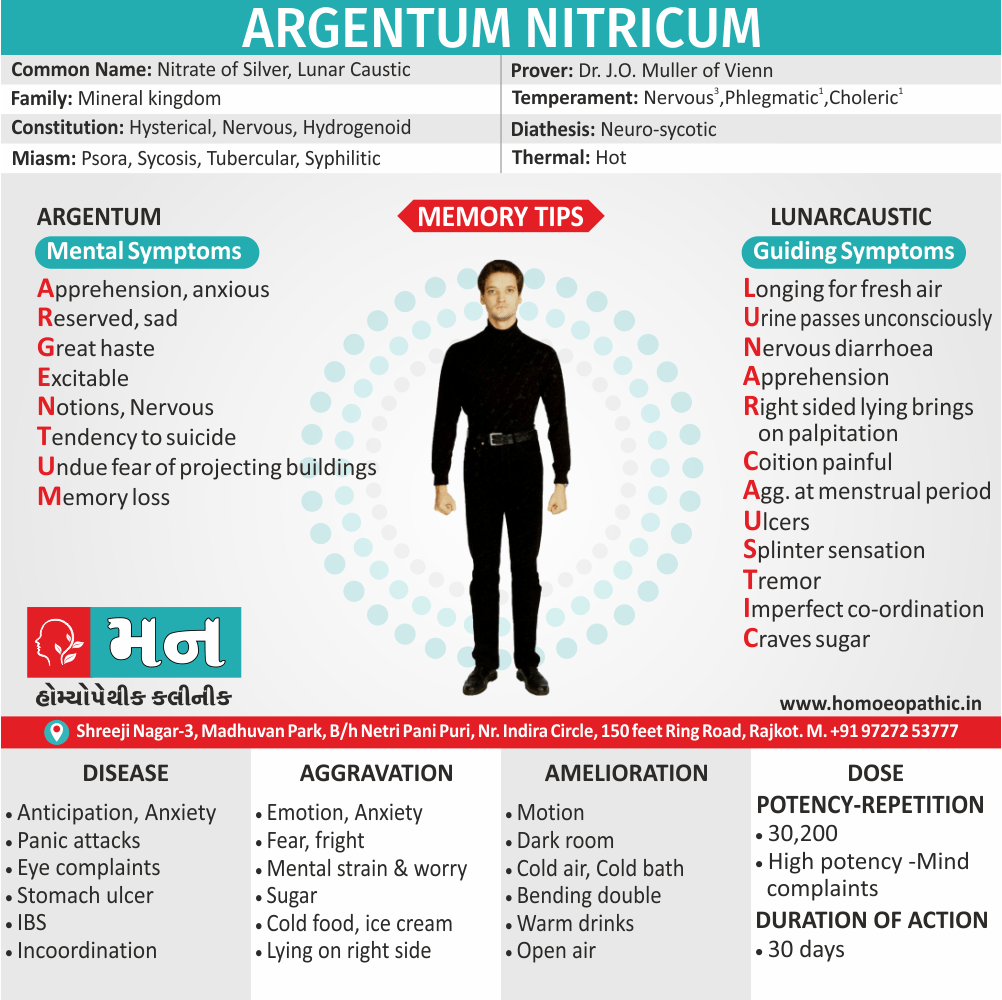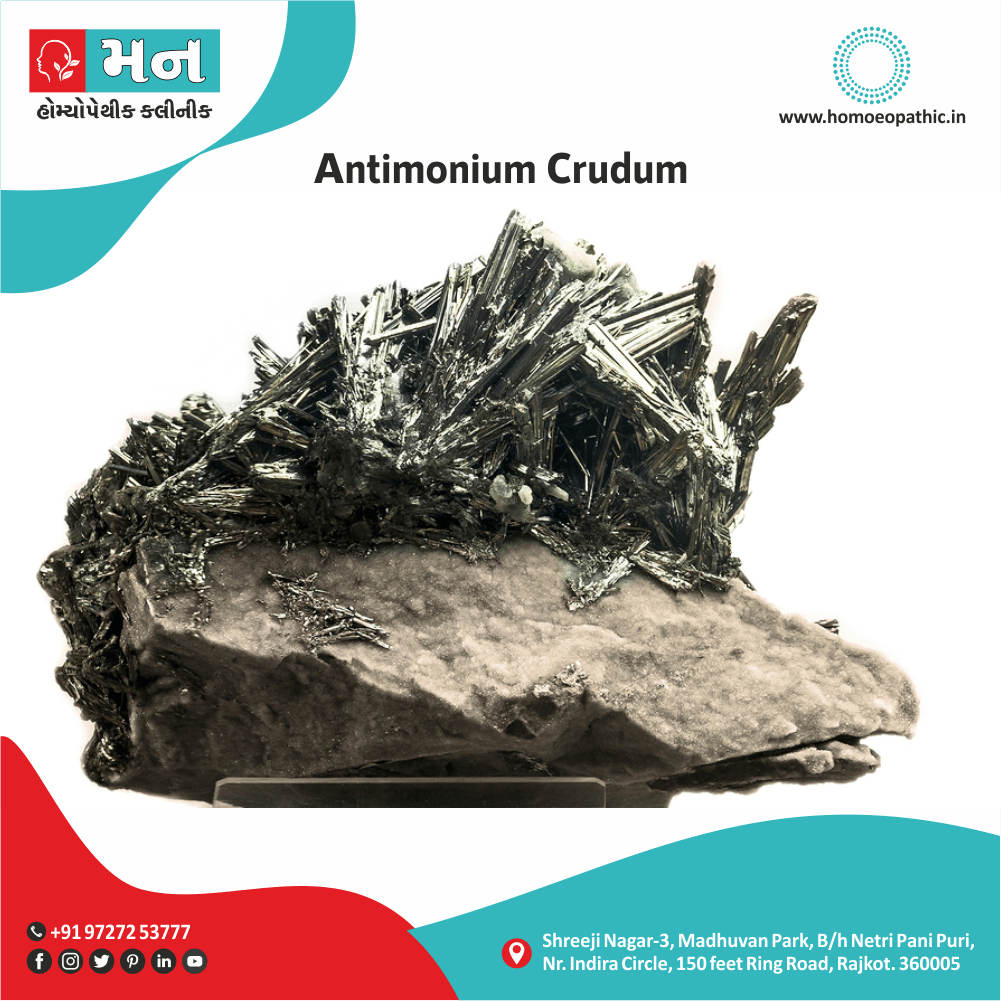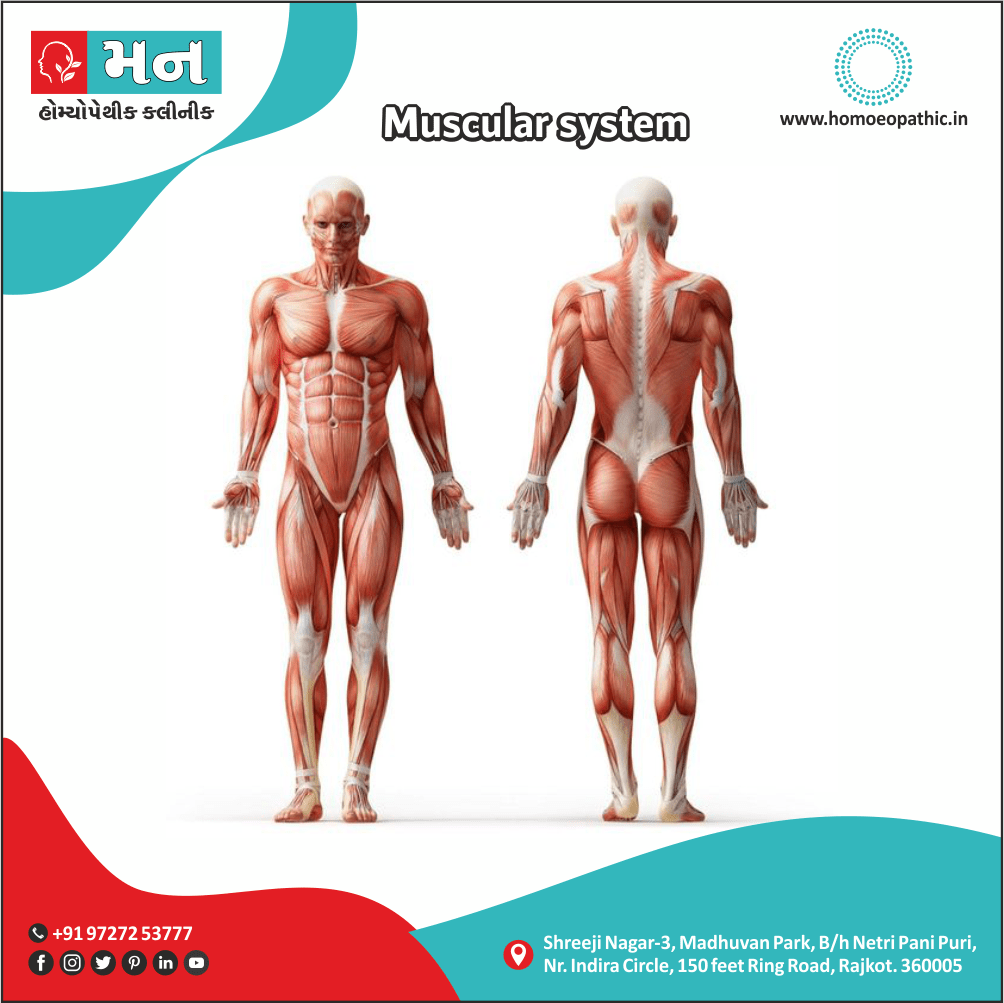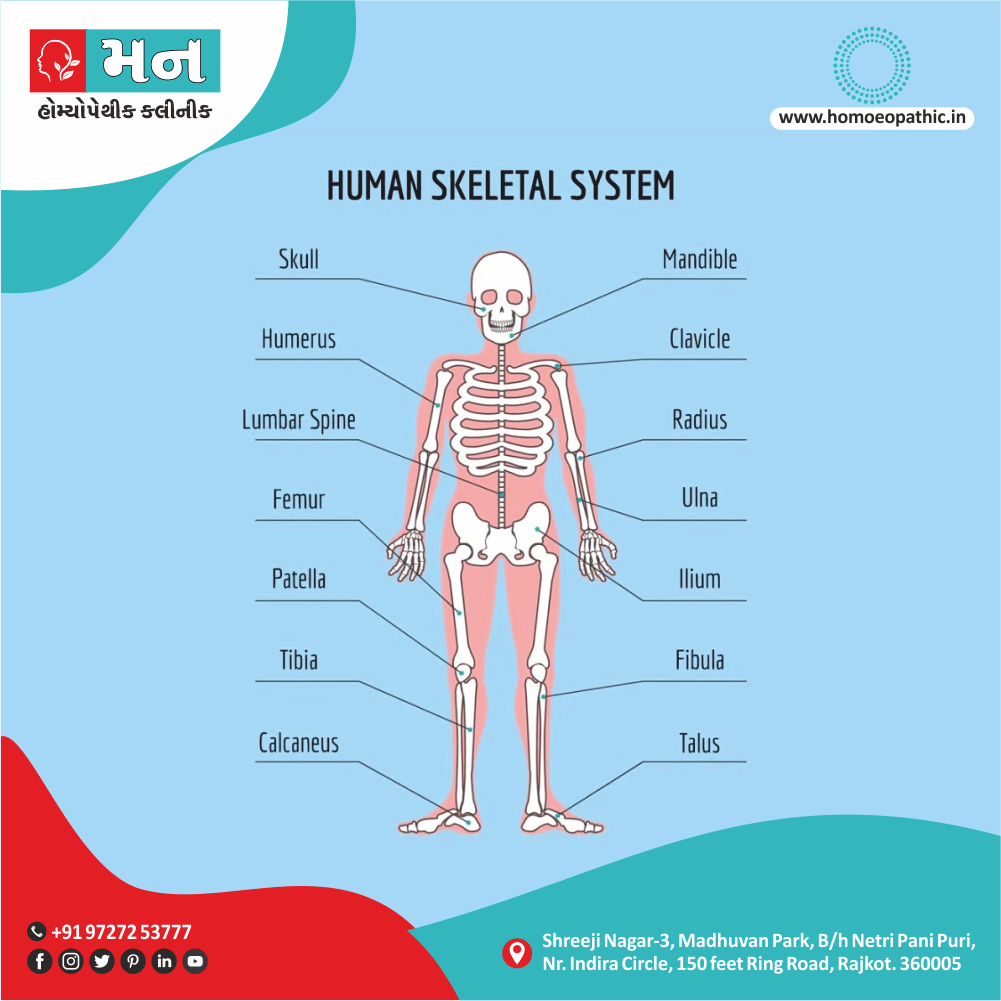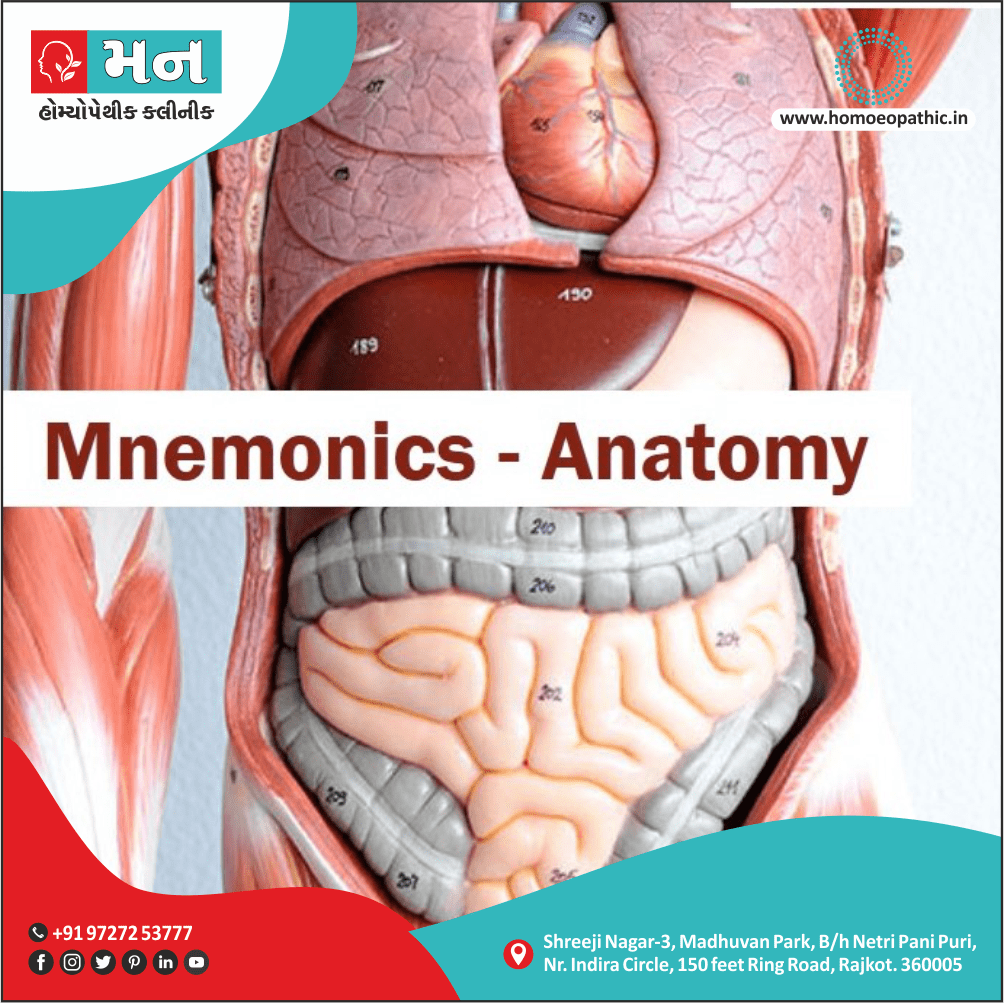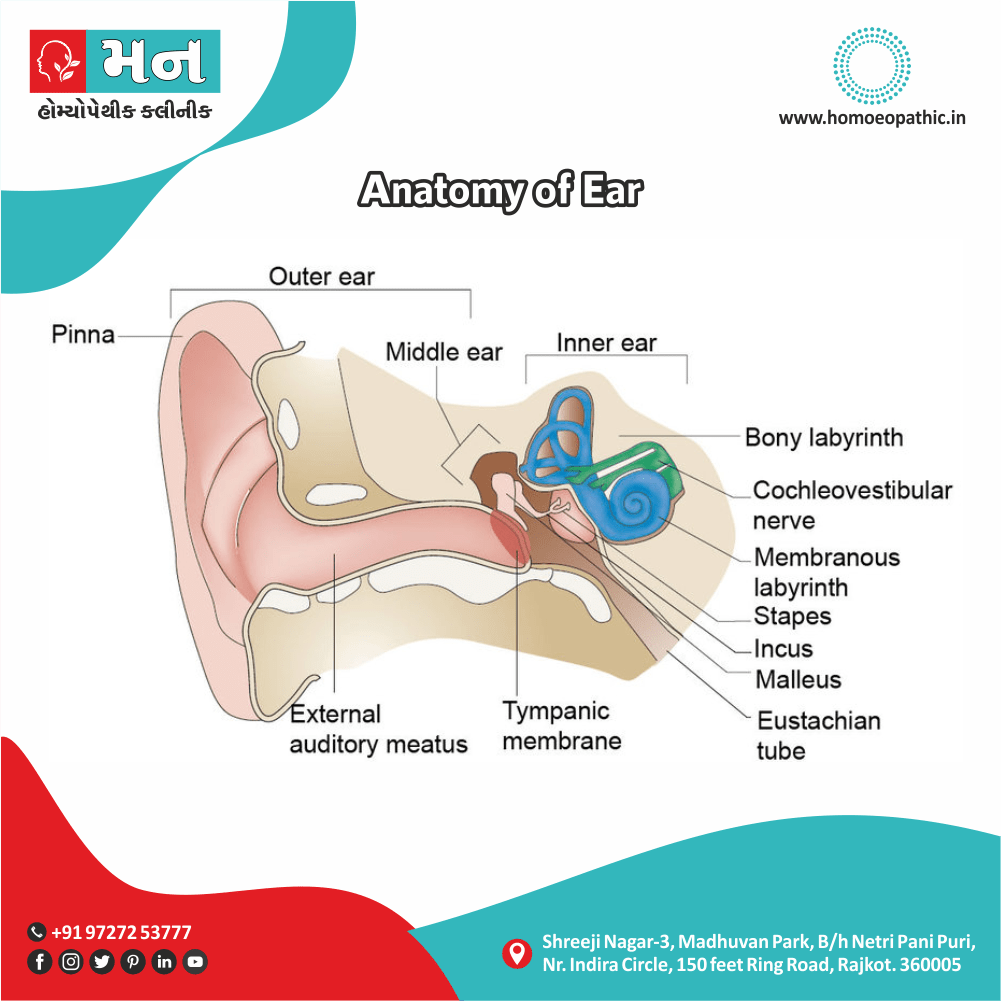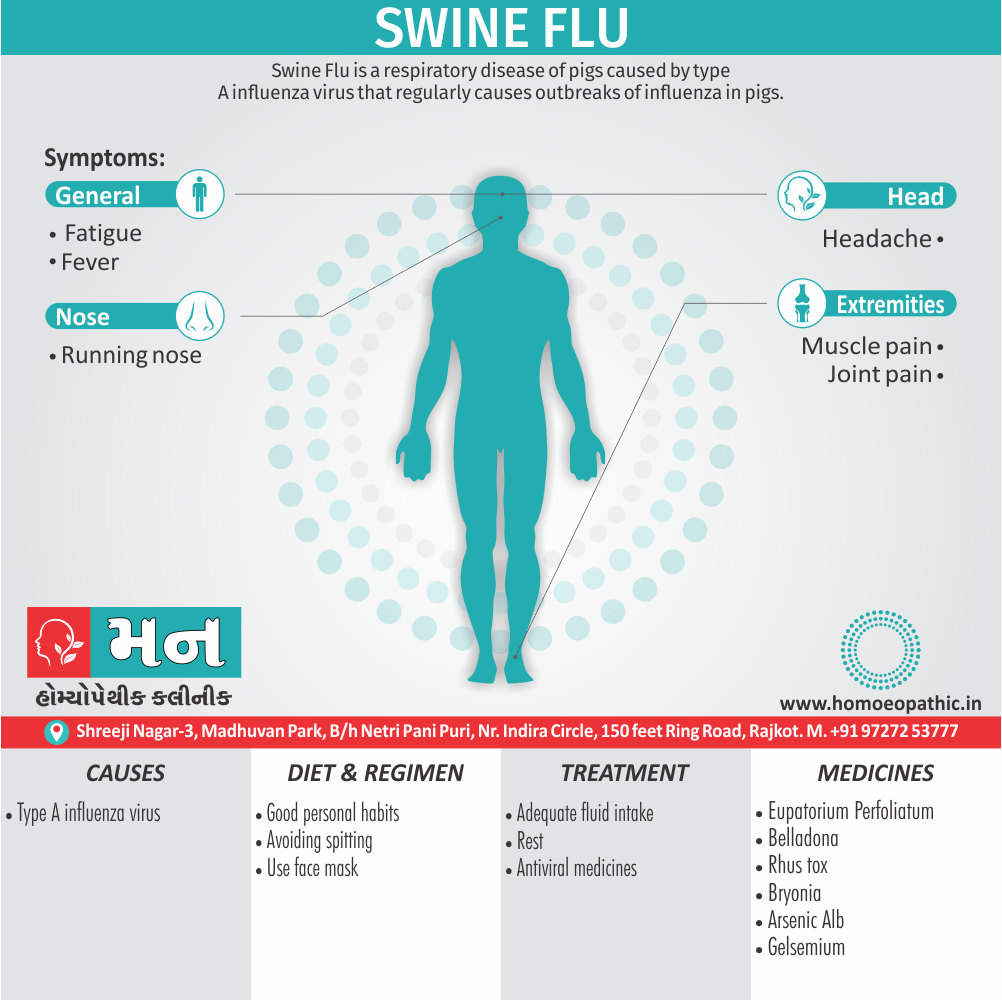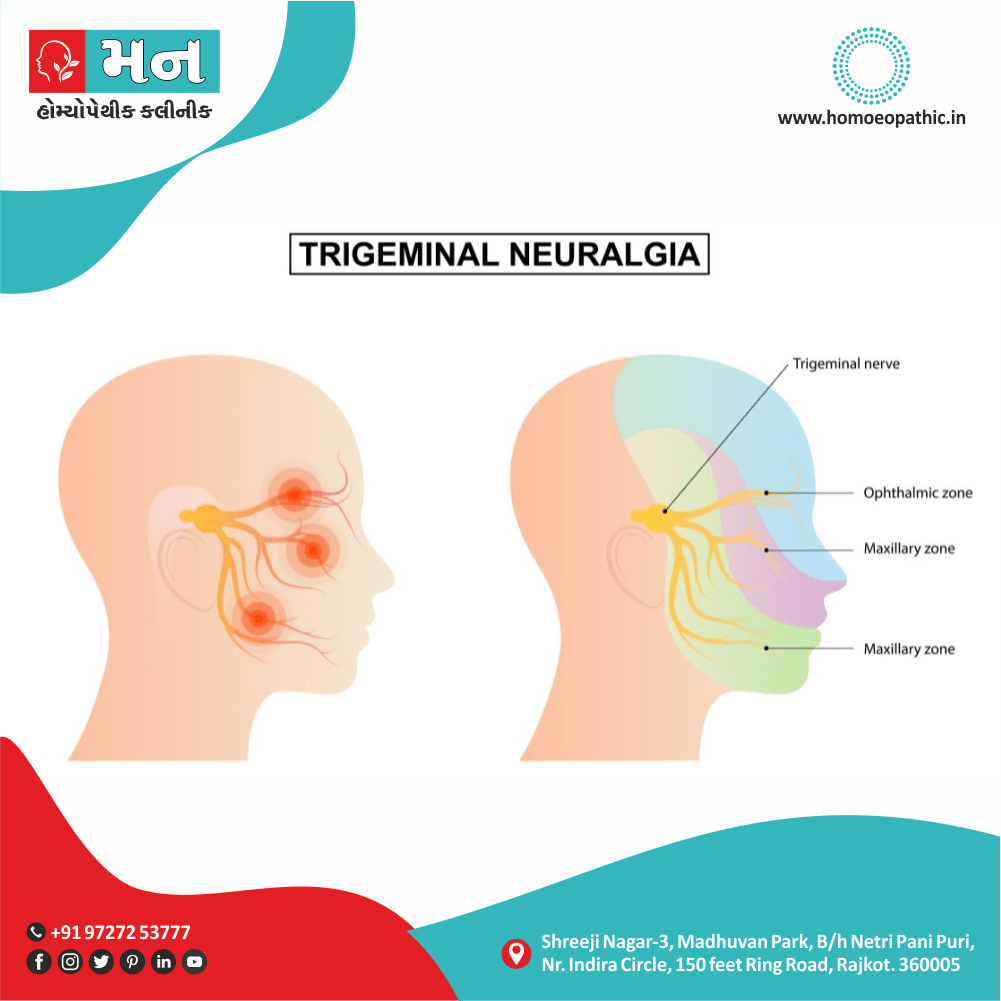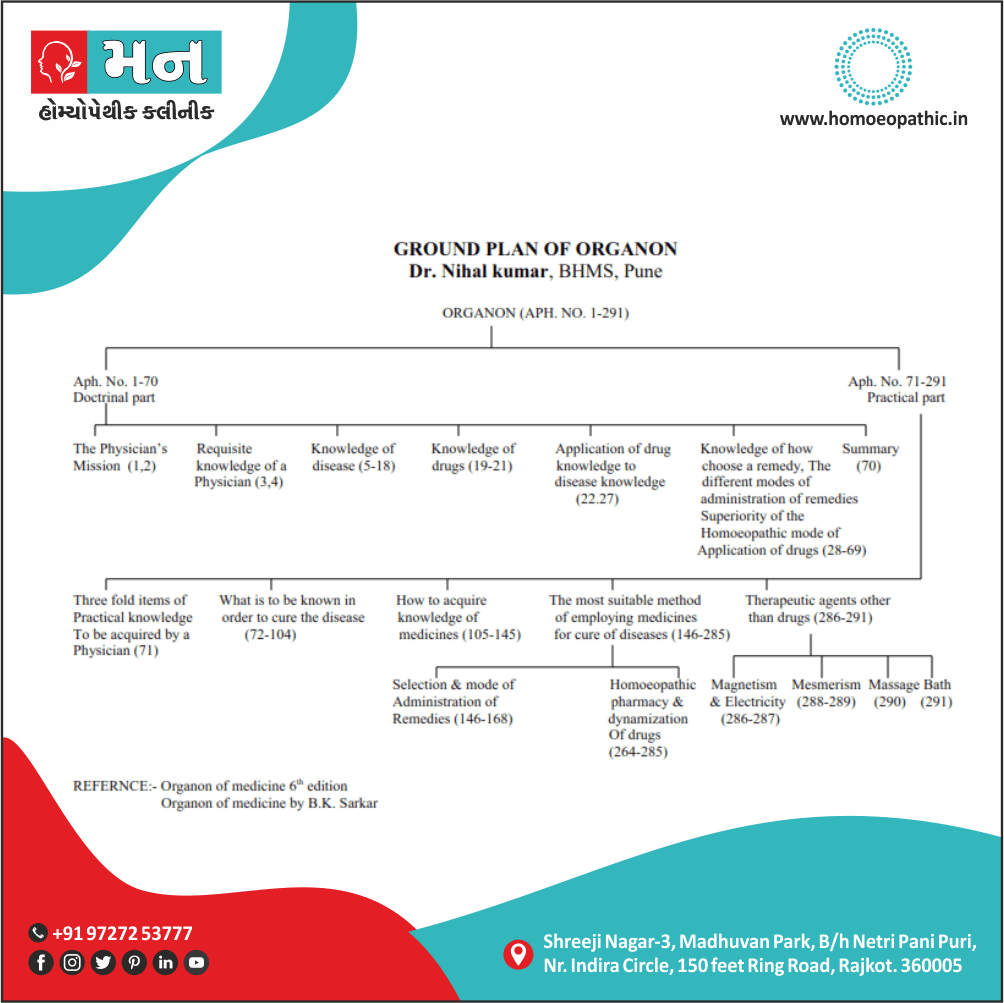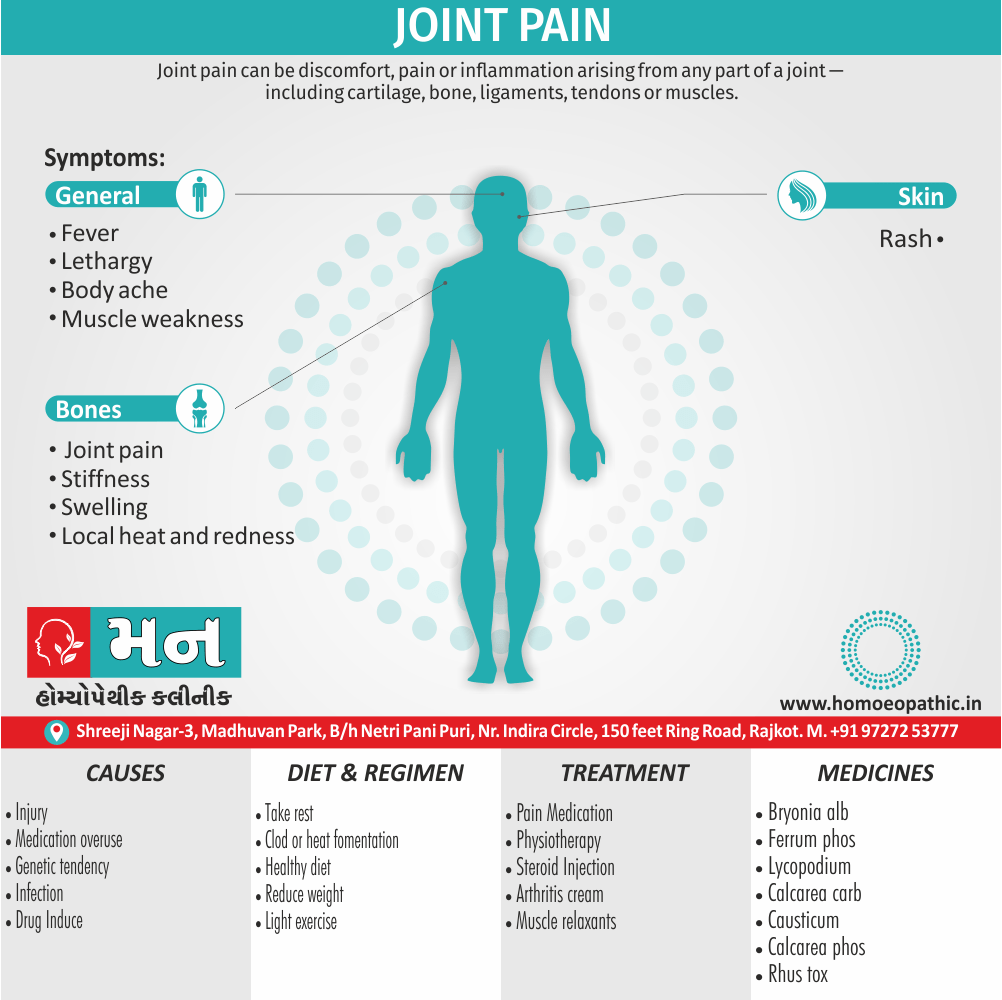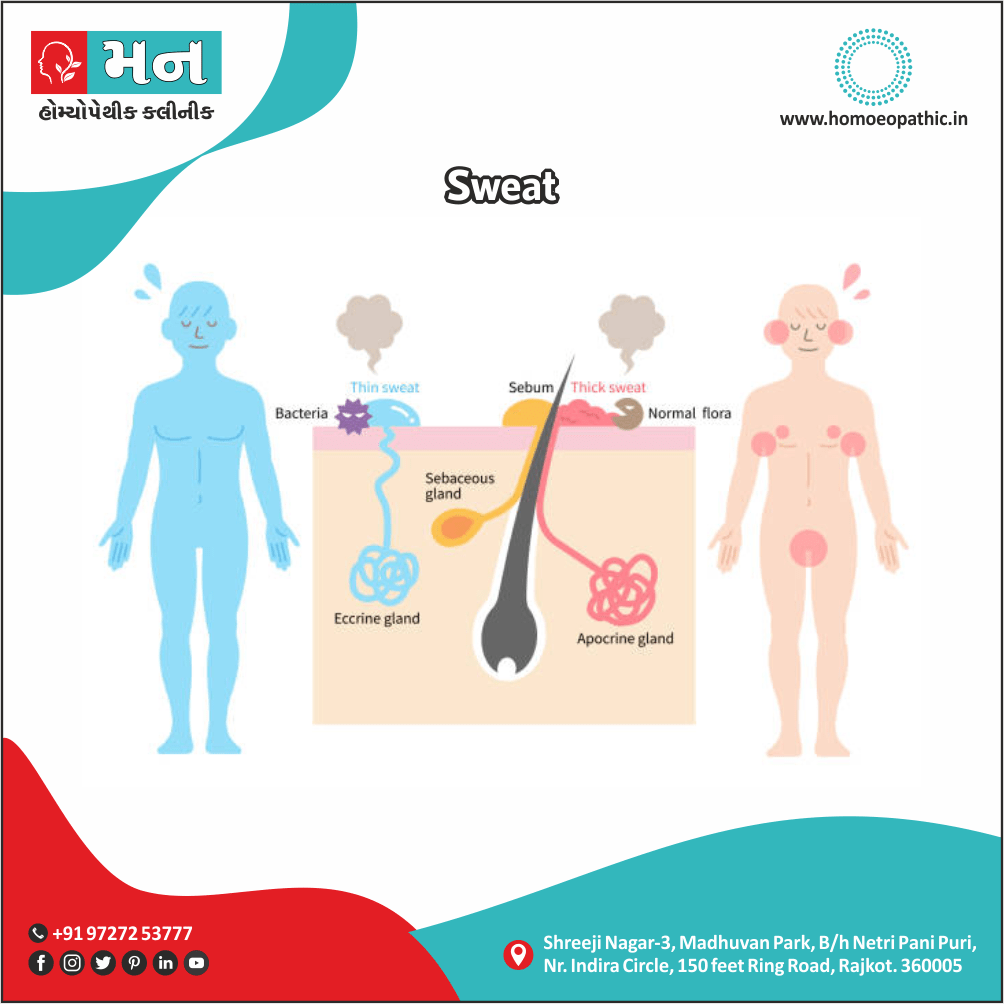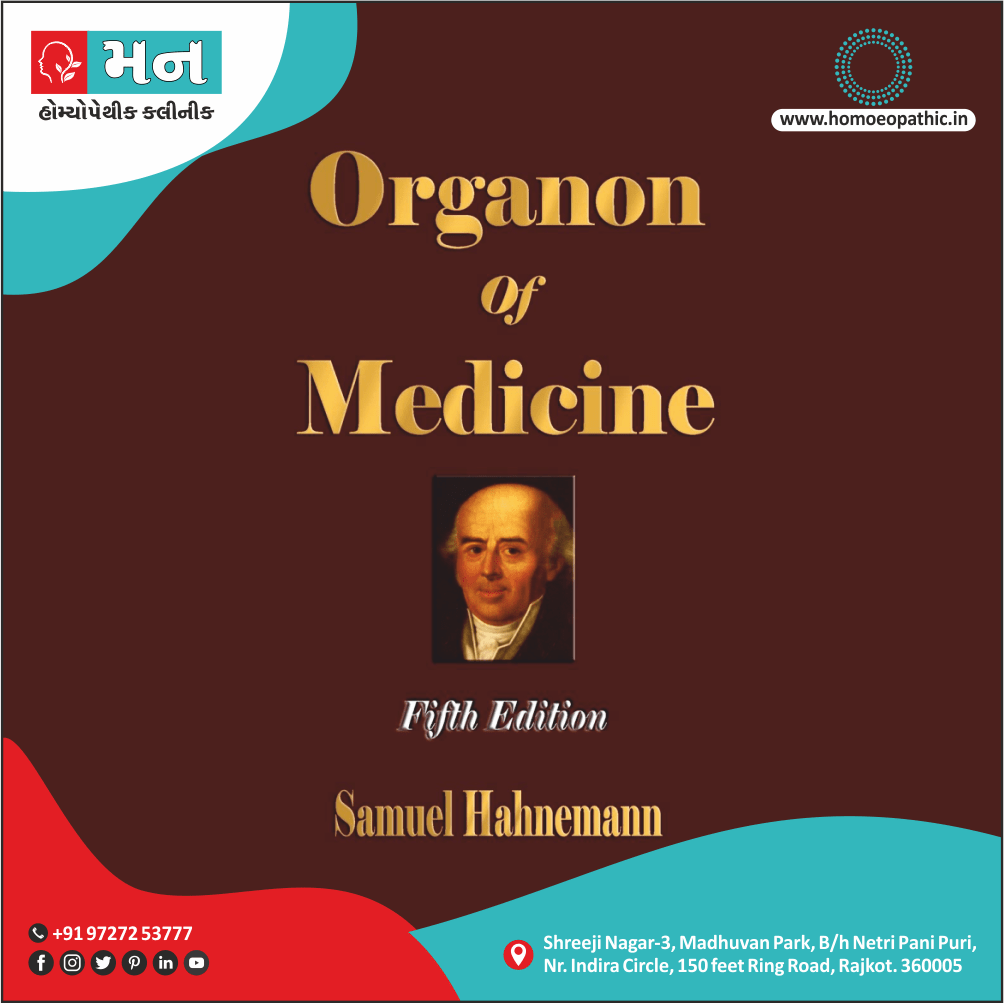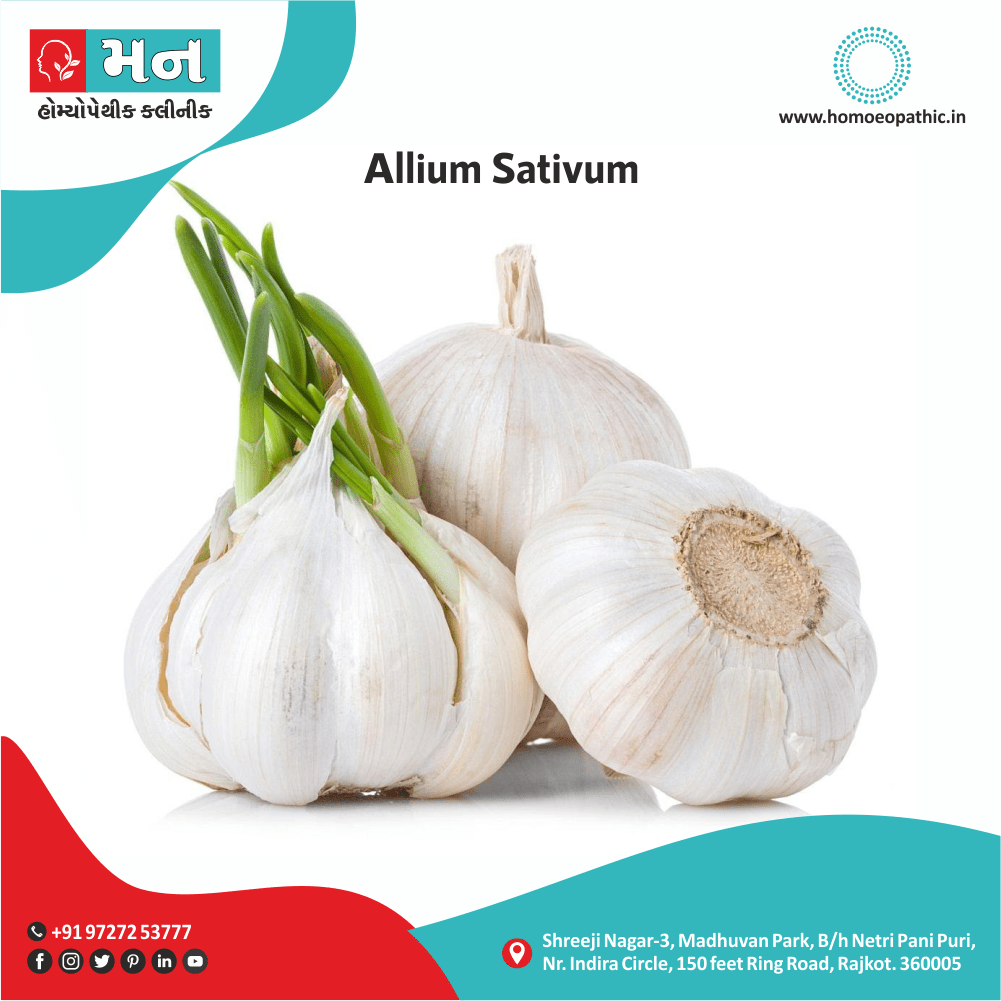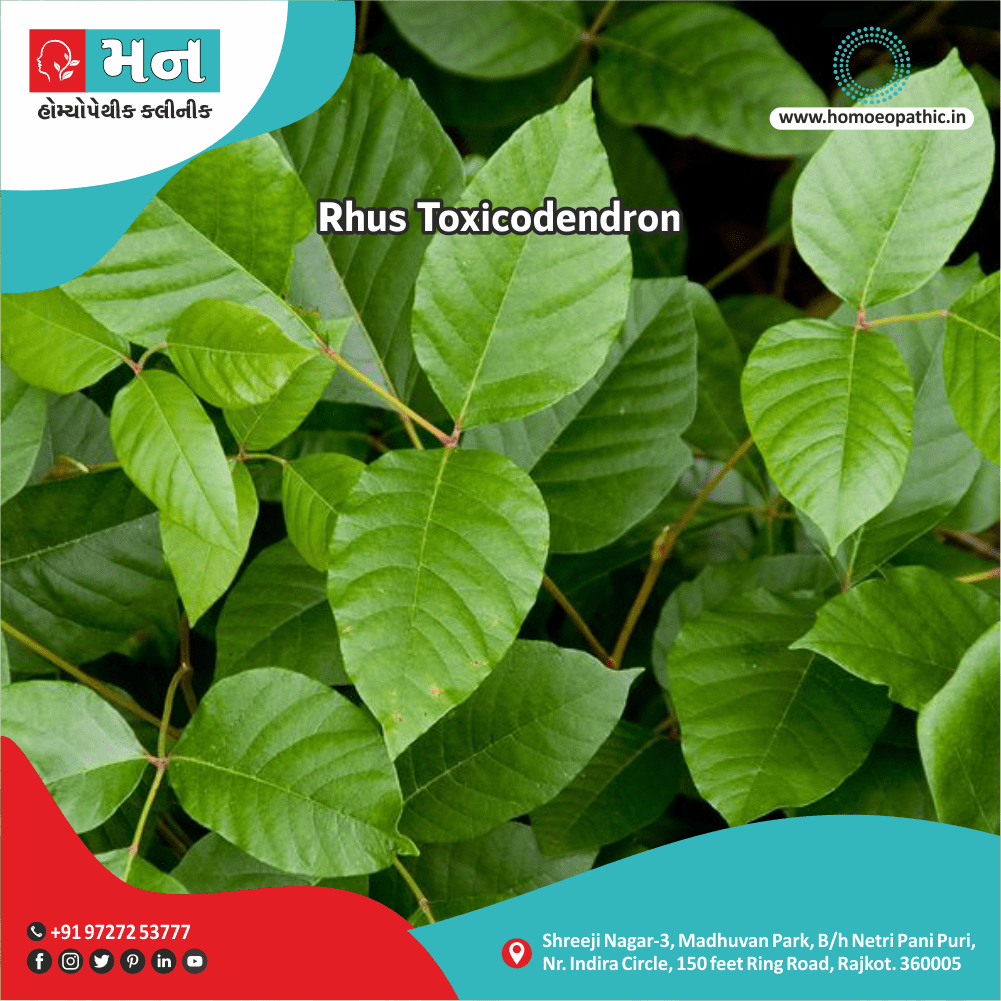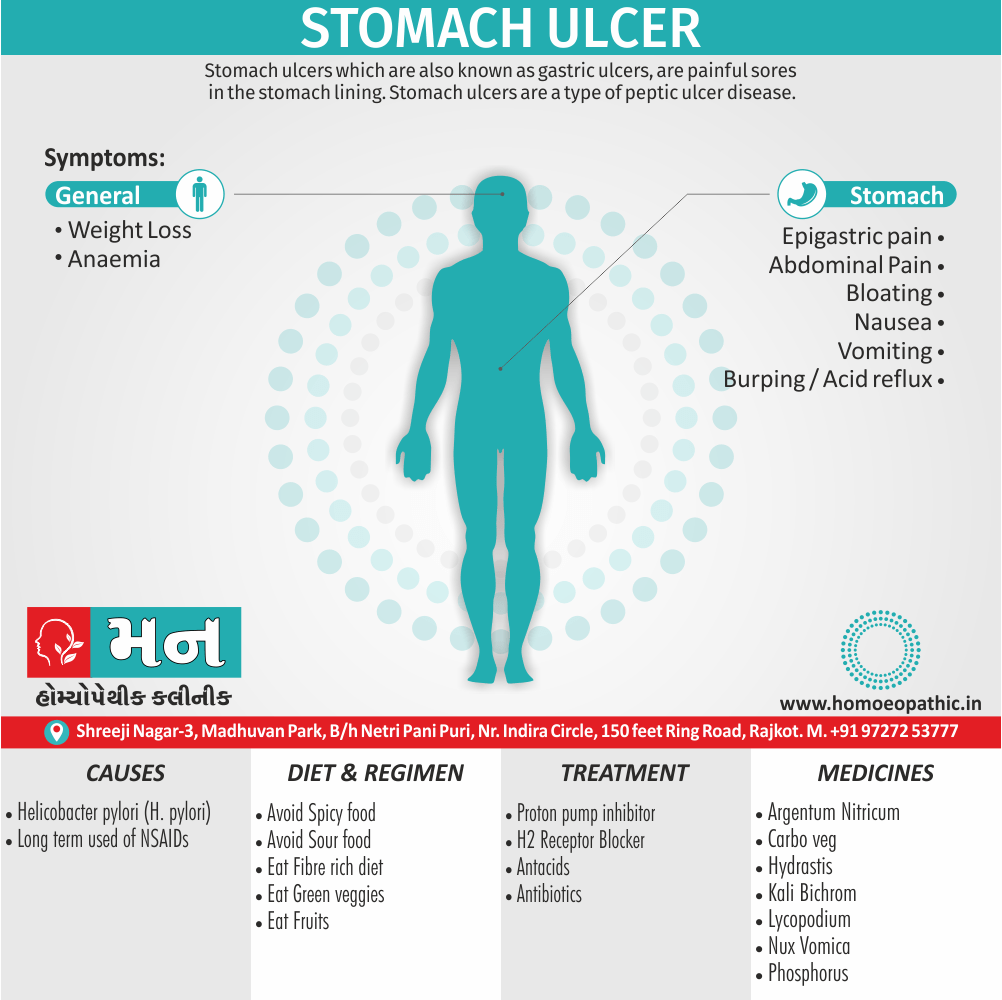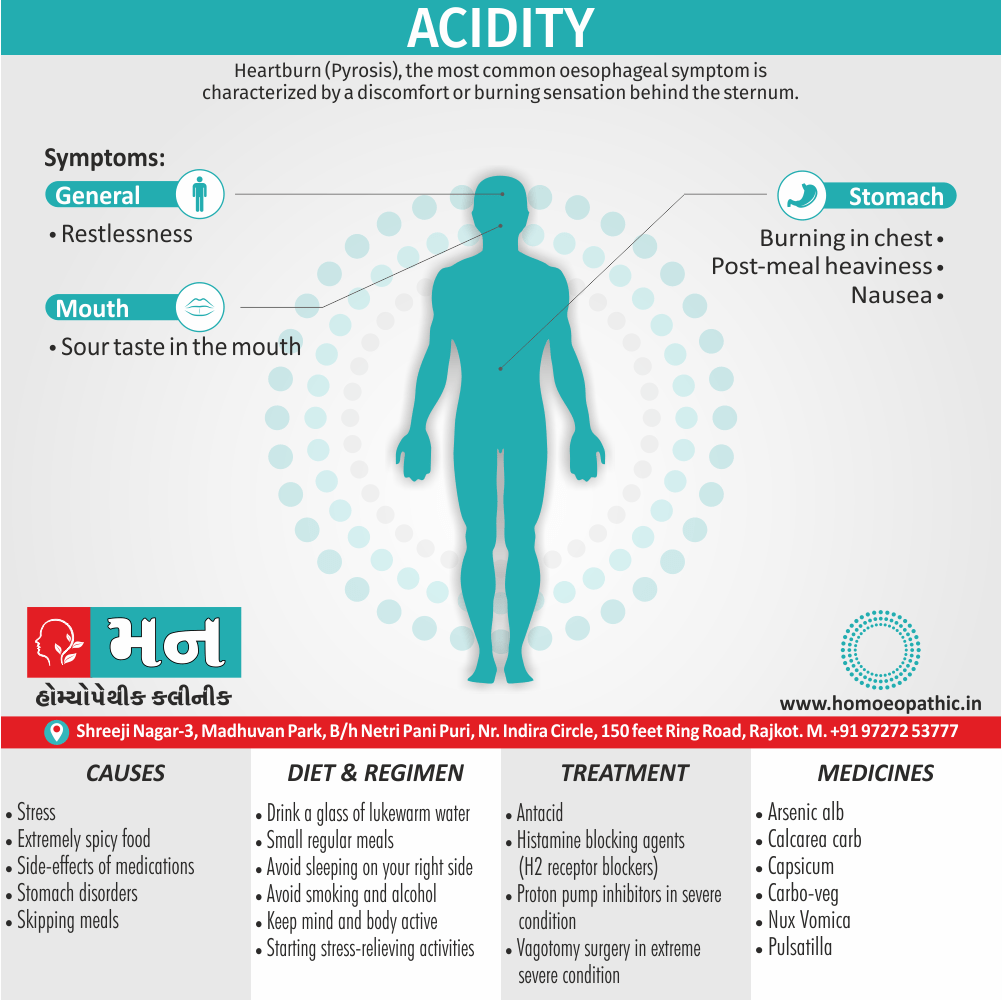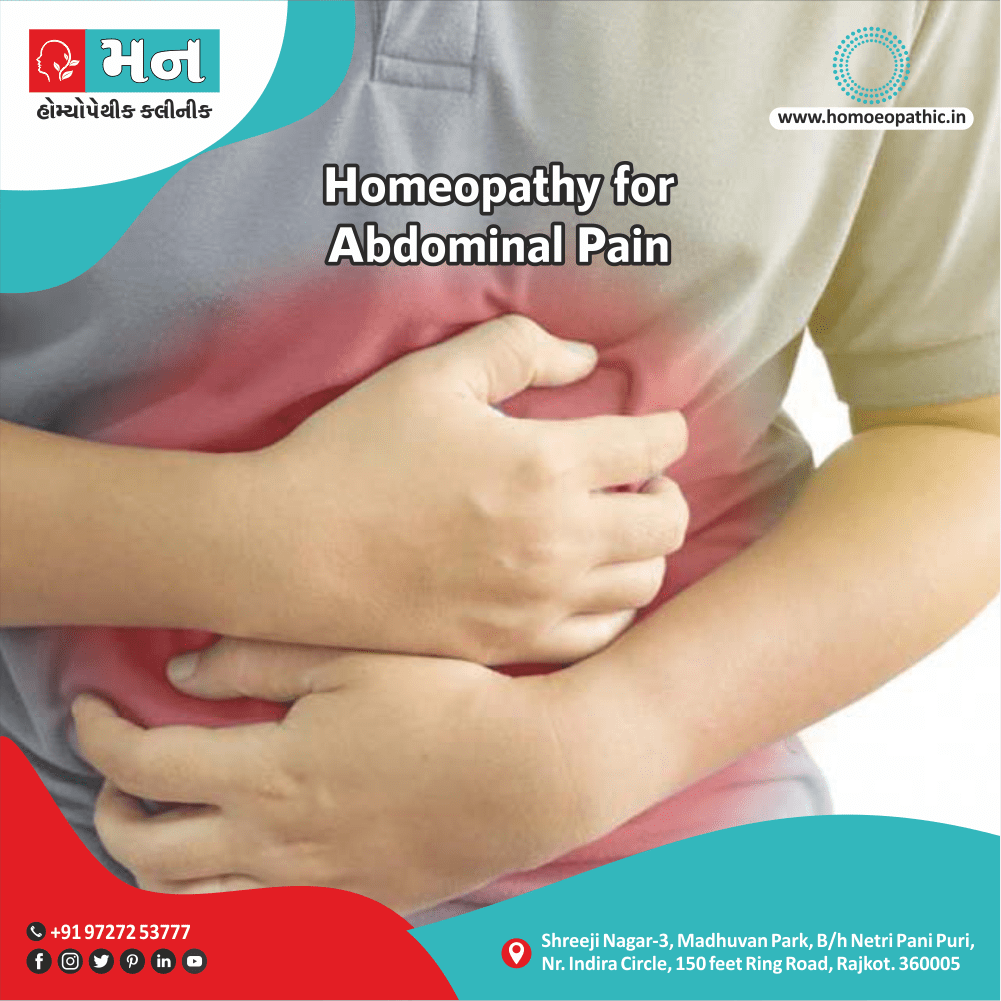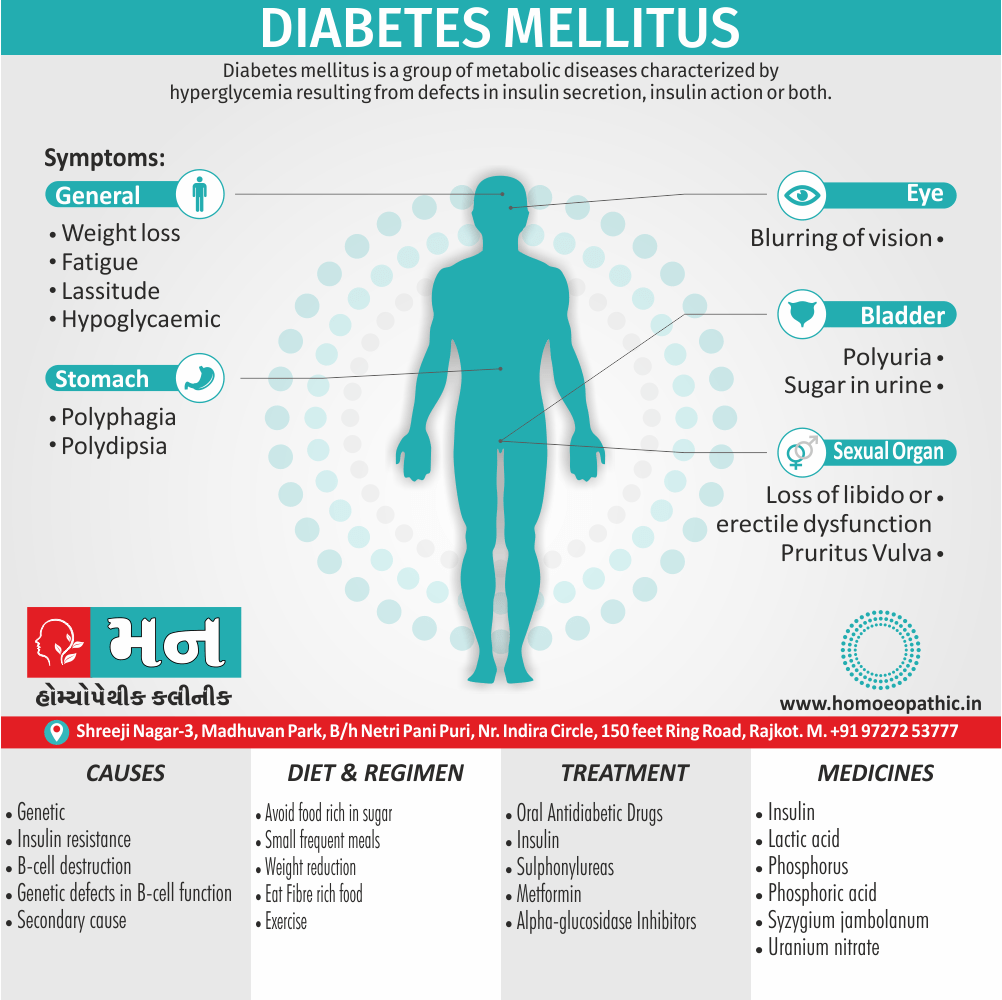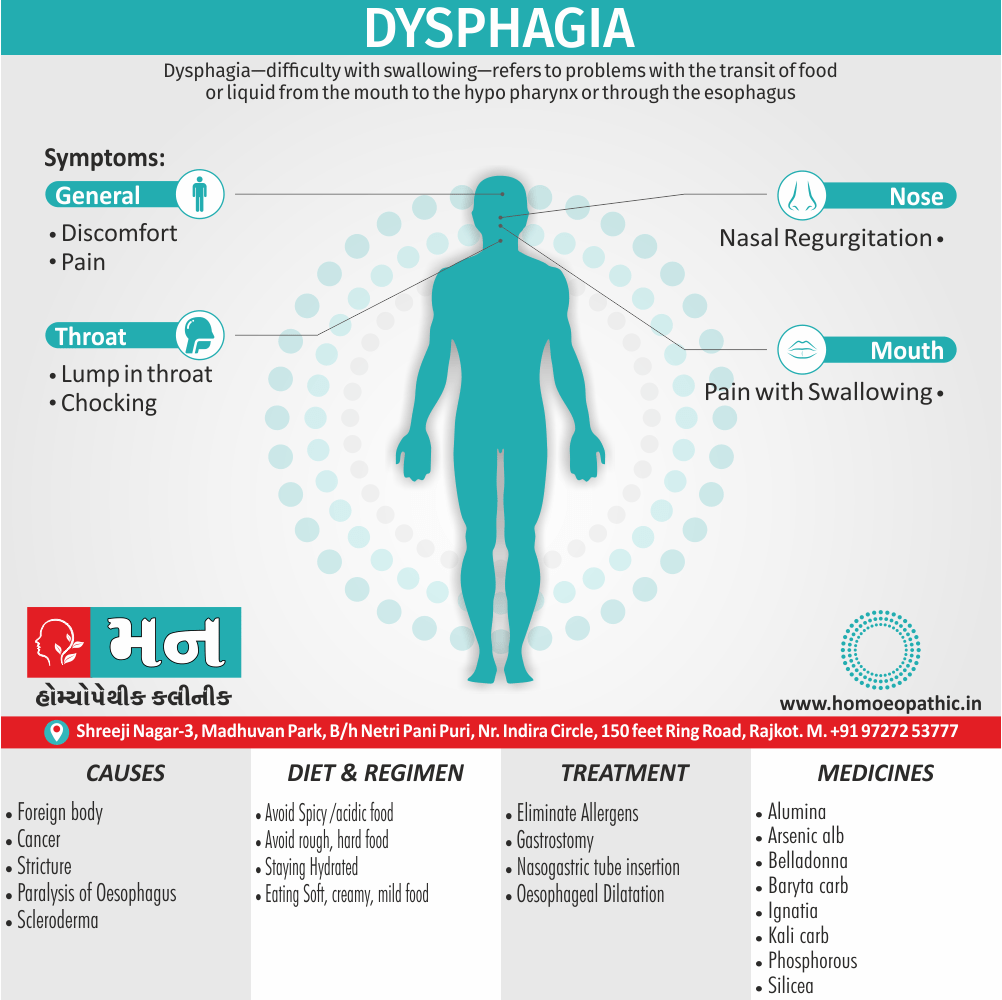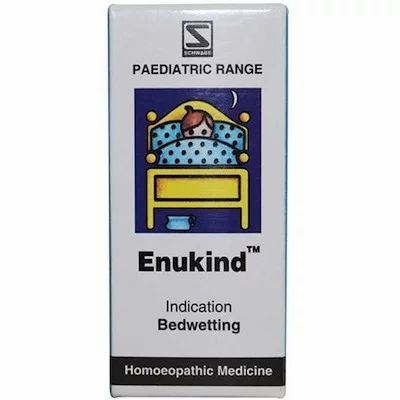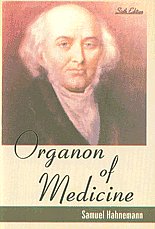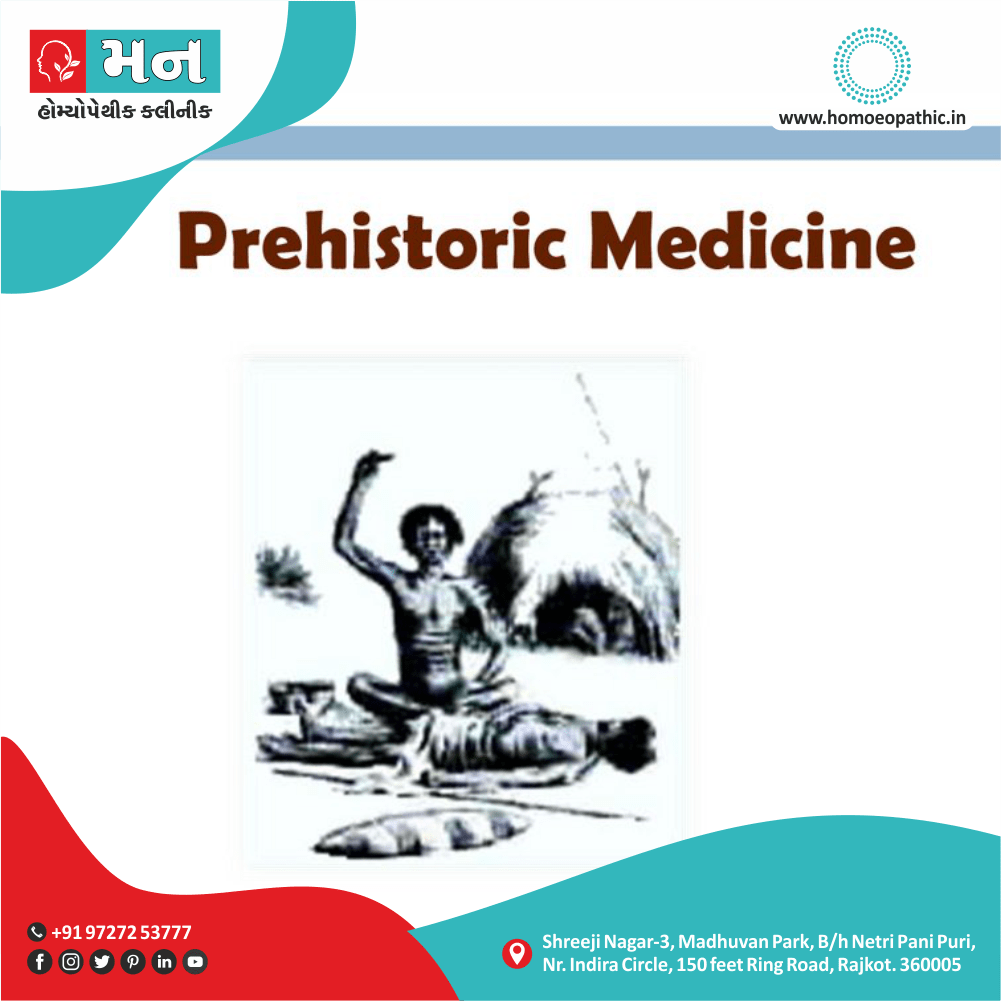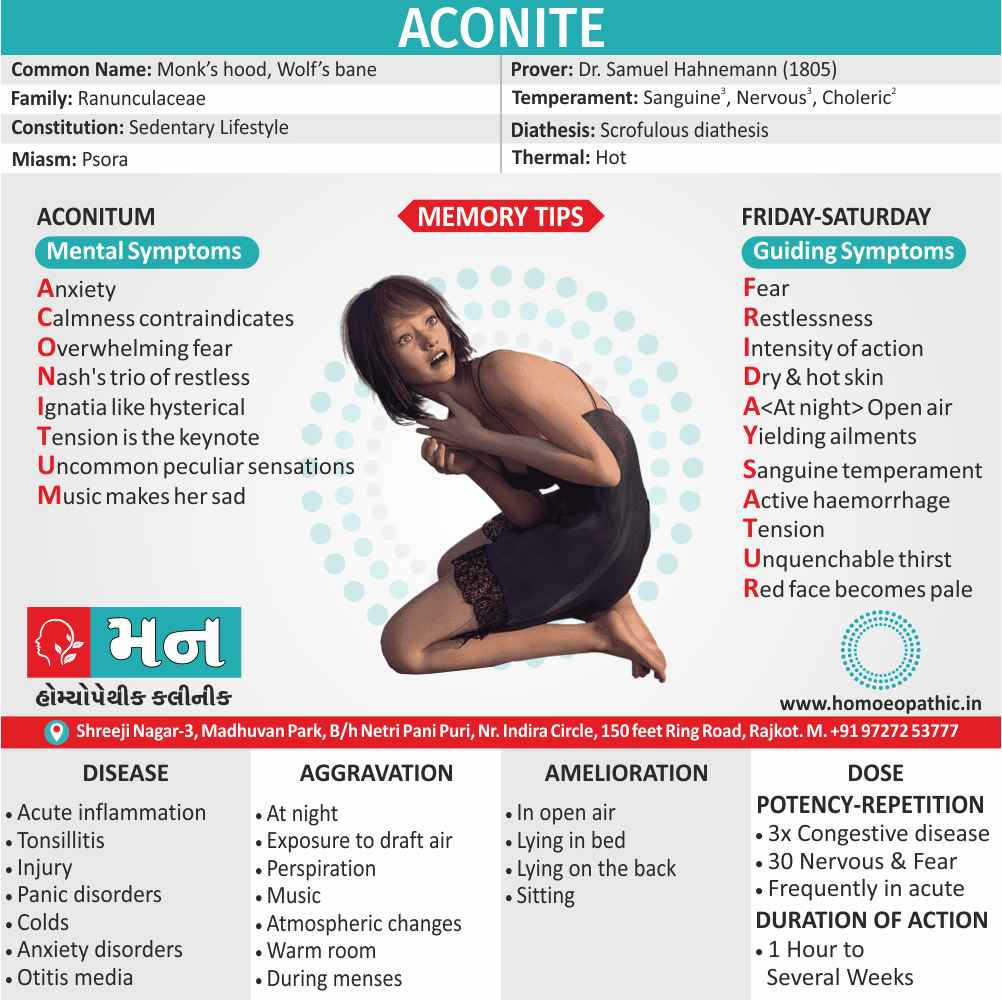Definition
A cough, also known as tussis, is a voluntary or involuntary act that clears the throat and breathing passage of foreign particles, microbes, irritants, fluids, and mucus; it is a rapid expulsion of air from the lungs.[2]
Overview
Epidemiology xxx
Causes
Types
Risk Factors
Pathogenesis xxx
Pathophysiology
Clinical Features xxx
Sign & Symptoms
Clinical Examination
Diagnosis
Differential Diagnosis
Complications
Investigations
Treatment
Prevention
Homeopathic Treatment
Diet & Regimen
Do’s and Dont’s xxx
Terminology xxx
References
FAQ xxx
Also Search As xxx
Overview
Overview of Cough
In general, Coughing is the sudden expulsion of air from the lungs through the epiglottis, the little trapdoor that covers the entrance to your windpipe.
Acute cough, which is defined as duration < 21 days is usually related to respiratory infection, aspiration, or inhalation of respiratory irritants. Additionally, Subacute cough (present for 3-8 weeks) is often related to persistent inflammation from a tracheobronchitis episodes.
Chronic cough (especially, > 8 week in duration) can be caused by many pulmonary and cardiac disease). Chronic cough is estimated to occur in up to 40% of the population.
Traditionally, a dichotomy has separated the upper also lower airways, with the upper airway being the domain of the otolaryngologist and the lower airway being the domain of the pulmonologist.
Lastly, Recent research that shows a high proportion of patients with asthma and coexisting allergic rhinitis has paved the way for the “one airway” theory, besides this, in which a continuum of inflammation that involves the entire airway can be thought of as the underlying mechanism for disorders that start from the nose and mouth and extend to the most distal aspects of the lungs. [4]
Epidemiology xxx
Indian epidemiology then other
Causes
Causes of Cough
Infections:
- Acute – e.g. Laryngitis, tracheitis, bronchitis, bronchiolitis, pneumonia. Whooping cough.
- Chronic – e.g. Pulmonary tuberculosis, chronic bronchitis, chronic laryngitis, bronchiectasis, lung abscess.
Mechanical irritation:
- Inhalation of dust (specifically in pneumoconiosis), irritant gases, chemical fumes or pungent smells, Tobacco smoking.
- Foreign body in larynx or bronchi.
- Post-nasal drip in chronic sinusitis.
- Gastro-esophageal reflux.
- Compression of air passages – (i) Extramural – Aortic aneurysm, pulmonary neoplasm, mediastinal masses, enlarged LA in mitral stenosis. (ii) Intramural – Bronchogenic carcinoma or adenoma, foreign bodies, bronchospasm (asthma), granulomatous endobronchial disease.
- Pressure or tension on air passages – Pulmonary Oedema, interstitial fibrosis, atelectasis, pericardial effusion, pneumothorax.
Reflex – From reflex irritation of vagus:
- Wax in external ear or otitis media.
- Distention of stomach or rarely of colon.
- Sub diaphragmatic abscess or liver abscess.
Thermal stimulus:
- Inhalation of cold air especially in asthmatics and those with intercurrent infection.
Habit cough:
- When a patient has suffered from some prolonged illness in which cough has been a prominent feature, the cough may at times persist as a habit long after the cause has ceased to operate.
Psychogenic cough:
- May be a form of obsessional neurosis or coordinated tic.
Iatrogenic:
- ACE inhibitors, steroid aerosols [1]
Types
Classification of Cough
Dry or unproductive: Upper respiratory tract infection, early stage of pulmonary tuberculosis, bronchogenic carcinoma, smoker’s cough, interstitial fibrosis, bronchial asthma, tropical eosinophilia, pulmonary infarction, etc., Psychogenic or habitual cough.
Wet or productive: Bronchiectasis, lung abscess, fungal infections.
Paroxysmal: Bronchial asthma, cardiac failure, whooping cough.
With wheezing: Bronchial asthma, tropical eosinophilia, chronic bronchitis.
Barking: Harsh, loud, ‘seal-like’ cough, paroxysmal or occasional, in hysteria (functional) disturbing to the hearer, but perhaps not to the patient himself or herself.
Nocturnal in asthma, pulmonary Oedema, post-nasal drip in chronic sinusitis, reflux esophagitis.
Bovine :(Brassy or gander, or leopard’s growl) – due to laryngeal paralysis from involvement of recurrent laryngeal nerve e.g. in aortic aneurysm.
Staccato: In whooping cough there is paroxysmal cough ending in a whoop.
Croupy: Harsh, hoarse cough in laryngeal infection.
Hacking: Short, dry, irritable cough frequently repeated in congestive conditions of pharynx, upper air passages, and smoker’s cough.
Suppressed and painful: In pleurisy cough is suppressed because chest pain is aggravated by coughing (and deep breathing).
Toneless, whispering, aphonic cough: In destructive lesions of vocal cords, e.g., tuberculous ulcer or neoplasm.
Spluttering in trachea: Esophageal fistula.
Cough related to exertion: In early LV failure and mitral stenosis.
Cough related to meals: Suggests hiatal hernia, tracheoesophageal fistula, or esophageal diverticula.
Early morning cough with expectoration in bronchiectasis and pulmonary TB.
Nocturnal cough: LV failure, bronchial asthma, chronic bronchitis, aspiration, post-nasal drip, GERD, esophageal obstruction, ACE inhibitors.
Recent worsening in case of chronic cough is a common presenting symptom of bronchial carcinoma.[1]
Risk Factors
Risk factors are things that make you more likely to develop a disease in the first place.
Risk factors of cough
- Asthma
- Bronchiectasis (enlarged airways),
- COPD
- Previous lung infections with scars.[9]
Pathogenesis xxx
Tab Content
Pathophysiology
Pathophysiology of Cough
- A cough is a protective reflex in healthy individuals which is influenced by psychological.
- The cough reflex is initiated by stimulation of two different classes of afferent nerves, namely the myelinated rapidly adapting receptors, and nonmyelinated C-fibers with endings in the lung.
Clinical Features xxx
Tab Content
Sign & Symptoms
Sign & Symptoms of Cough
- A runny or stuffy nose
- A feeling of liquid running down the back of your throat (in other words, postnasal drip)
- Frequent throat clearing and sore throat
- Hoarseness
- Wheezing also shortness of breath
- Either Heartburn or a sour taste in your mouth
- Occasionally, coughing up blood
- Symptoms of nasopharyngeal disease should be assessed, including postnasal drip, sneezing, also rhinorrhea.
- Lastly, GERD may be suggested by heartburn, hoarseness, and frequent eructation. [3][4]
Clinical Examination
Clinical / Physical Examination For Cough
- In brief, On physical examination, signs of cardiopulmonary diseases should be assessed, including adventitious lung sounds and digital clubbing.
- Examination of the nasal passages, posterior pharyngeal wall, auditory canals, also tympanic membranes should be performed.[4]
Diagnosis
Diagnosis of Cough
- Laboratory evaluation should include chest radiography.
- Furthermore, Spirometry with bronchodilator testing can assess for reversible airflow obstruction.
- In detail, With normal spirometry, methacholine challenge testing can be used to assess for asthma.
- Purulent sputum should be sent for routine bacterial also possibly mycobacterial cultures.
- Besides this, Sputum cytology can reveal malignant cells in lung cancer and eosinophils in eosinophilic bronchitis.
- Esophageal either pH probes or radio transmitter capsules can be used to assess for GERD.
- Lastly, Chest CT should be considered in pts with normal chest radiographs who fail to improve with treatment.[4]
Differential Diagnosis
Differential Diagnosis of Cough
Complications
Complications are what happen after you have a disease. They are the negative consequences of the disease process.
Complication
- Cough syncope – Prolonged coughing can reduce venous return, impair cerebral blood flow, thus cerebral oxygenation and result in syncope.
- Rib fracture – especially pathological, e.g., in multiple myeloma, osteoporosis and osteolytic metastasis.
- Spontaneous pneumothorax from rupture of emphysematous bulla.
- Hernia – at weak hernial sites. [1]
Investigations
Investigation of Cough
- Chest radiograph
- Spirometric and peak expiratory flow measurements
- Bronchoprovocation testing
- Upper airway provocation studies
- Sinus imaging
- Gastrointestinal investigations
- High resolution computed tomography (CT) of the thorax
- Bronchoscopy (10)
Treatment
Treatment of Cough
- Treatment of cause where possible.
- Cough suppressants – for dry cough. Diamorphine, methadone, codeine, or pholcodine in form of linctus. Dry cough in bronchial asthma responds to β-agonist inhalation.
- Expectorants – Mucolytic drugs such as bromhexine, guaifenesin, acetylcysteine, carbocisteine reduce sputum viscosity and help expectoration.
- Treating a cough will depend on what is causing the cough. If you have an infection, your healthcare provider might prescribe some type of antibiotic or antiviral medication, but most viral coughs do not require antiviral medications.
- For GERD, they might suggest diet changes or prescribe a proton pump inhibitor or an H2 blocker.
- Water can be good for a cough. Drinking it can help ease a cough from throat irritation or dryness. Adding it to the air with a vaporizer or a steamy shower are other ways water relieves a cough.
- Quitting smoking and avoiding other irritants are also ways to relieve a cough. Those irritants may include medicines, scents (like perfume or candles), smoke or allergens.[1][5]
Prevention
Prevention
Generally, You can prevent some kinds of cough by avoiding irritants that you know cause you to cough.
You can help prevent coughs caused by infections i.e.:
- Getting vaccinated for influenza, COVID-19 and pneumonia.
- Moreover, Avoiding people who are ill.
- Avoid touching your eyes, nose also mouth.
- Lastly, Wash your hands often with soap and water and/or using hand sanitizers.[5]
Homeopathic Treatment
Homeopathic Treatment of Cough
Homeopathy treats the person as a whole. It means that homeopathic treatment focuses on the patient as a person, as well as his pathological condition. The homeopathic medicines selected after a full individualizing examination and case-analysis.
which includes
- The medical history of the patient,
- Physical and mental constitution,
- Family history,
- Presenting symptoms,
- Underlying pathology,
- Possible causative factors etc.
A miasmatic tendency (predisposition/susceptibility) also often taken into account for the treatment of chronic conditions.
What Homoeopathic doctors do?
A homeopathy doctor tries to treat more than just the presenting symptoms. The focus is usually on what caused the disease condition? Why ‘this patient’ is sick ‘this way’?.
The disease diagnosis is important but in homeopathy, the cause of disease not just probed to the level of bacteria and viruses. Other factors like mental, emotional and physical stress that could predispose a person to illness also looked for. No a days, even modern medicine also considers a large number of diseases as psychosomatic. The correct homeopathy remedy tries to correct this disease predisposition.
The focus is not on curing the disease but to cure the person who is sick, to restore the health. If a disease pathology not very advanced, homeopathy remedies do give a hope for cure but even in incurable cases, the quality of life can greatly improved with homeopathic medicines.
Homeopathic Medicines
The homeopathic remedies (medicines) given below indicate the therapeutic affinity but this is not a complete and definite guide to the homeopathy treatment of this condition. The symptoms listed against each homeopathic remedy may not be directly related to this disease because in homeopathy general symptoms and constitutional indications also taken into account for selecting a remedy, potency and repetition of dose by Homeopathic doctor.
So, here we describe homeopathic medicine only for reference and education purpose. Do not take medicines without consulting registered homeopathic doctor (BHMS or M.D. Homeopath).
Medicines:
Drosera Rotund folia
- Drosera Rotundifolia is a very effective homeopathic remedy for a cough that is dry.
- For using Drosera, a dry, irritative (irritant) coughing is the chief indicator.
- Coughing comes in attacks that follow each other rapidly.
- A marked fatigue attends the coughing episodes.
- Other accompanying symptoms include tickling in the larynx, scraping sensation (like in a sore throat) and fetid breath with the coughing.
- Vomiting with coughing may also arise.
- Coughing usually worsens after talking or laughing.
- Drosera is also a well indicated for a cough that begins on lying down.
Antimonium Tart
- Antimonium Tar works very well in cases of rattling cough.
- The patient has a loose, rattling cough and the lungs feel full of mucus.
- Coughing remains constant throughout the day and night.
- The patient faces excessive difficulty in raising the phlegm.
- Along with this, difficulty in breathing (most marked at night time) is present.
- Difficulty in breathing makes a person sit up from a prone position (in which it is worse).
- Chest pain on coughing also arises in some of the cases.
- A cough that worsens after each meal is yet another characteristic feature pointing towards the use of Antimonium Tart.
Conium Maculatum
- Conium Maculatum is useful for a nocturnal coughing.
- The patient has a coughing at night on lying down.
- They are restless at night and tend to sit up many times due to coughing spells.
- A tickling sensation in the throat pit may be prominently present.
- A few individuals may complain of an unusually dry spot in the larynx.
- In some cases, a headache on coughing may arise.
Ipecac
- Ipecac is a suitable medicine for a coughing with difficult expectoration.
- The patient has a loose rattling coughing with marked difficulty in expectoration.
- A constricted feeling in the chest and shortness of breath may arise.
- Suffocative spells may accompany the cough.
- Nausea and vomiting with a coughing are also present in a majority of the cases.
Spongia Tosta
- Spongia Tosta is a medicine that is highly useful when there is a coughing with extreme dryness of all the air passages.
- coughing is an exclusively dry, barking, hacking type.
- Chills may attend the cough.
- Warm drinks may offer a little relief.
- Along with this, shortness of breath and labored respiration may also be present.
Corallium Rubrum
- Corallium Rubrum is for coughing that results from PND (post nasal dripping).
- coughing appears in quick, short attacks that follow each other in quick succession.
- Along with the cough, excessive hawking is also present.
- Extreme exhaustion is felt along with the coughing.
- A vital symptom that attends the above symptoms are extremely sensitive air passages to air (inhaled air feels cold).
Millifolium
- Millifolium is of immense help in a coughing with bloody sputa or in any lung disease with accompanying cough.
- In addition, shortness of breath, difficulty in breathing and oppression of chest appear.
- Hemoptysis is after injury or following violent exertion also indicates the use of Millifolium.
Natrum Mur
- For a coughing with white sputa expectoration, Natrum Muris a beneficial medicine.
- The sputa may be salty to taste.
- Other attending symptoms are a coughing with the flowing of tears from the eyes, a headache of bursting nature, and shortness of breath.
- A sore, bruised feeling in the chest also appears.
- Another symptom that may arise is involuntary urination during coughing.
Kali Sulph
- Kali Sulph is a valuable remedy for coughing with expectoration of thick yellow-coloured sputa.
- Other symptoms pointing to the use of Kali Sulphare the rattling of mucus in the chest, difficult expectoration, and wheezing in the chest.
Pulsatilla Nigricans
- Pulsatilla Nigricans is an important remedy for coughing where greenish expectoration is present.
- The patient’s cough may get aggravated in a warm room and find relief in the open air.
- Pulsatilla Nigricans is also suited for a cough after measles.
Phosphorus
- Phosphorus is beneficial medicine for coughing in bronchitis.
- The characteristic indicators for using Phosphorus are cough with sputum expectoration of a purulent nature, frothy or blood-stained sputum.
- The phlegm may be salty or sweet to taste. Strong odours may trigger a coughing.
- Along with coughing, chest tightness, oppression of chest, and sharp stitching pain in the chest may be present.
- Heat/ burning sensation in the chest may also appear in a few individuals needing Phosphorus.
Arsenic Album
- Arsenic Album is an excellent choice of medicine for an asthmatic type of coughing.
- The symptoms indicating the use of Arsenic Album are a coughing with shortness of breath, and wheezing/whistling in the chest.
- Tightness in the chest may also arise.
- Tenacious expectoration of yellow/ green color may be there.
- Other attending feature is suffocative attacks during sleep. Anxiety and restlessness may occur in persons along with above symptoms.[7][8]
Diet & Regimen
Diet & Regimen
- Avoid desserts, soft drinks, fruit juices and all kinds of nectar. Due to sugar in food Increases the risk of inflammation and infection in the body. Make people who are sick with a cold Symptoms do not improve or it may be more severe during the cough, so you should temporarily avoid sweet foods.
- Honey tea, honey may relieve coughs.
- Ginger may ease a dry or asthmatic type, as it has anti-inflammatory properties.
- Fluids Staying hydrated is vital for those with a cough or cold.
- Steam- A wet cough, which is one that produces mucus or phlegm, may improve with steam.
- Salt-water gargle- This simple remedy is one of the most effective for treating a sore throat.
- Bromelain- Bromelain is an enzyme that comes from pineapples. It is most plentiful in the core of the fruit. Bromelain has anti-inflammatory properties and may also have mucolytic properties, which means that it can break down mucus and remove it from the body.
- Probiotics do not directly relieve it, but they may boost the immune system by balancing the bacteria in the gut.[6]
Do’s and Dont’s xxx
Tab Content
Terminology xxx
Tab Content
References
References use for Article Cough
1] Medicine Golwala.pdf
2] https://www.medicalnewstoday.com/articles/220349#diagnosis
3] Davidson’s Principles and Practice of Medicine, 21st Edition
4] Harrison’s Manual of Medicine: Nineteenth Edition
5] https://my.clevelandclinic.org/health/symptoms/17755-cough
6] https://www.medicalnewstoday.com/articles/322394
7] PHATAK S. R., Materia Medica of Homeopathic Medicines
8] ALLEN’S KEYNOTES
9]risk factors of cough – Search (bing.com)
FAQ xxx
Also Search As xxx
Frequently Asked Questions (FAQ)
XYZ
XXX
XYZ
XXX
XYZ
XXX
People found Homeopathic Clinic For XXXX by searching for
XXX
People found Homeopathic Doctors for XXXX by searching for
XXX
People found Homeopathic treatment for XXXX by searching for
XXX
